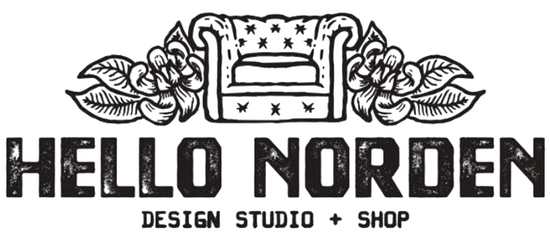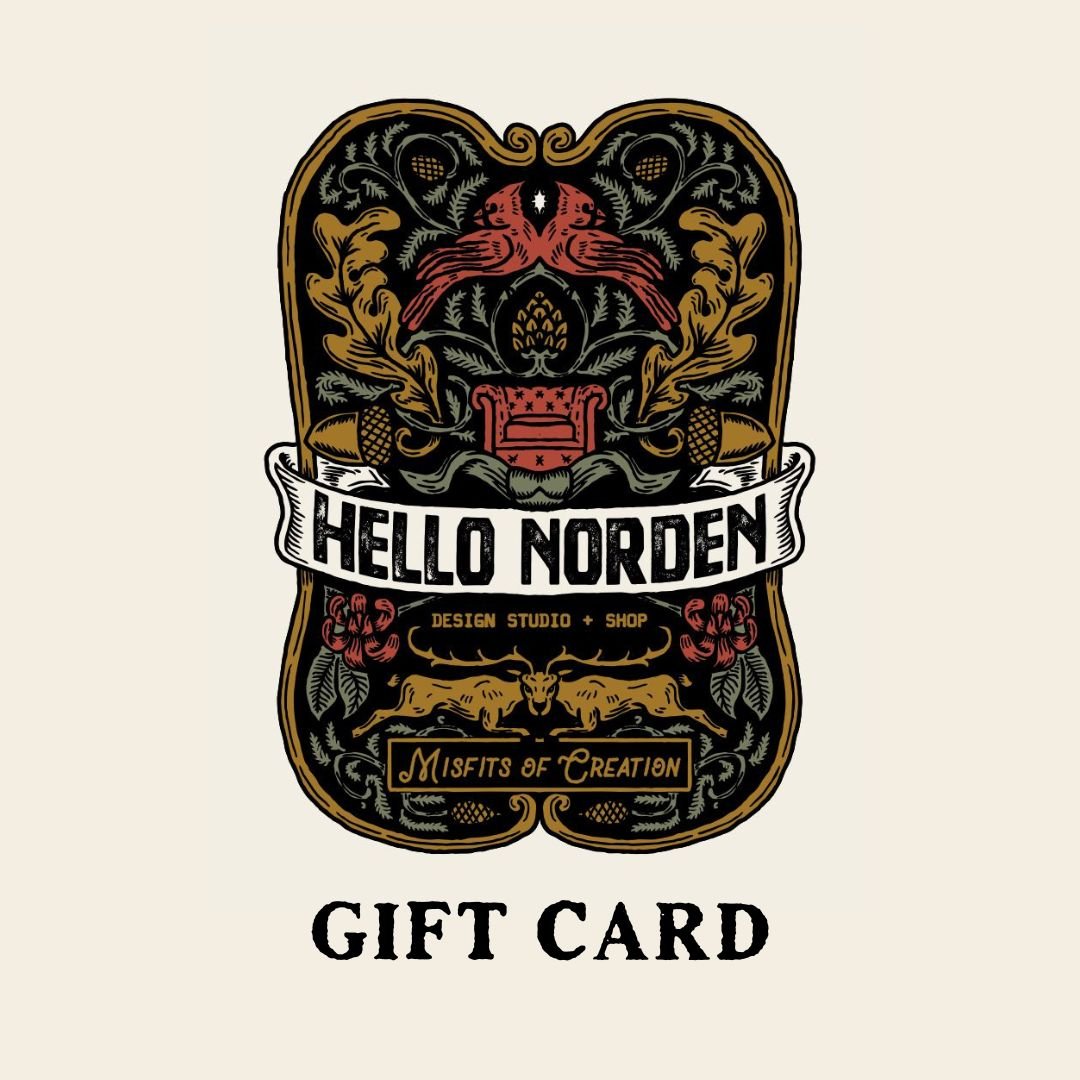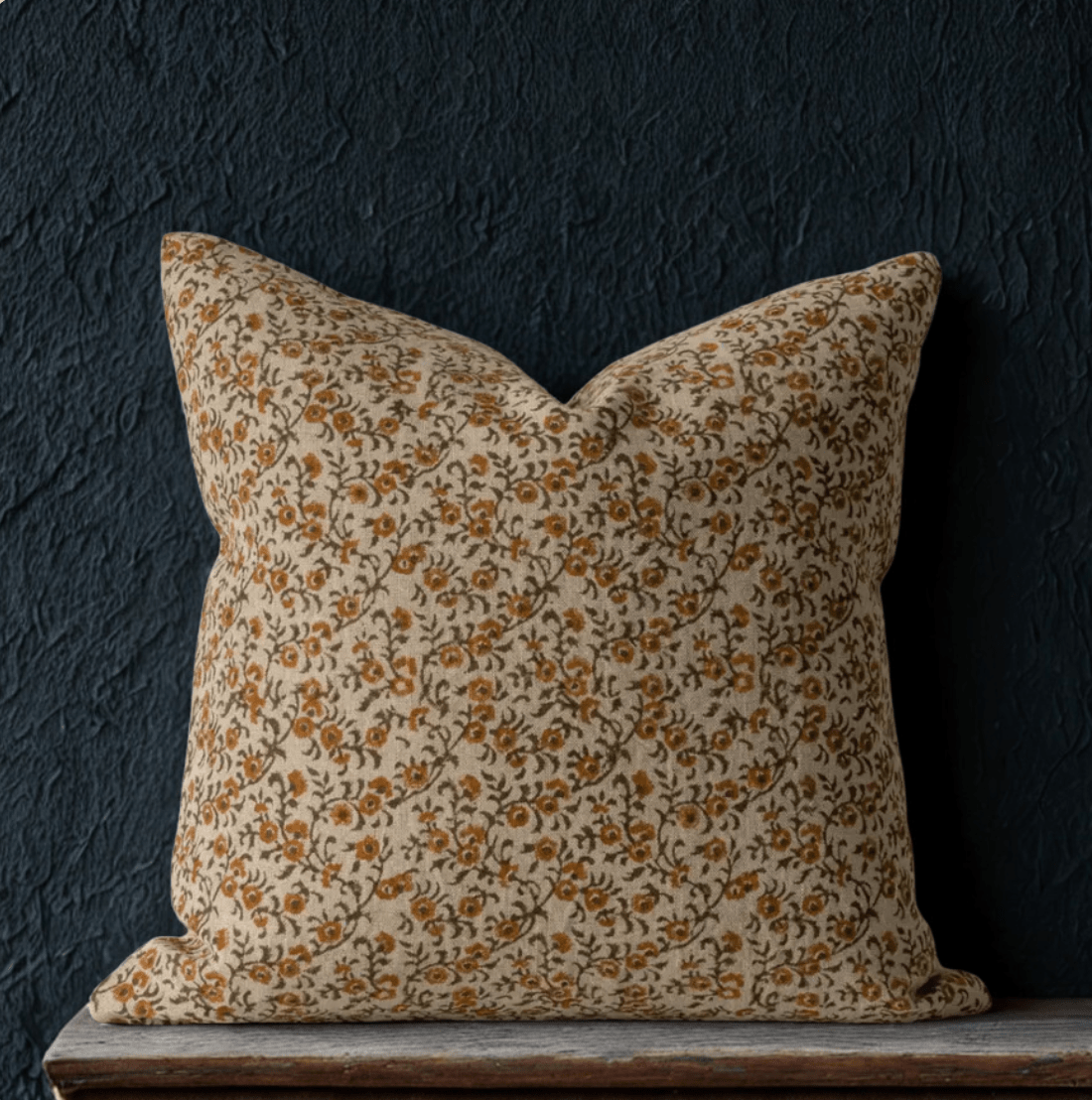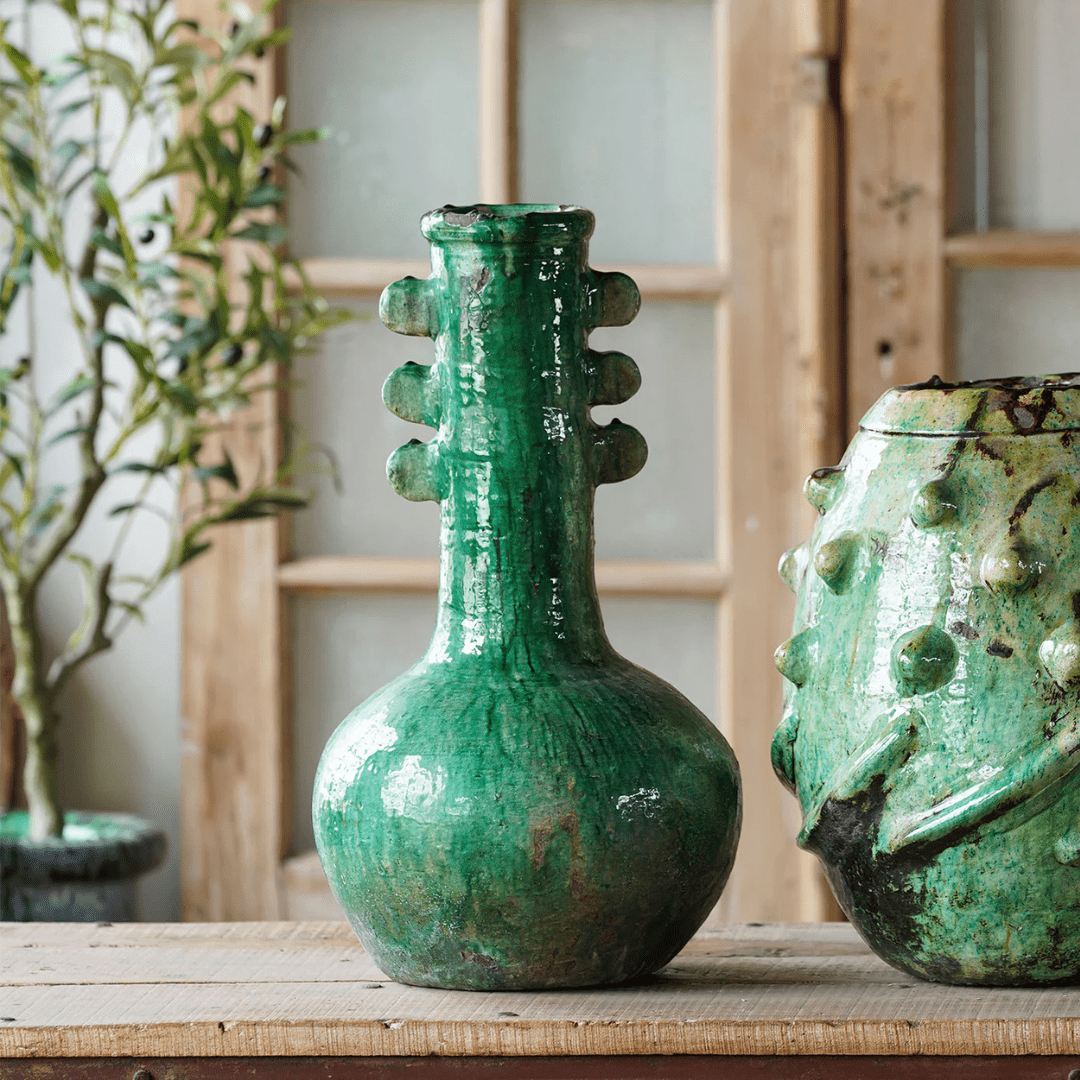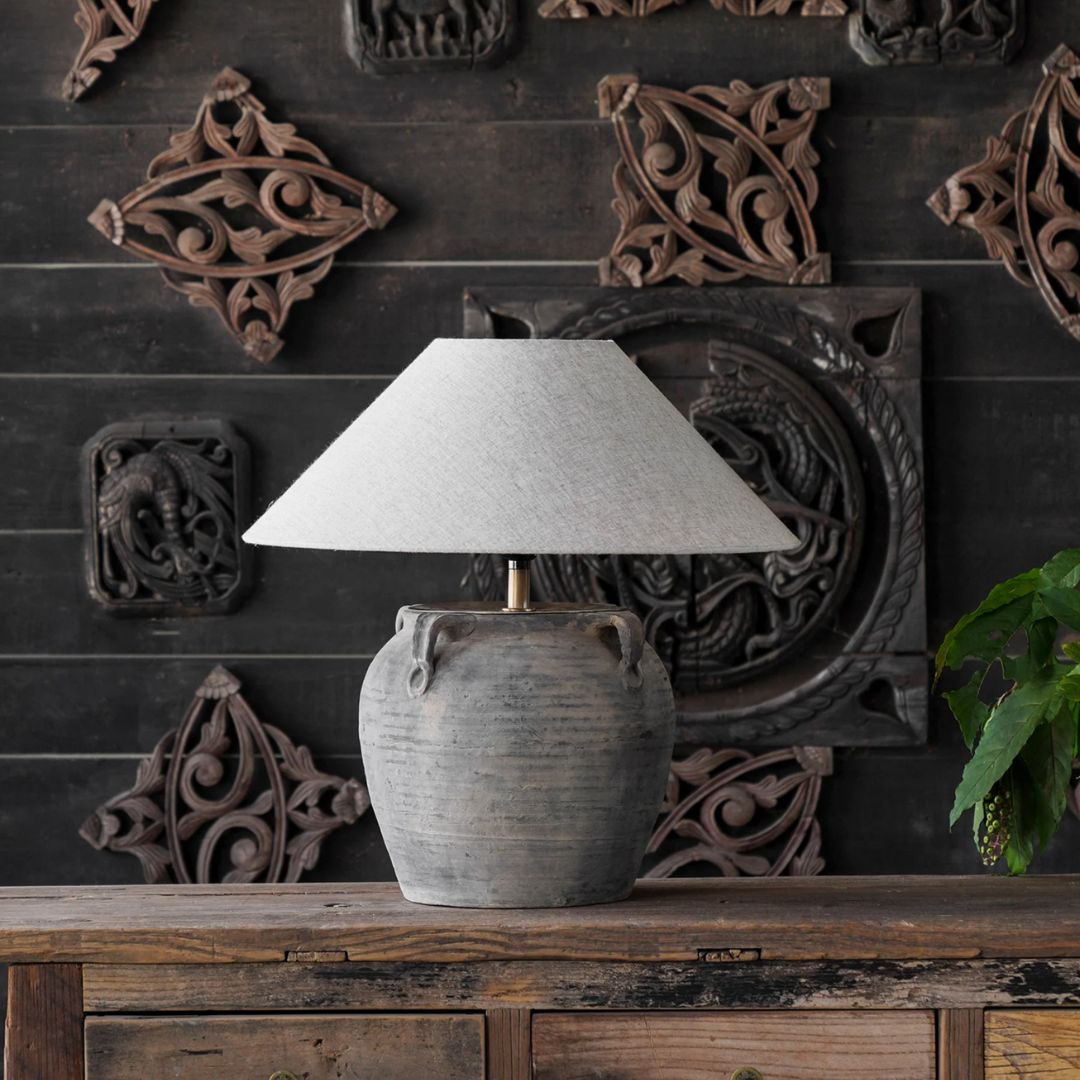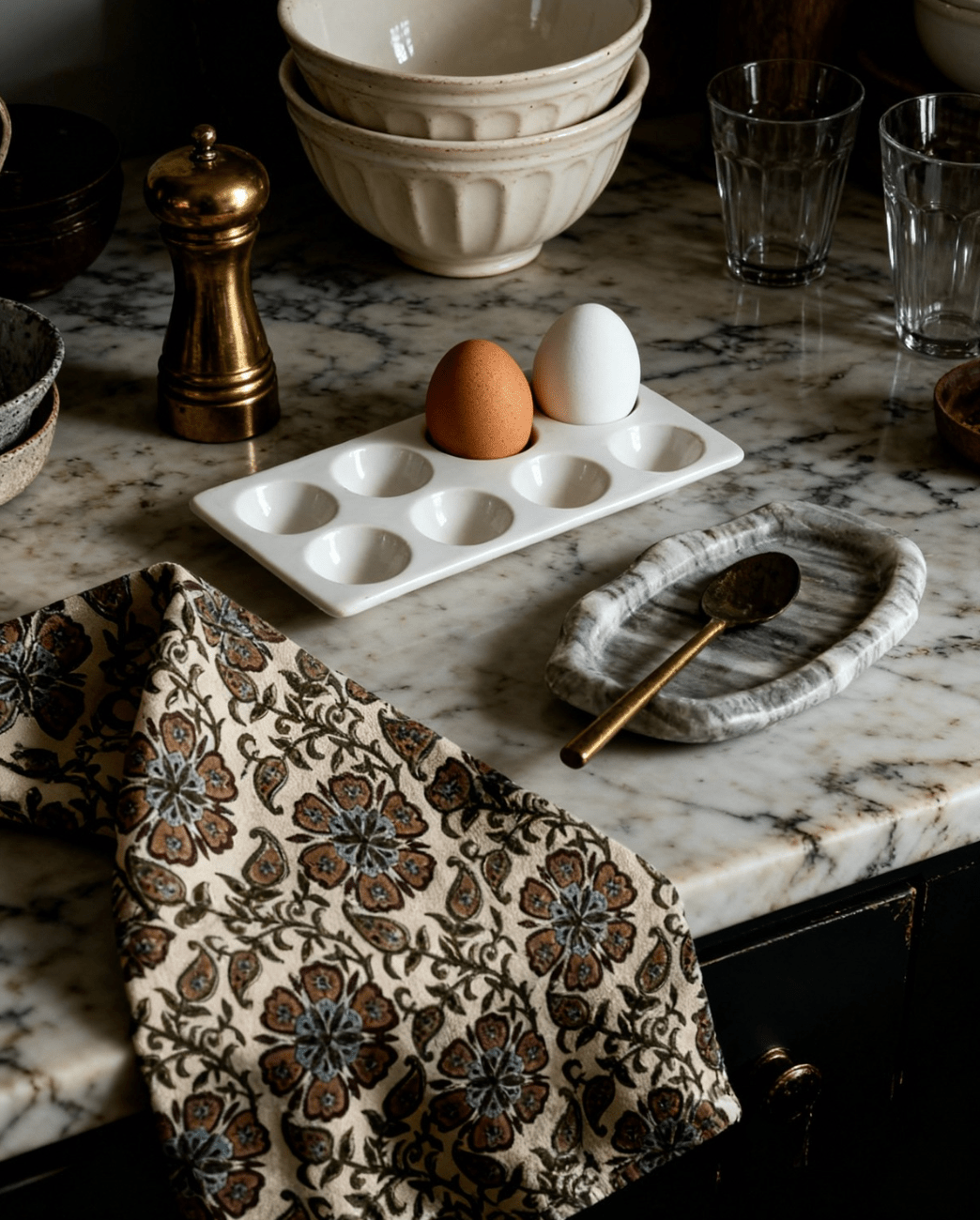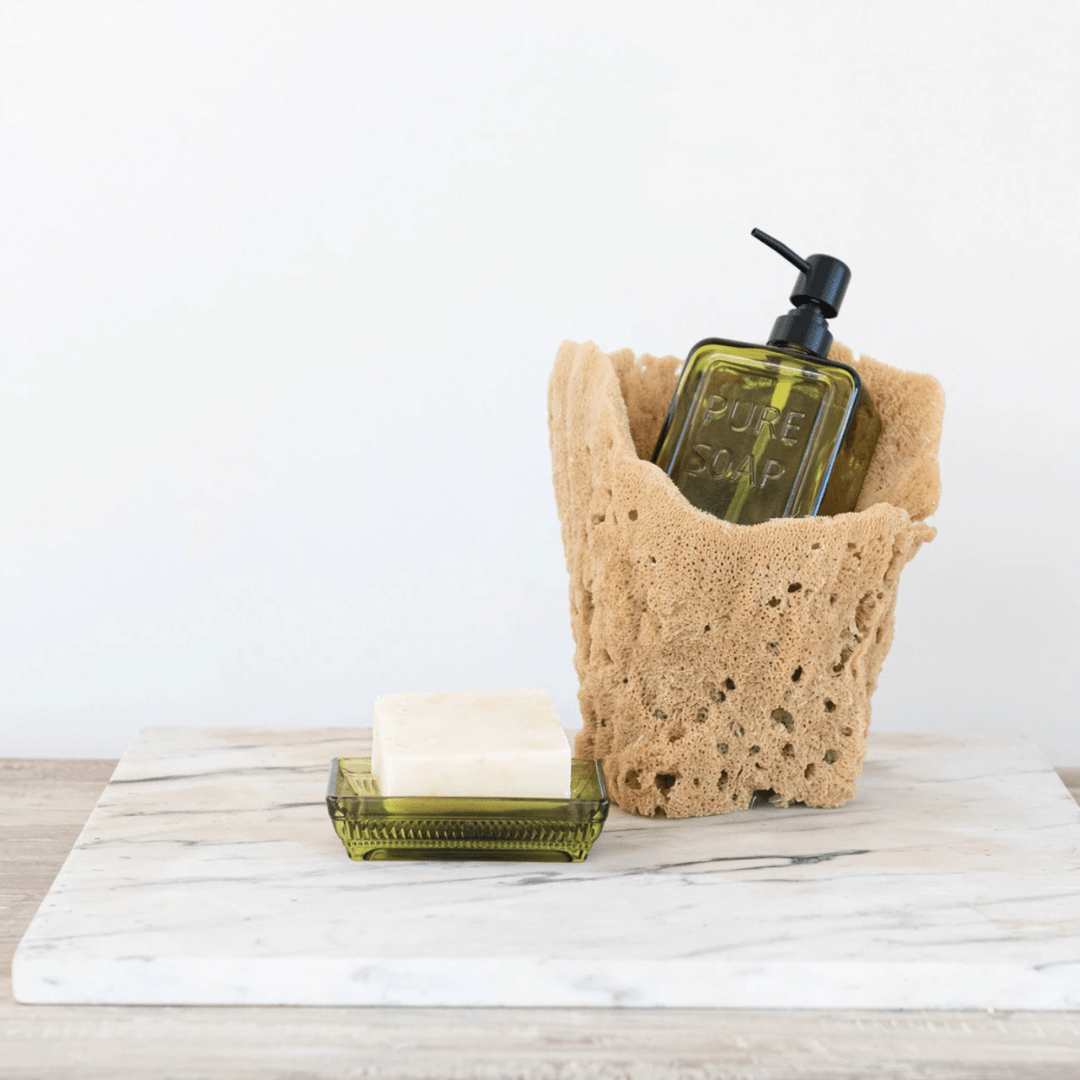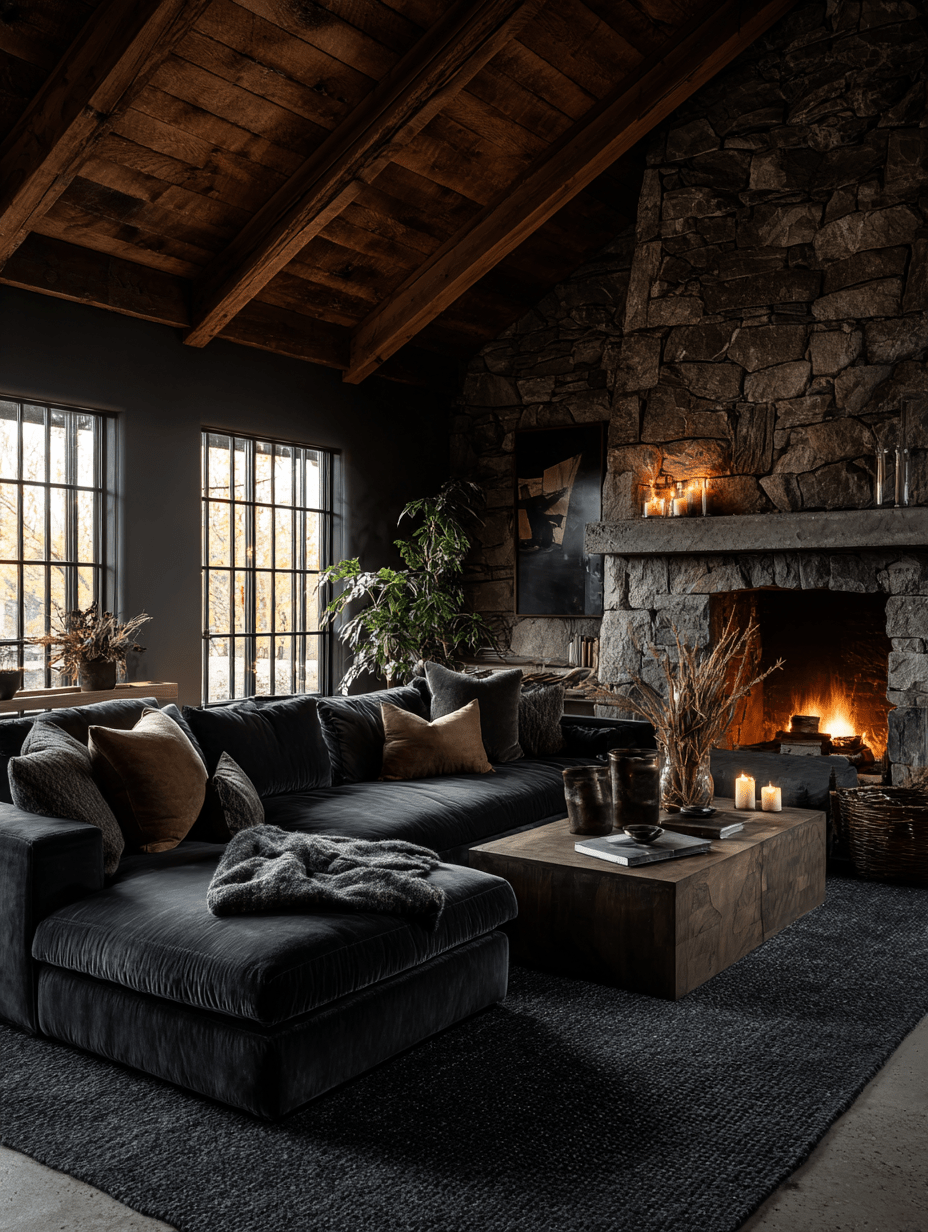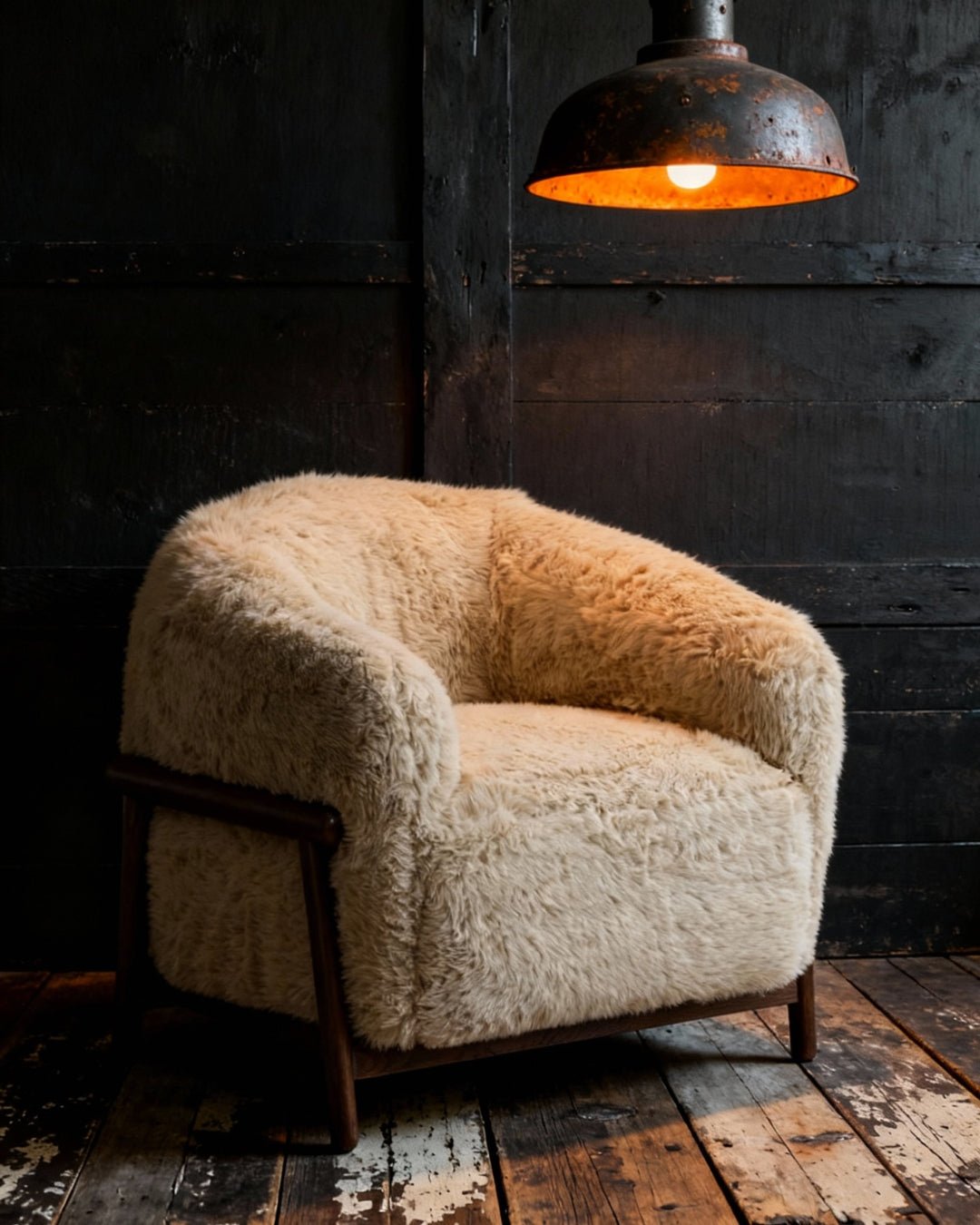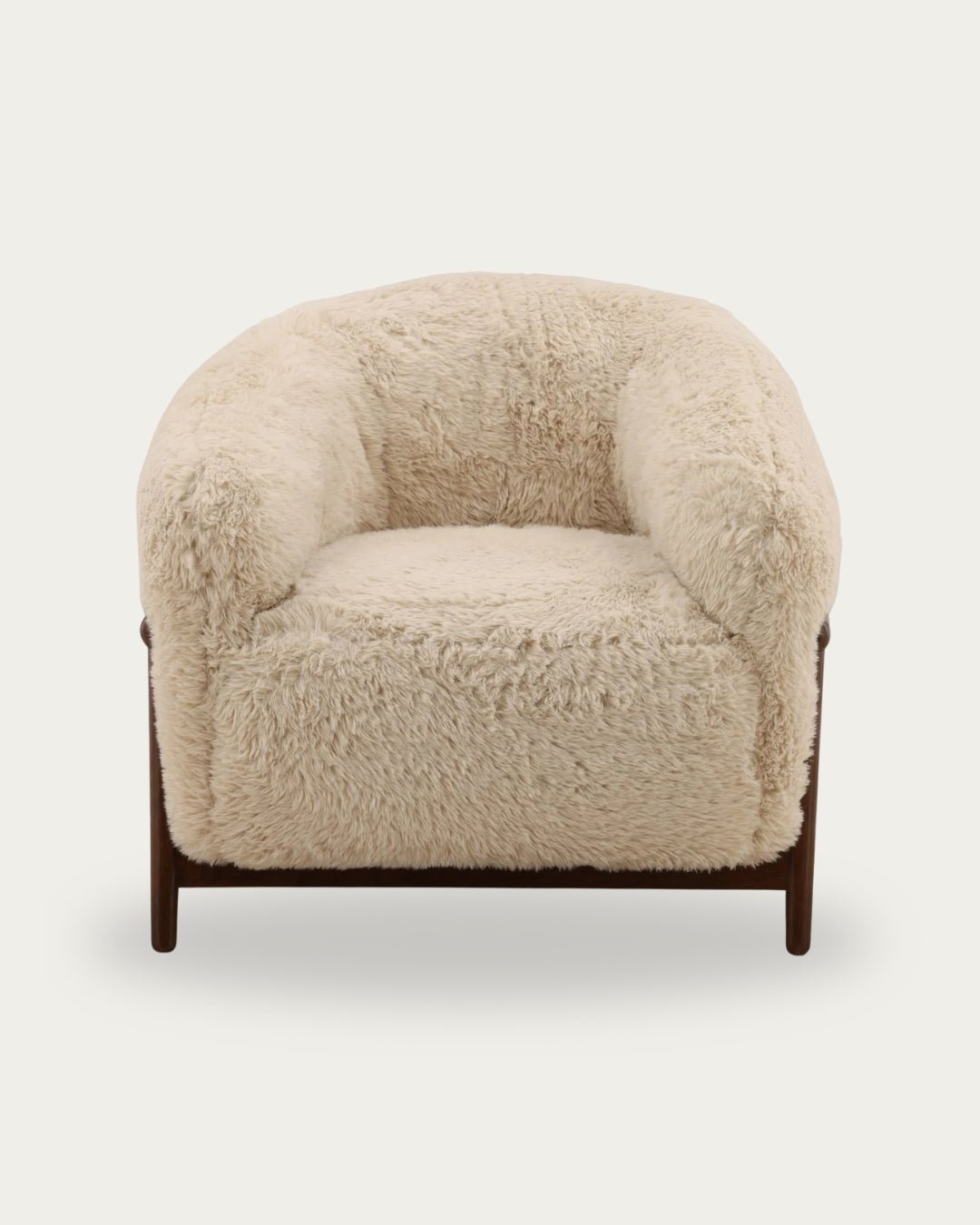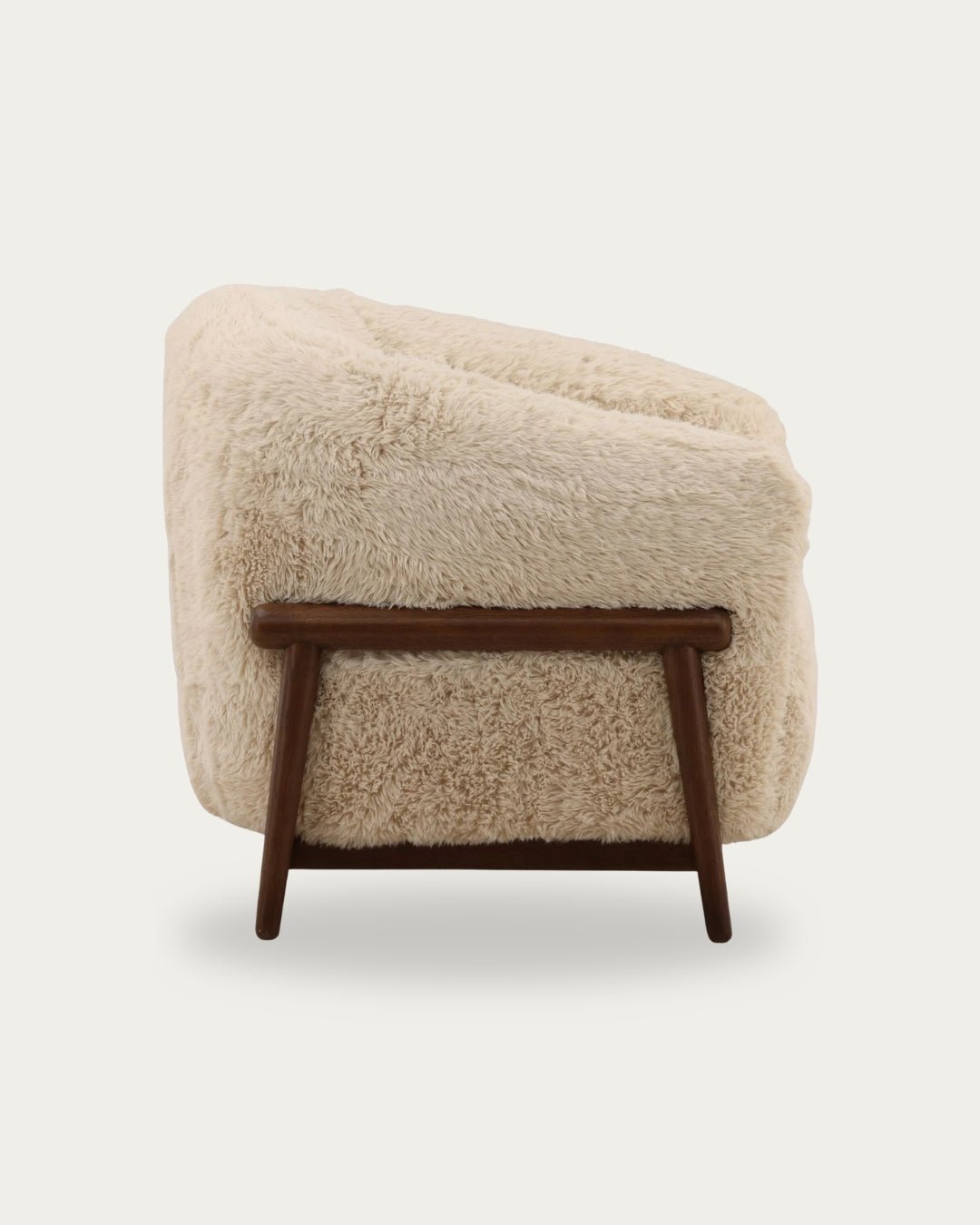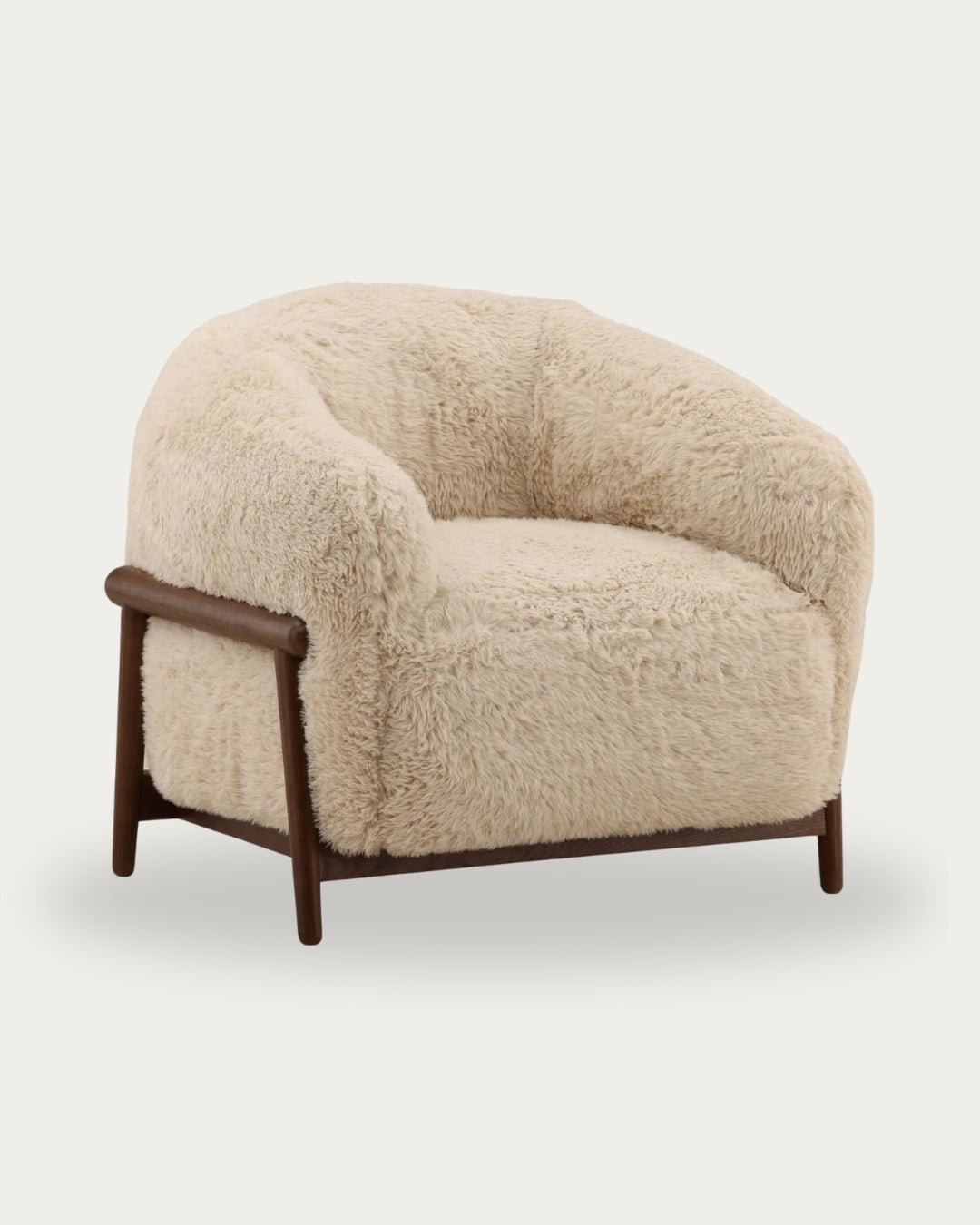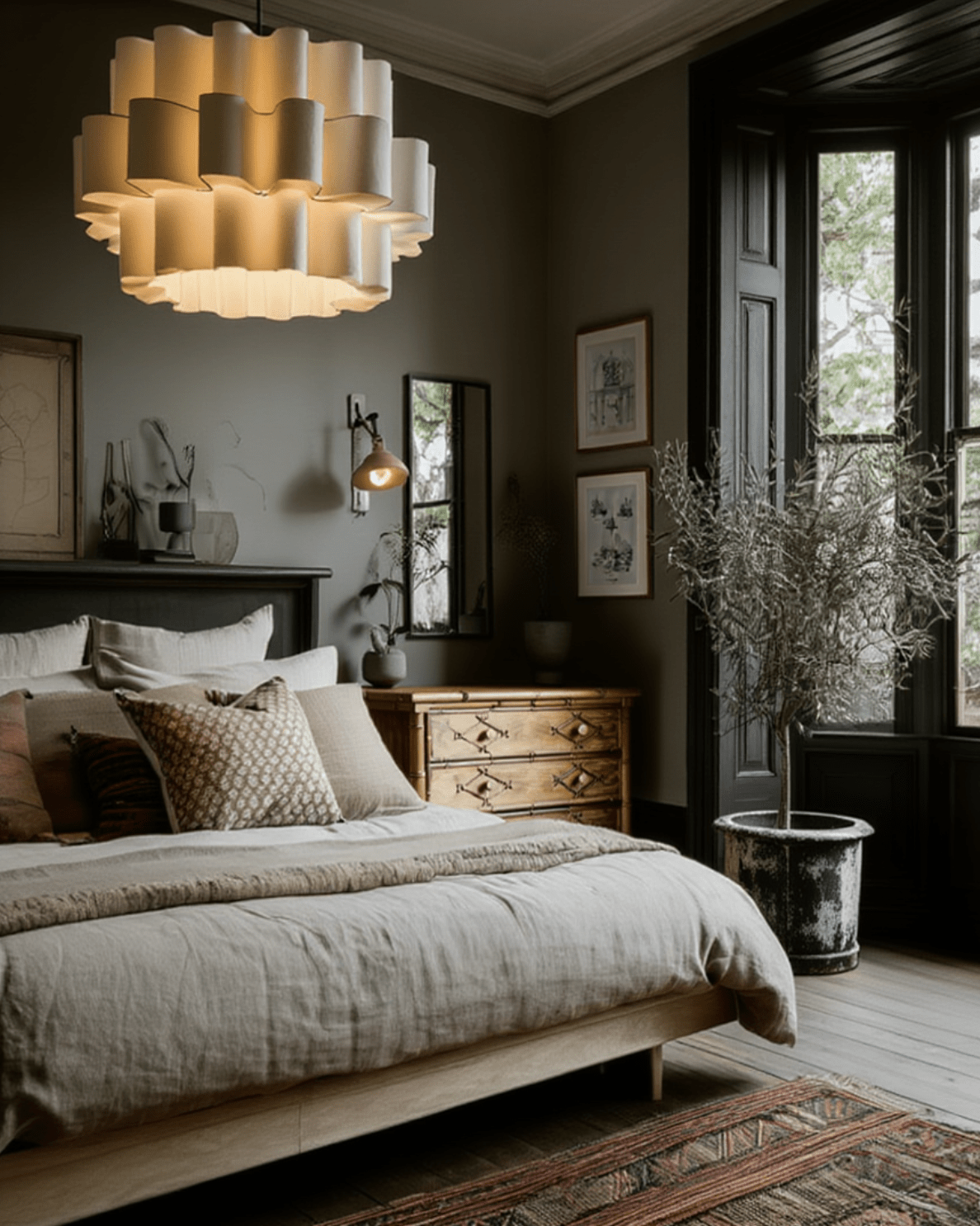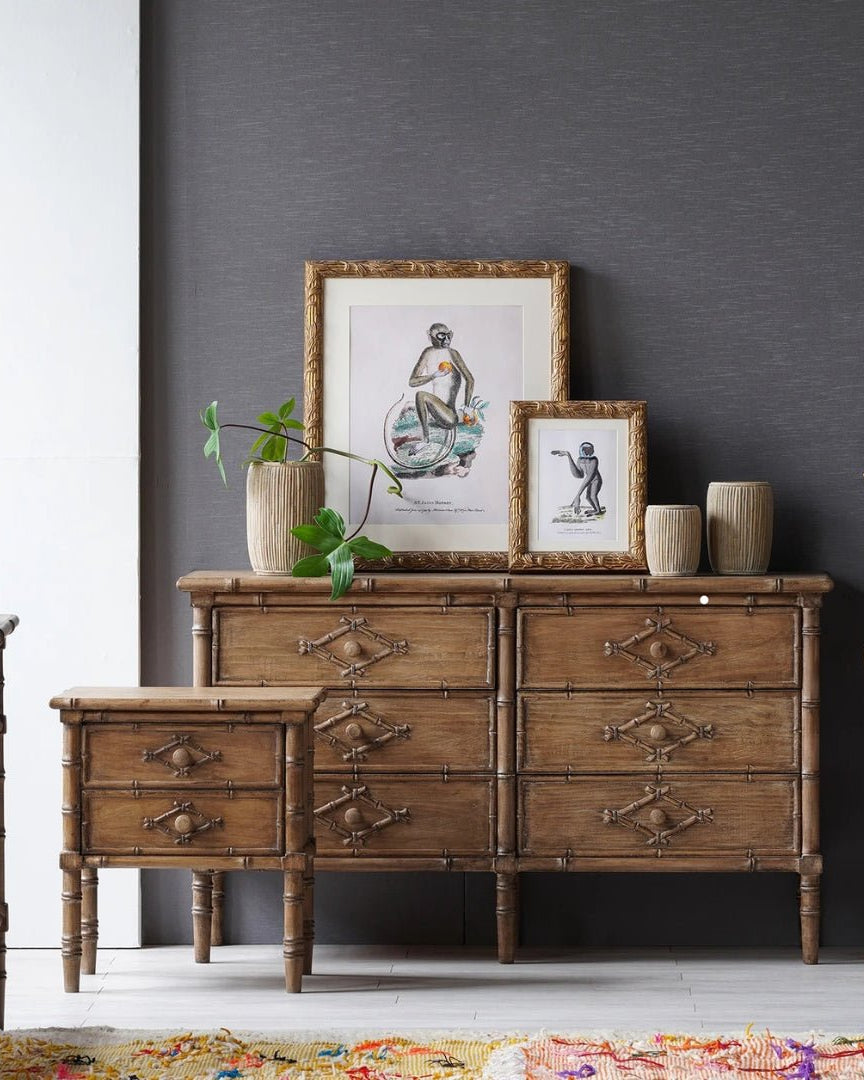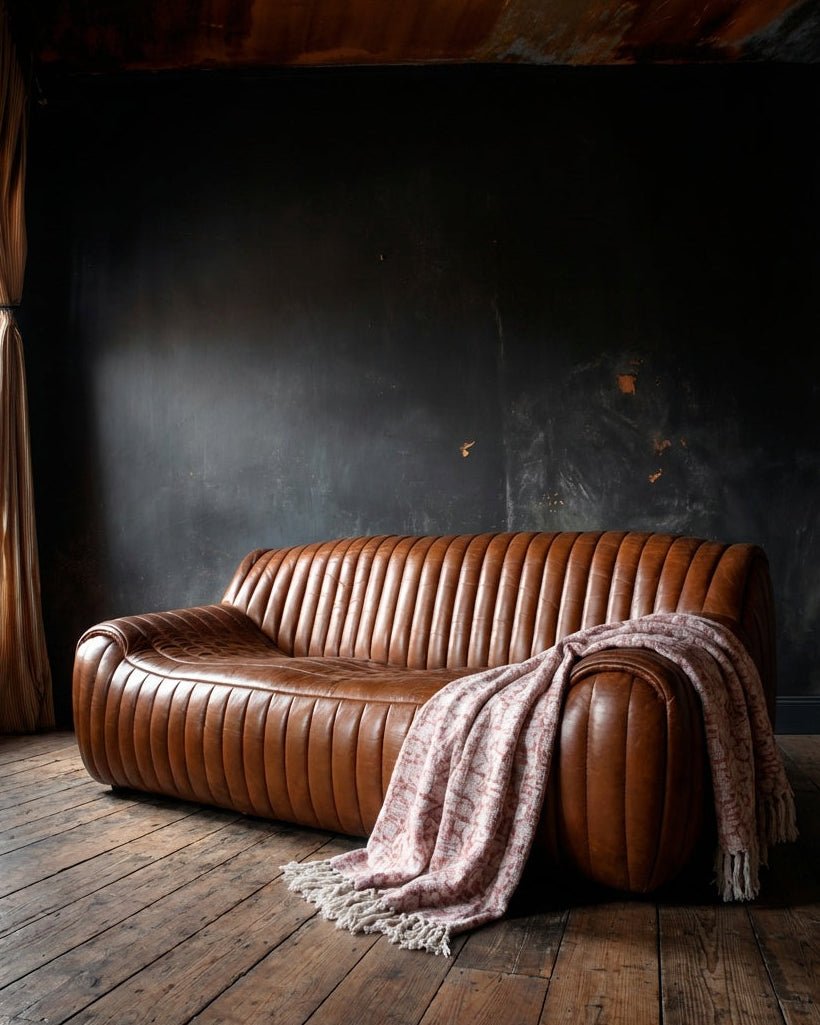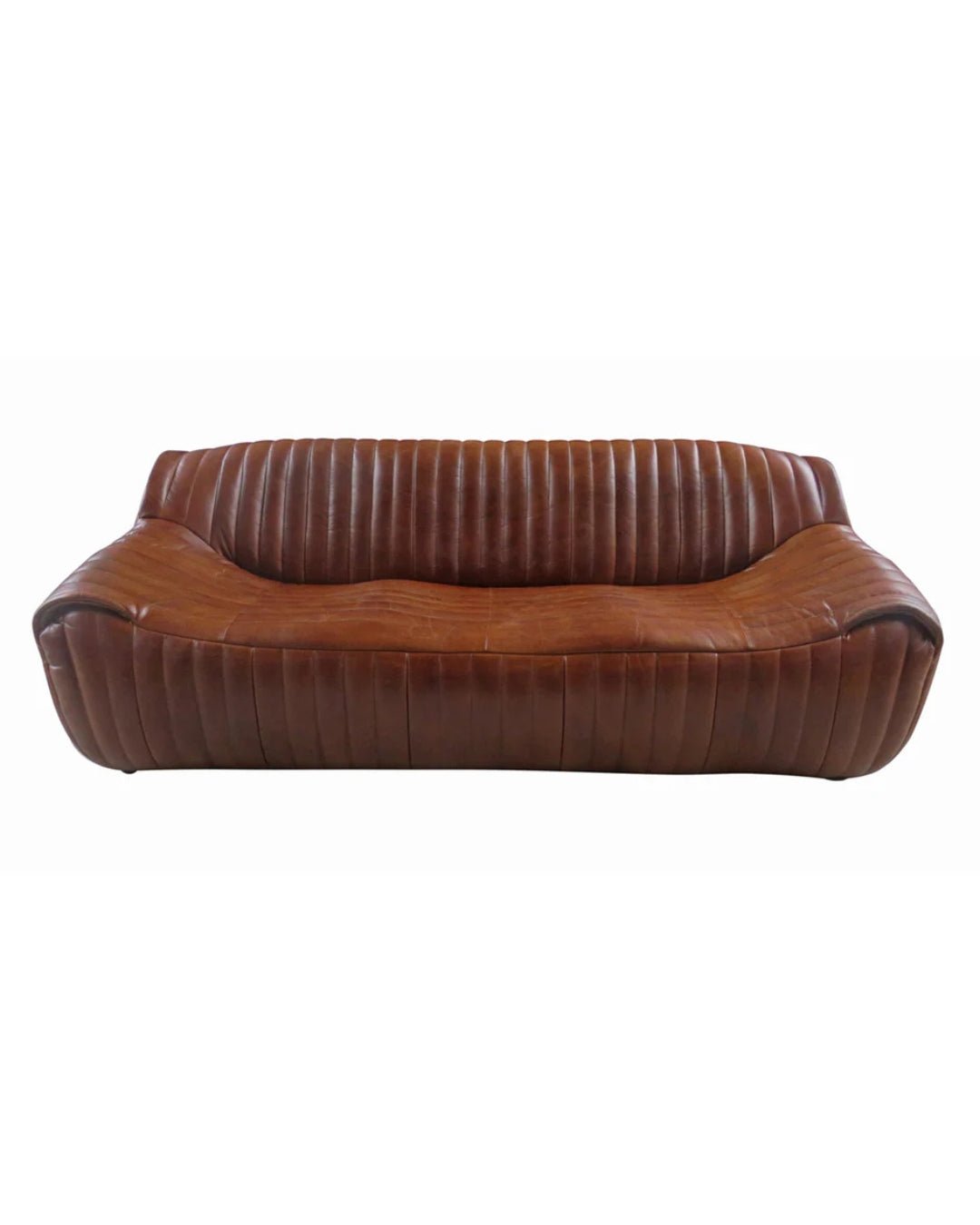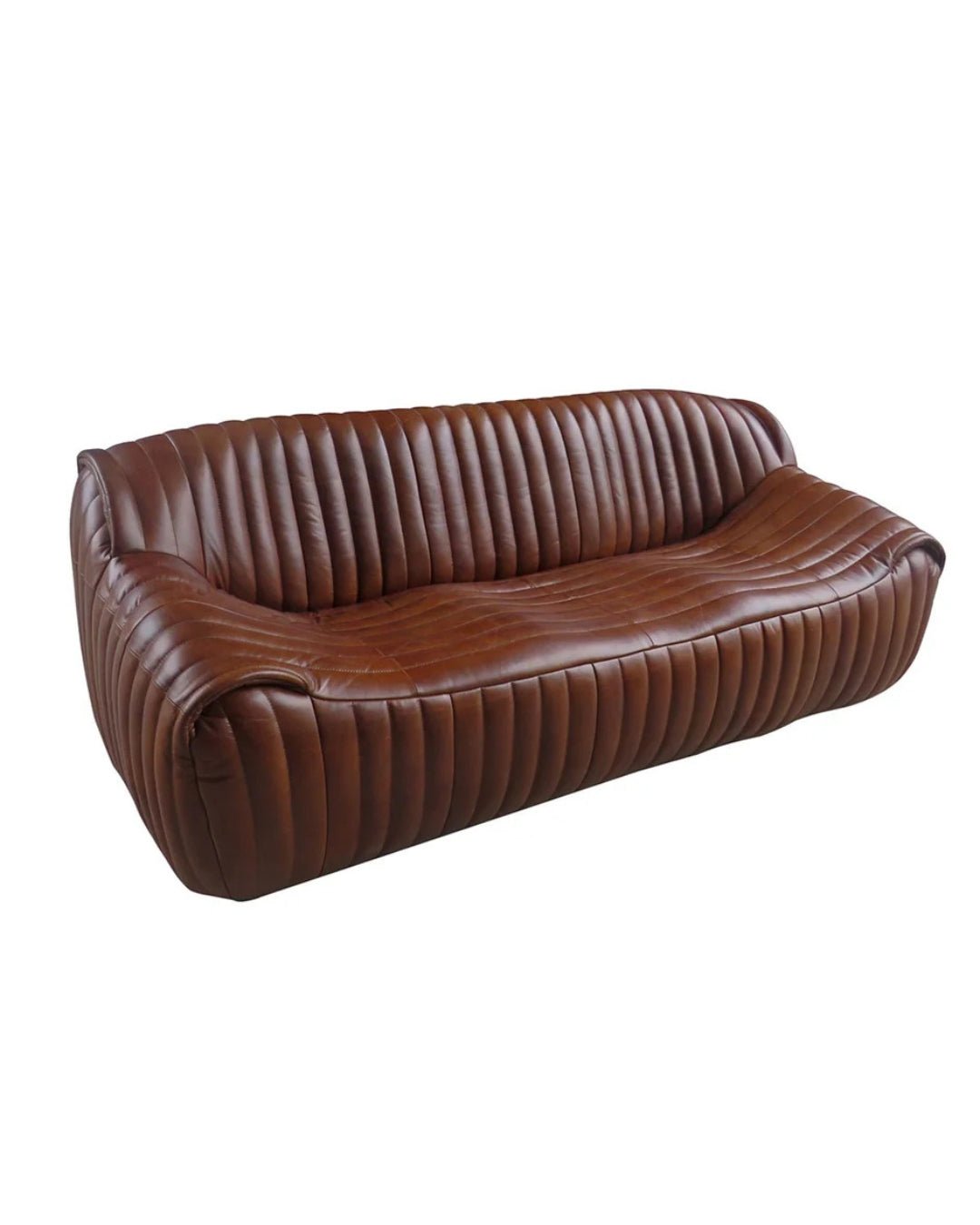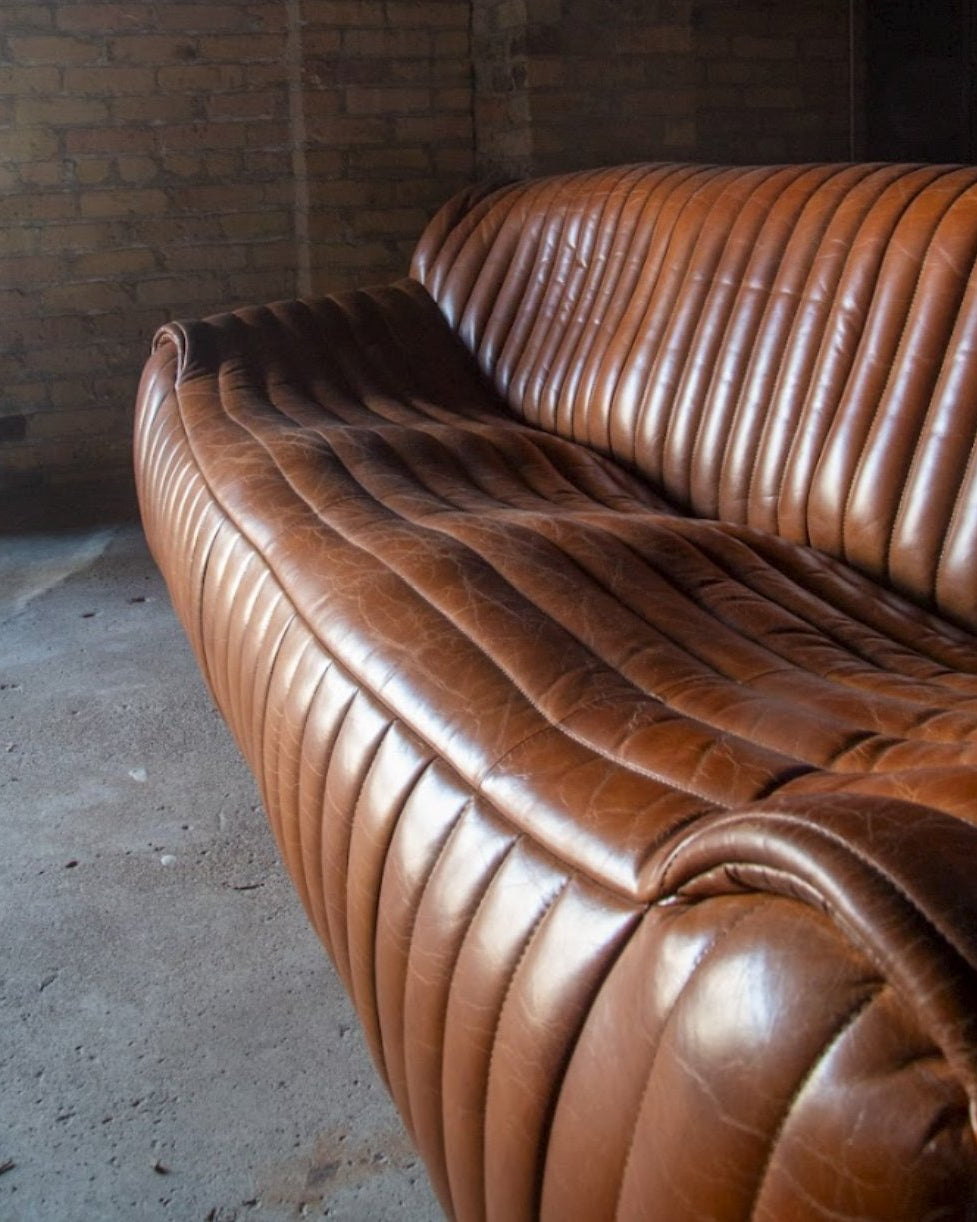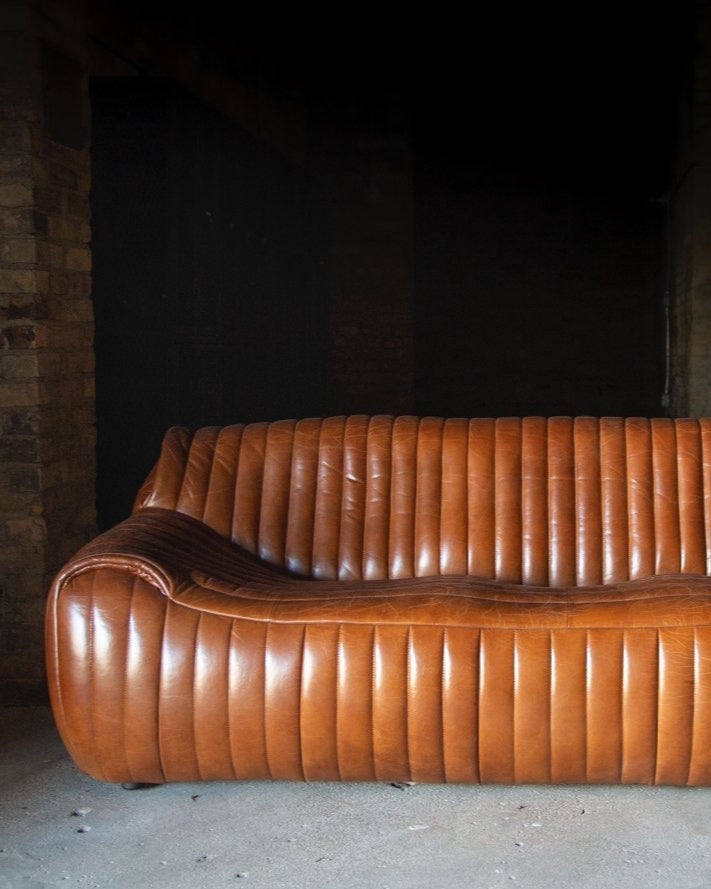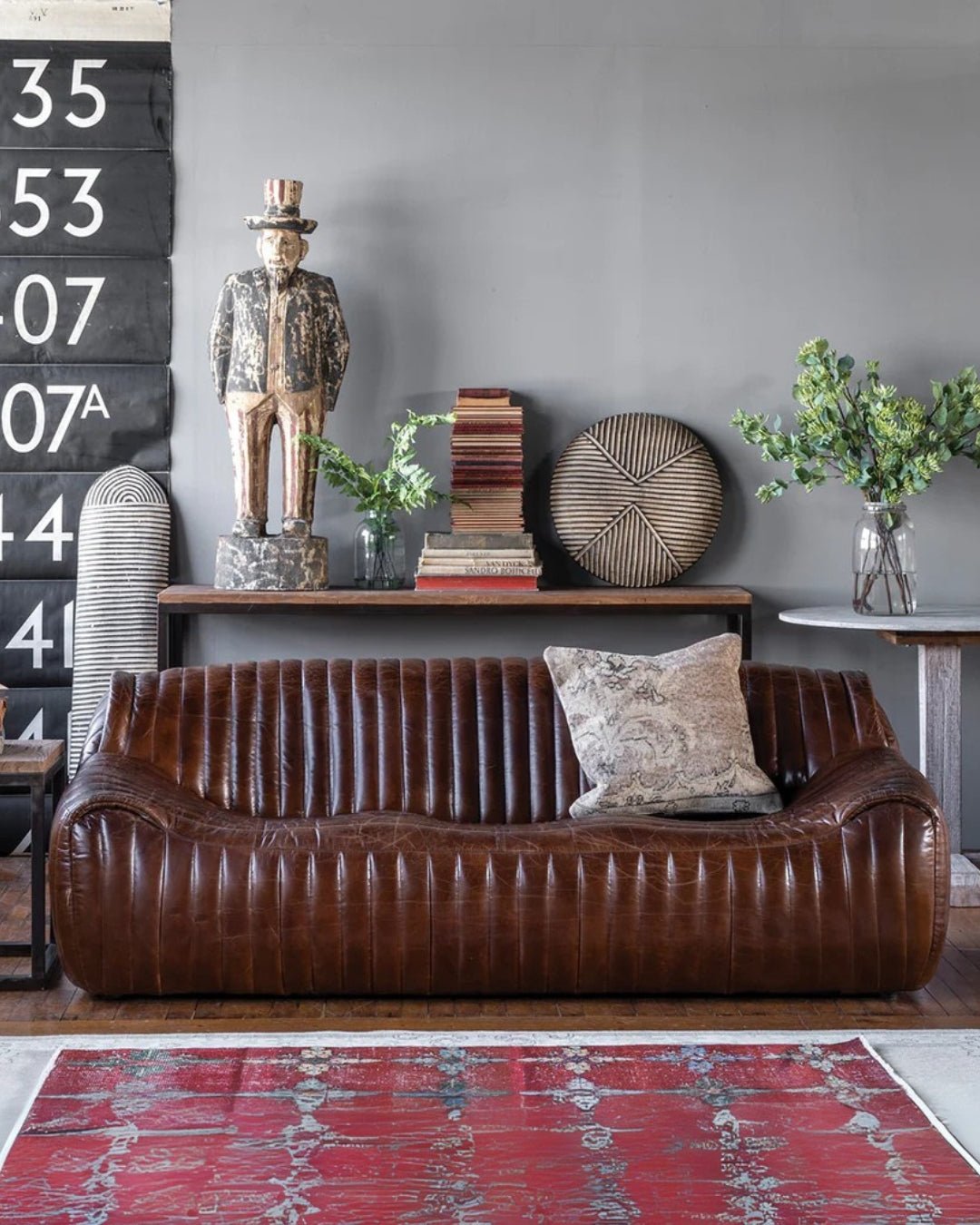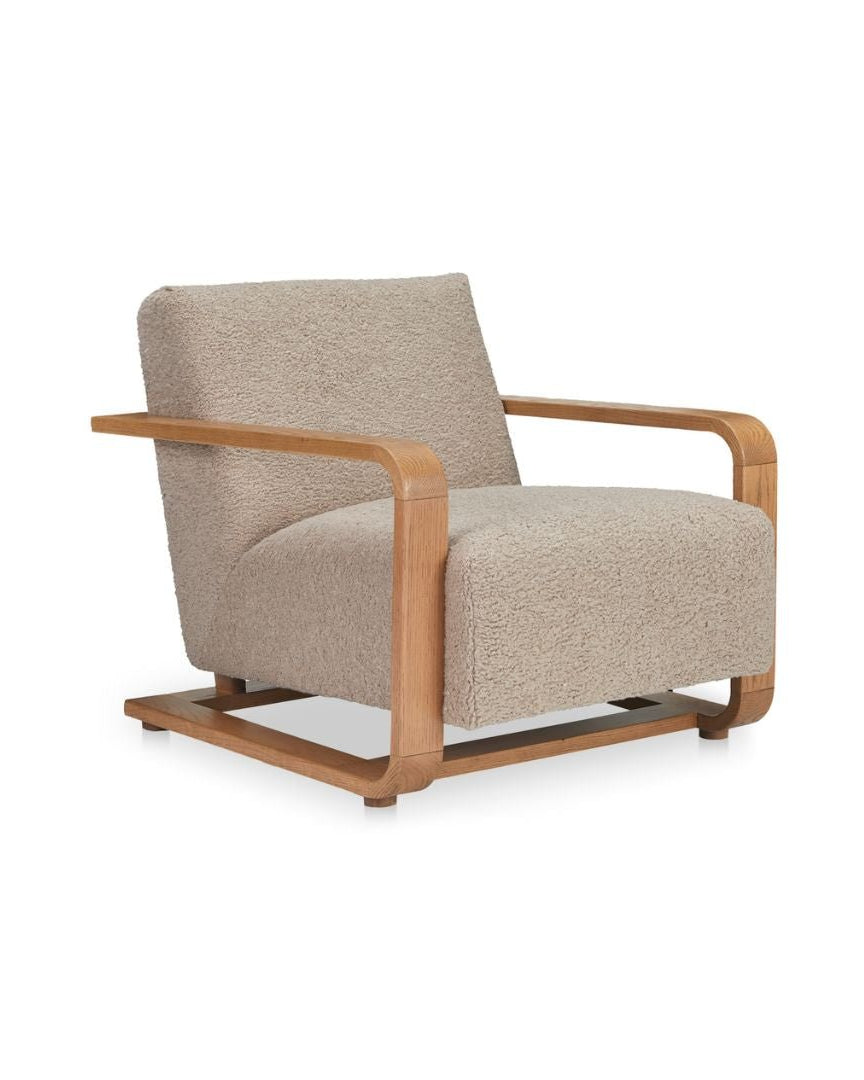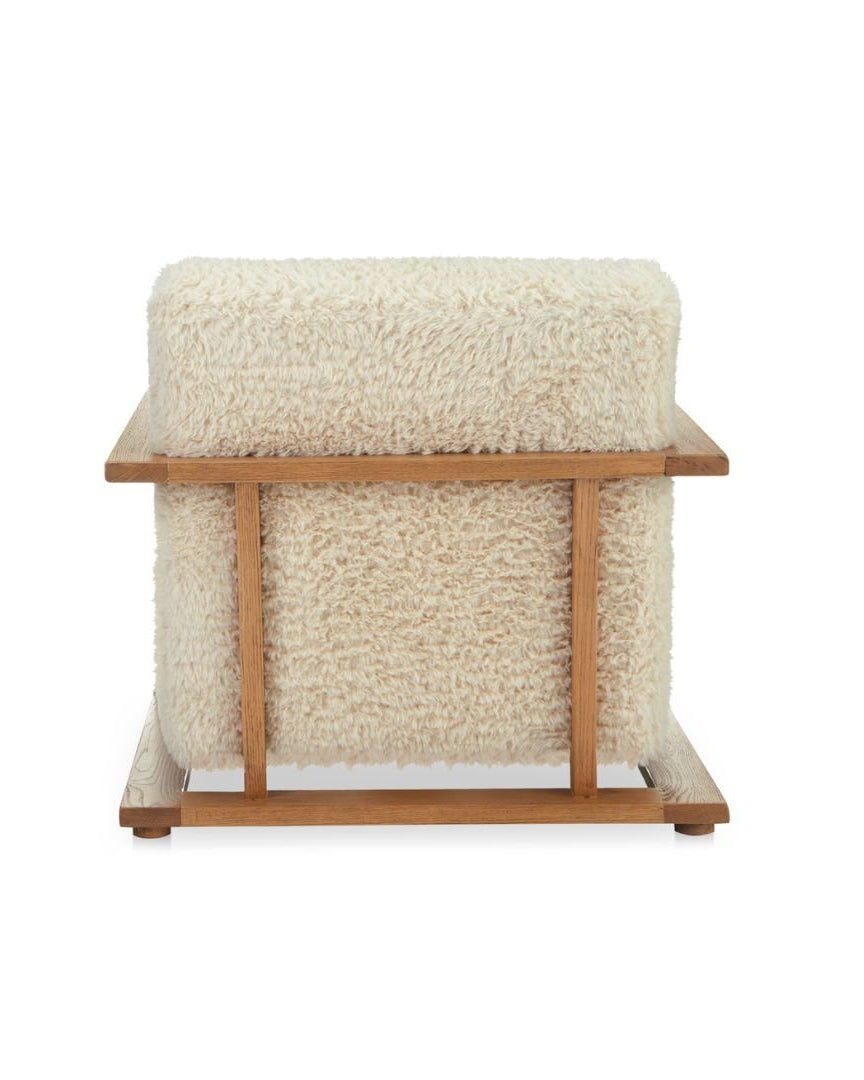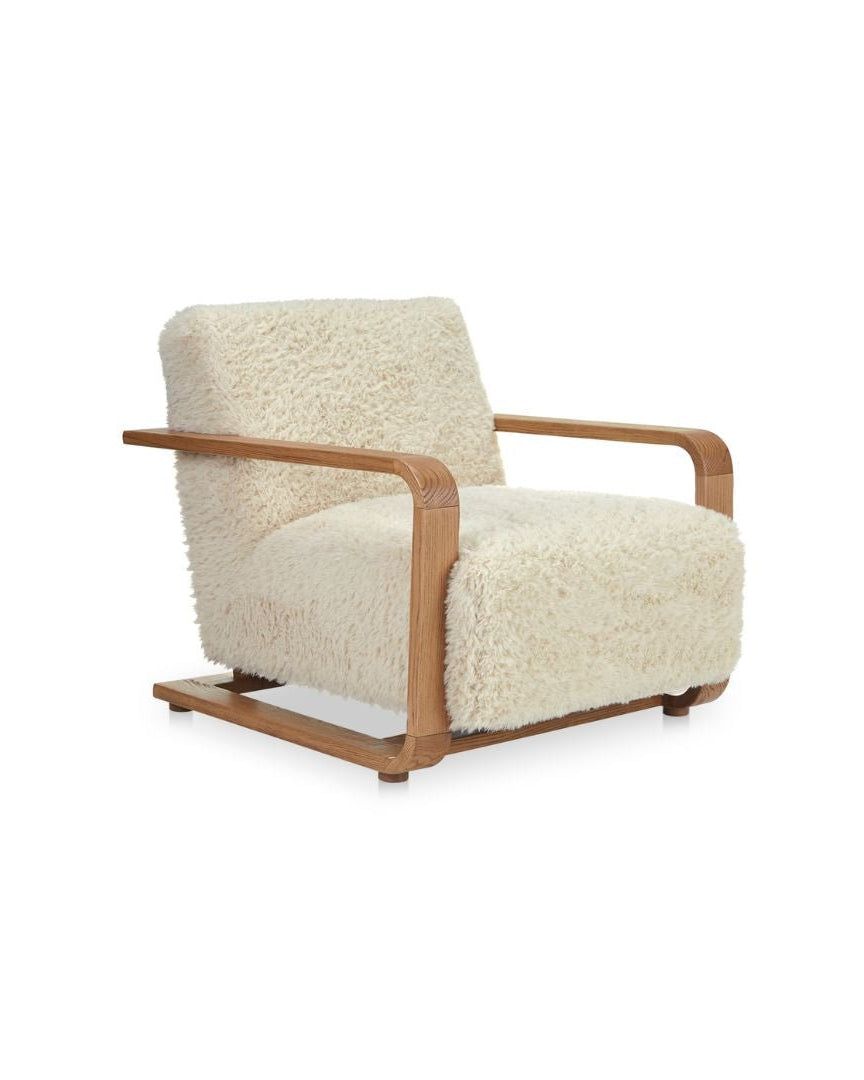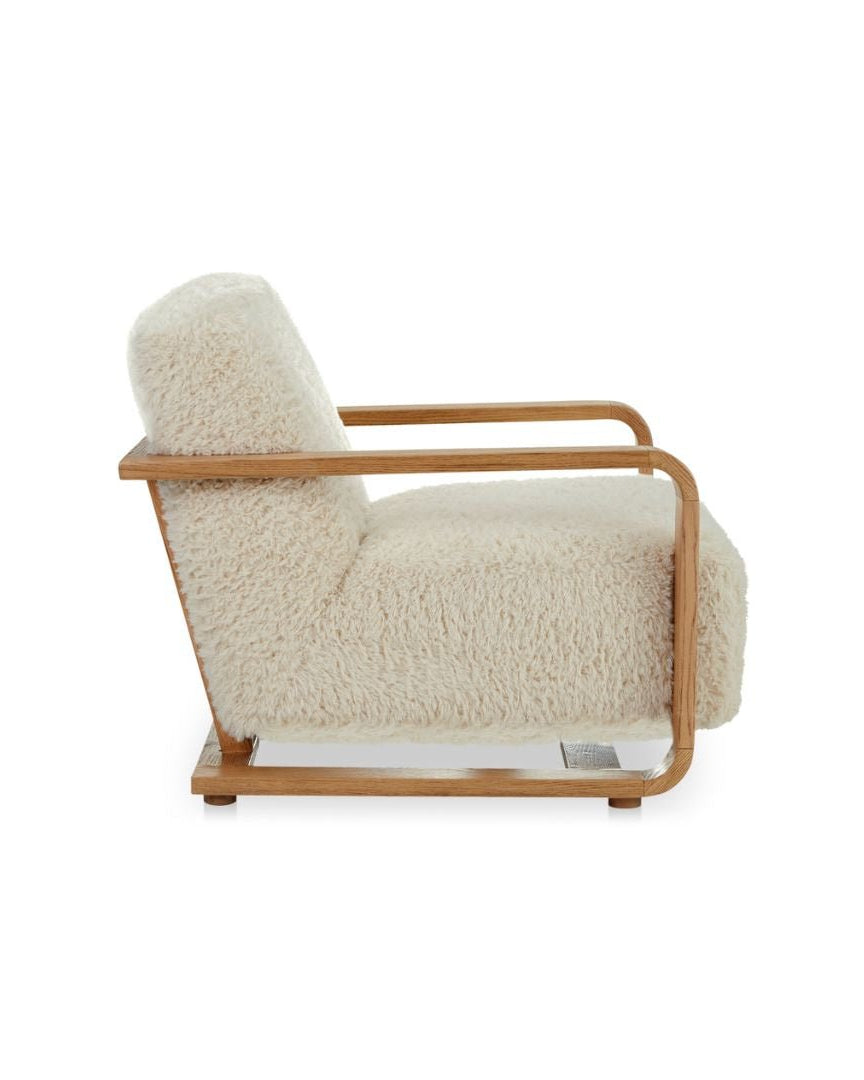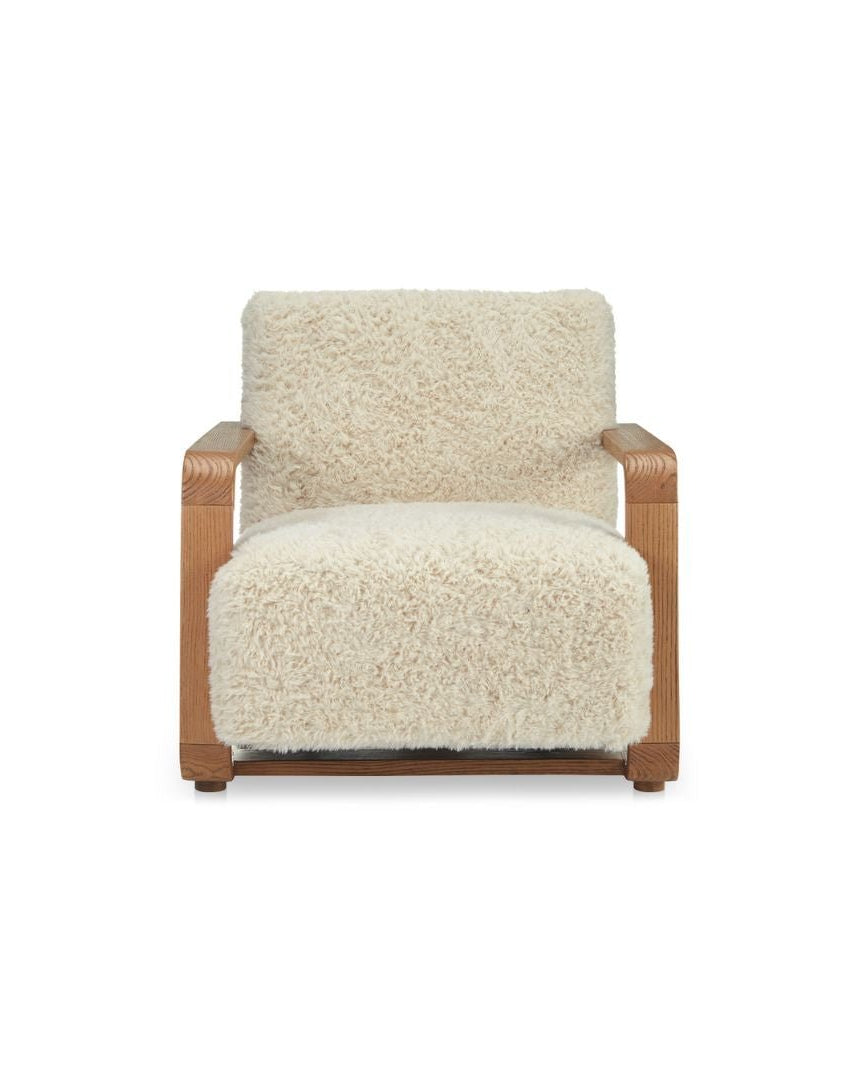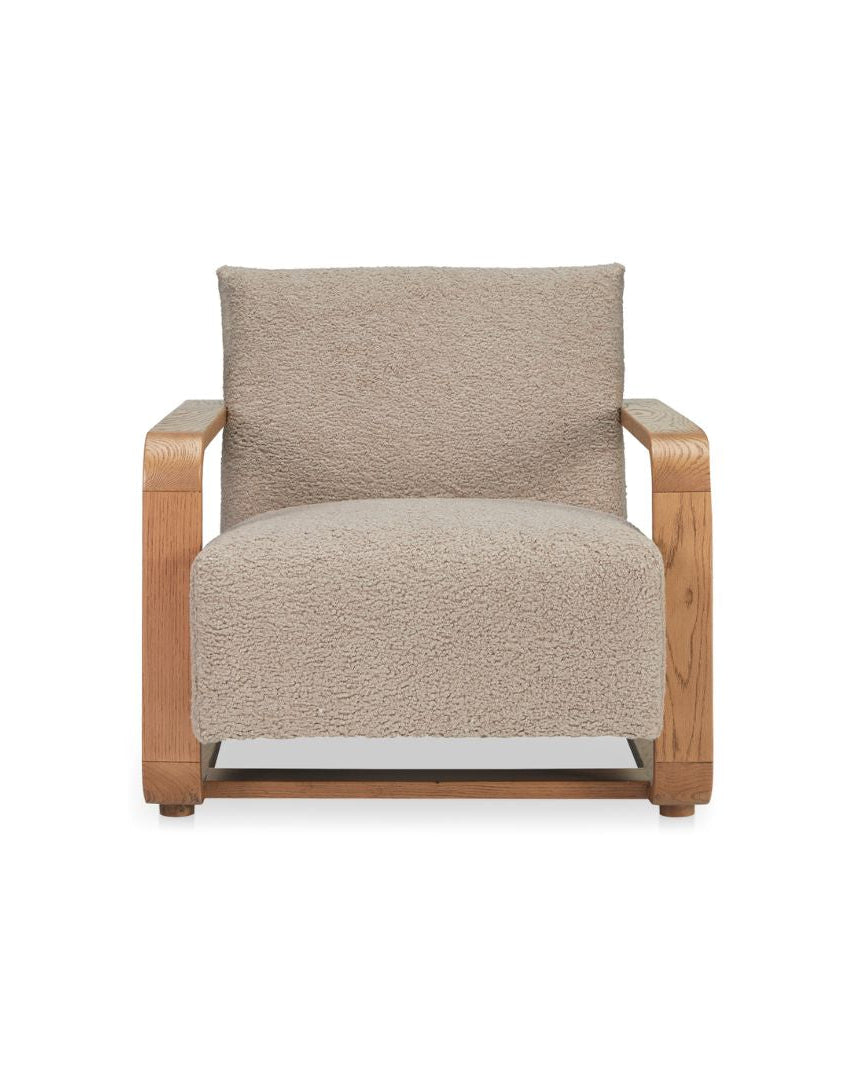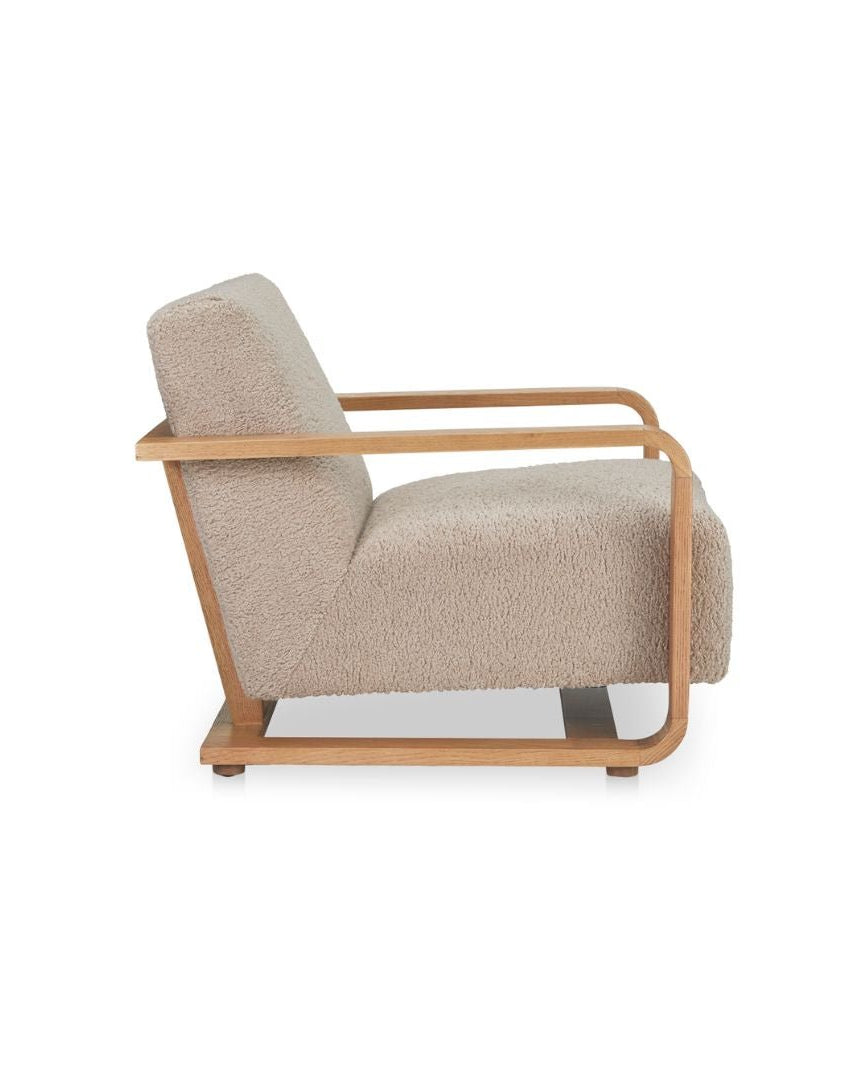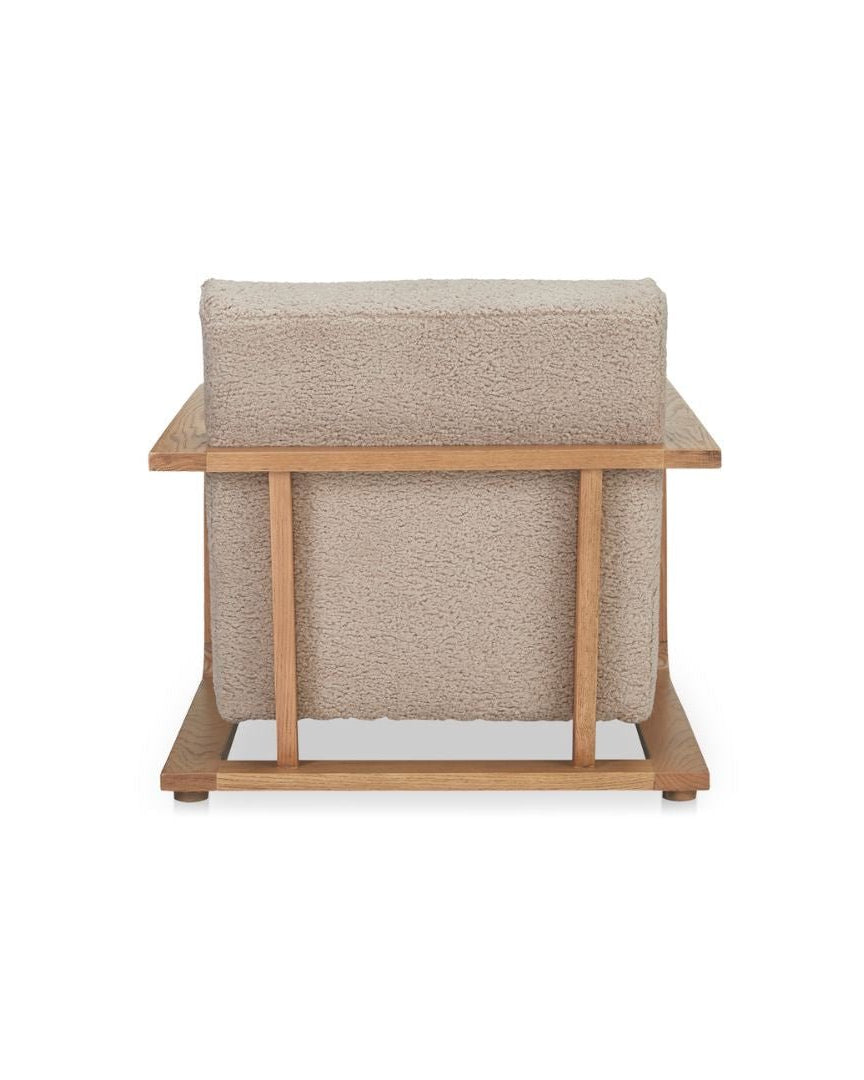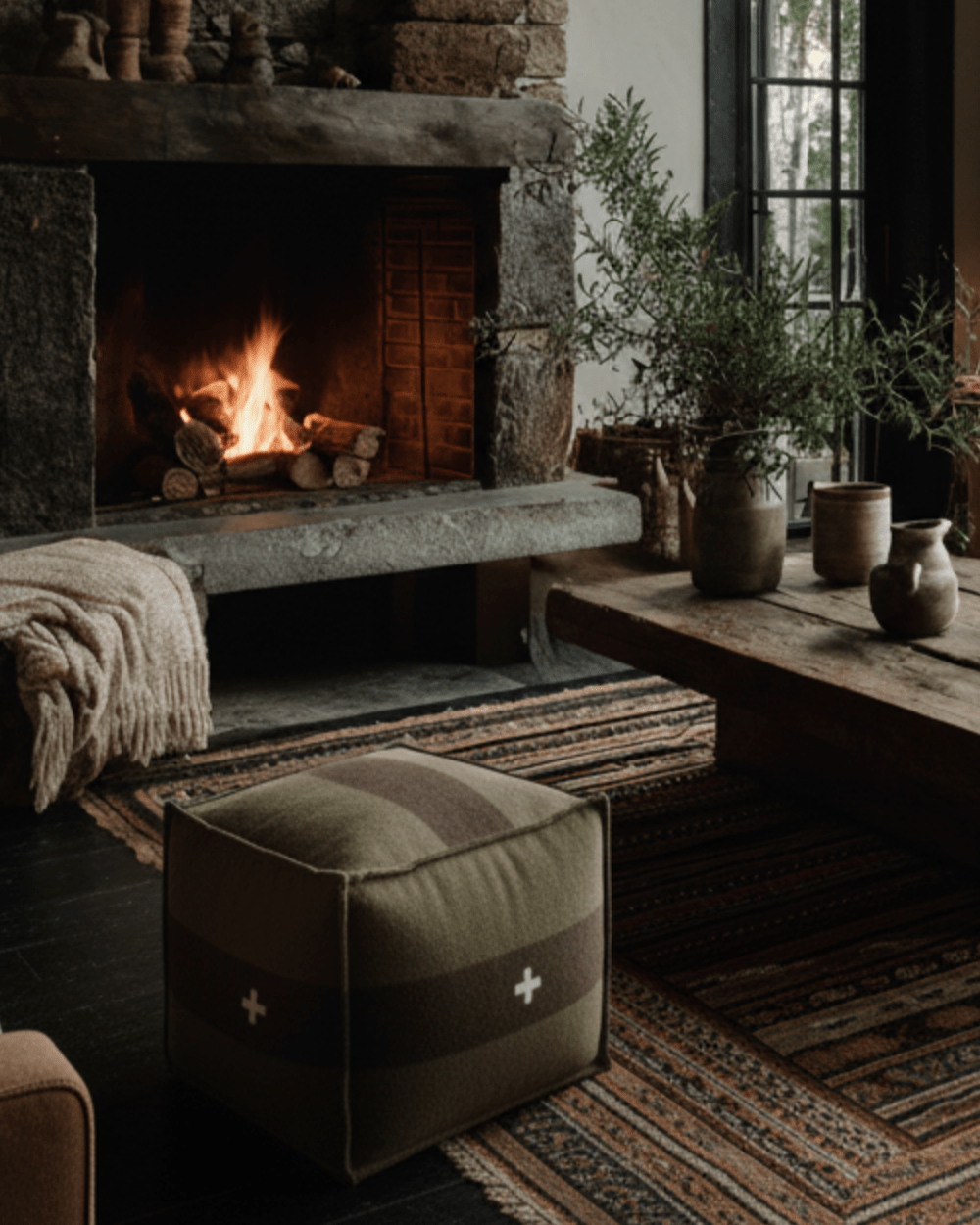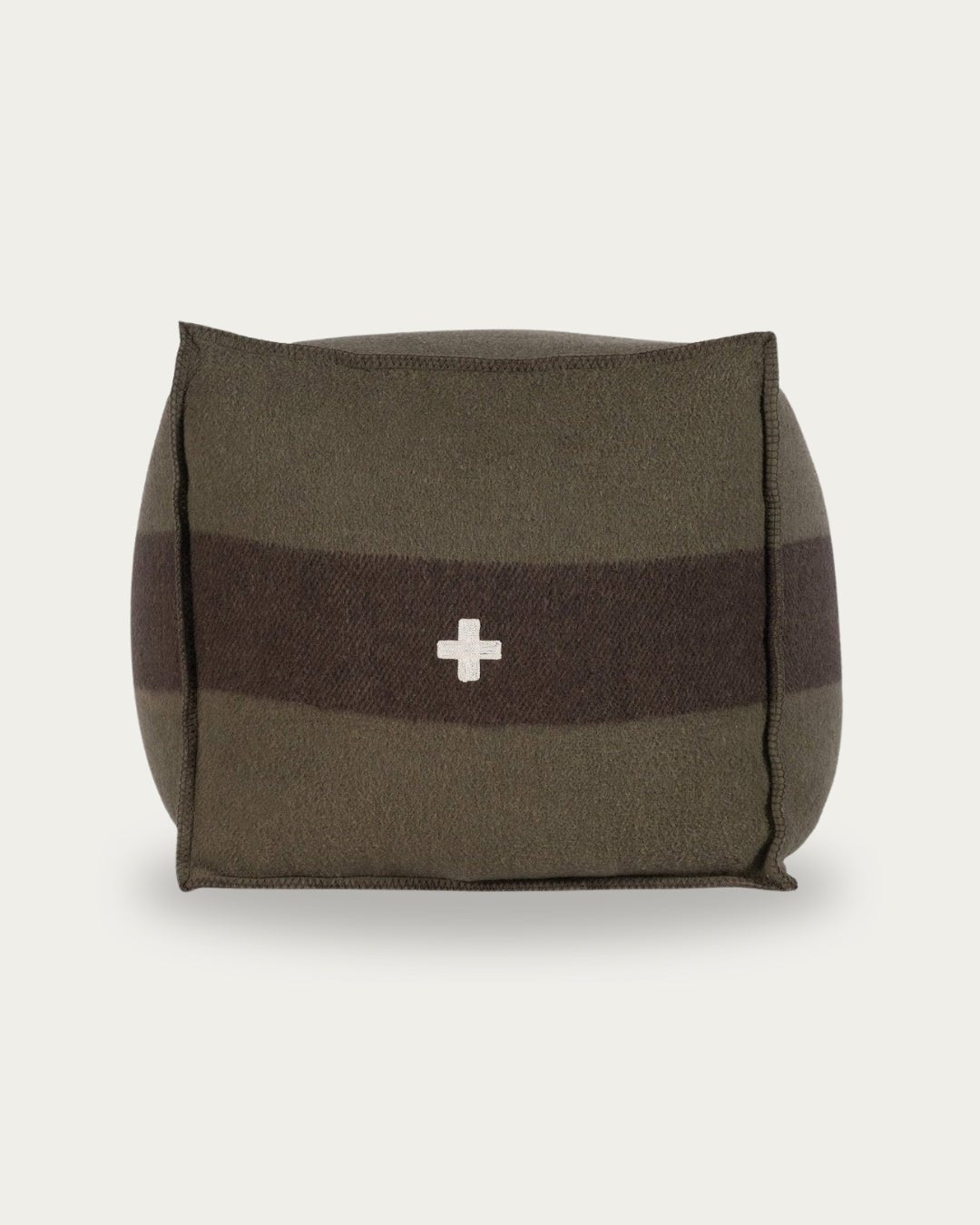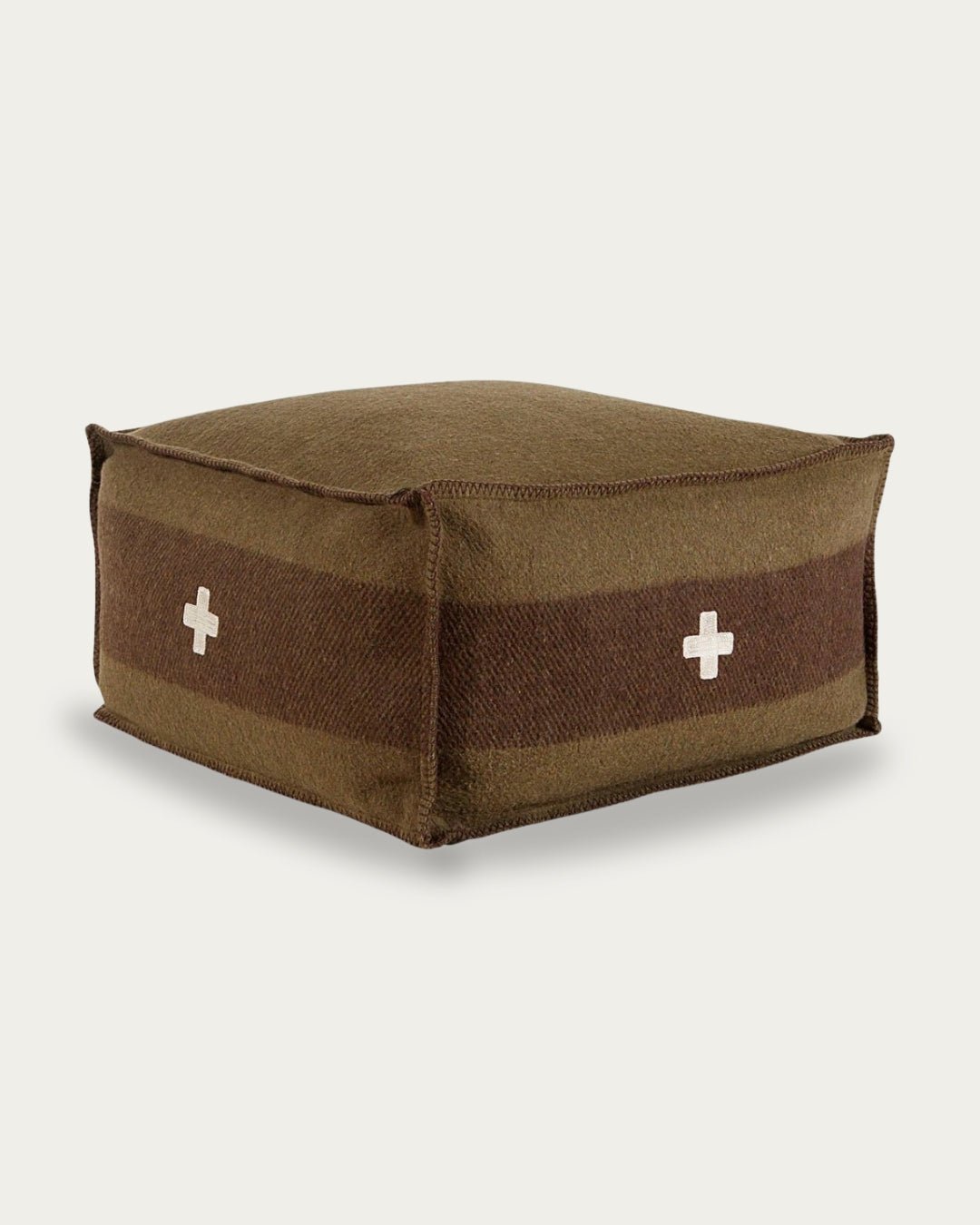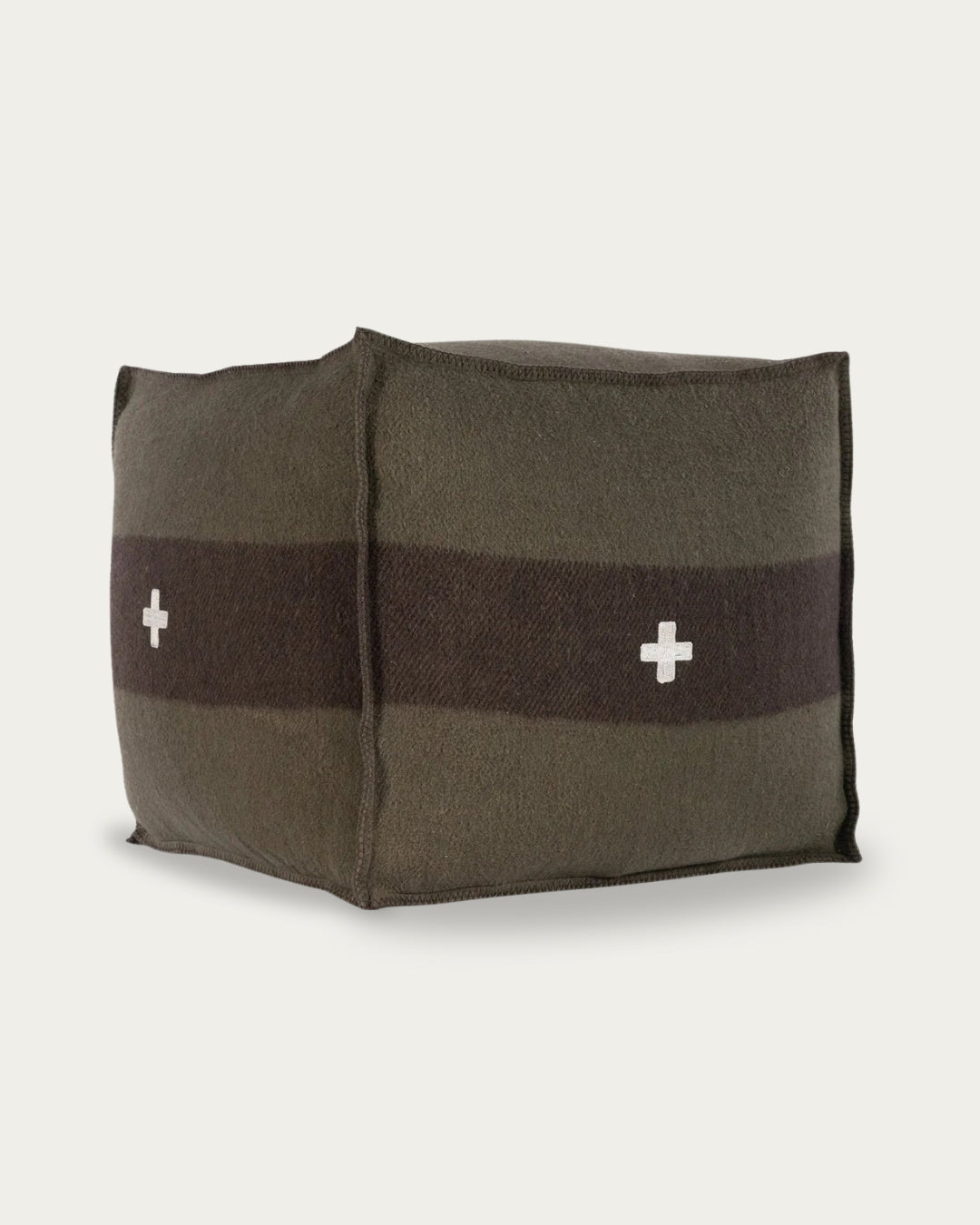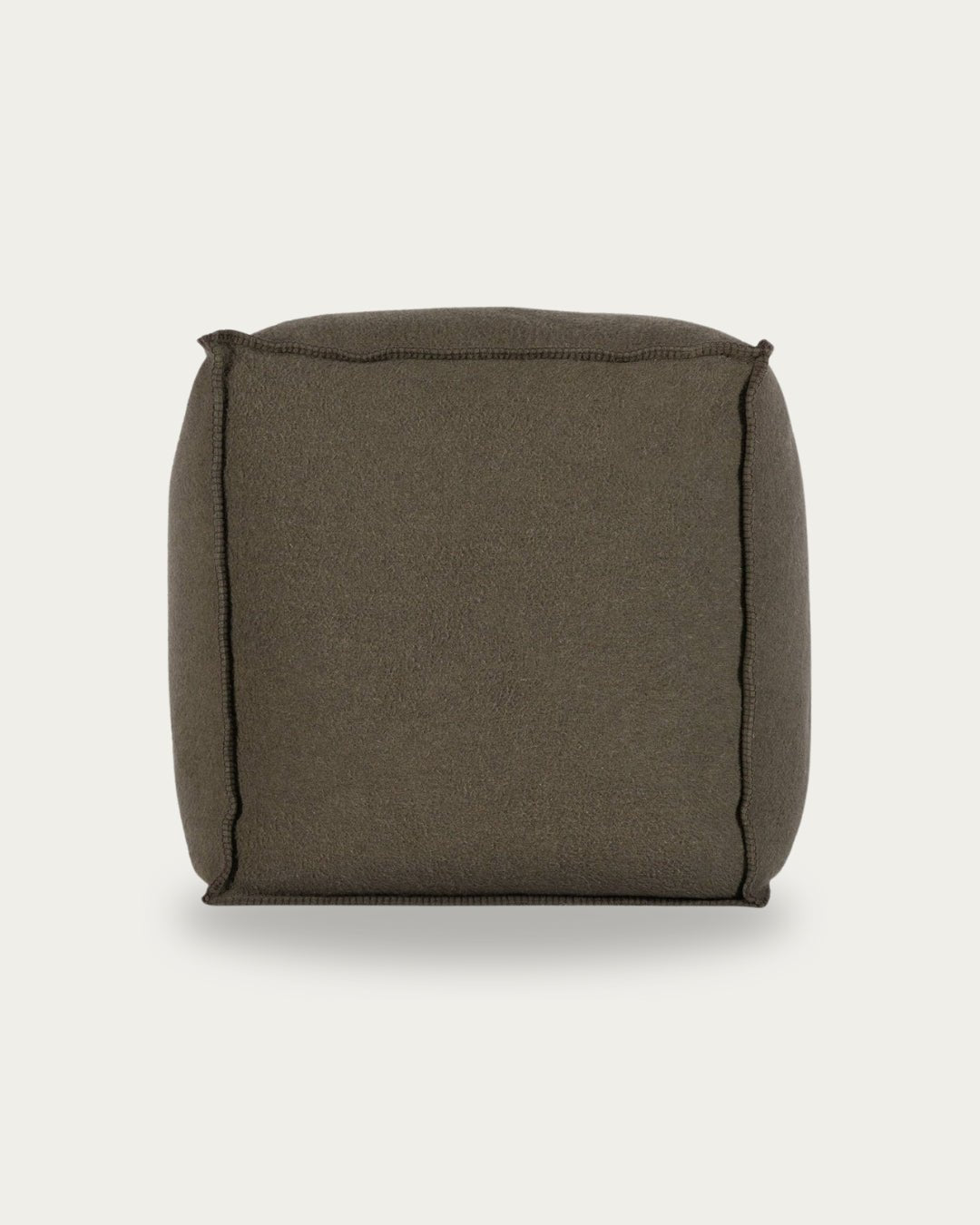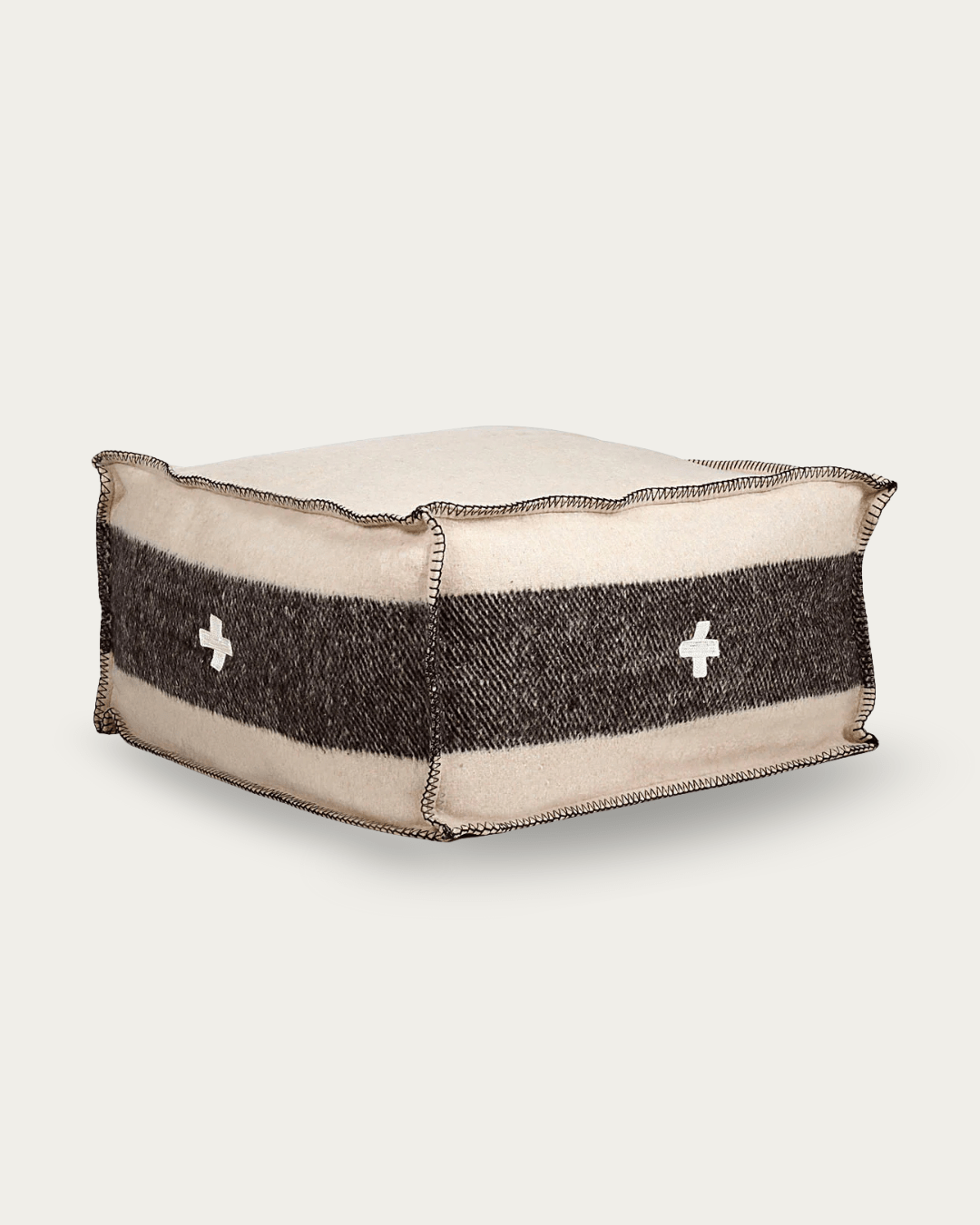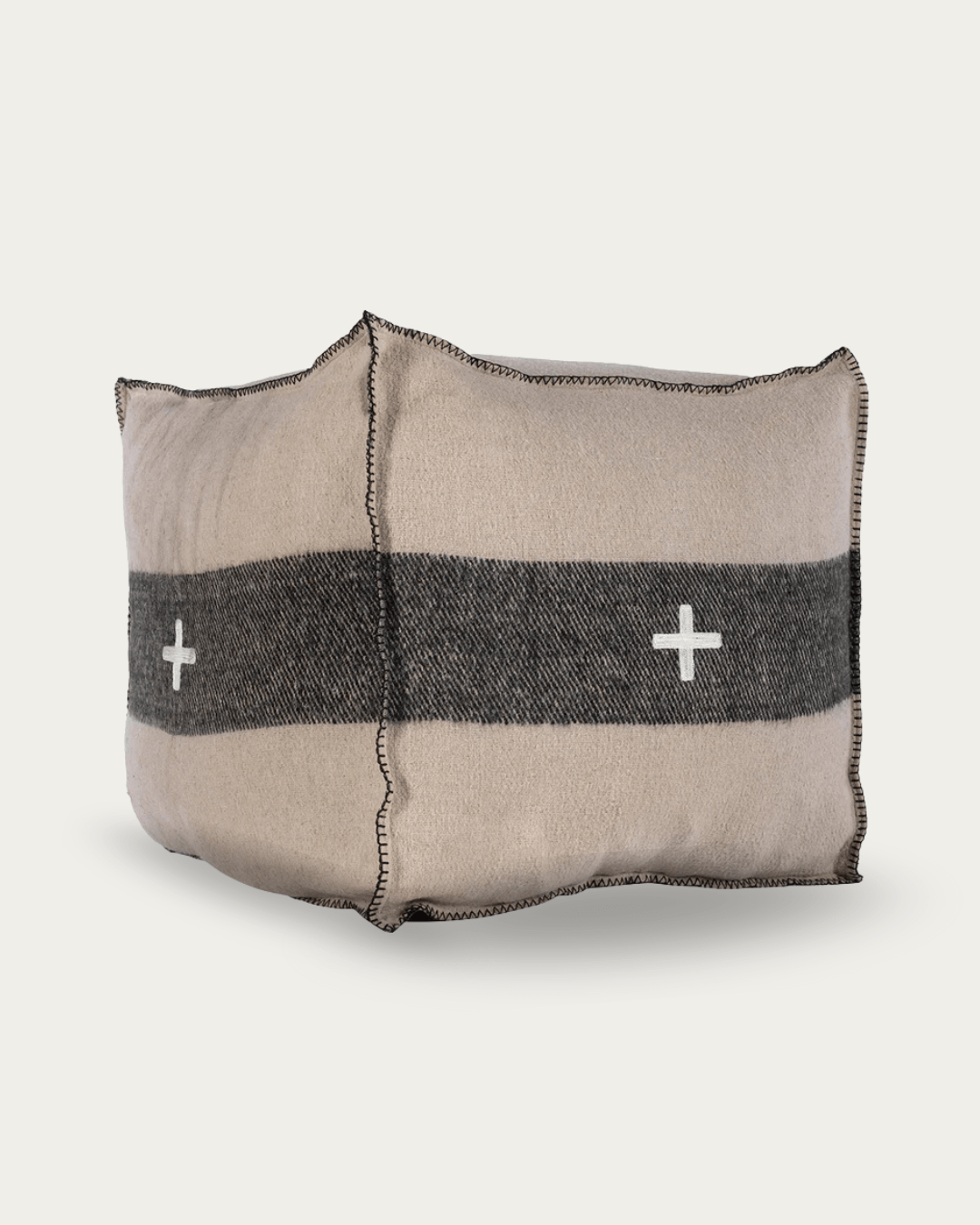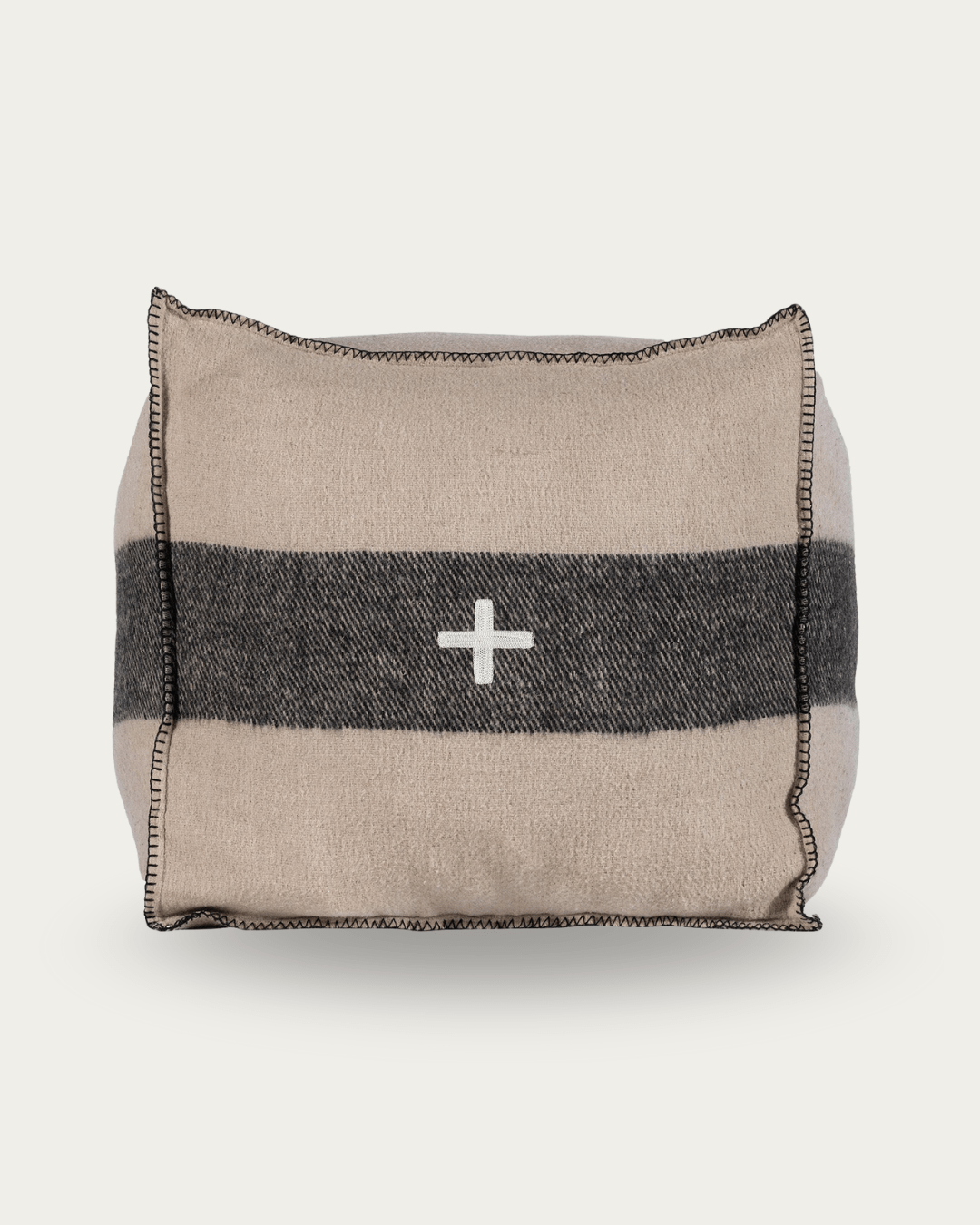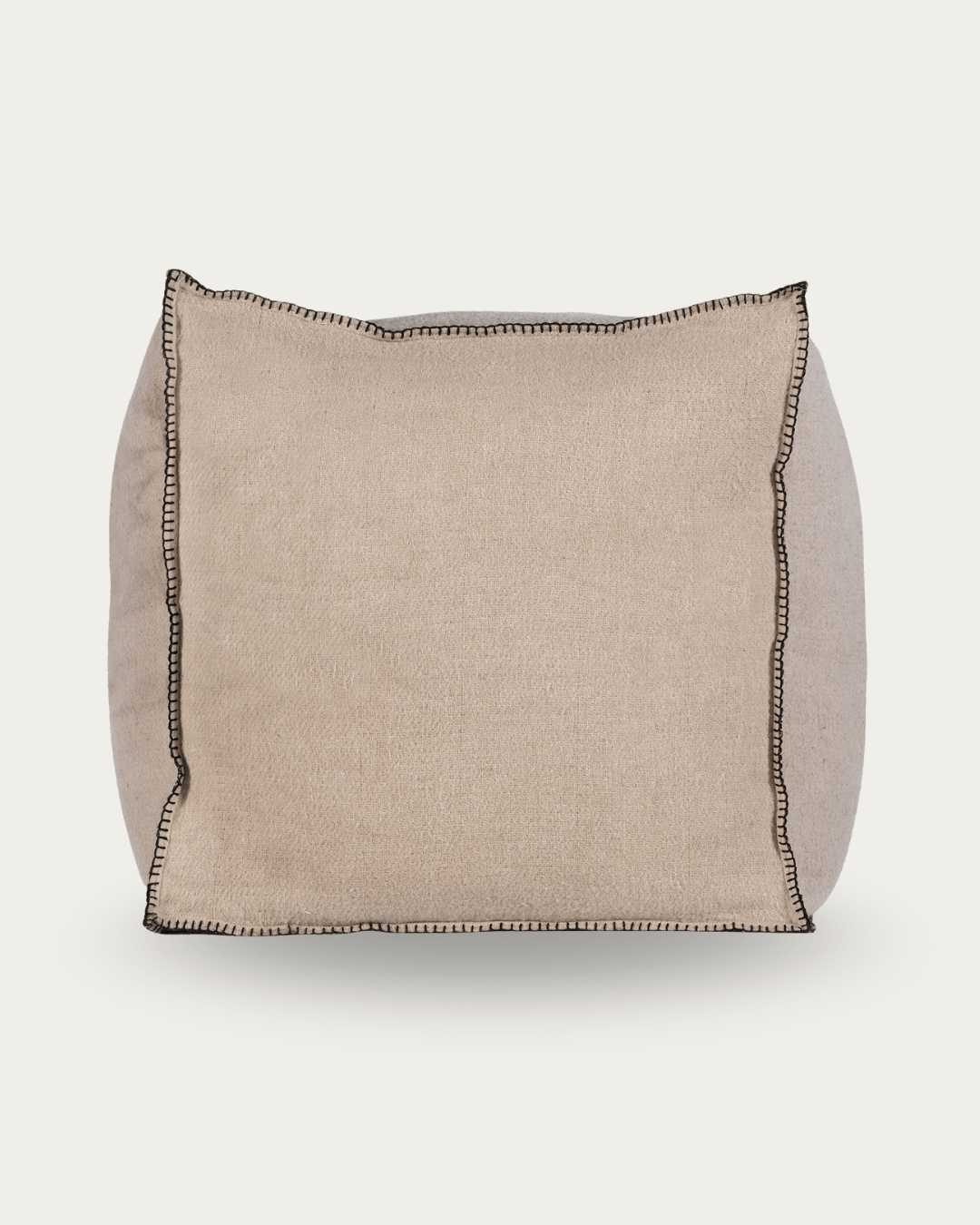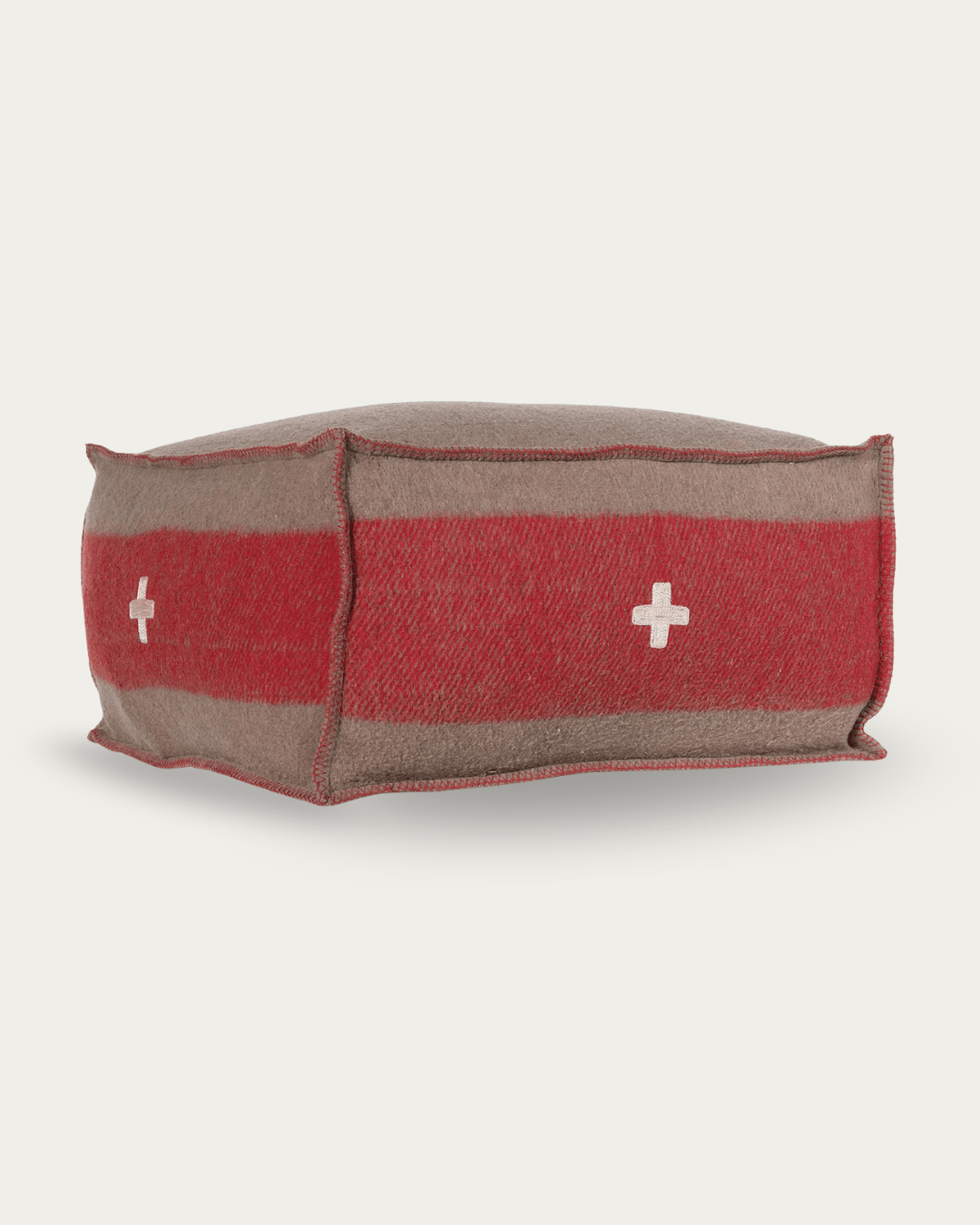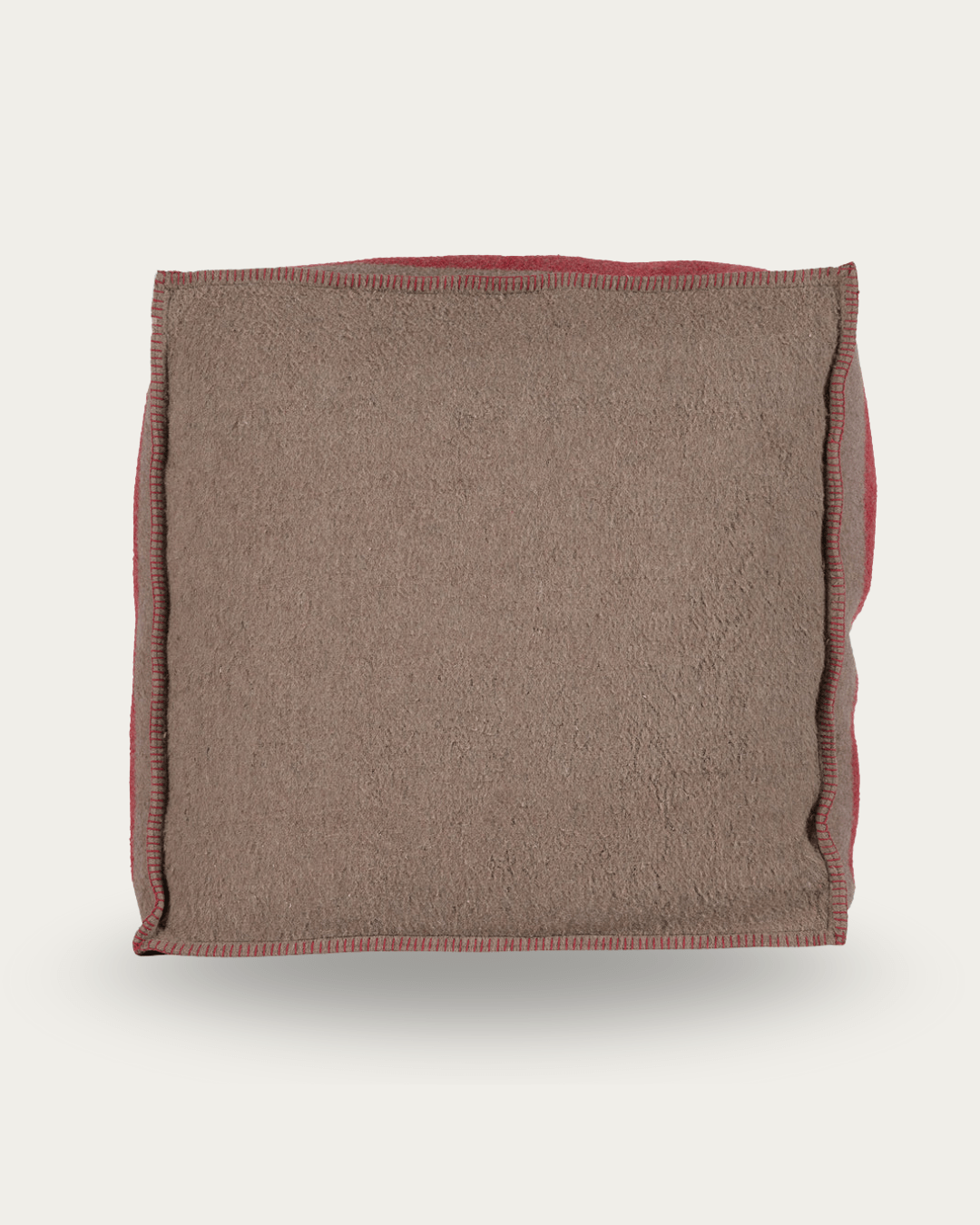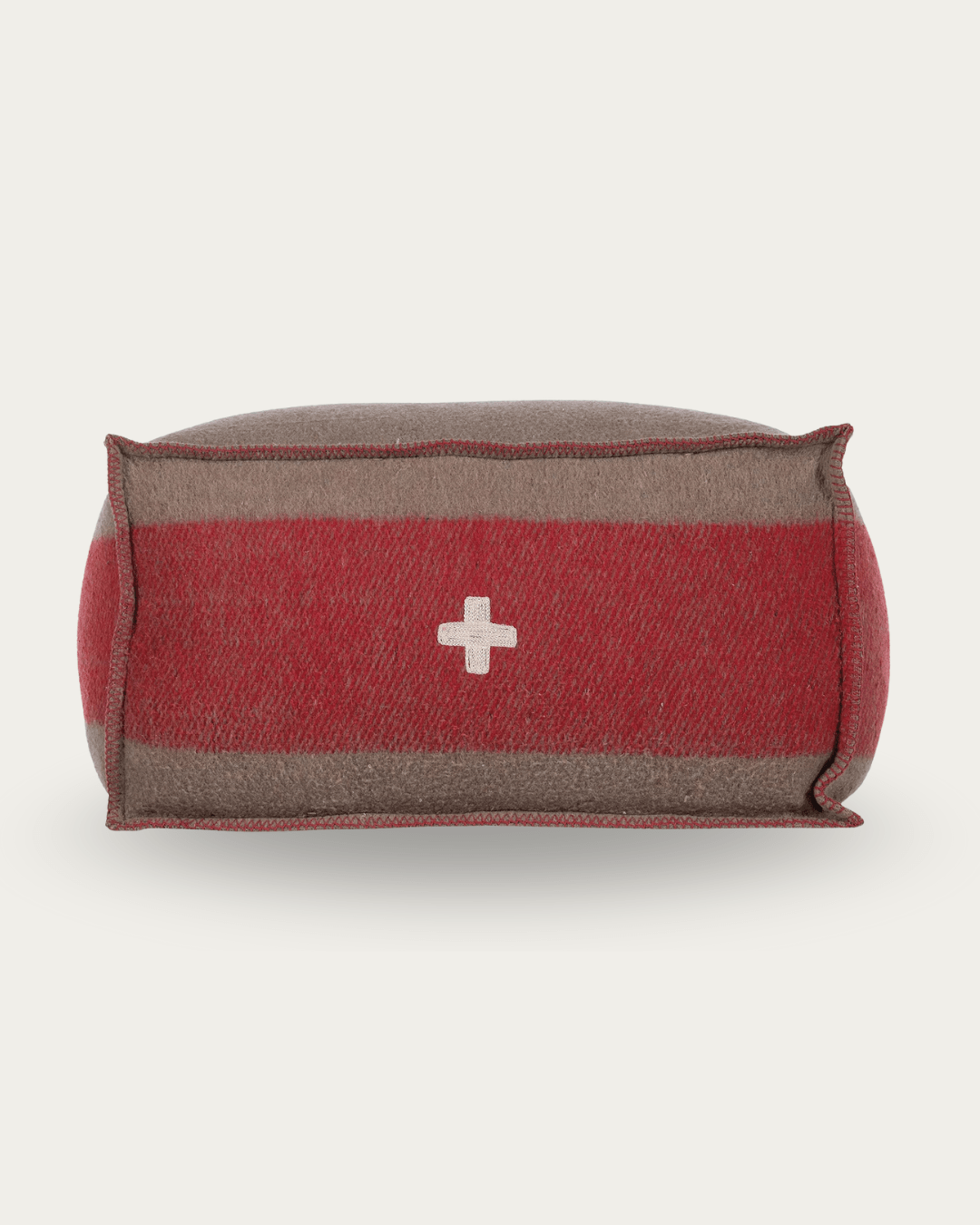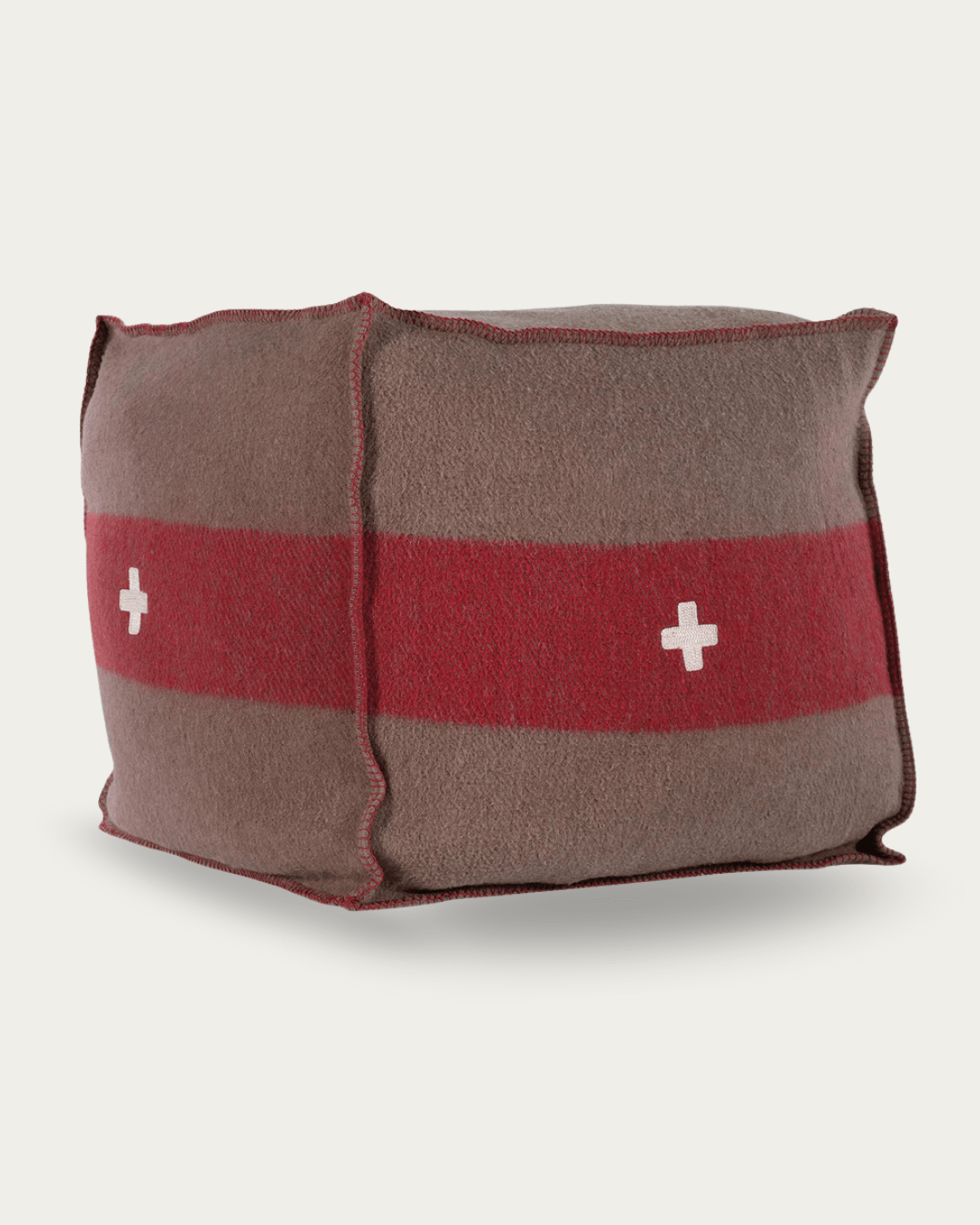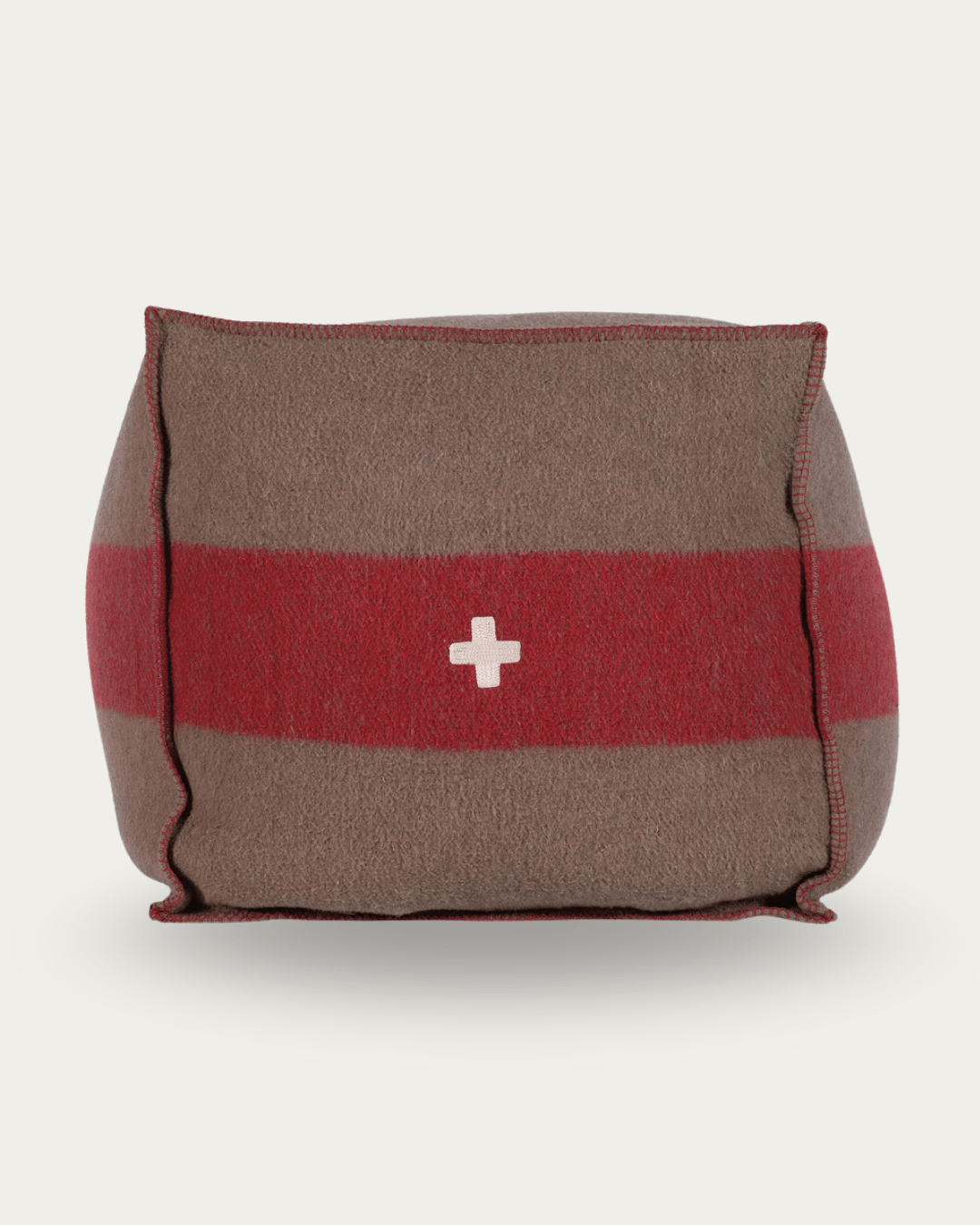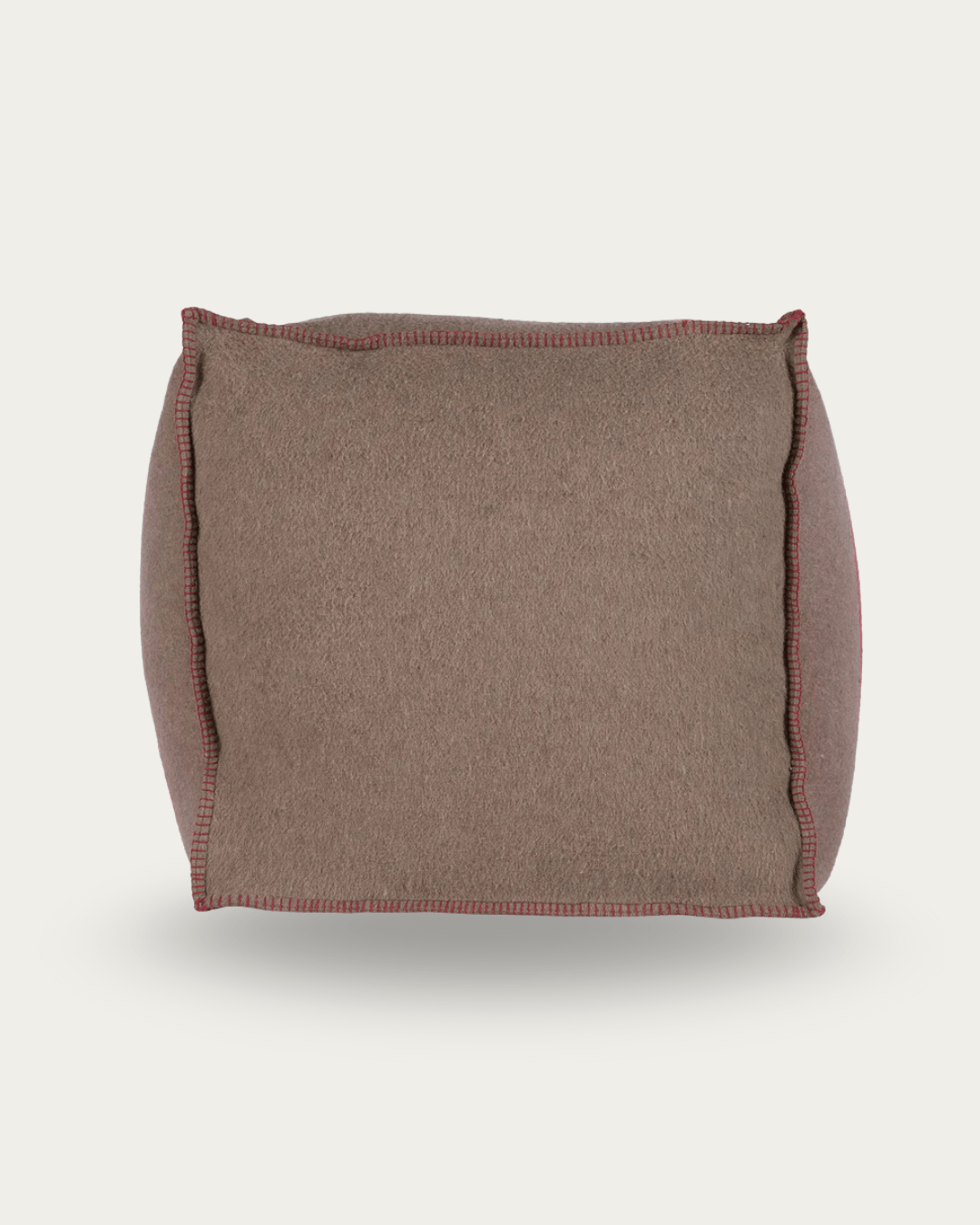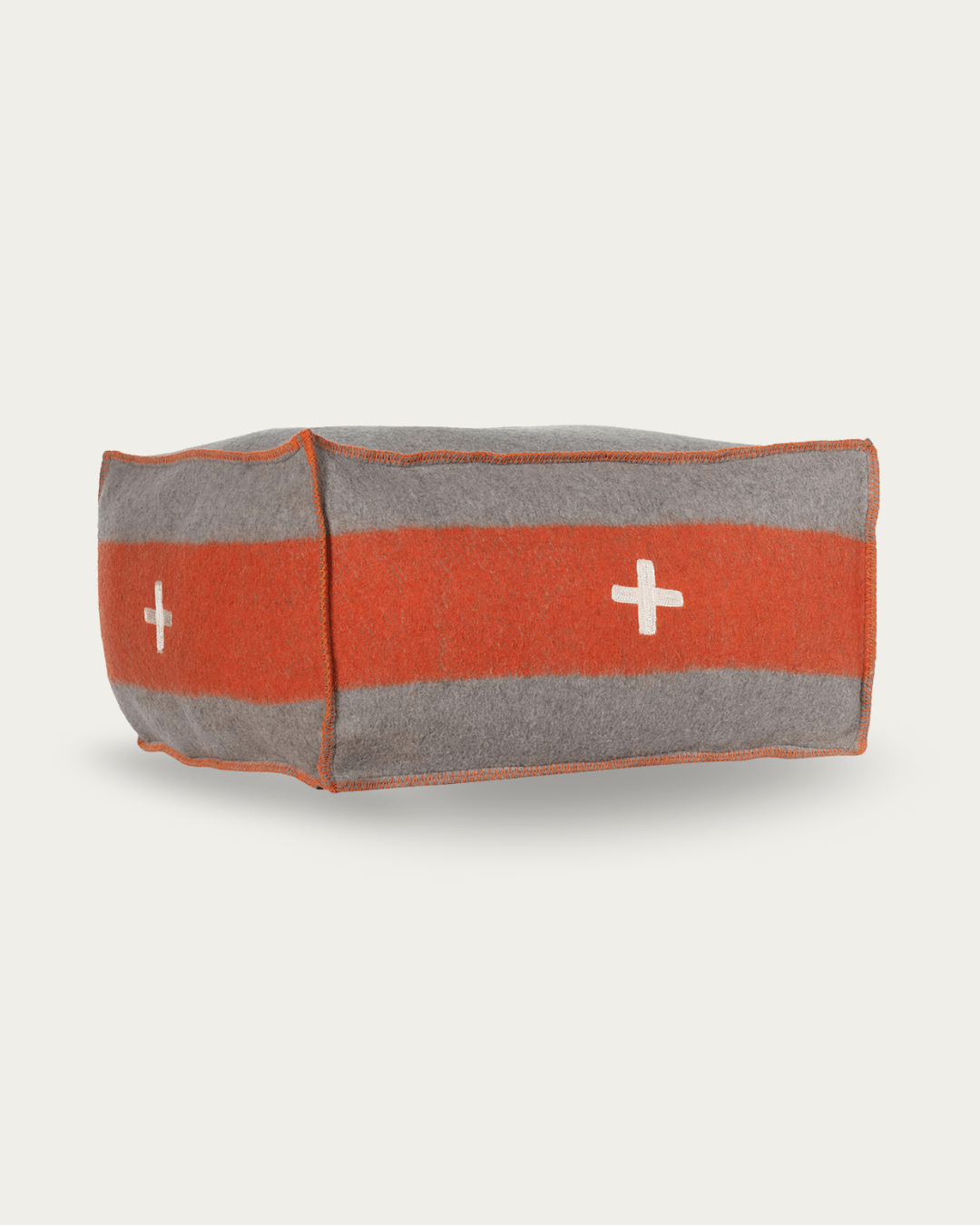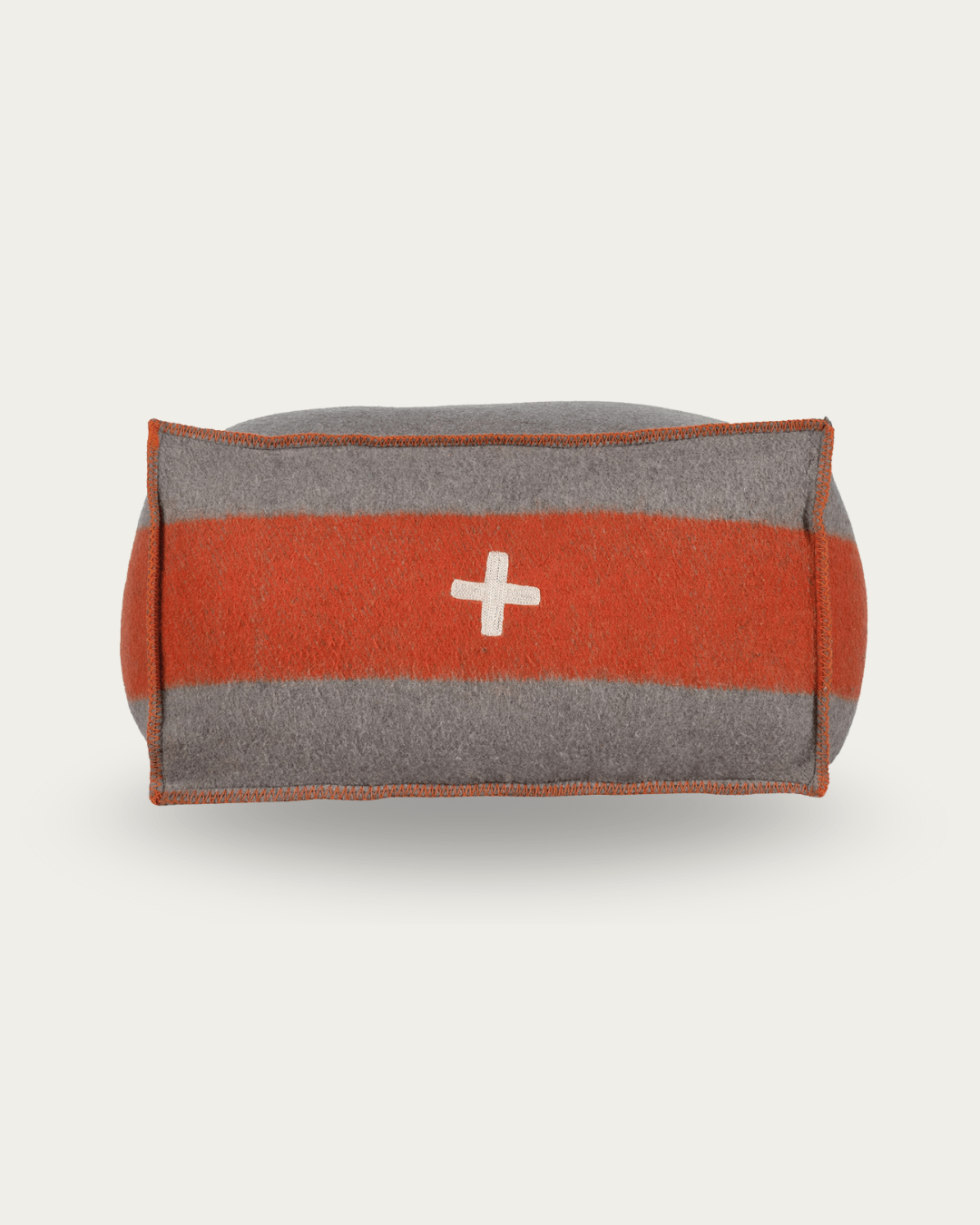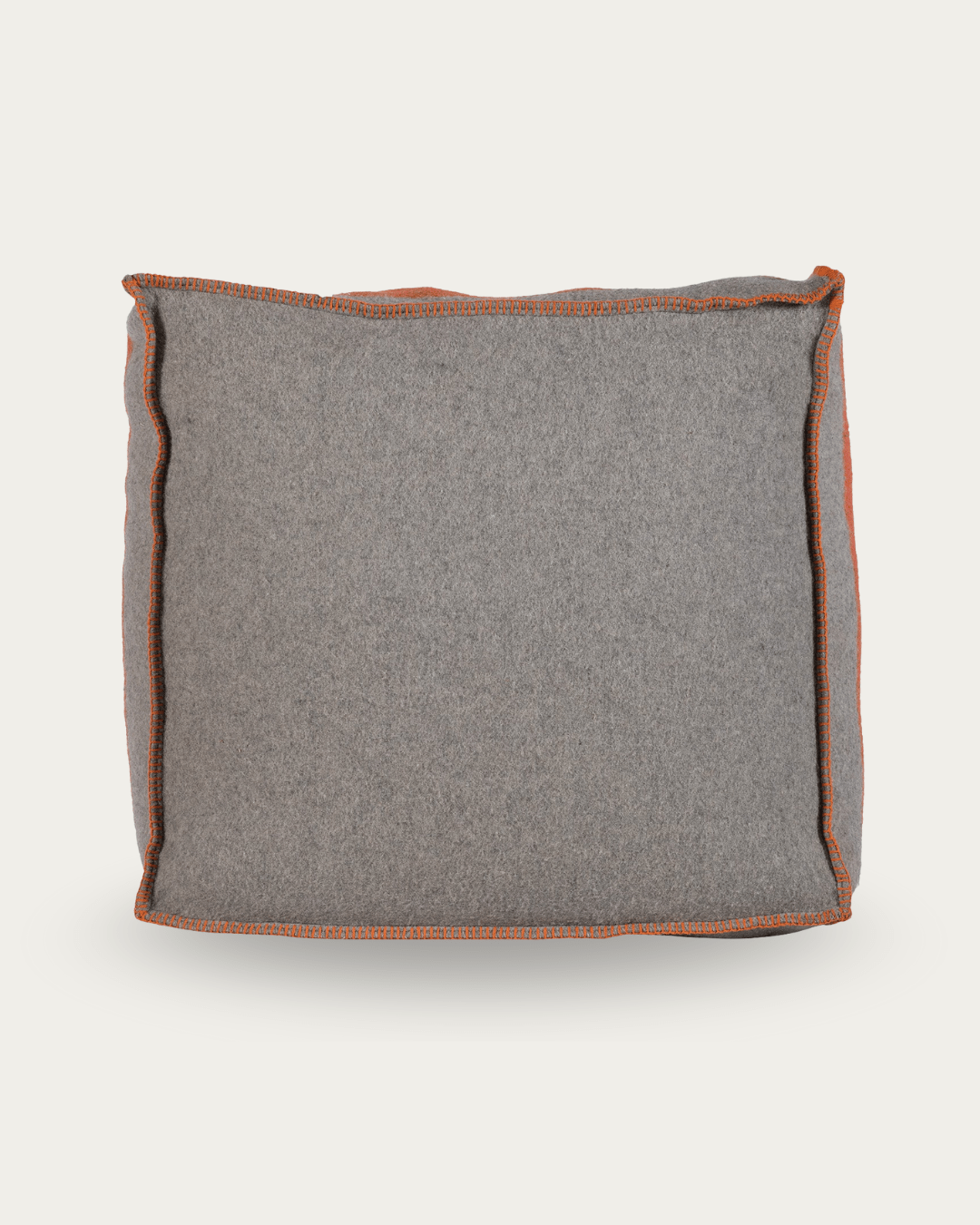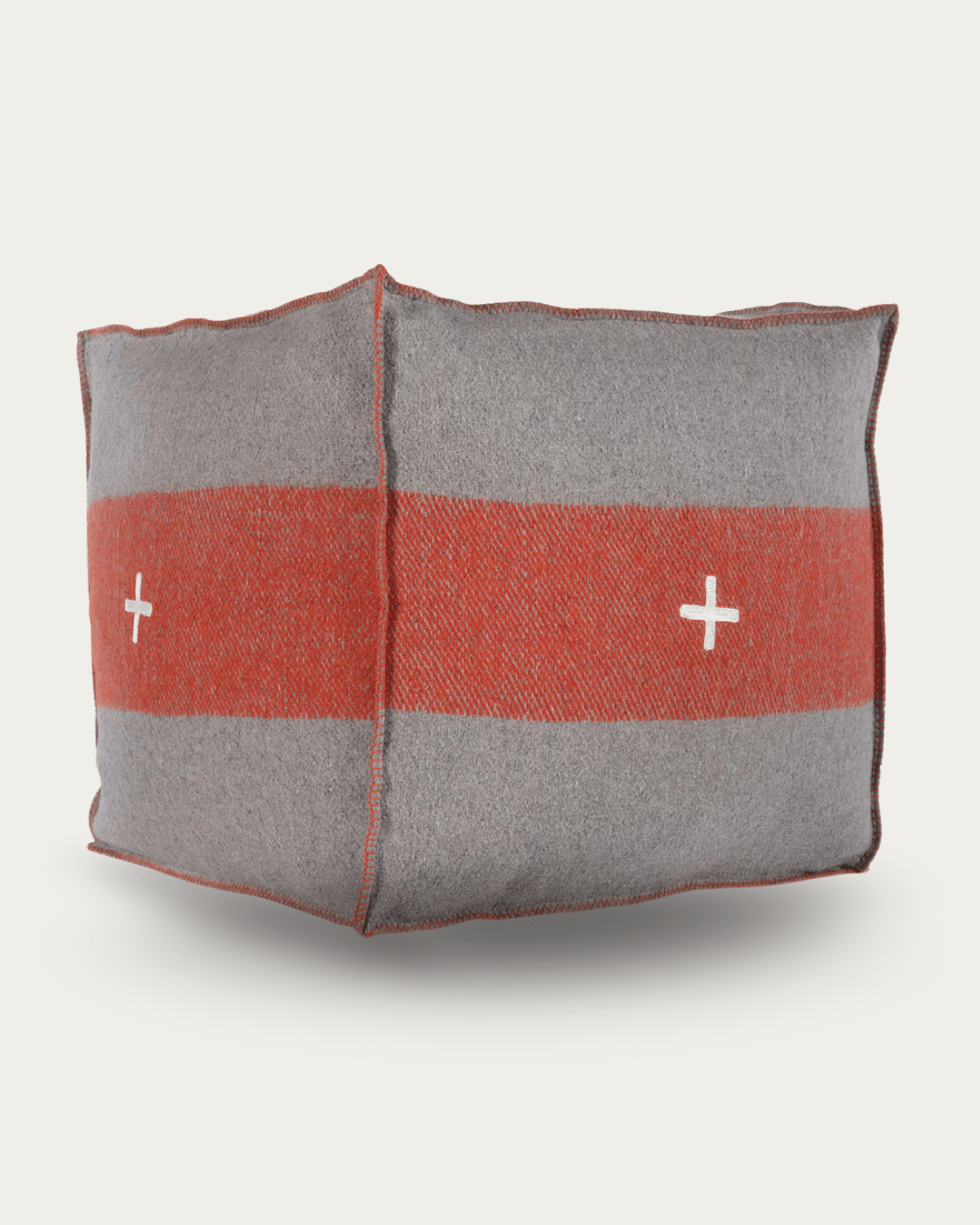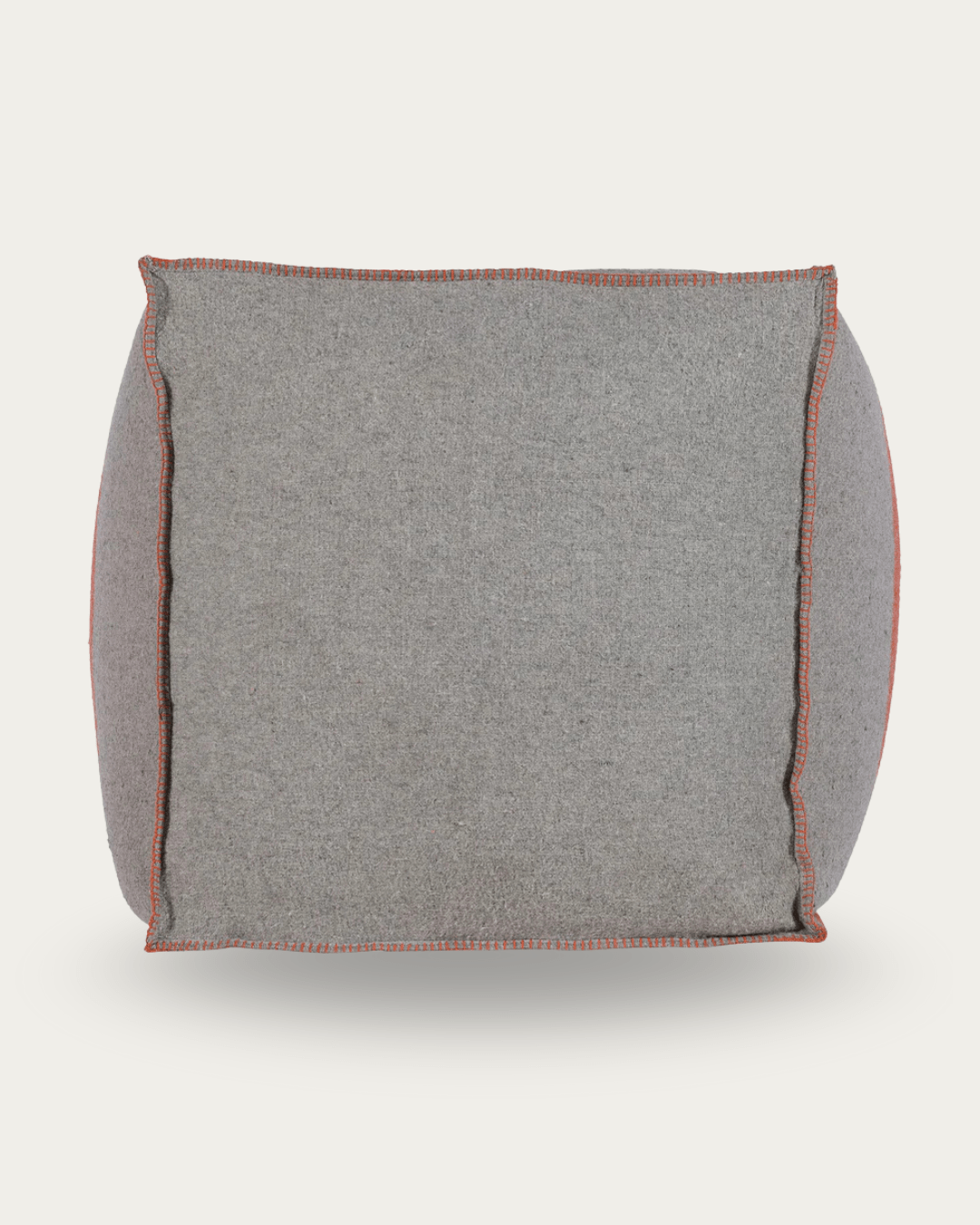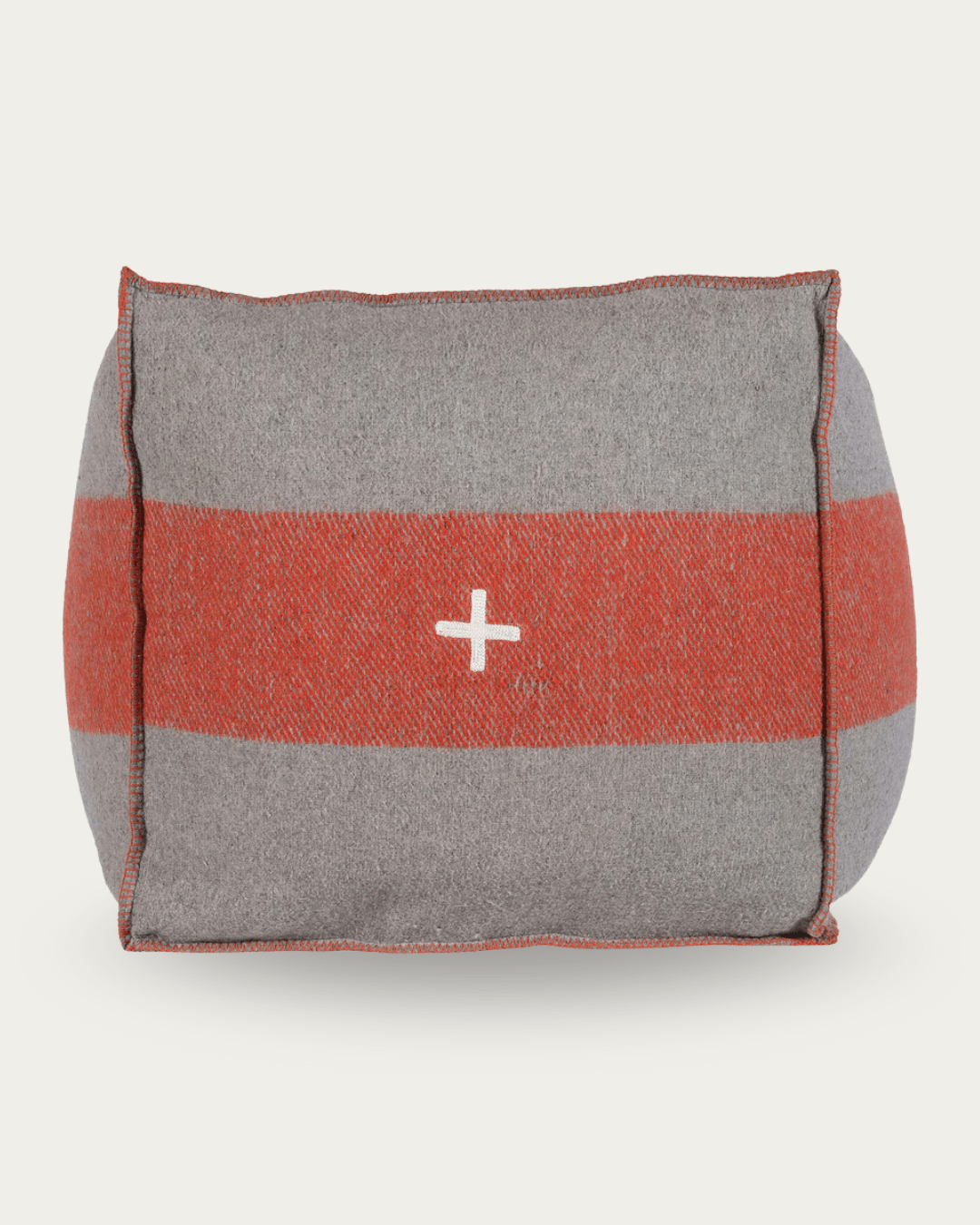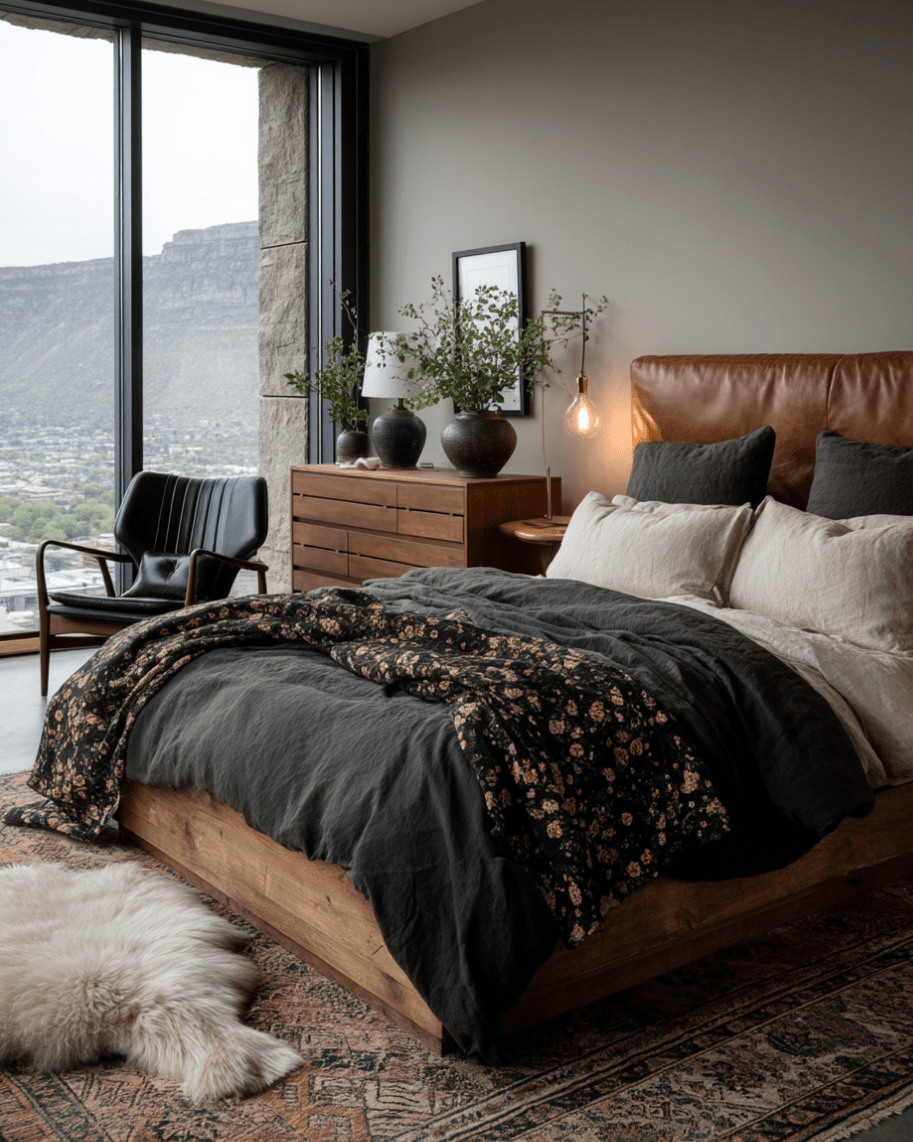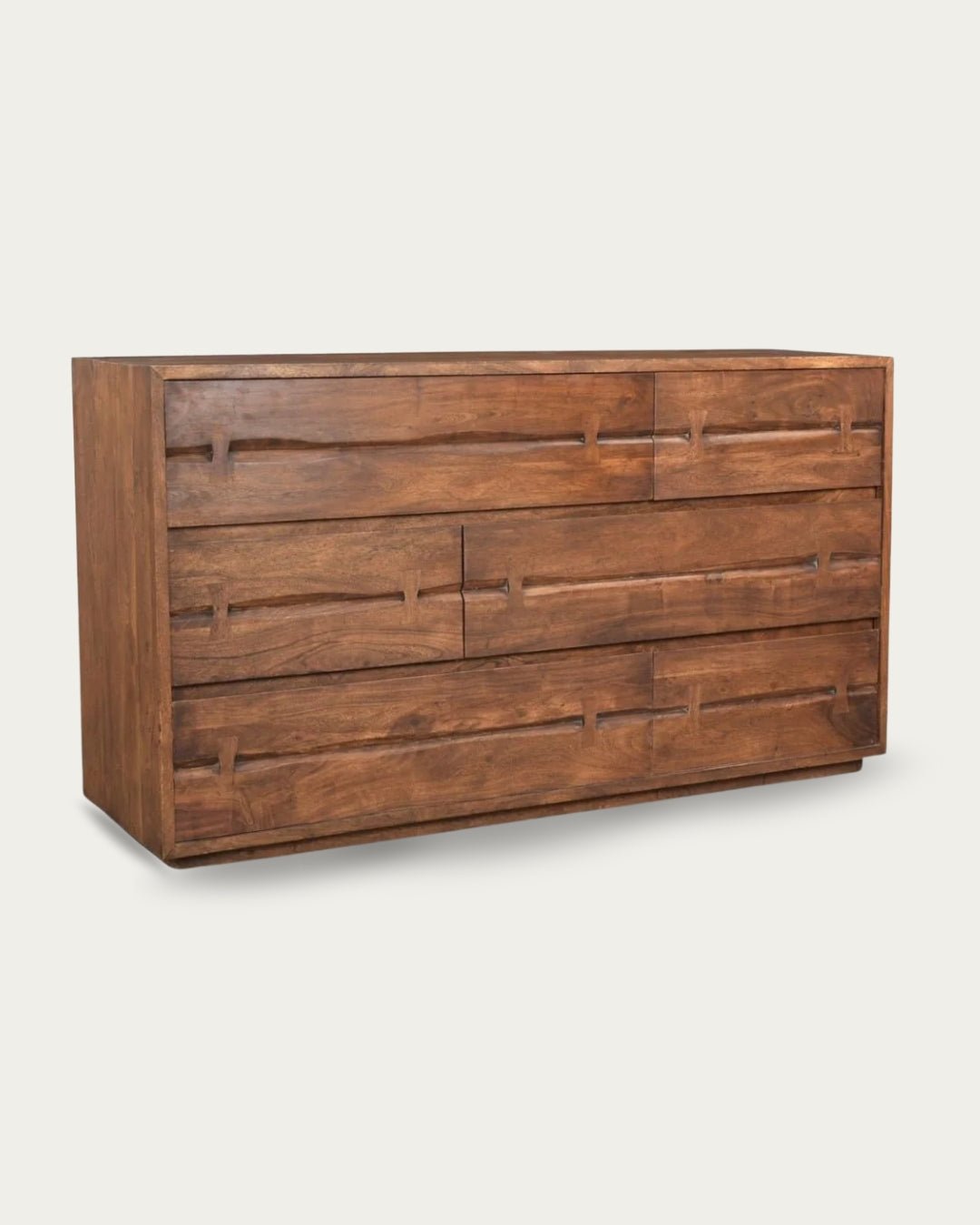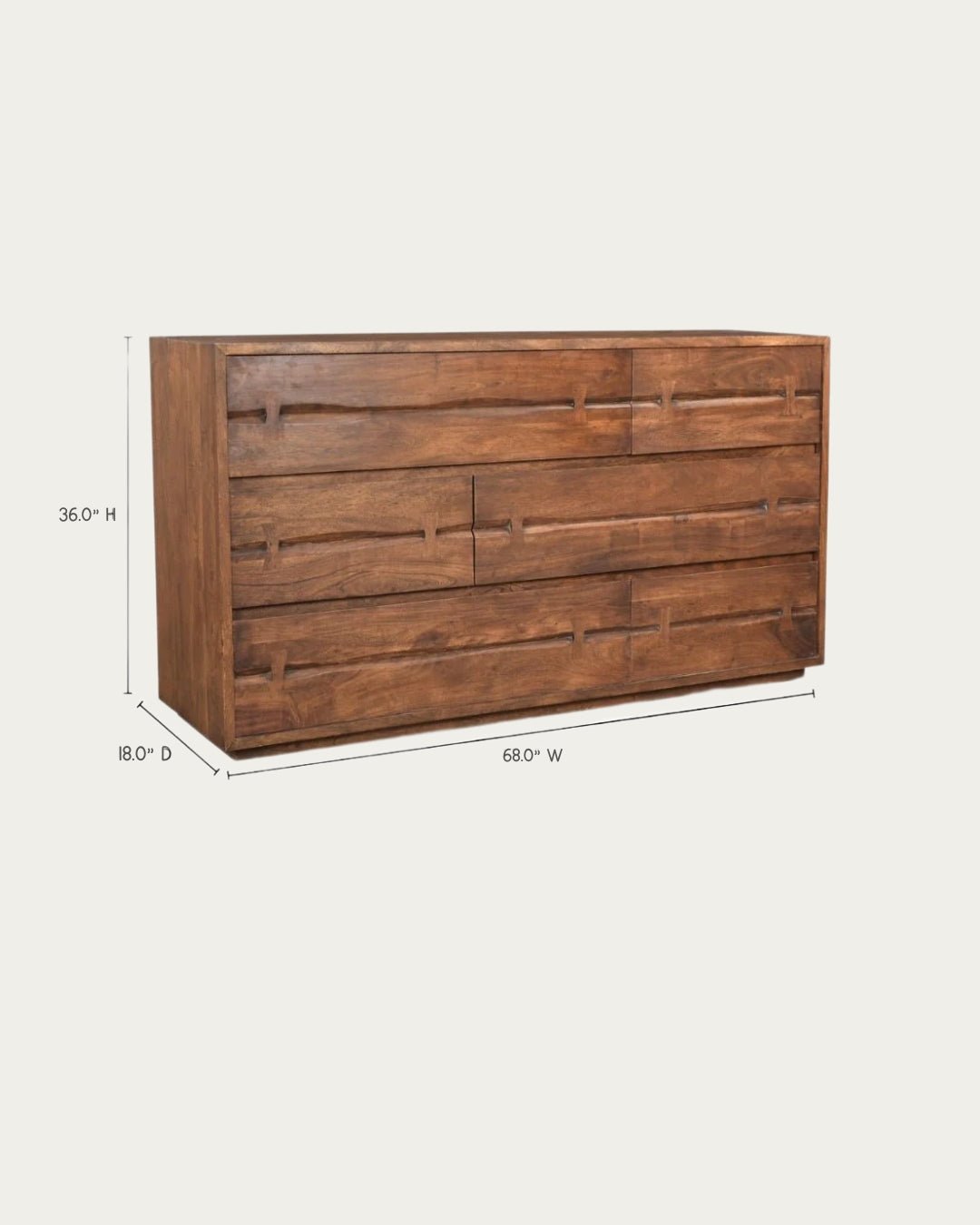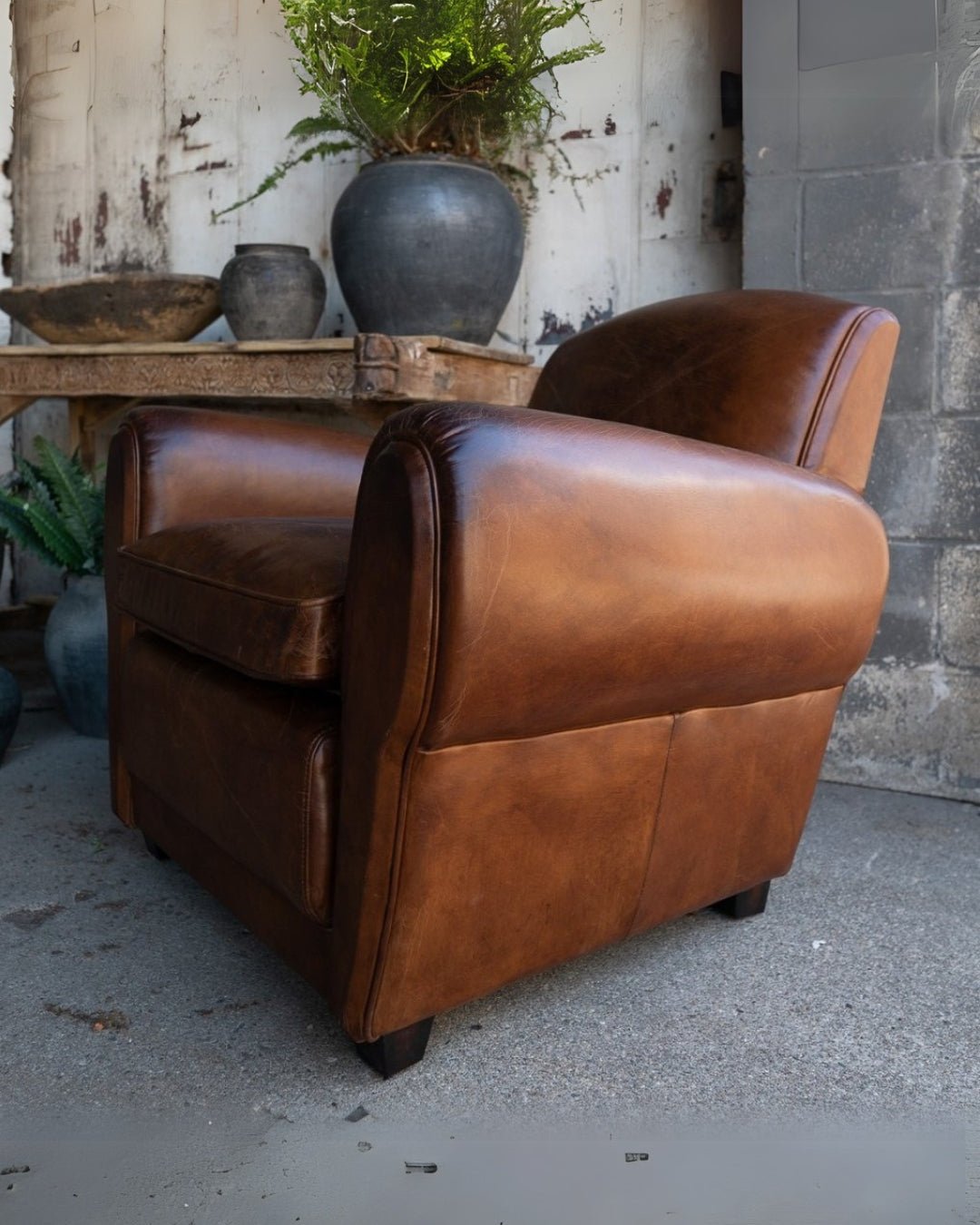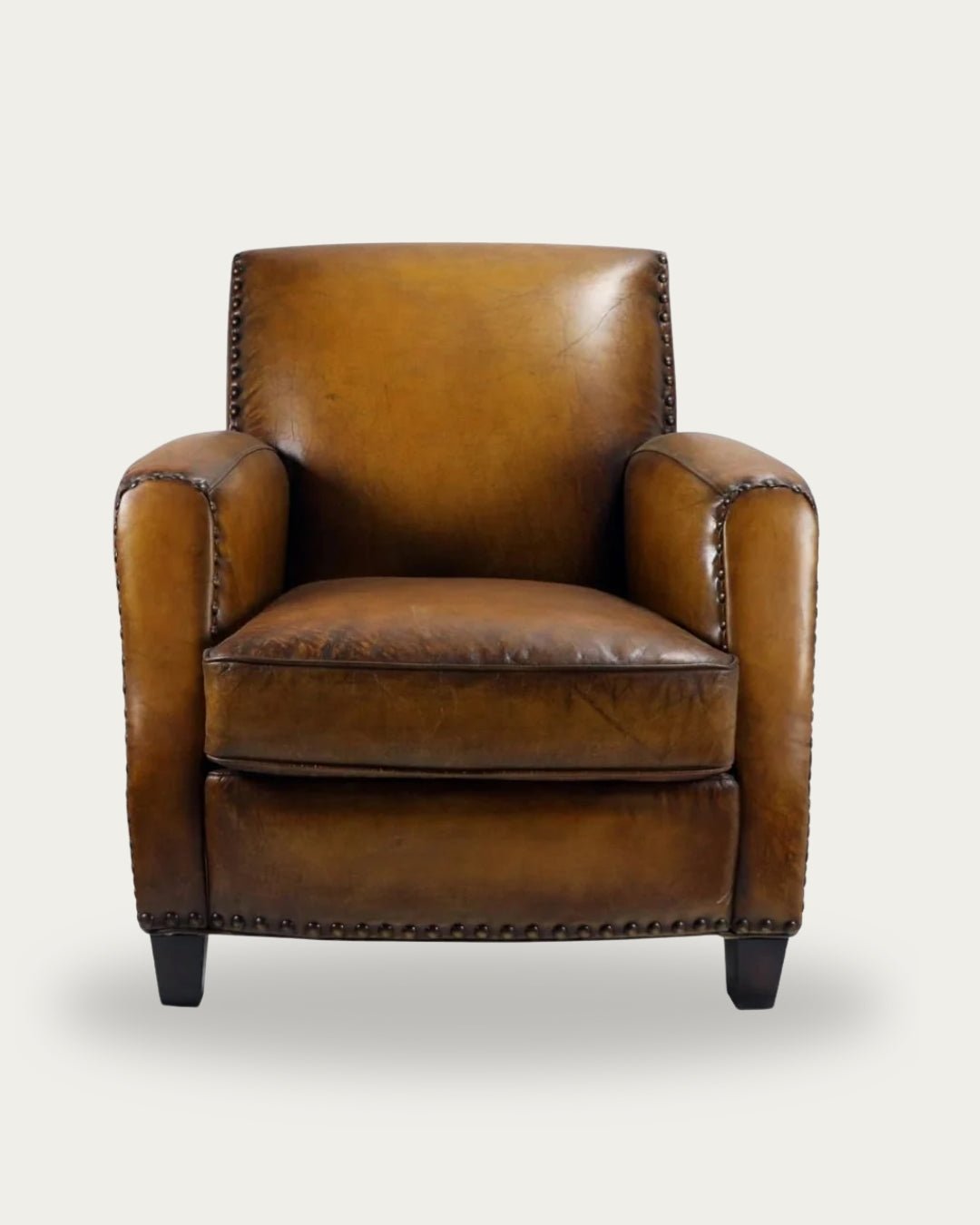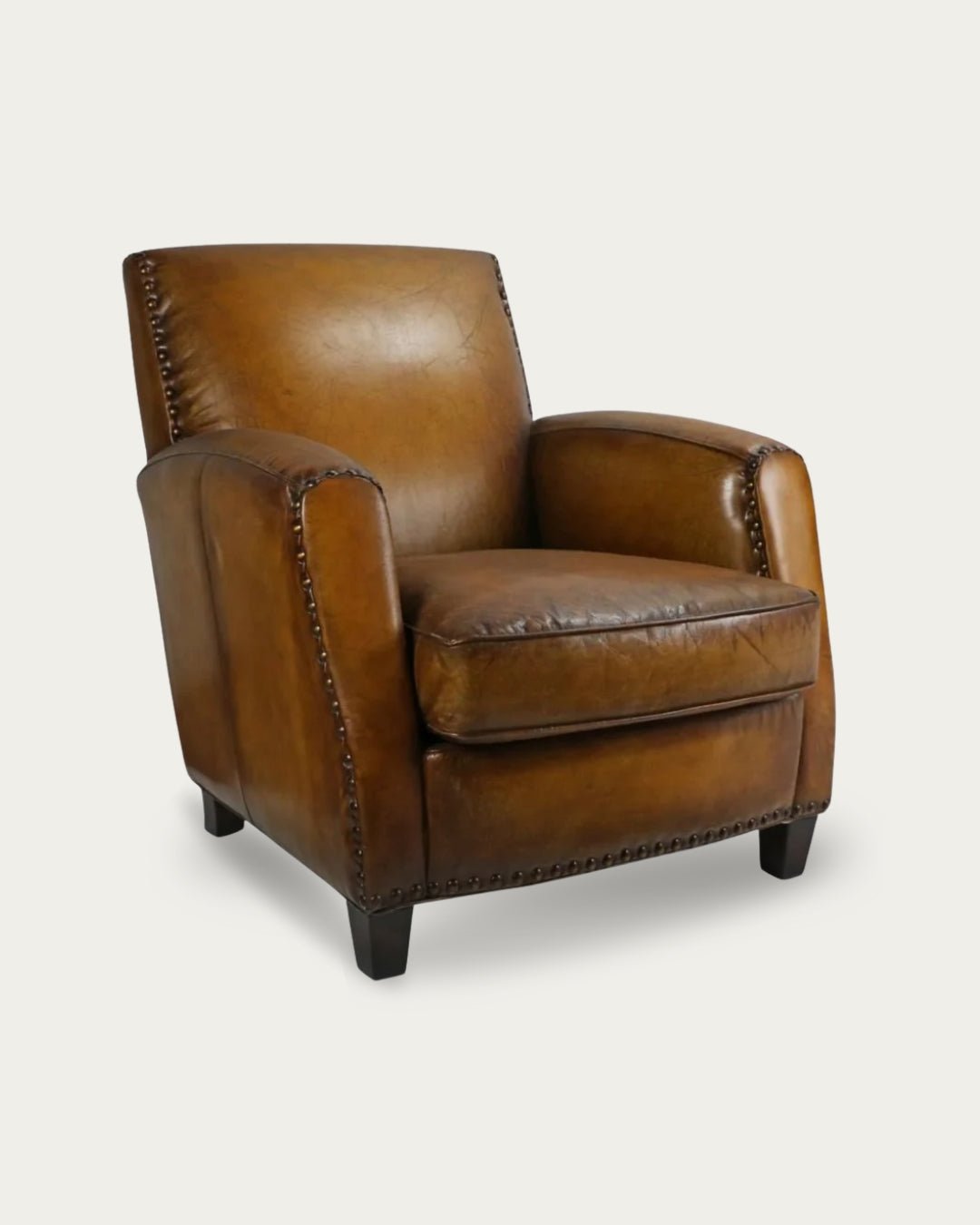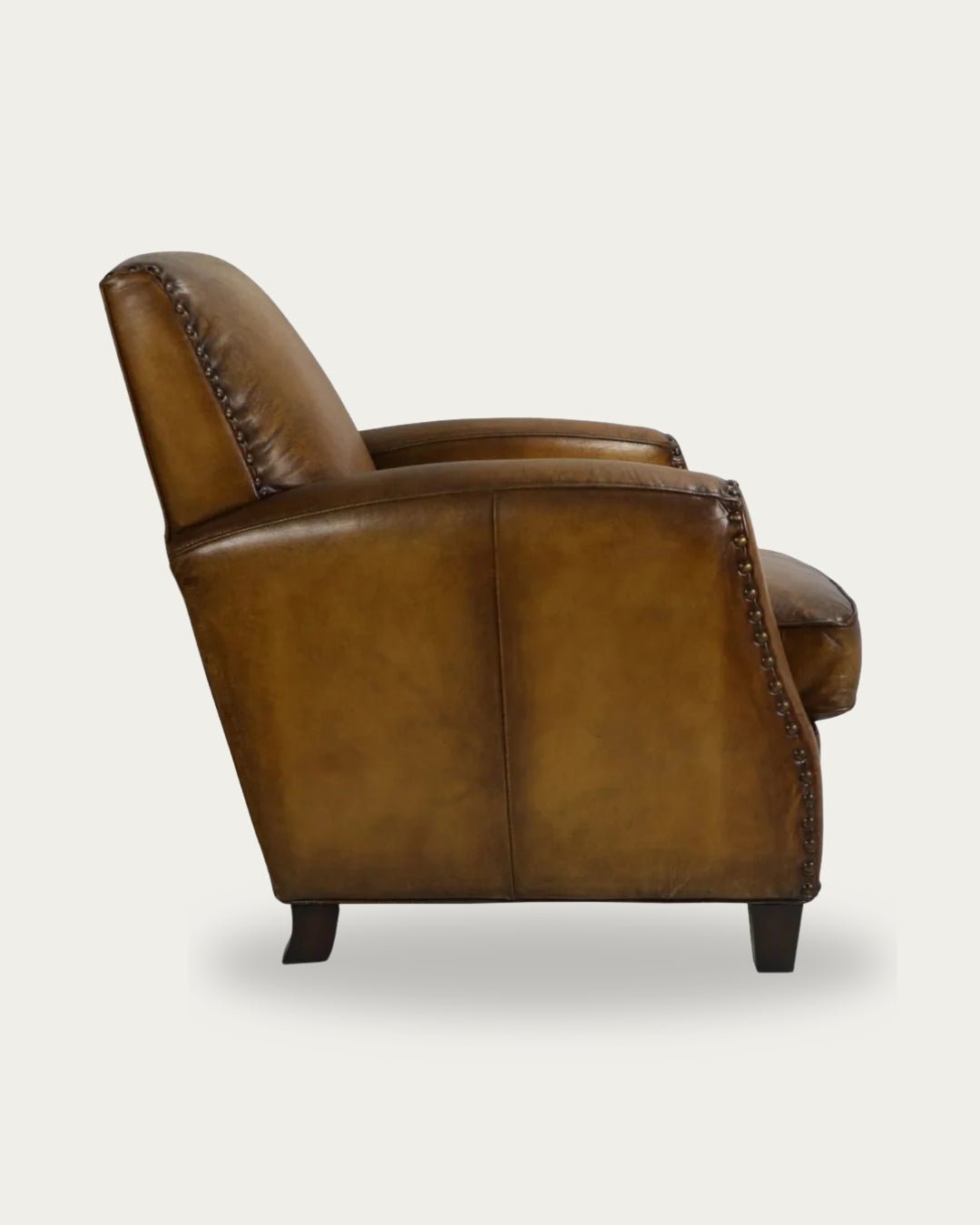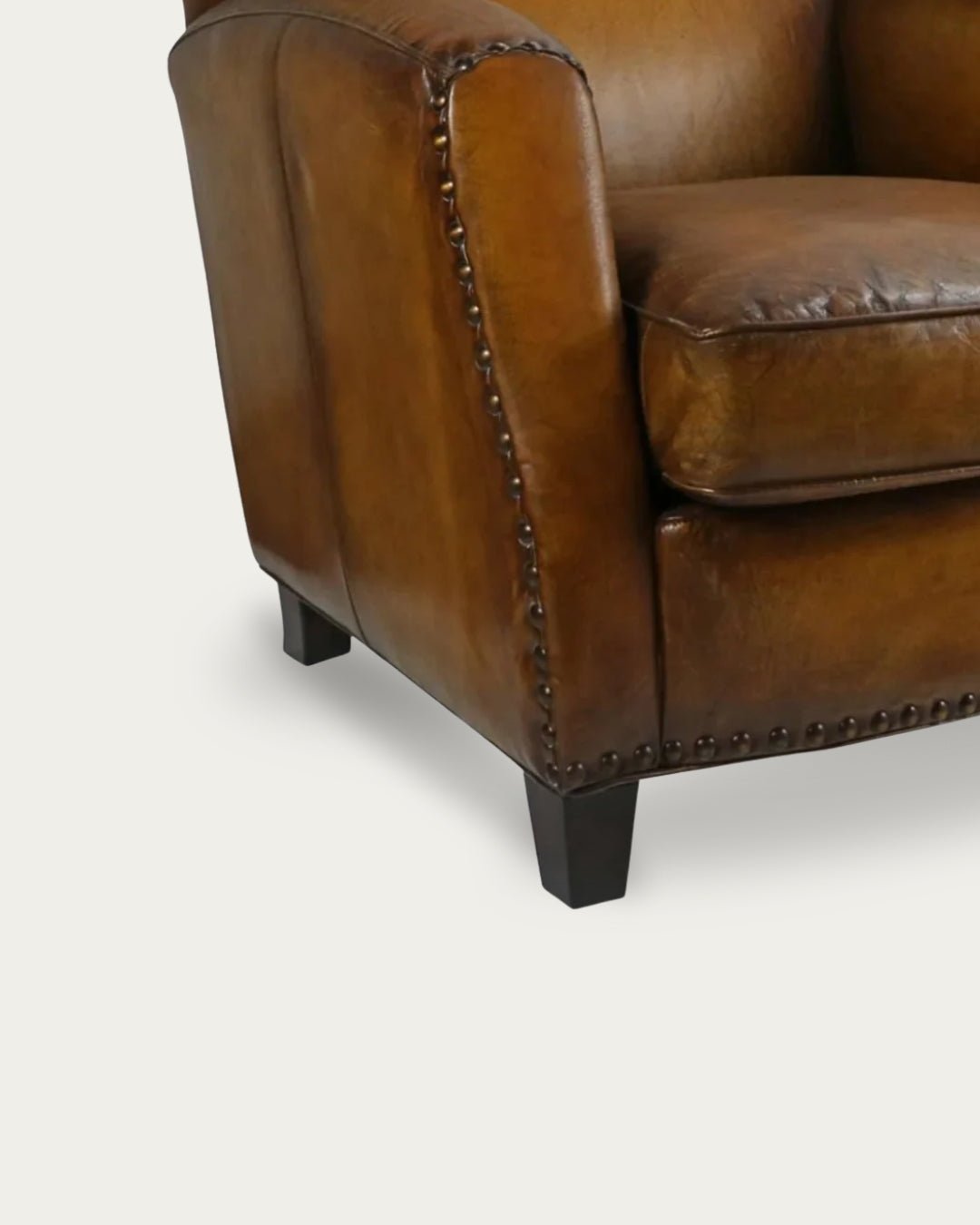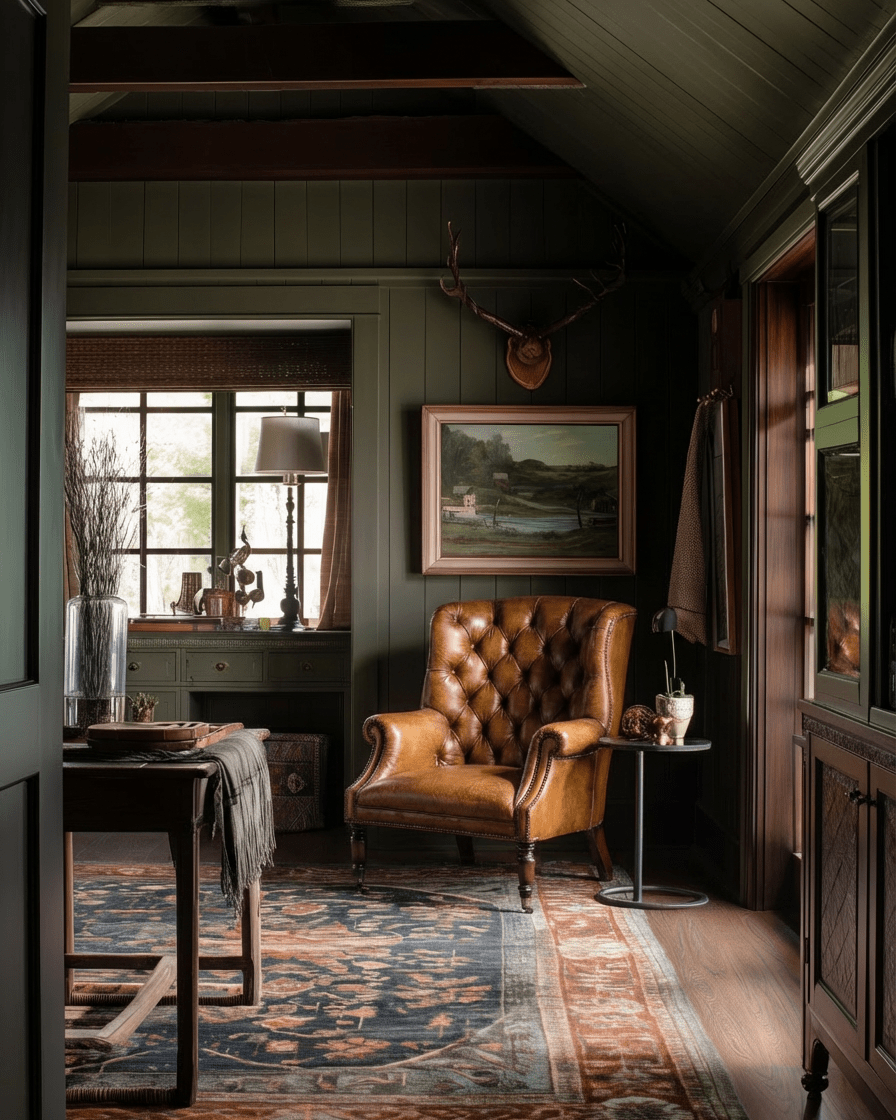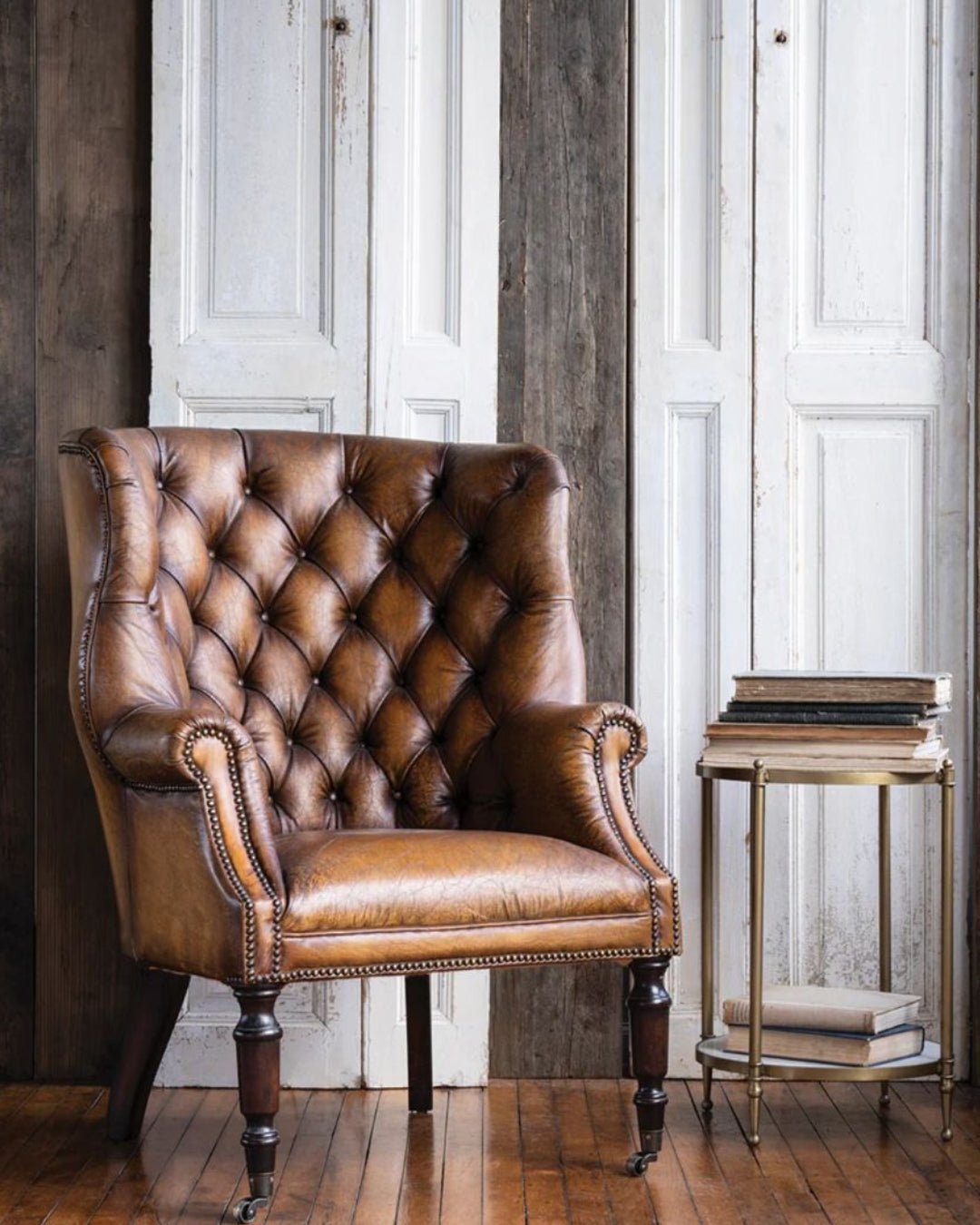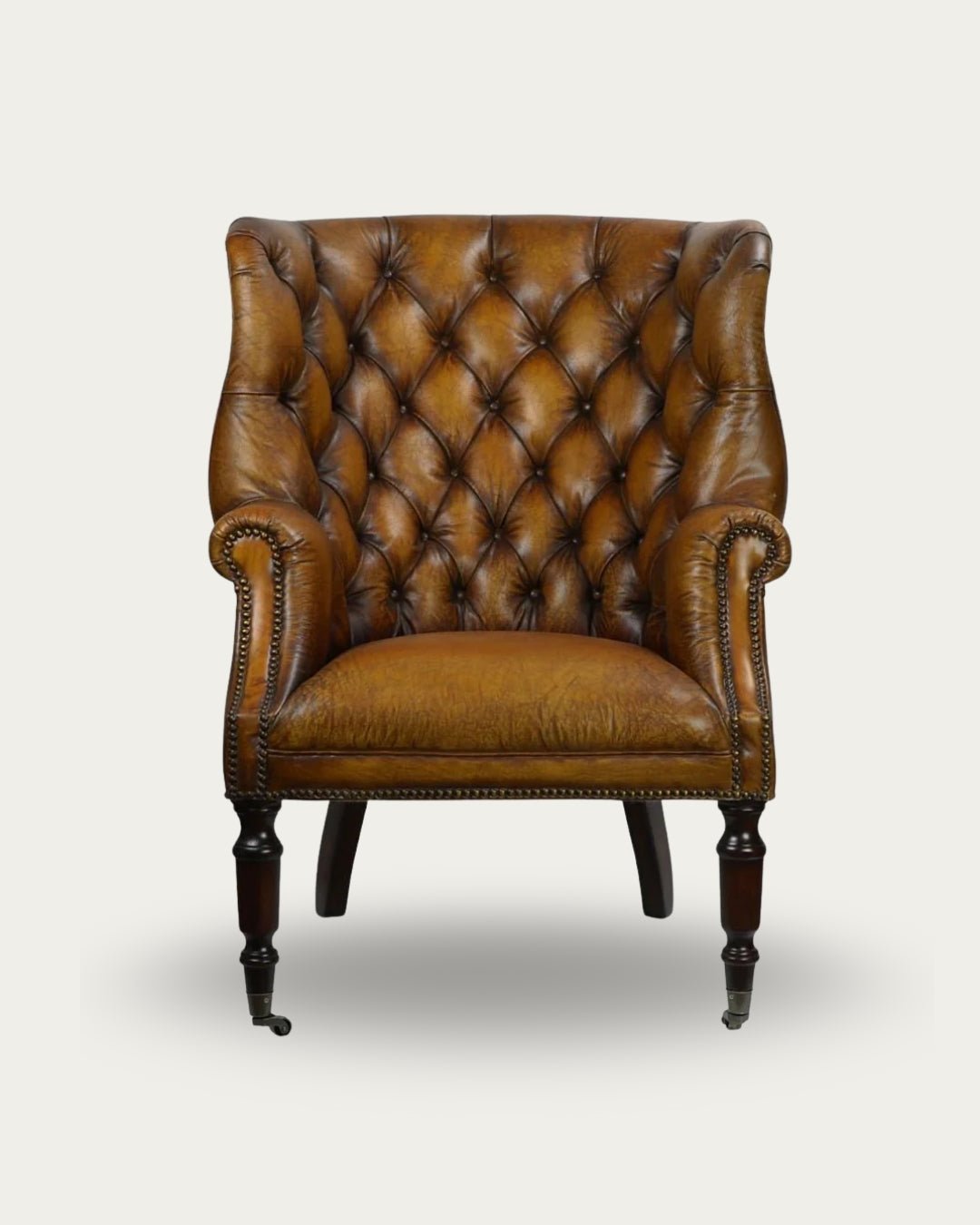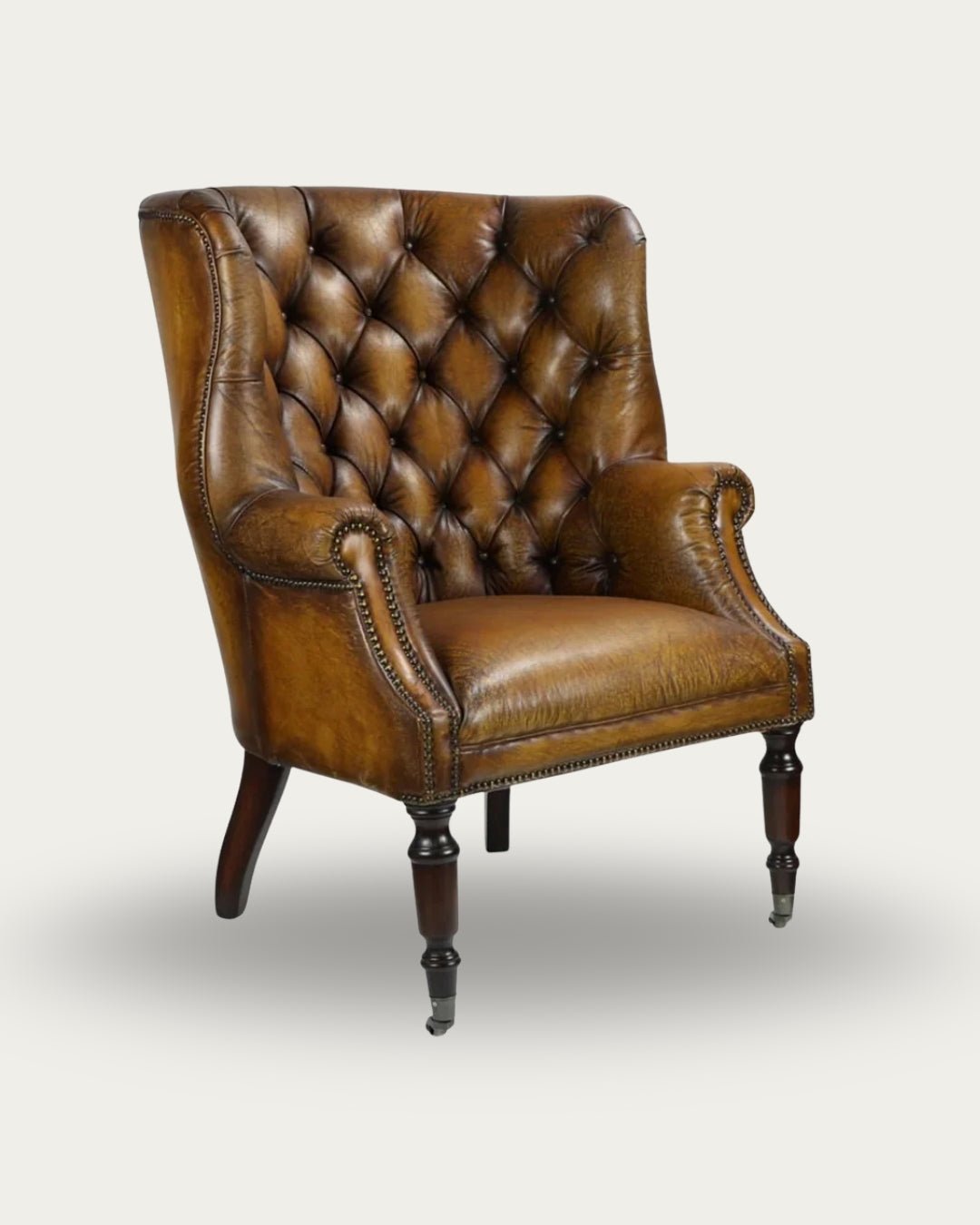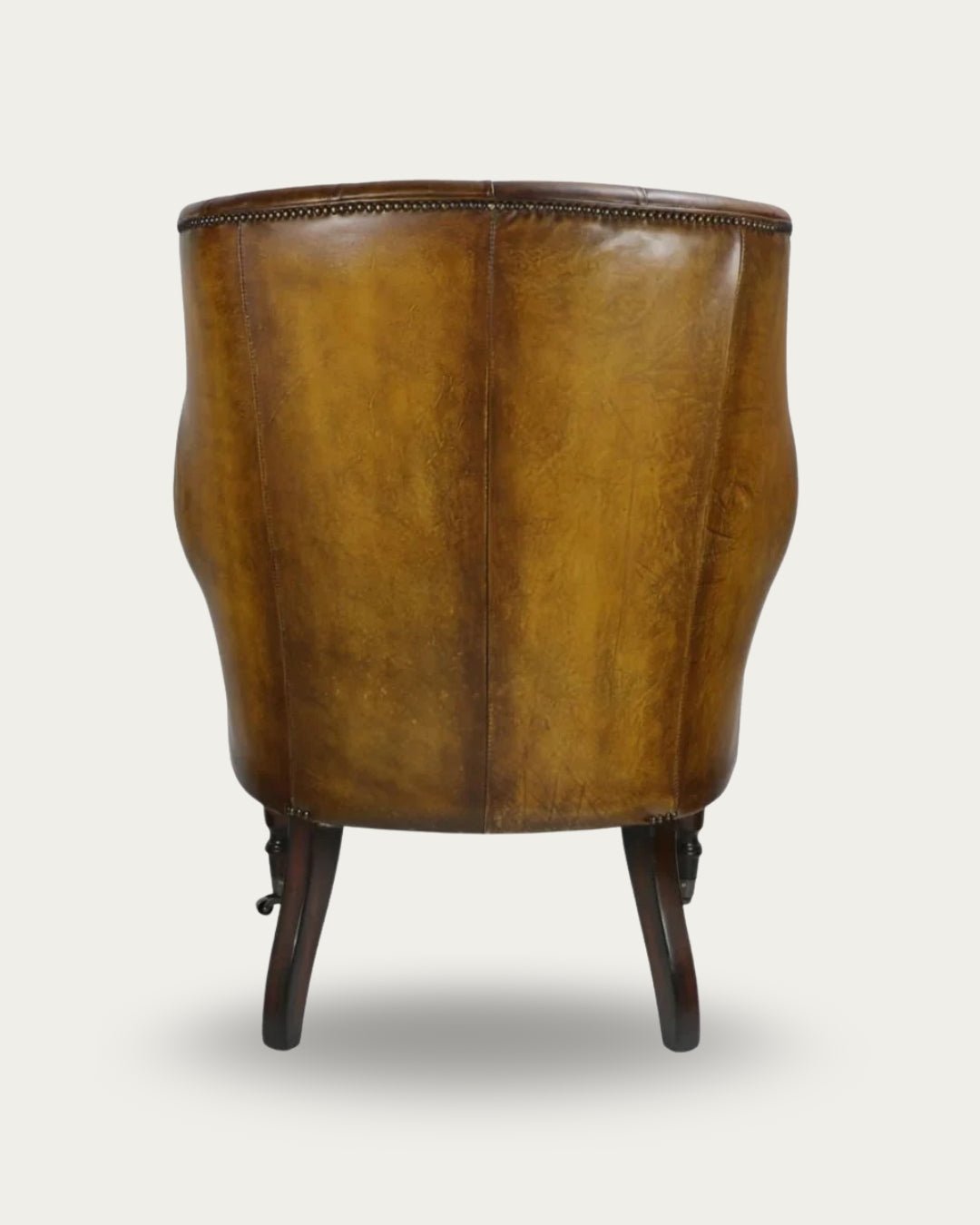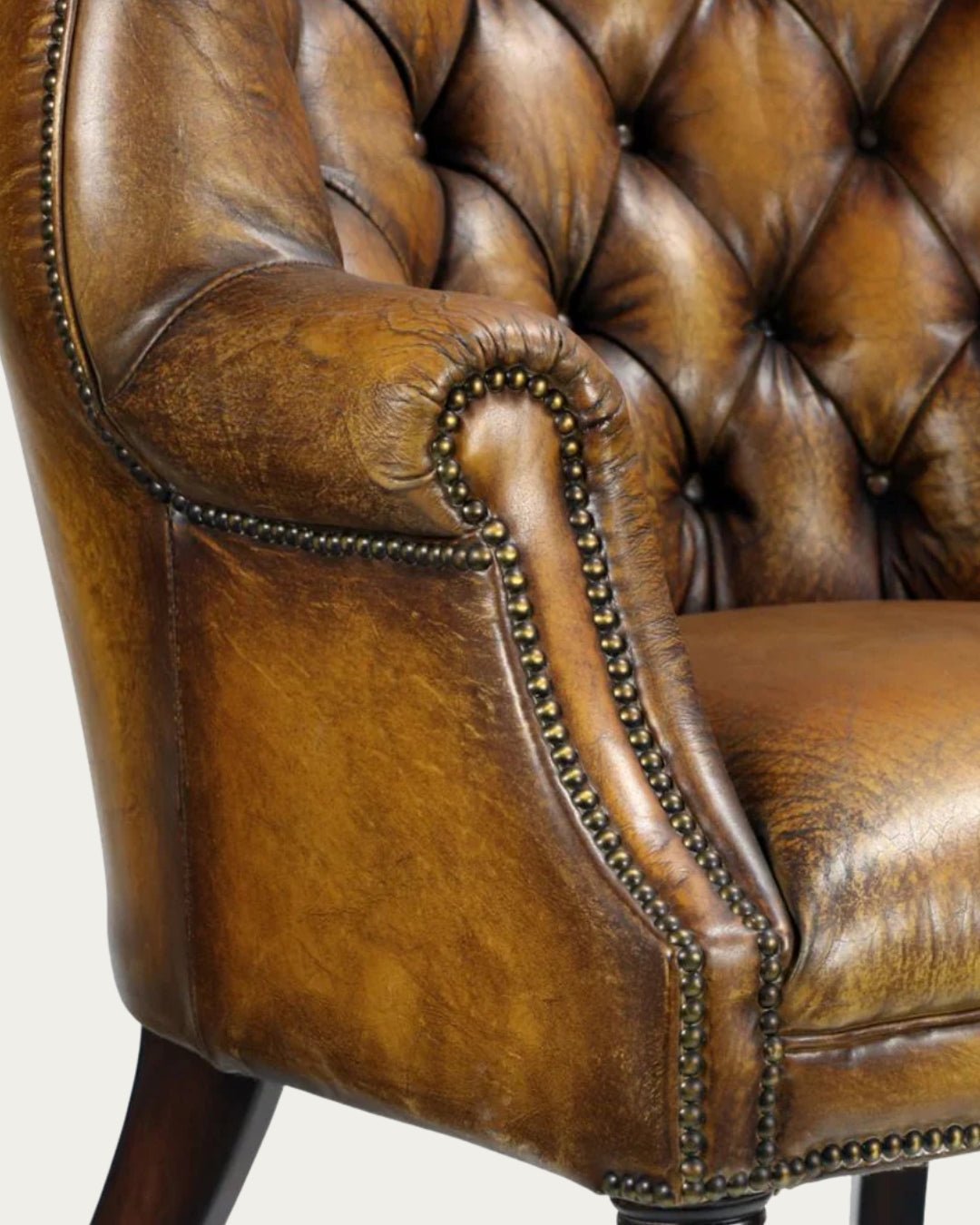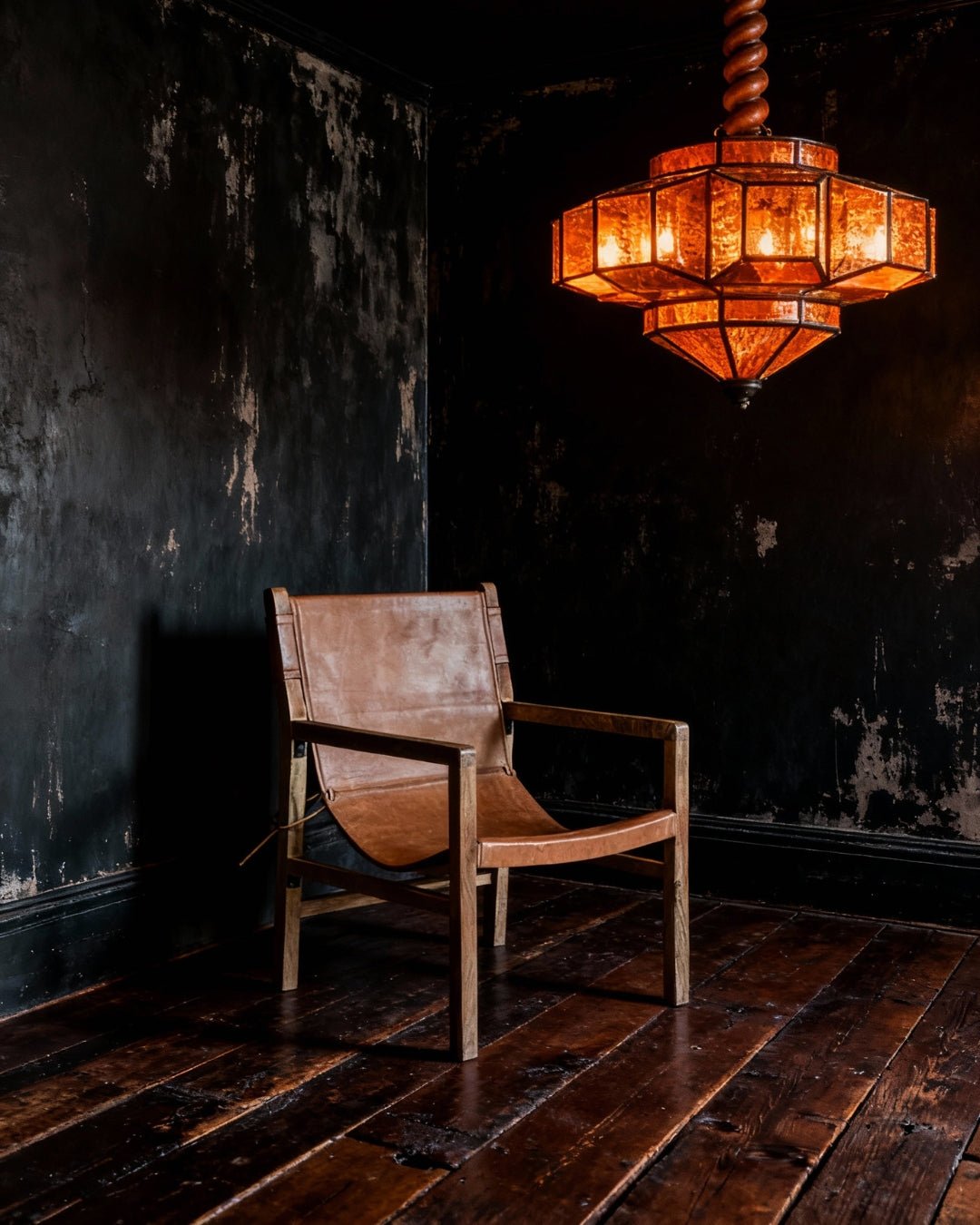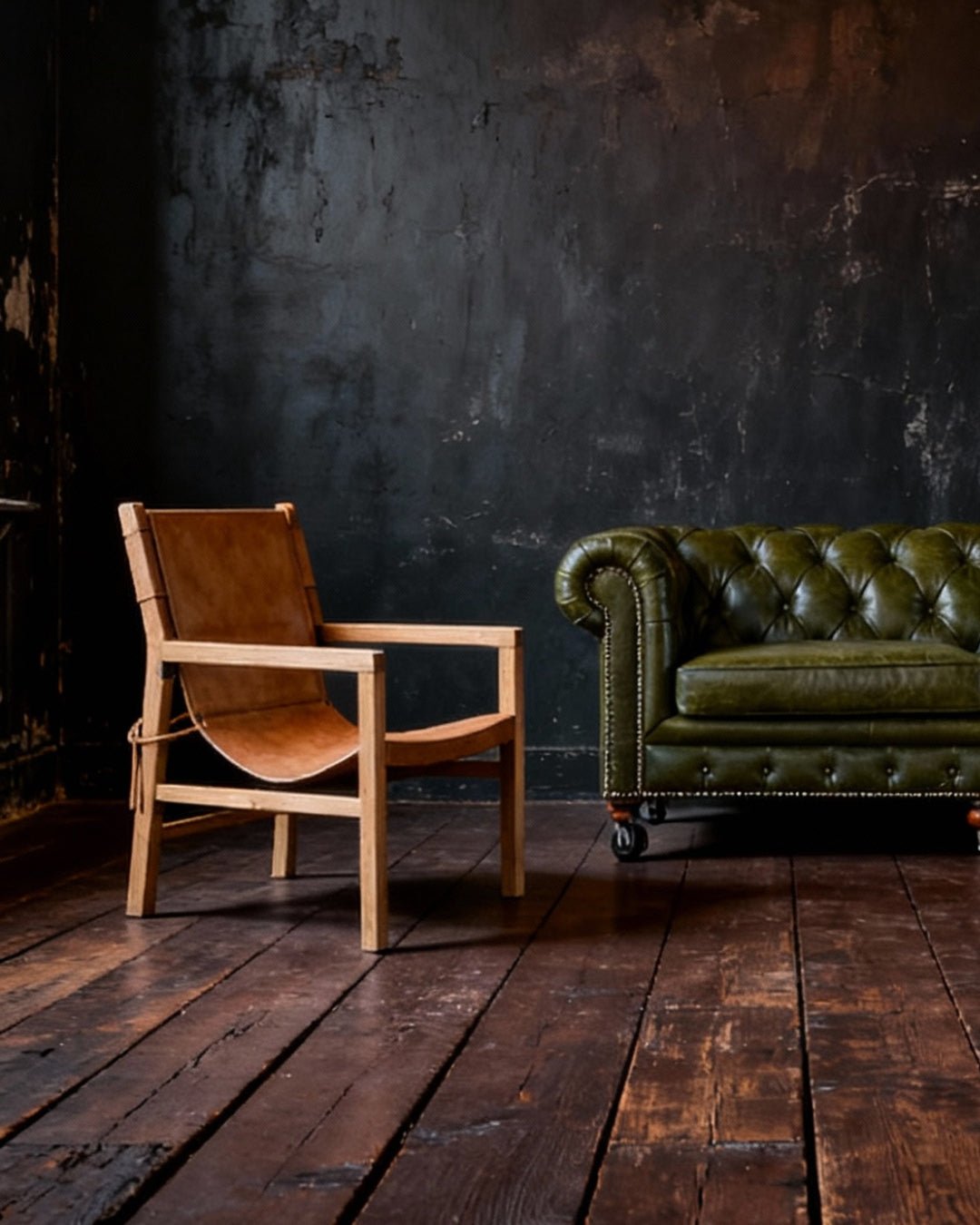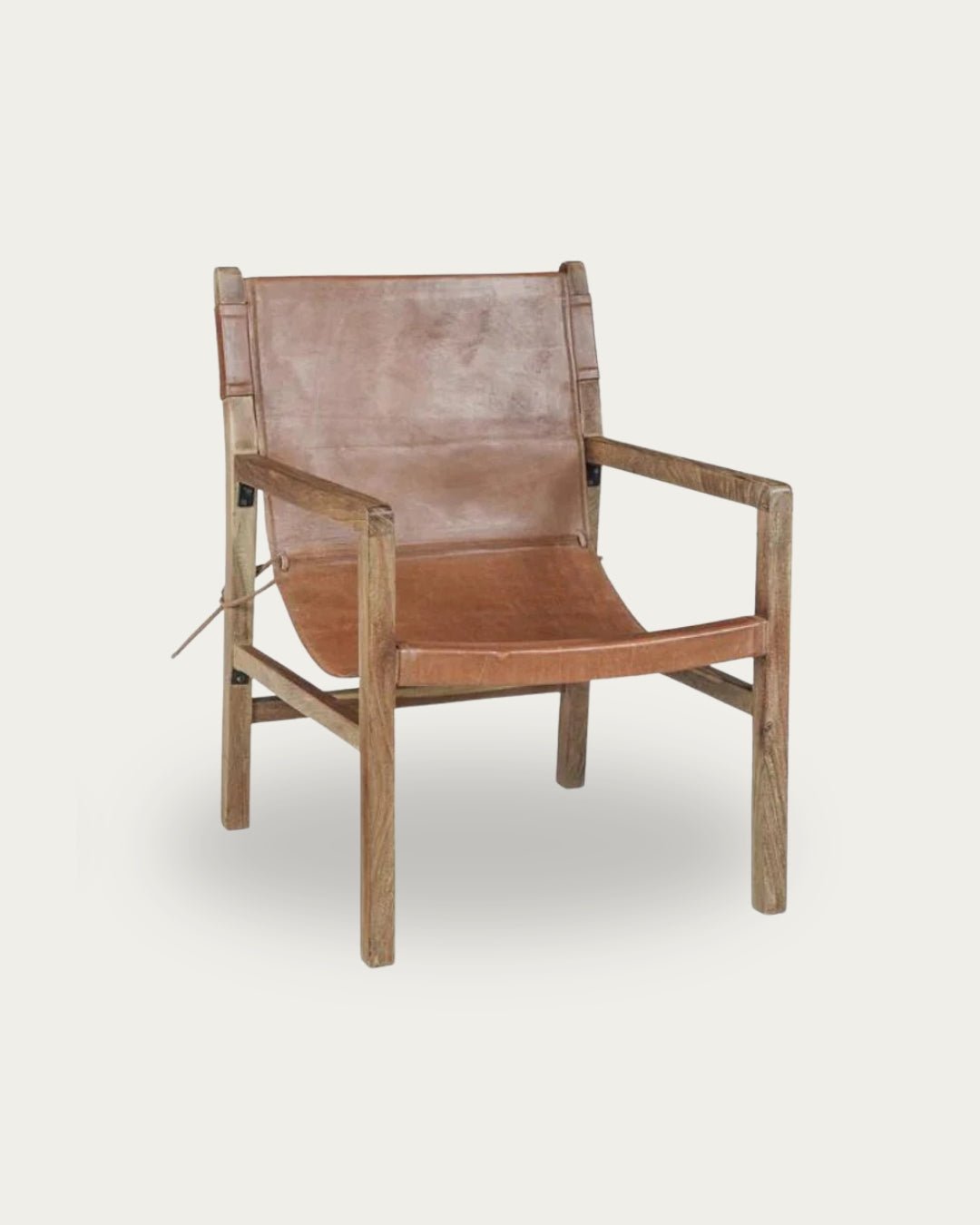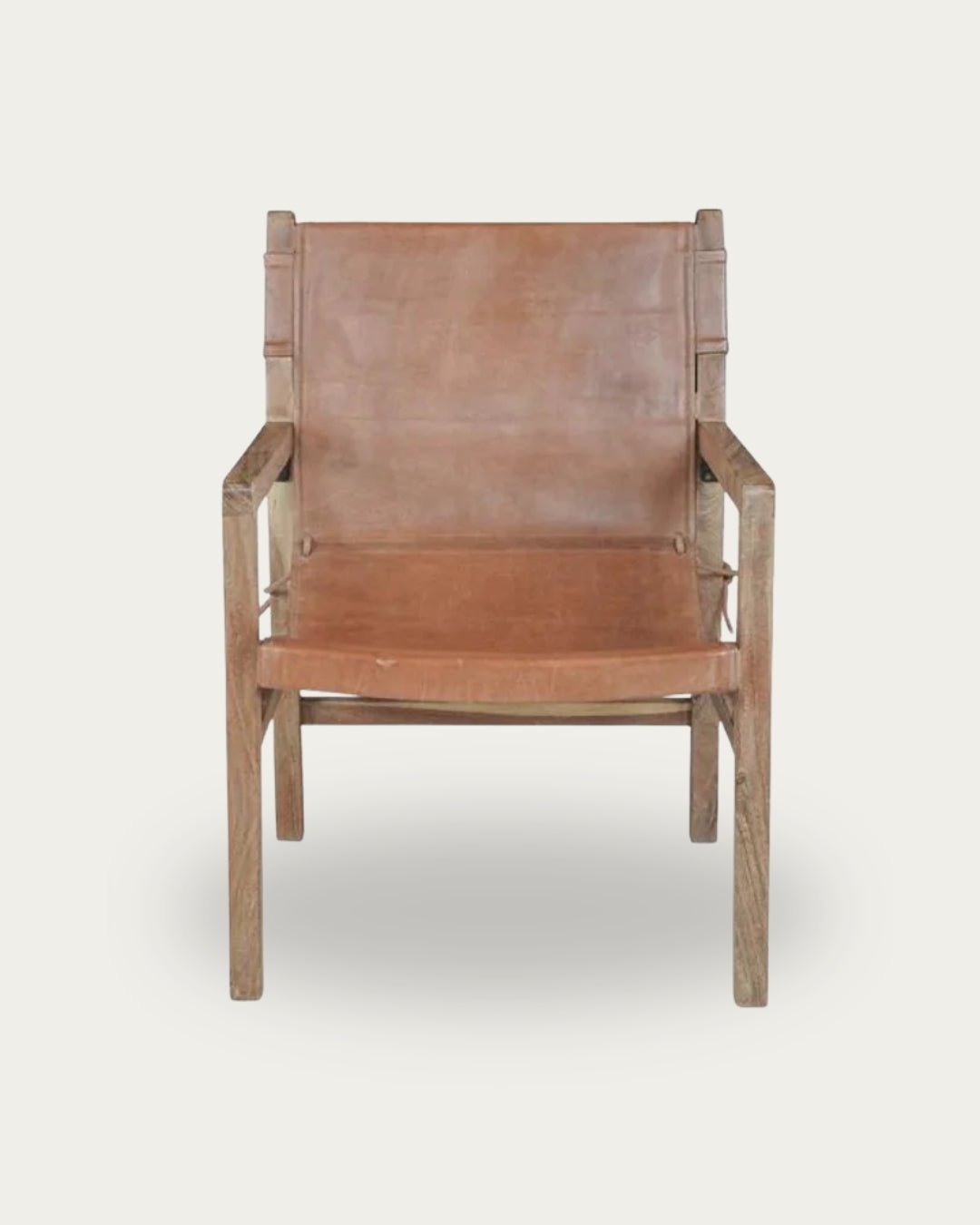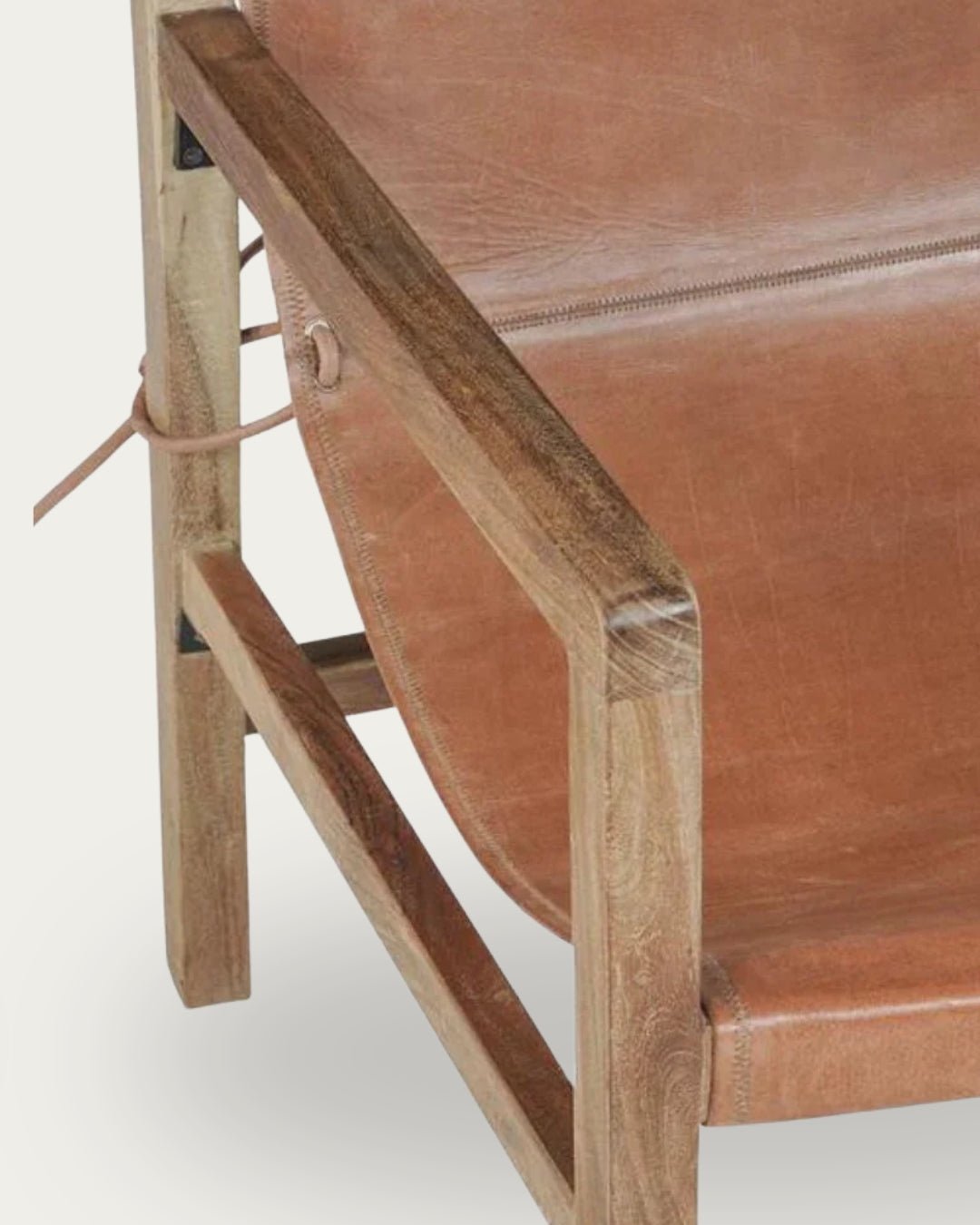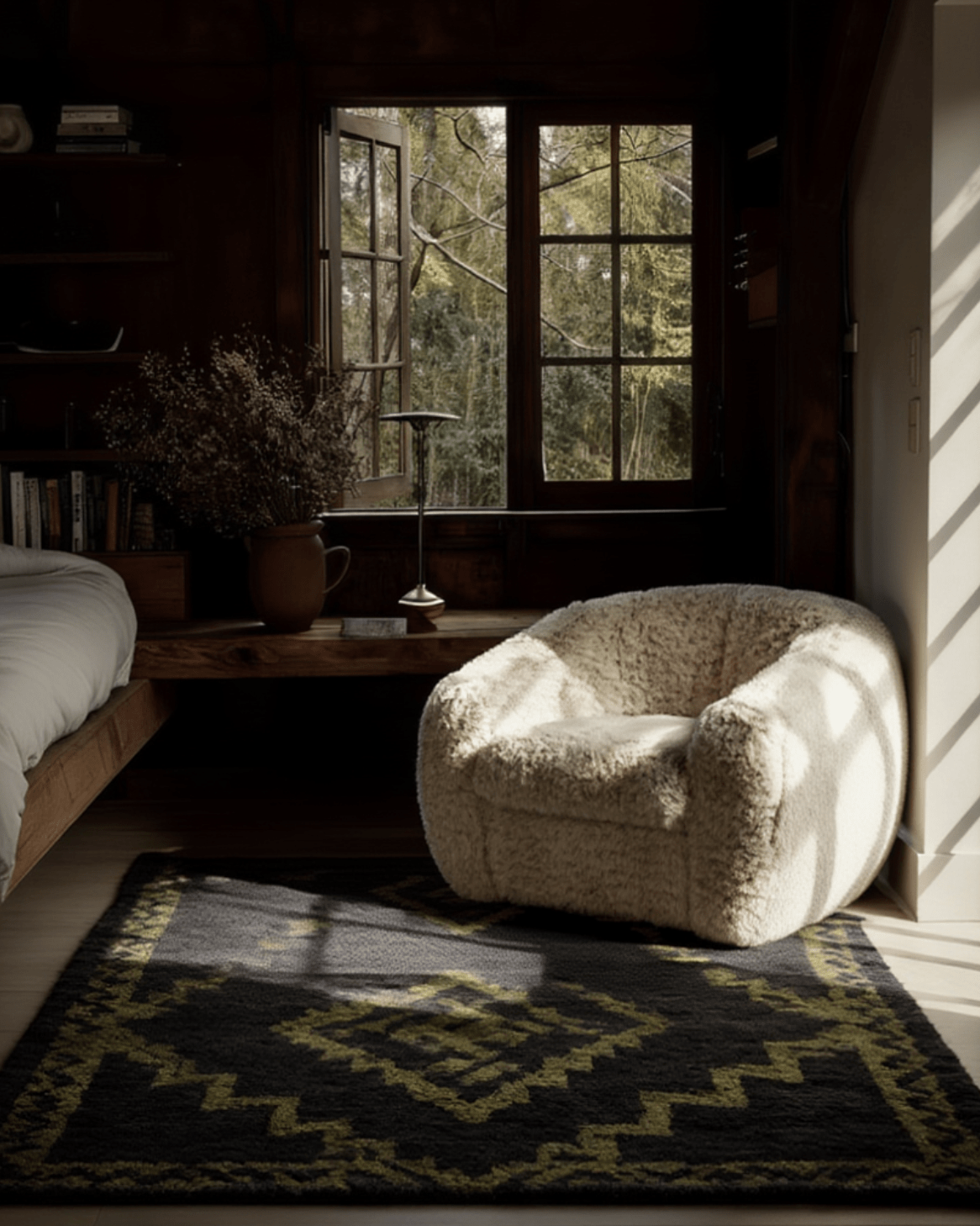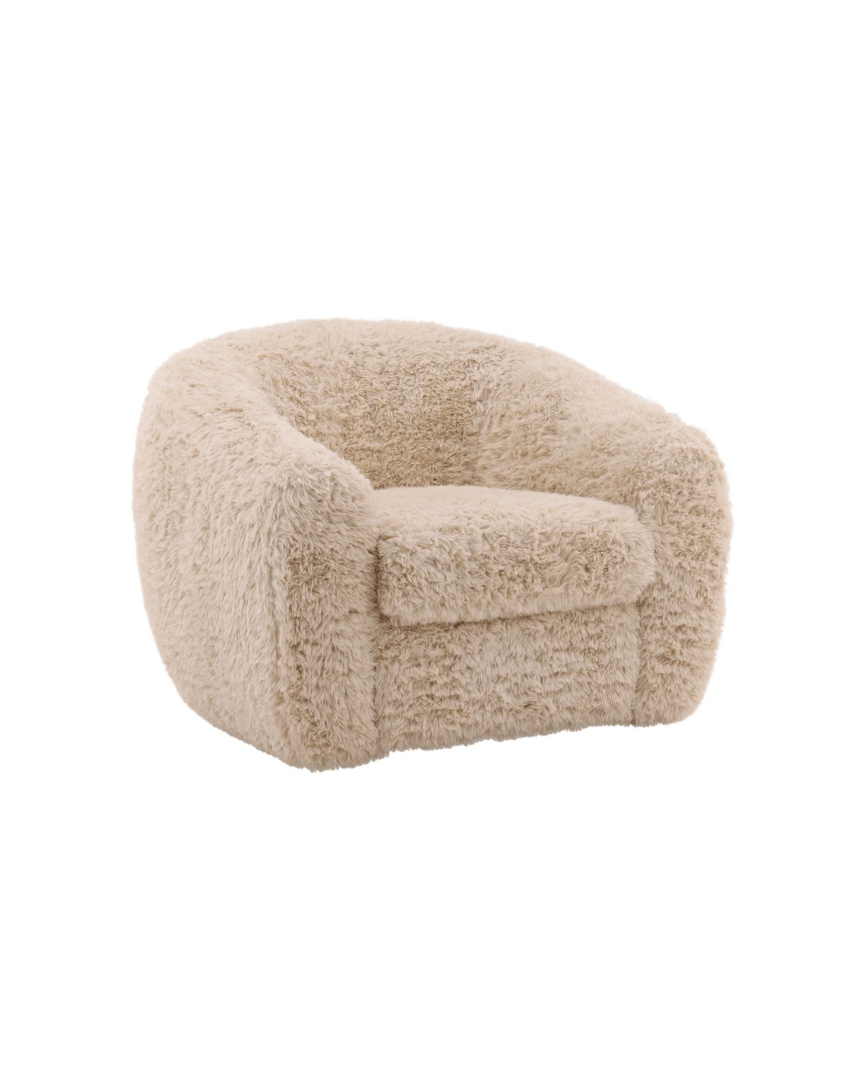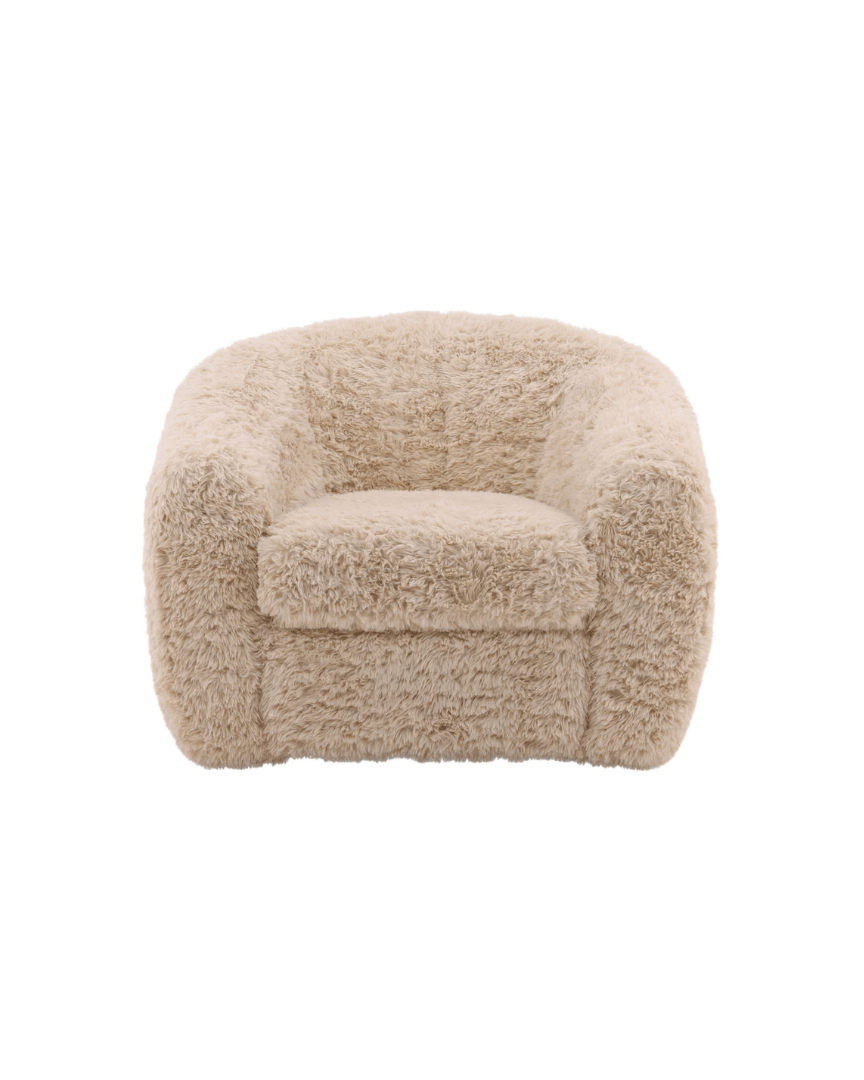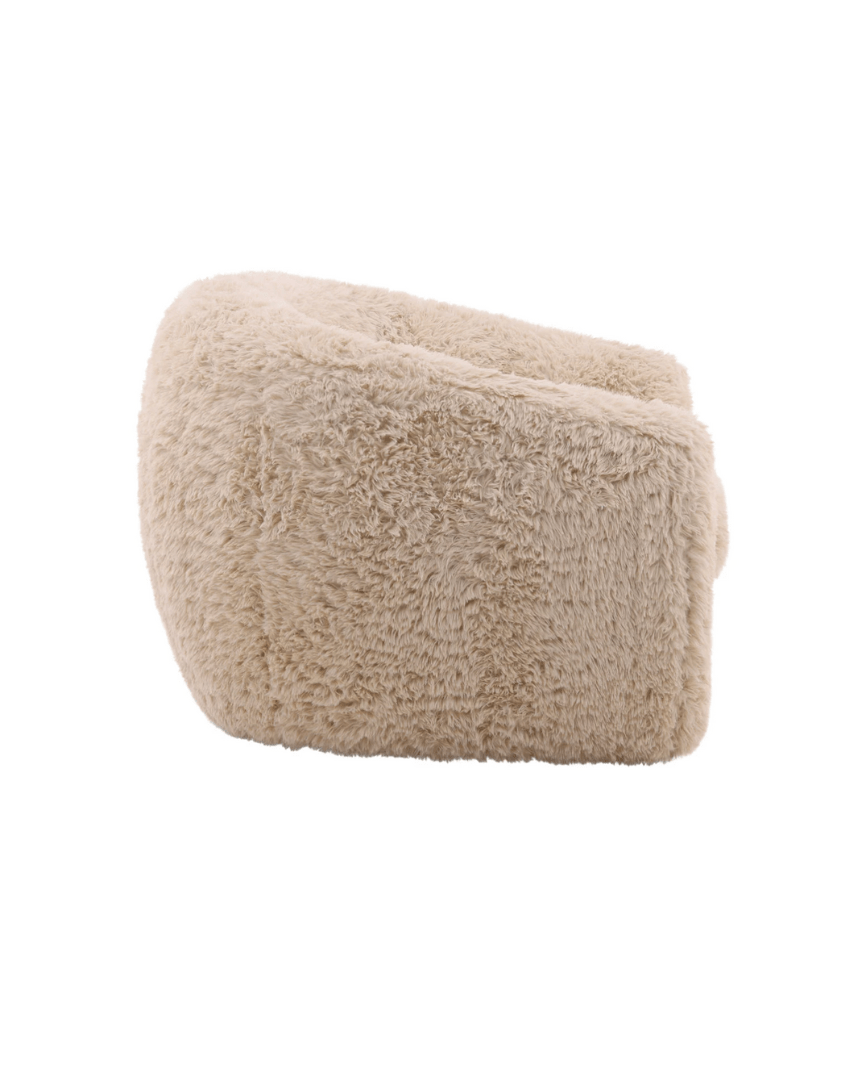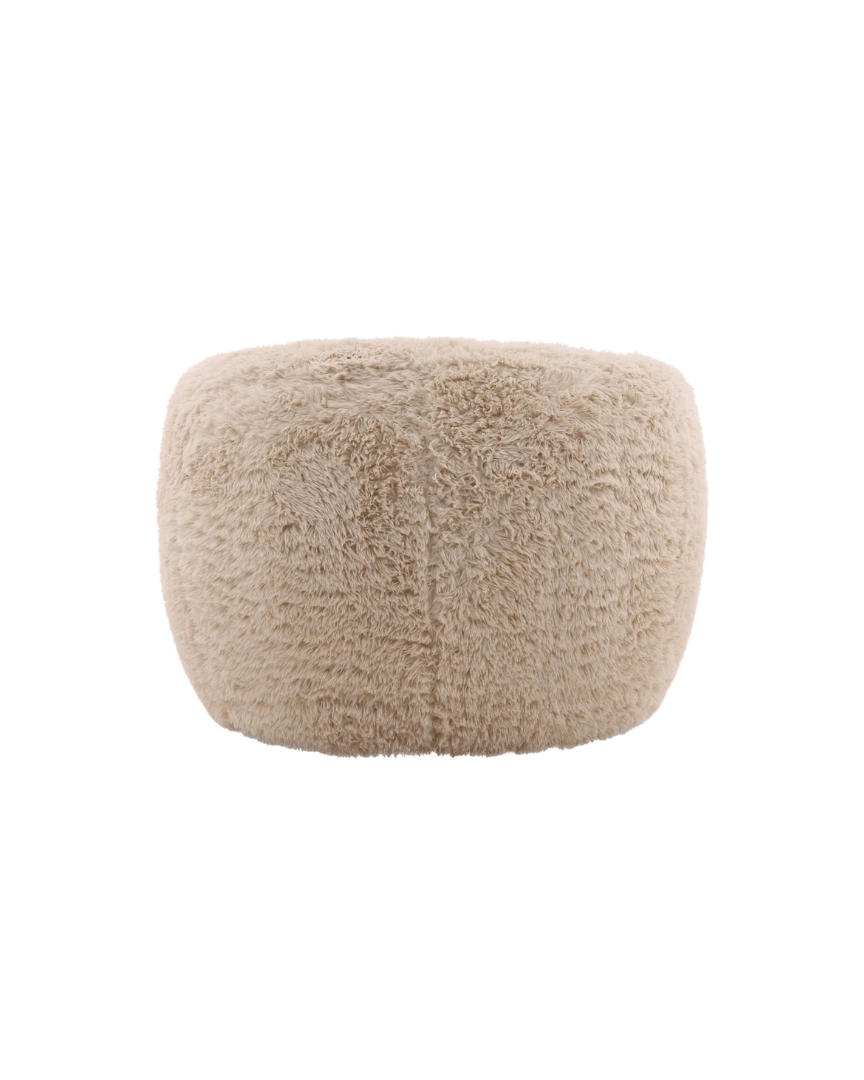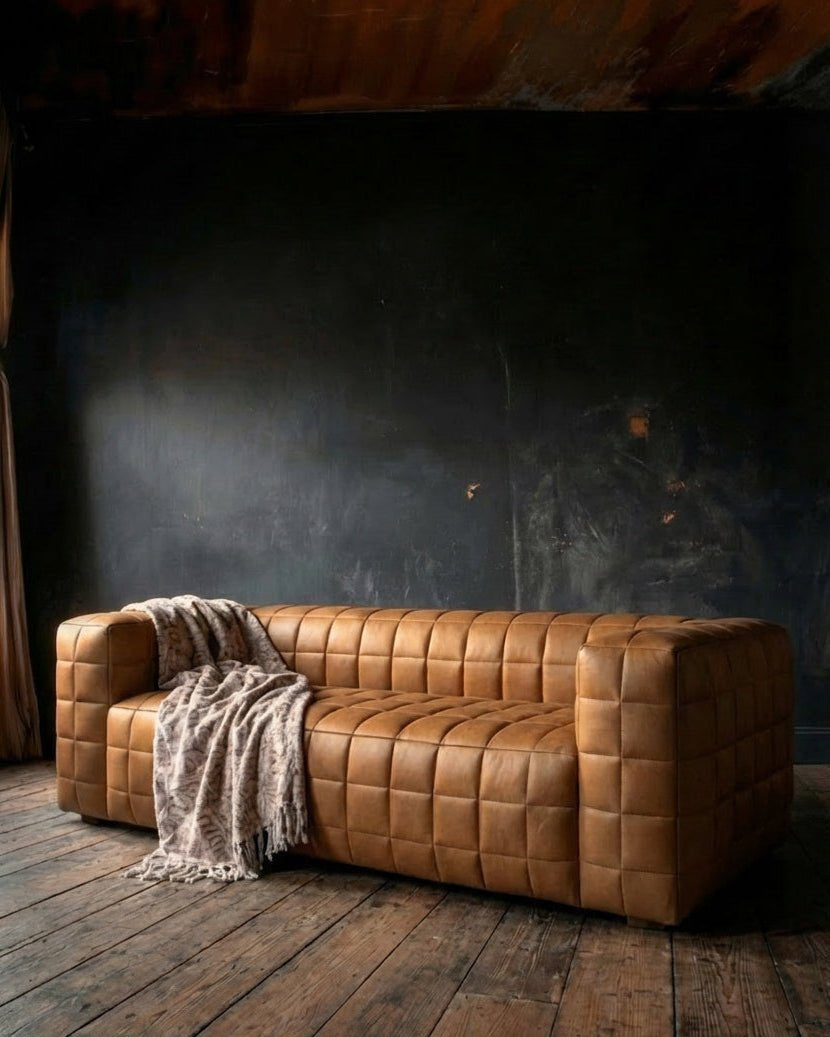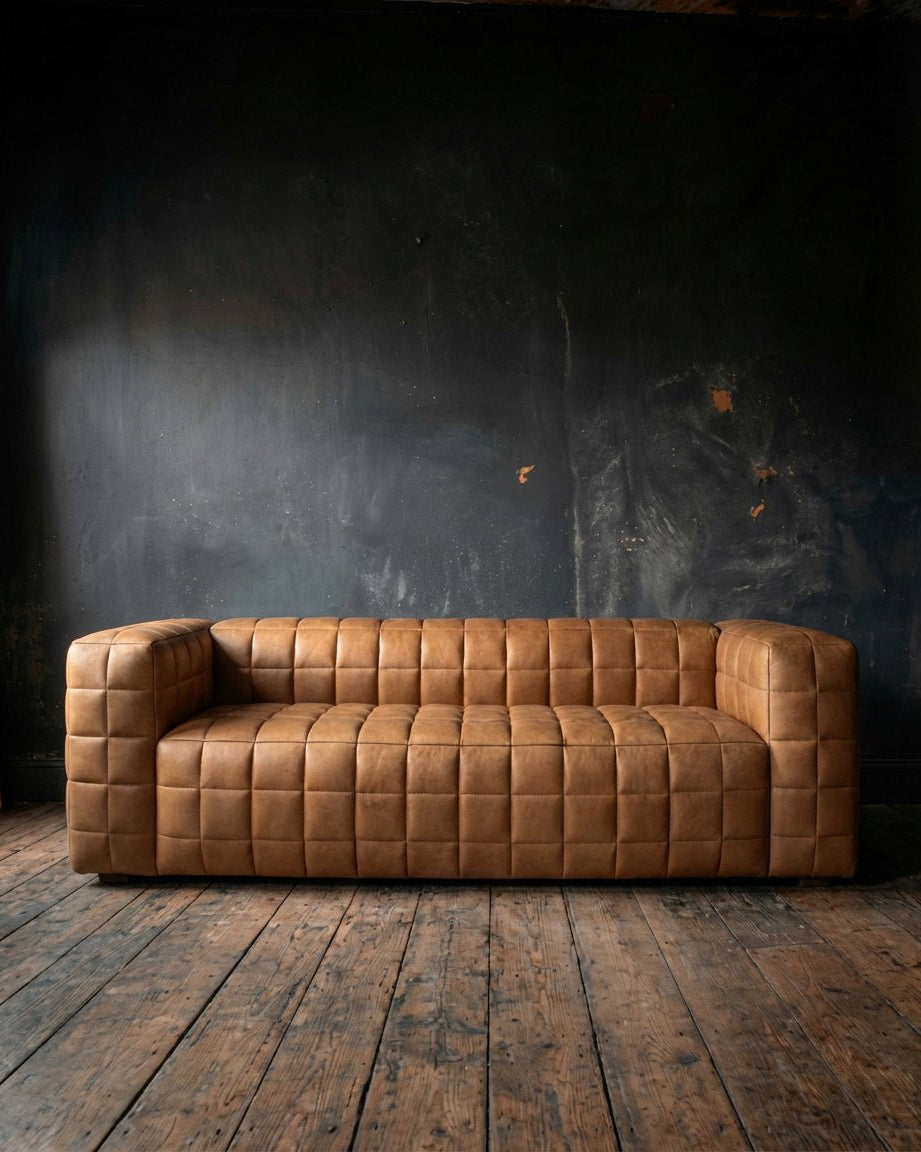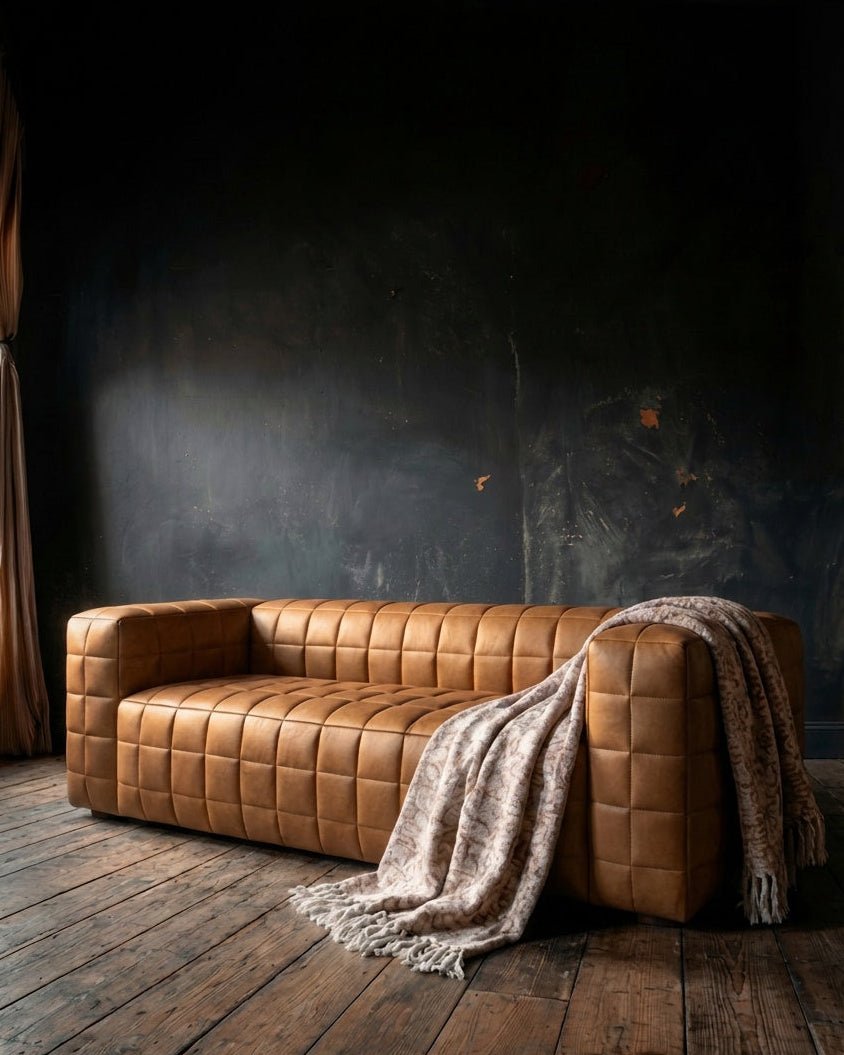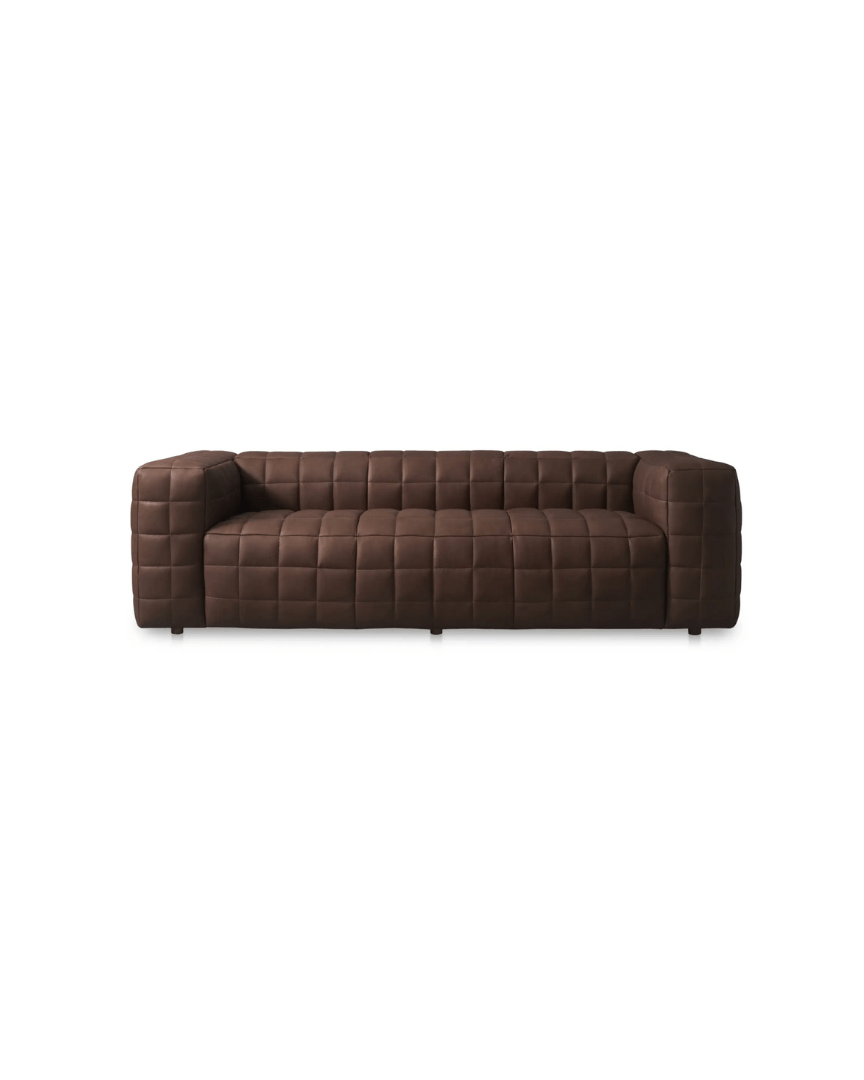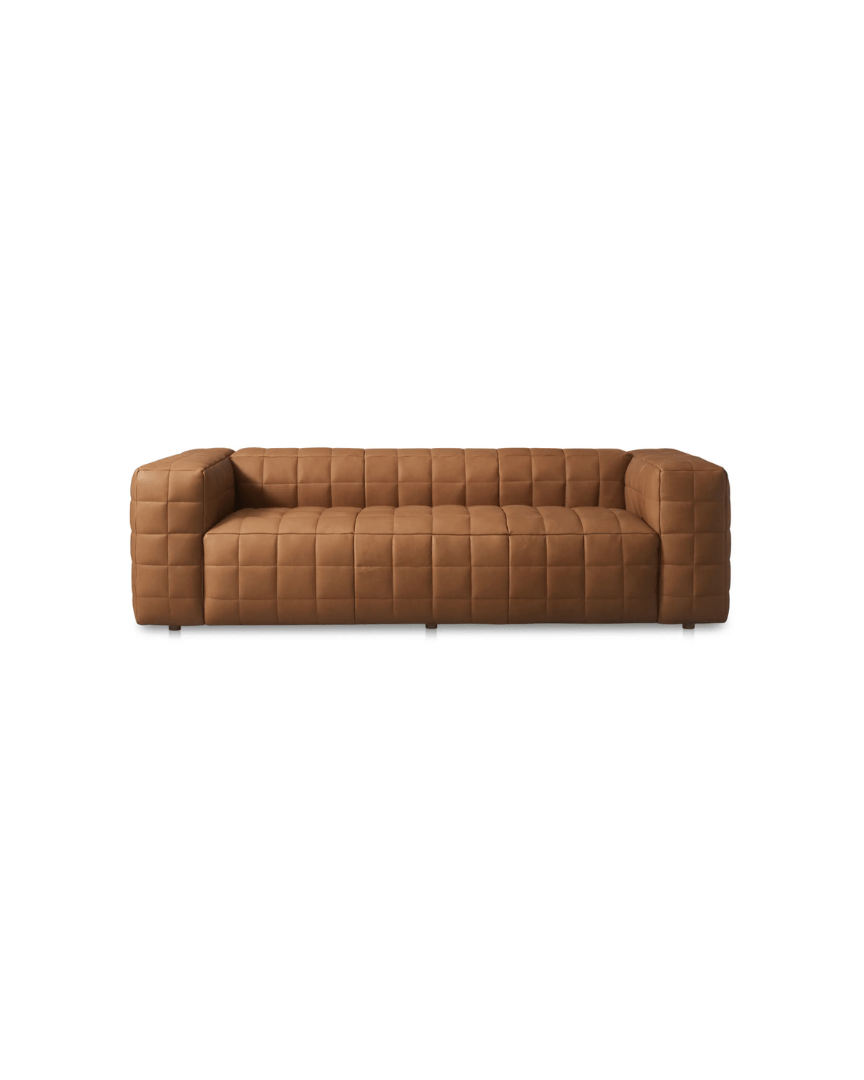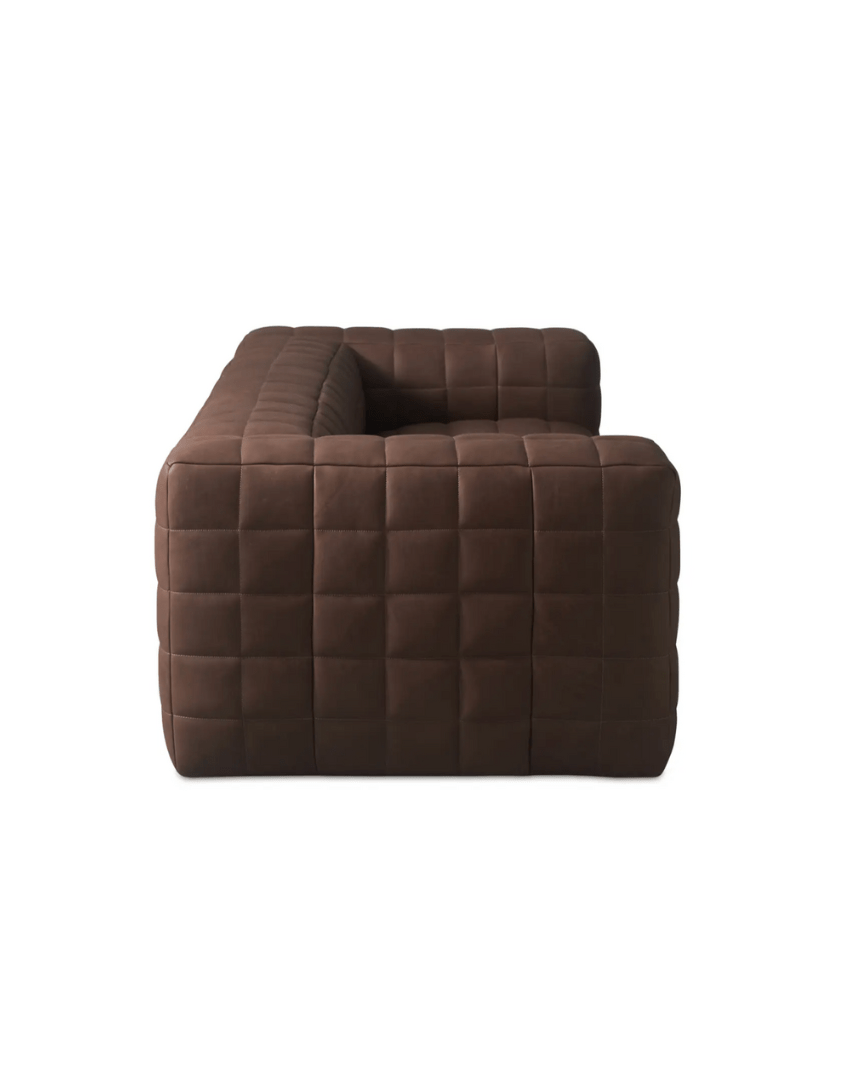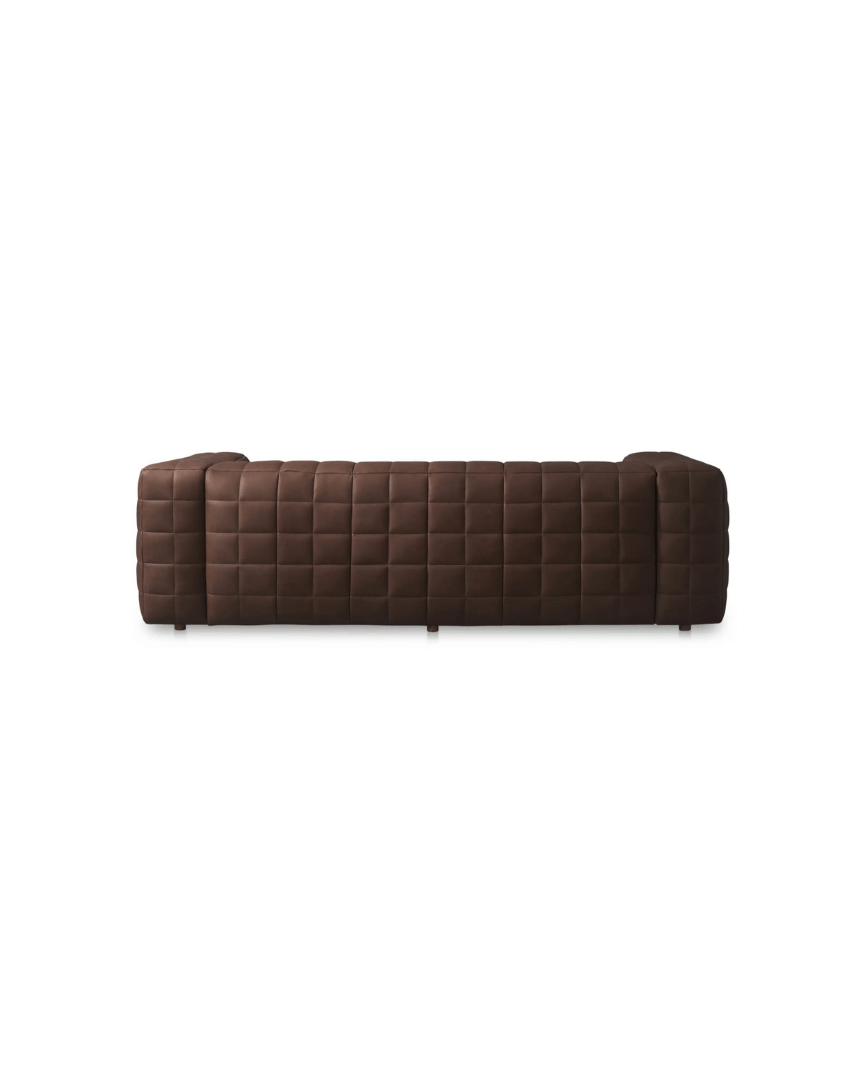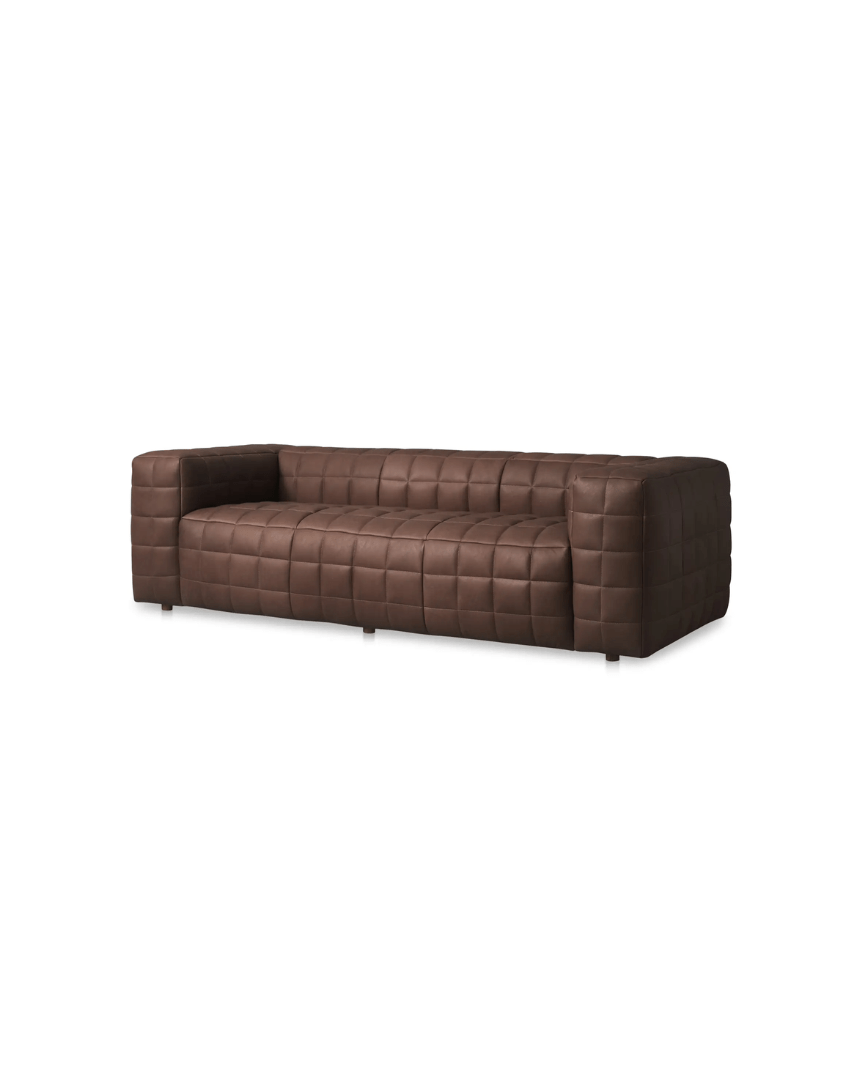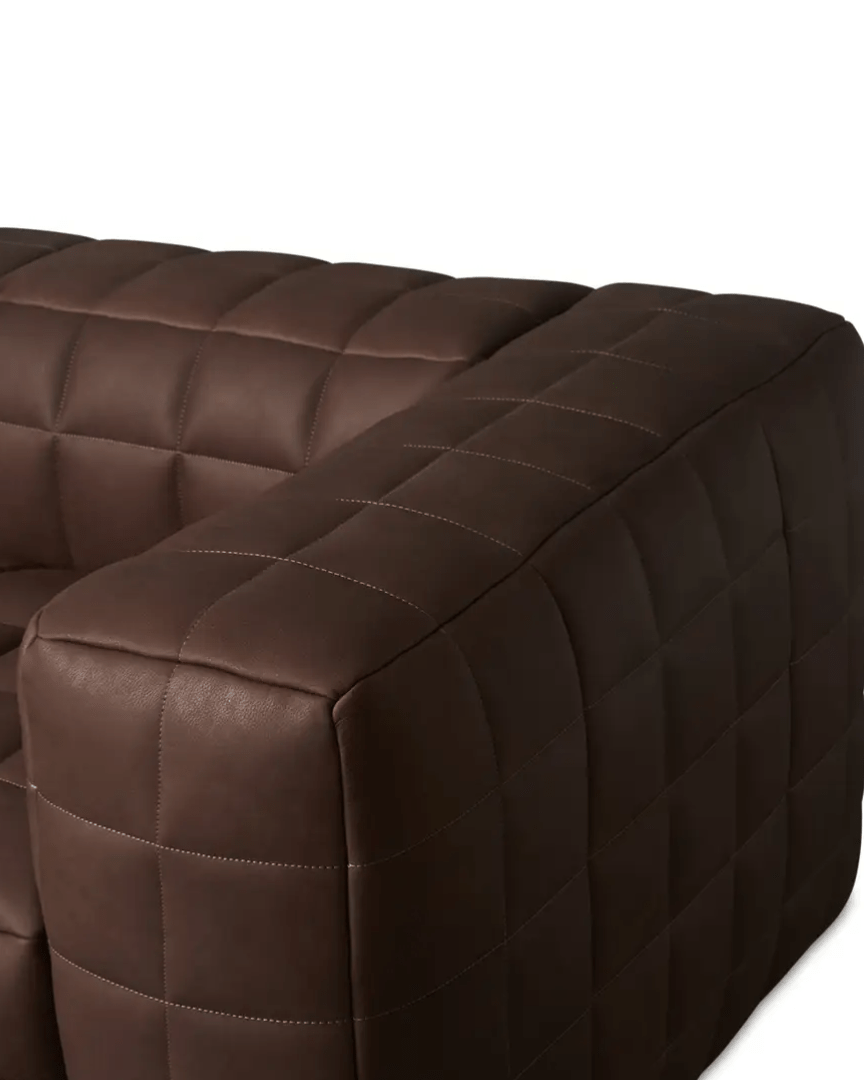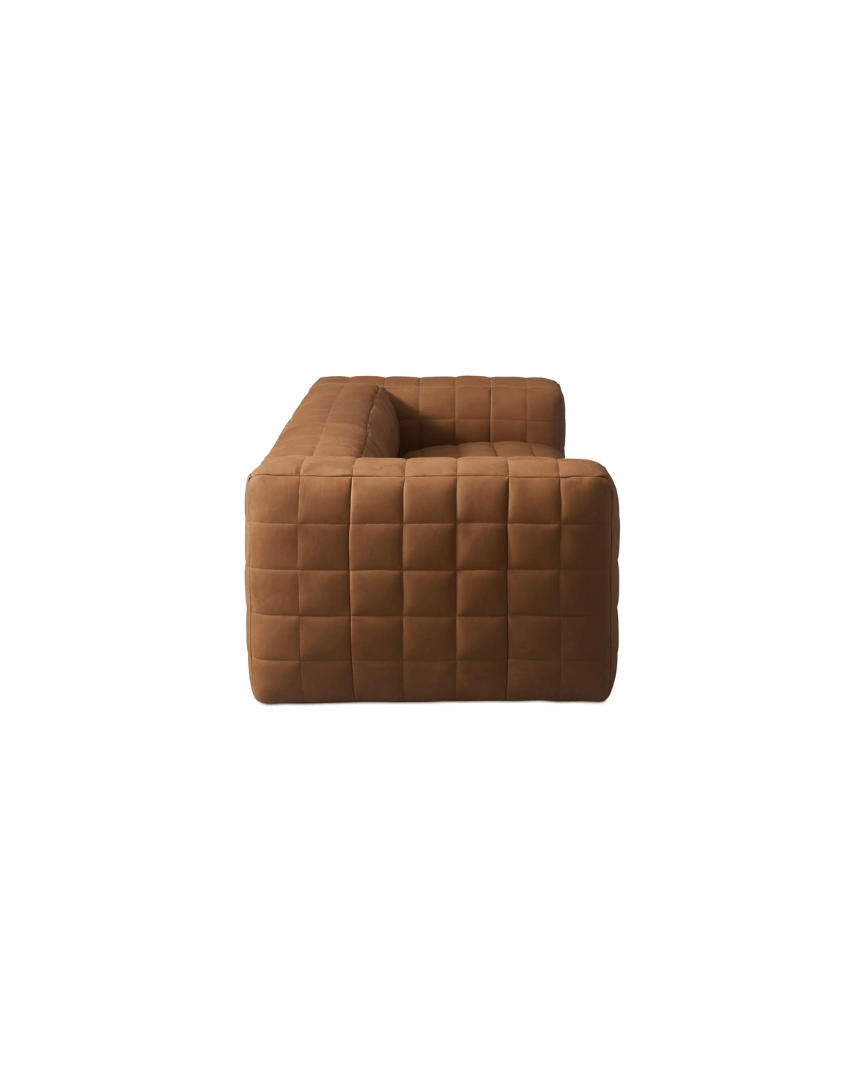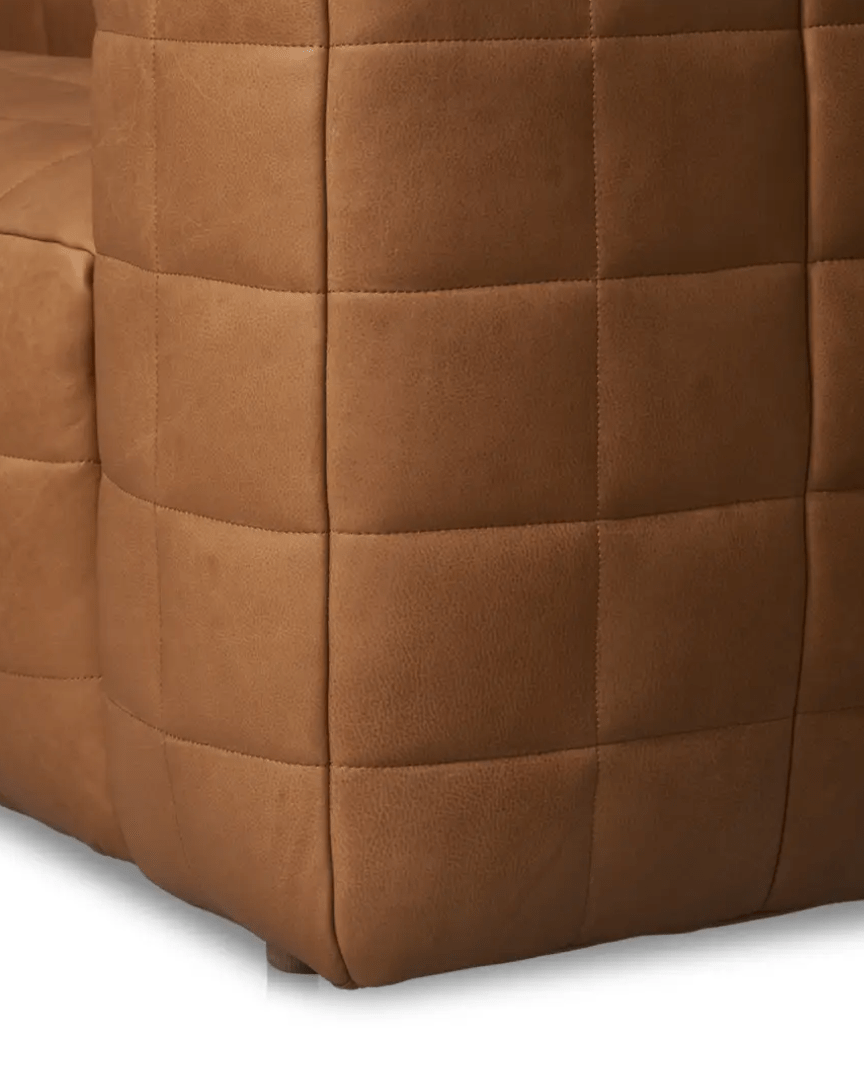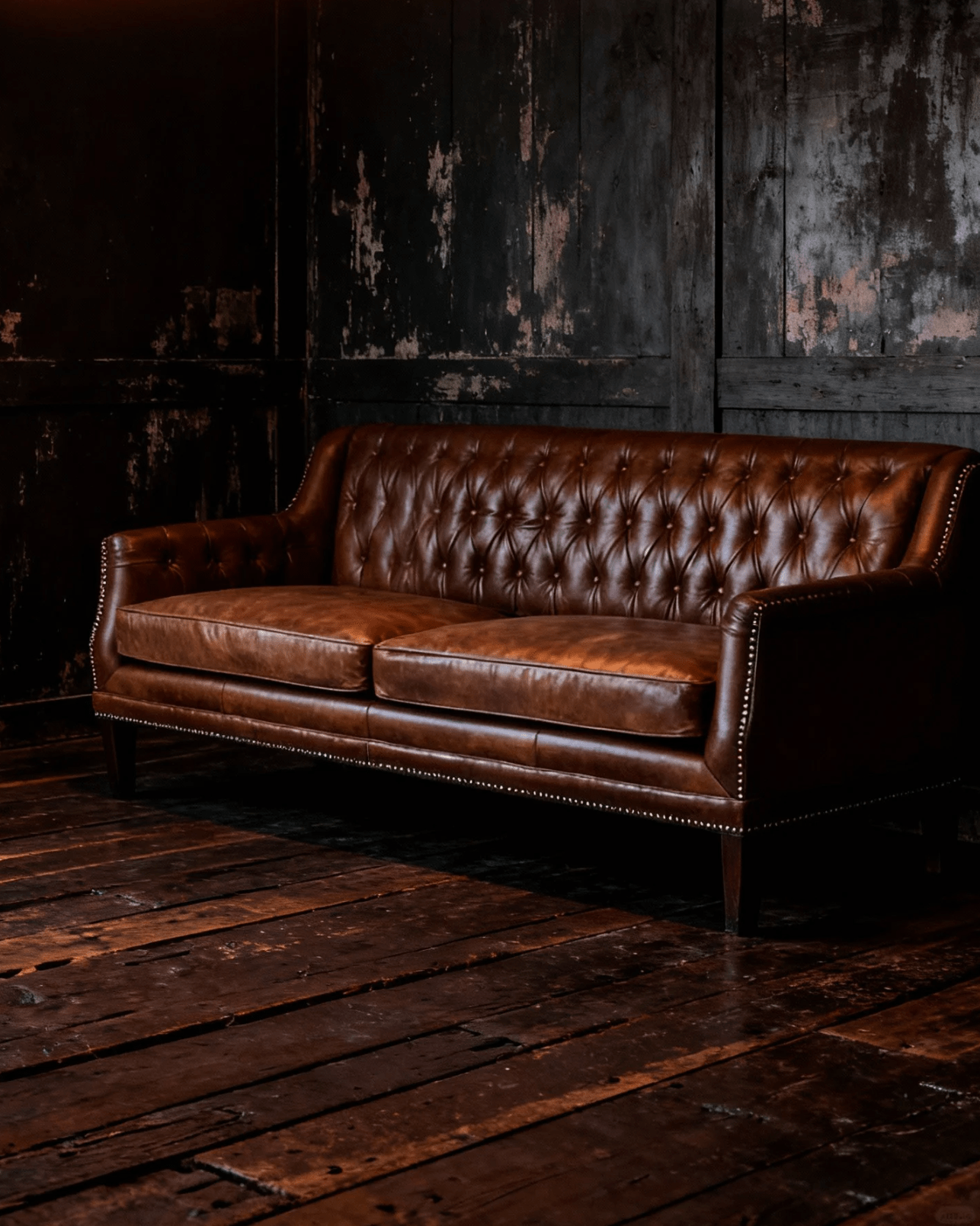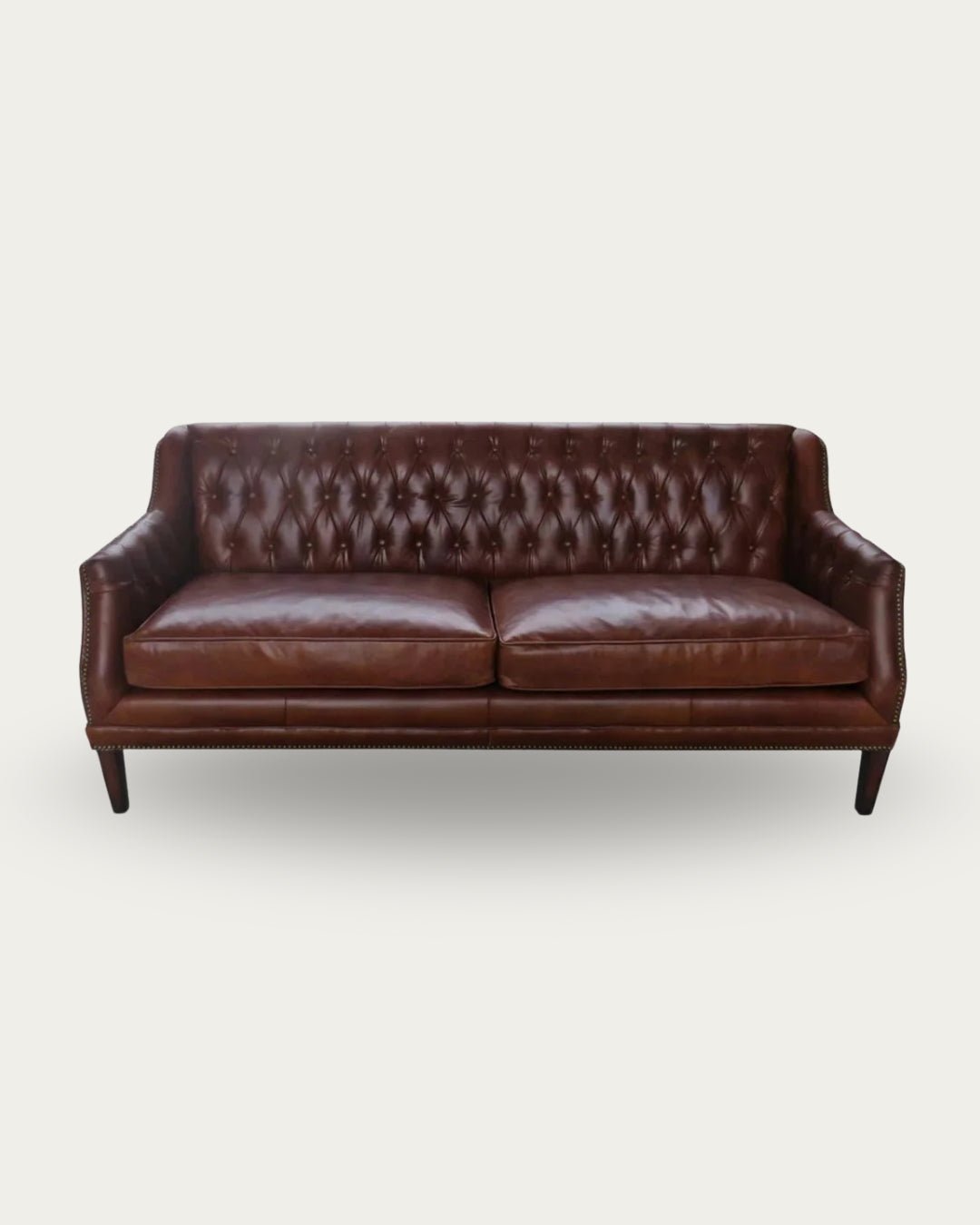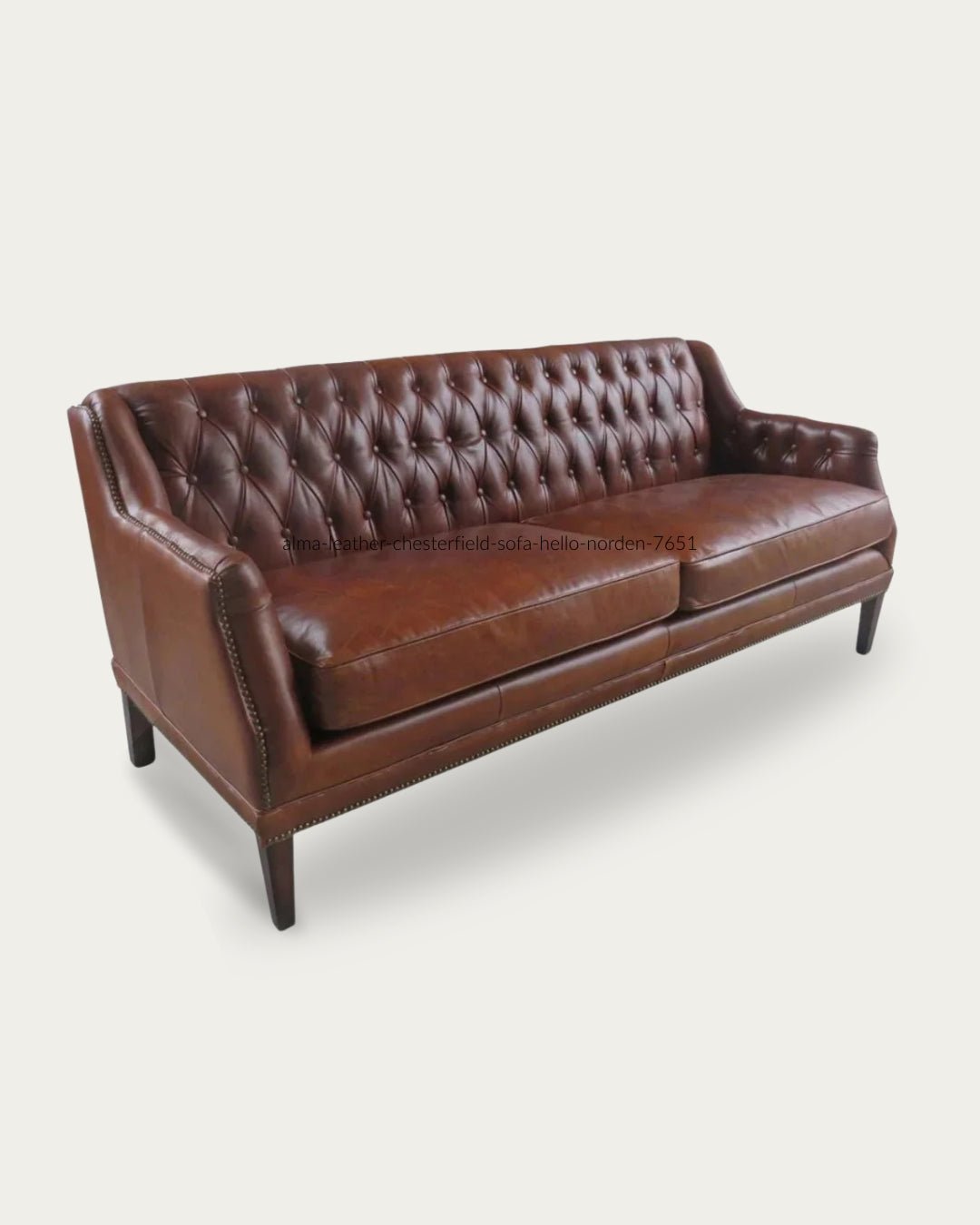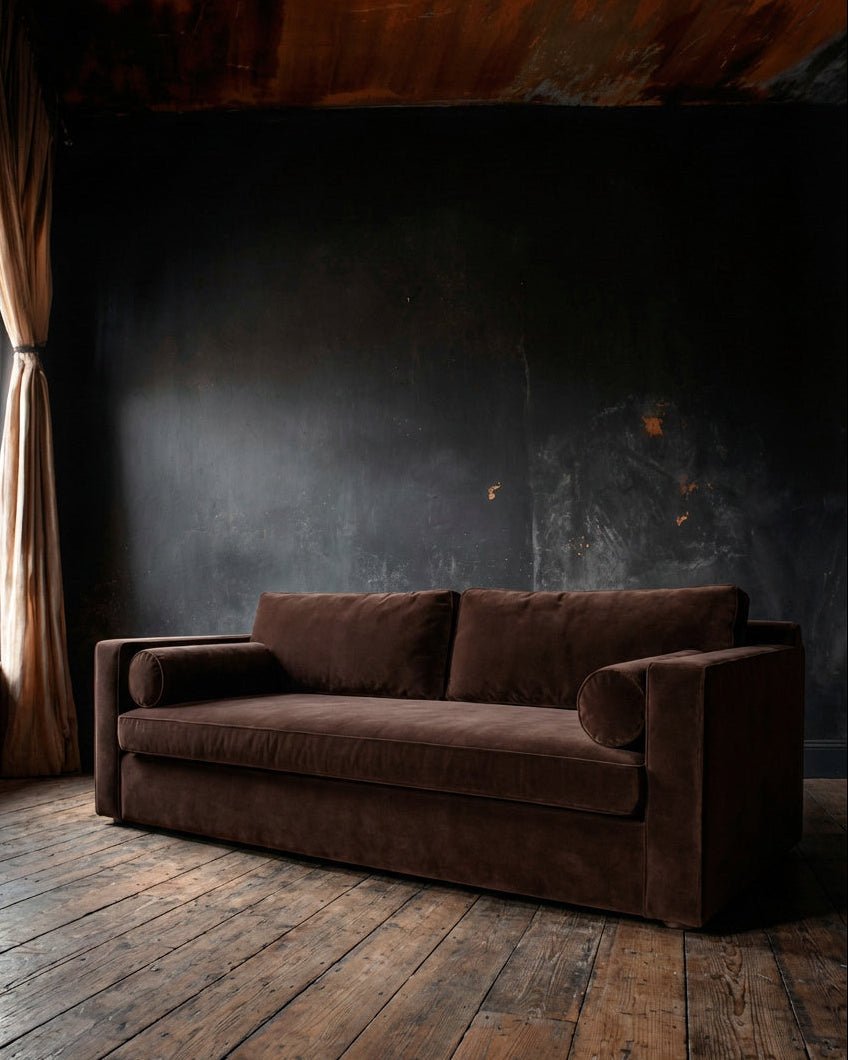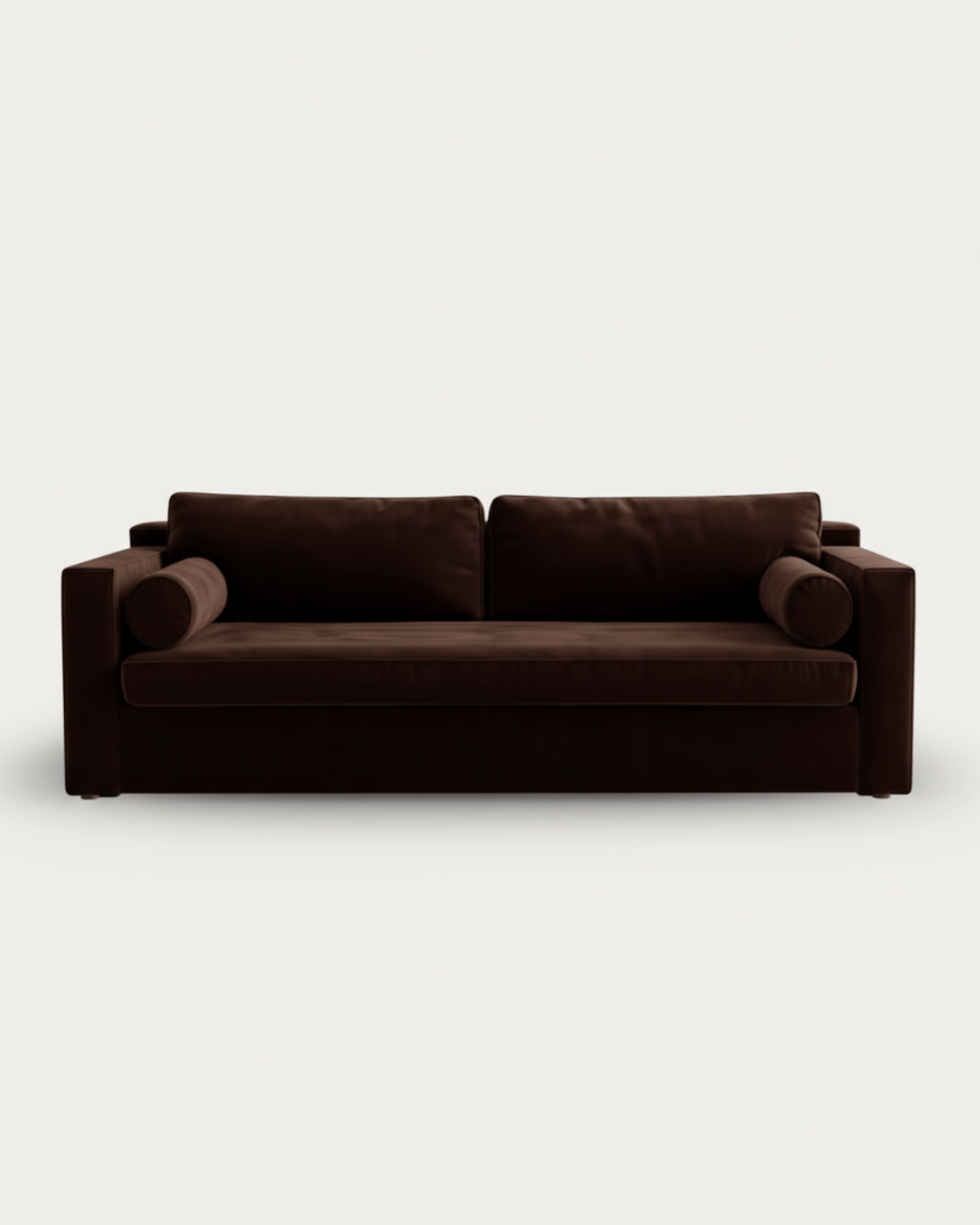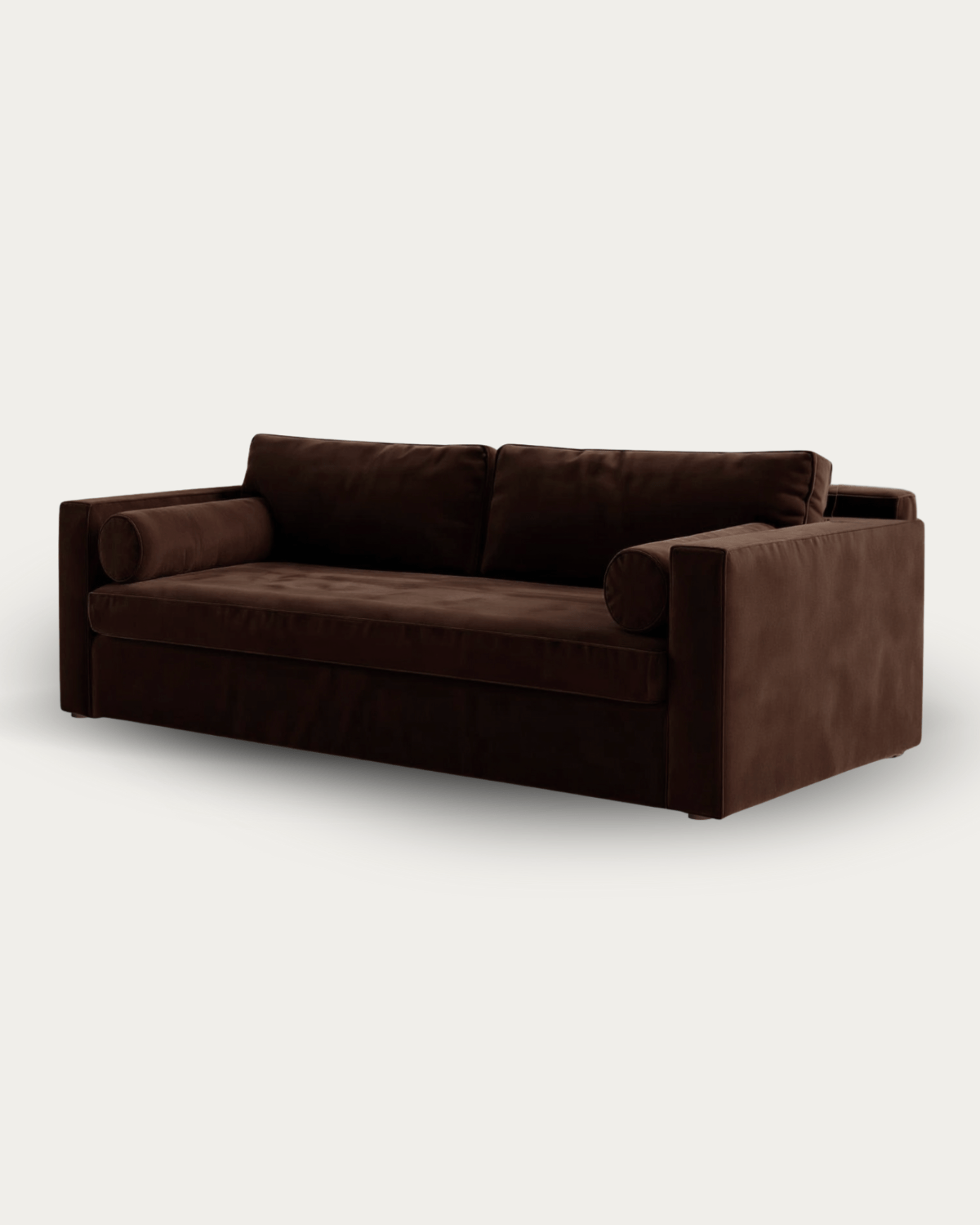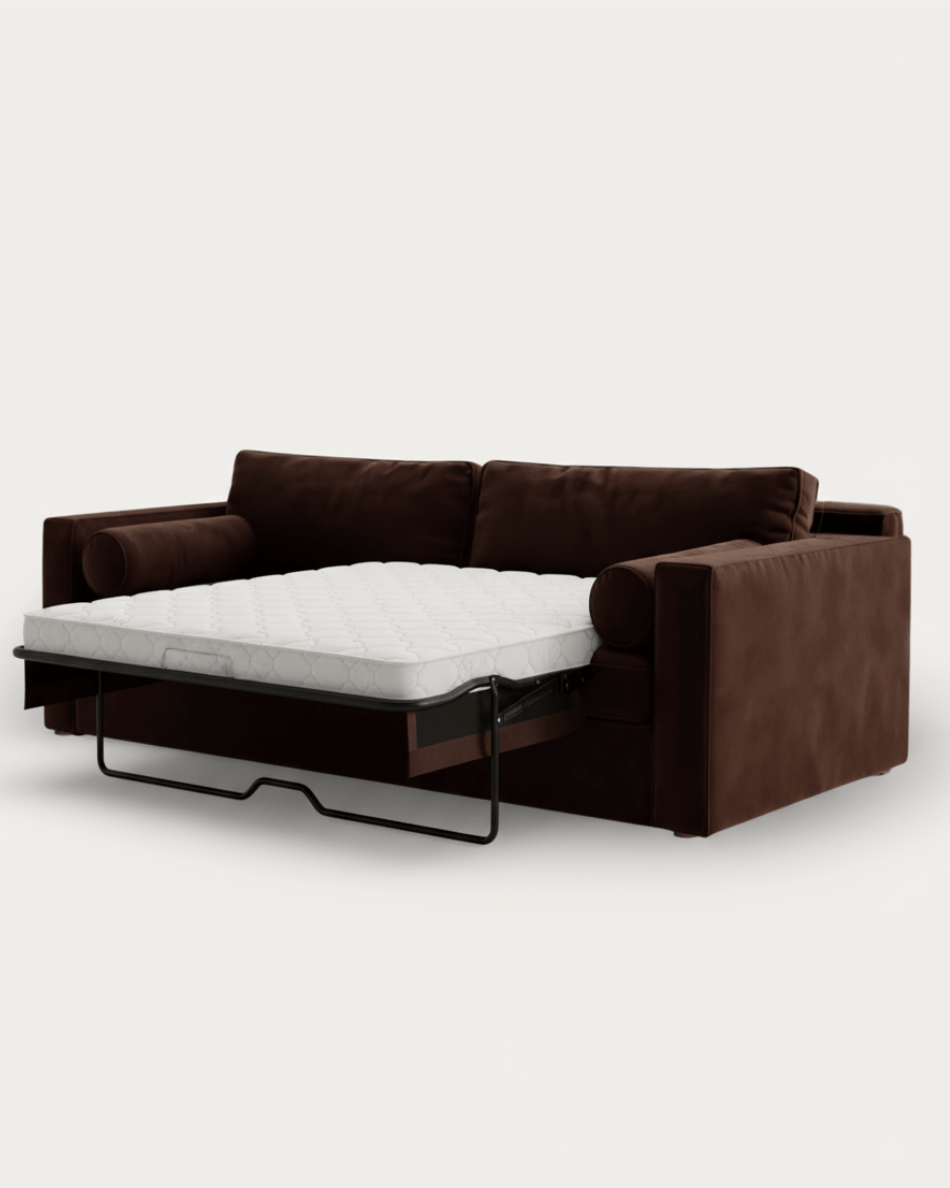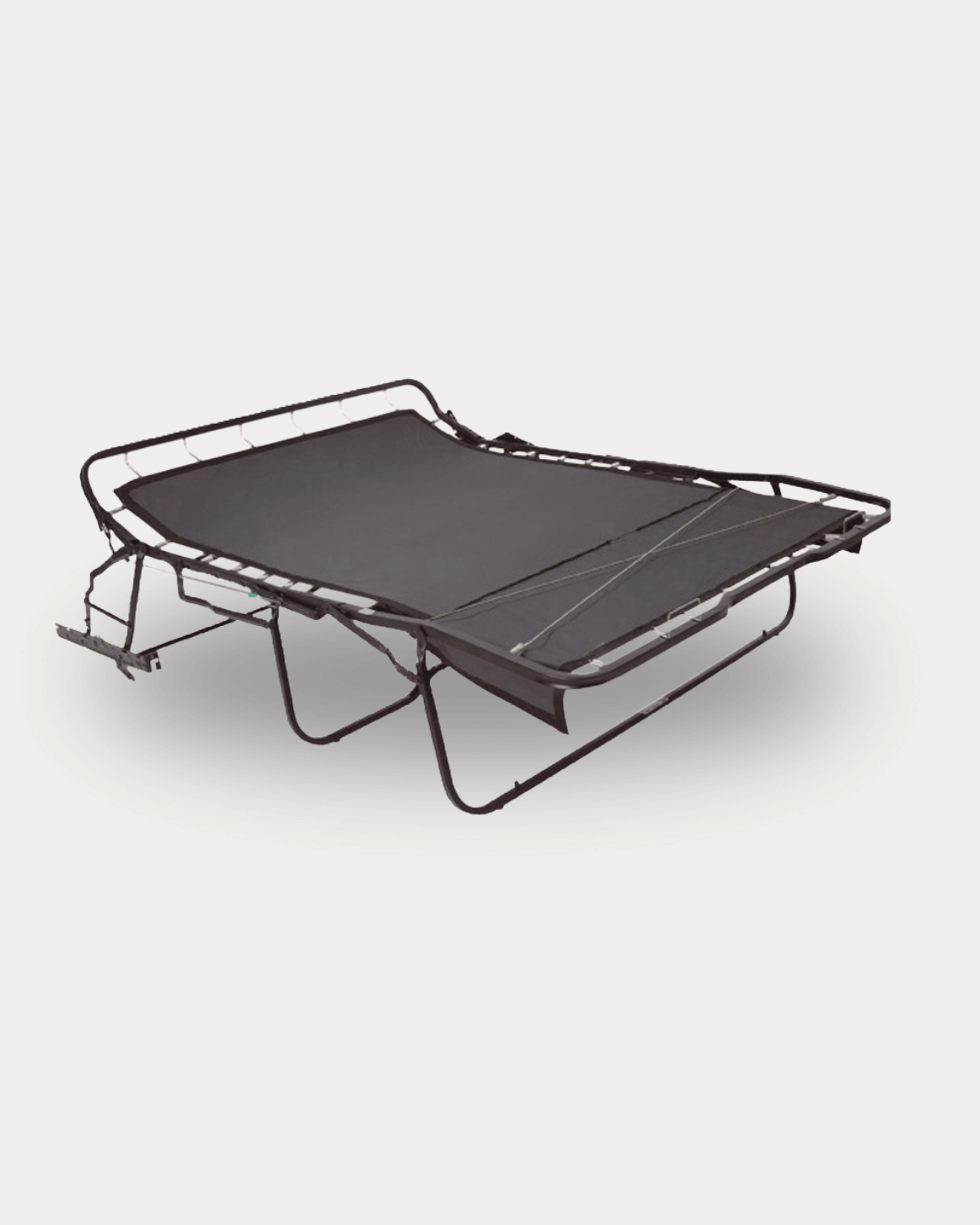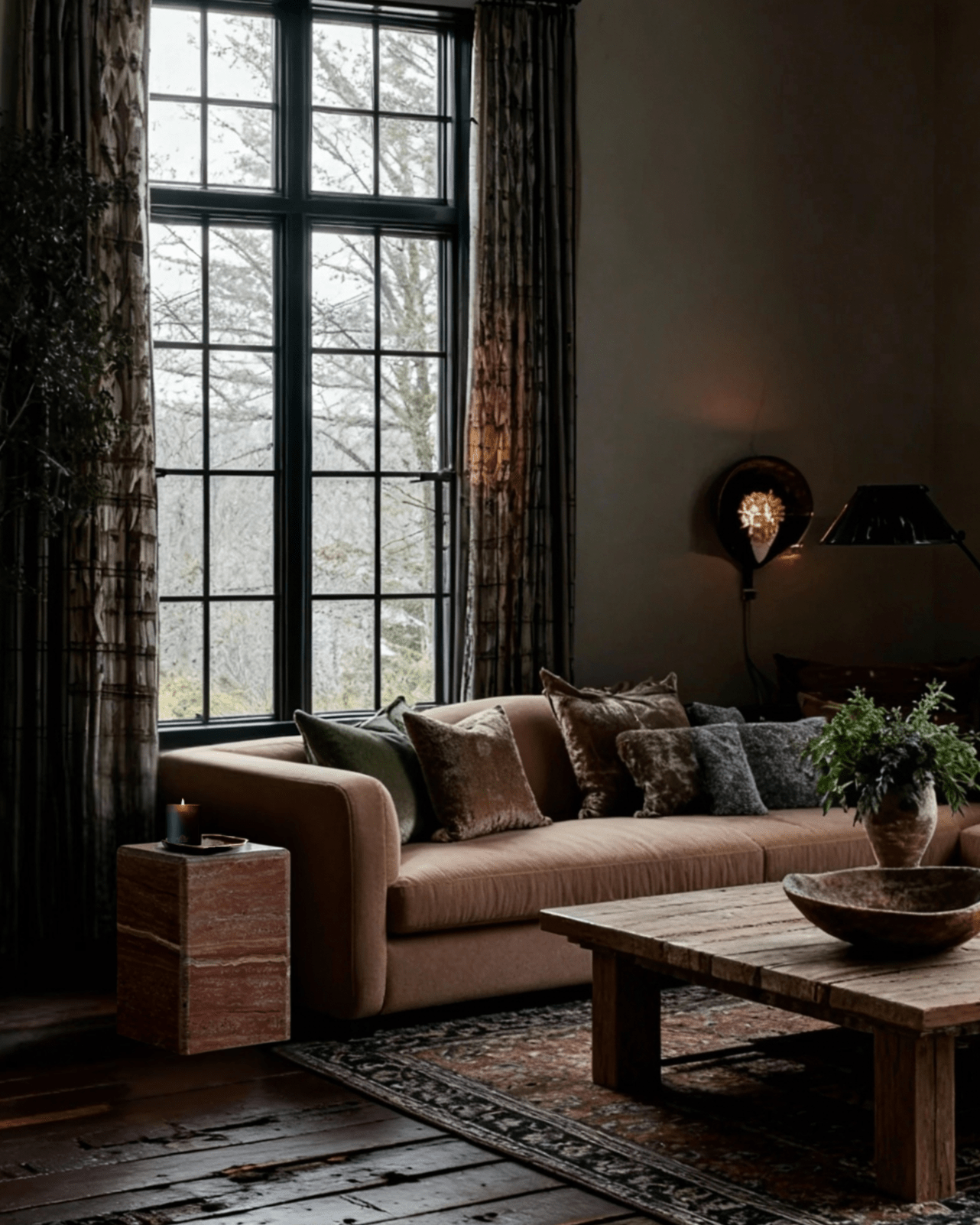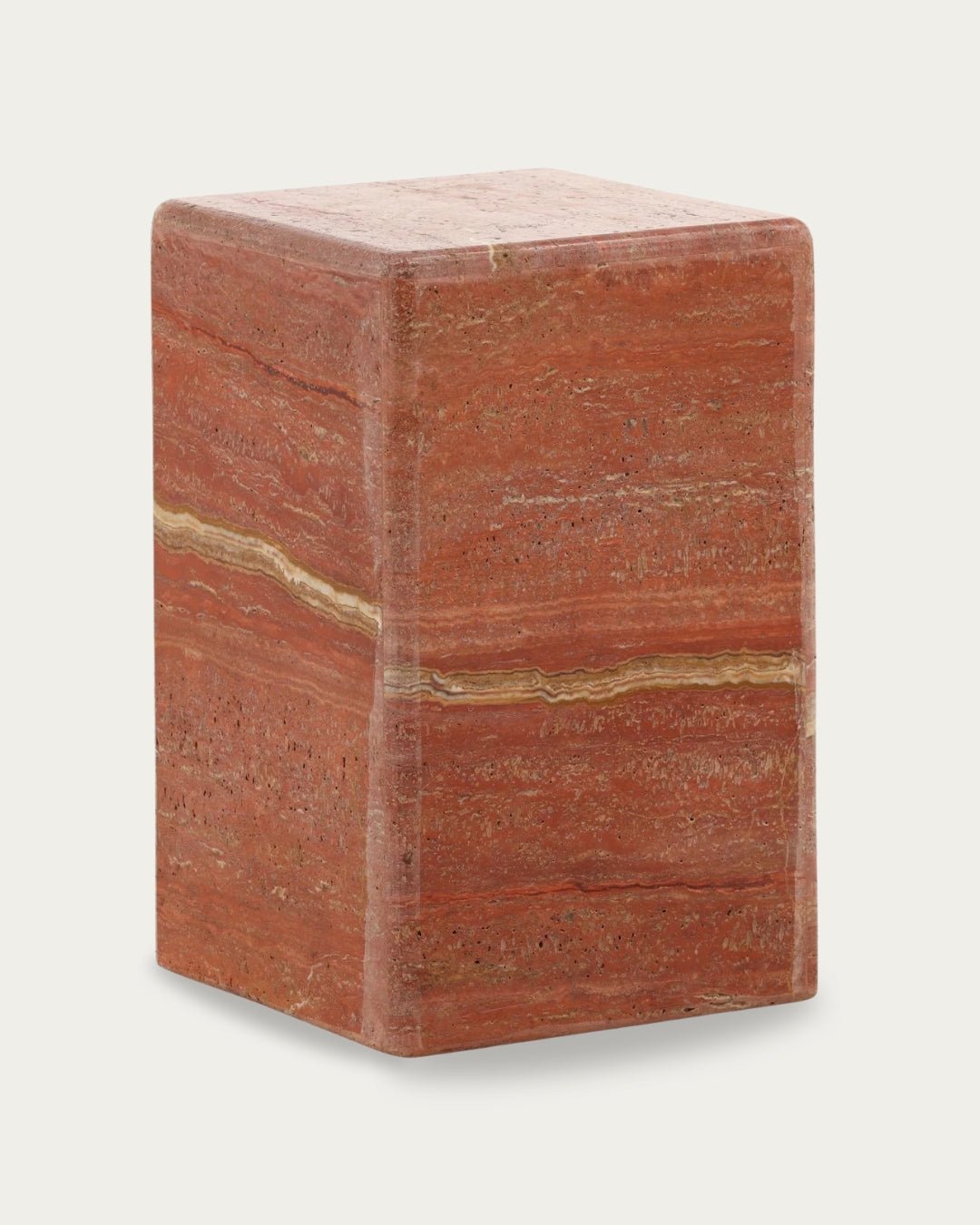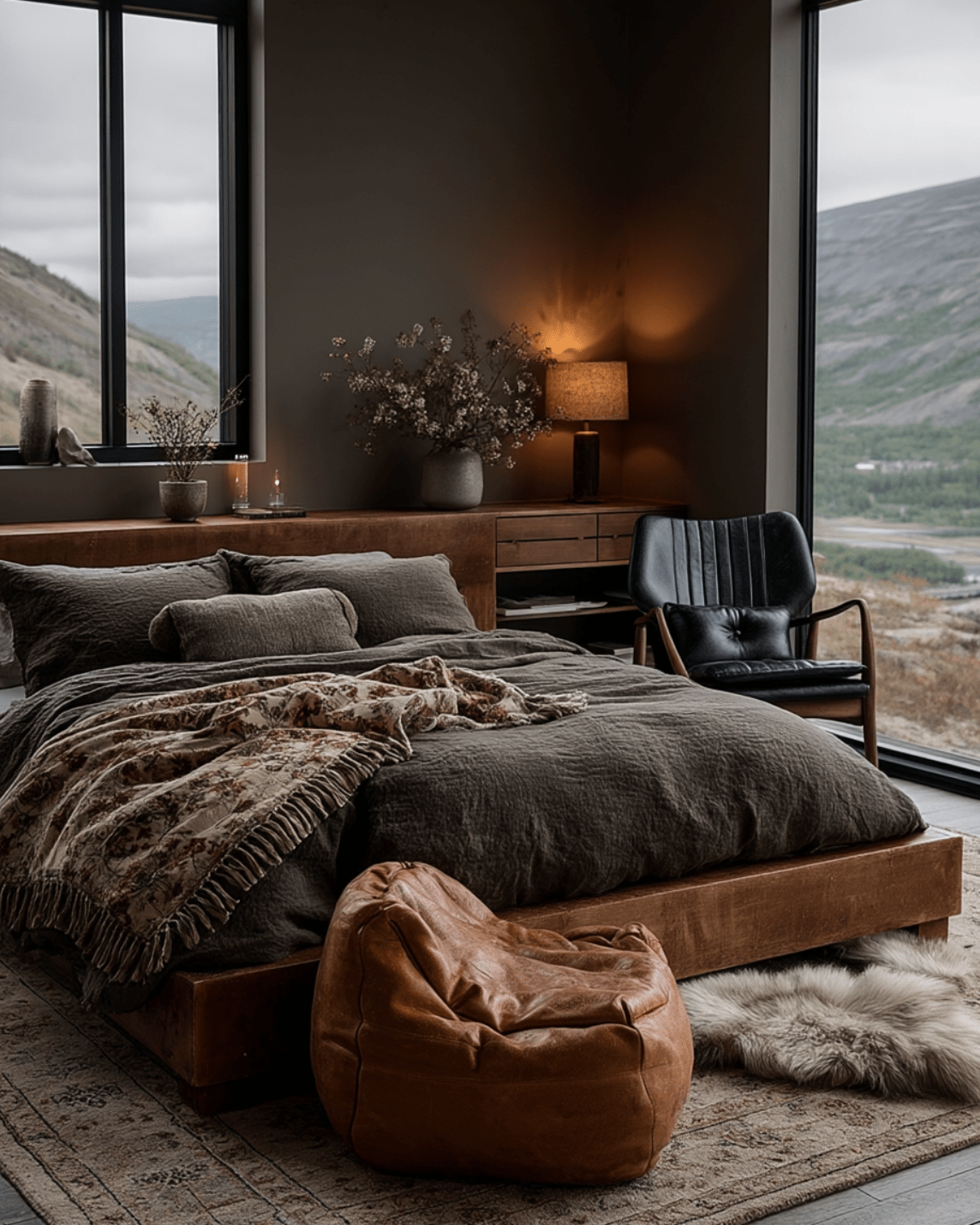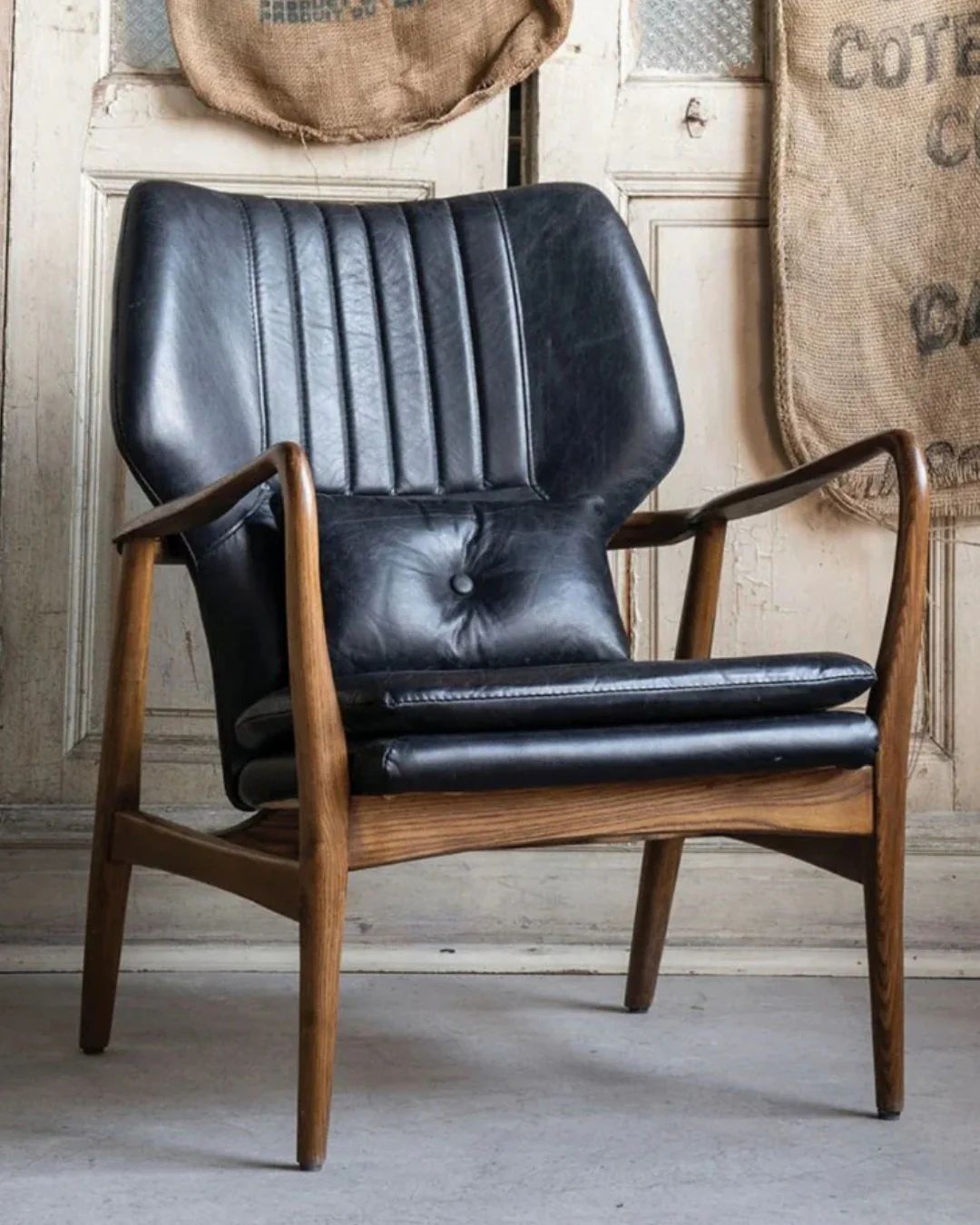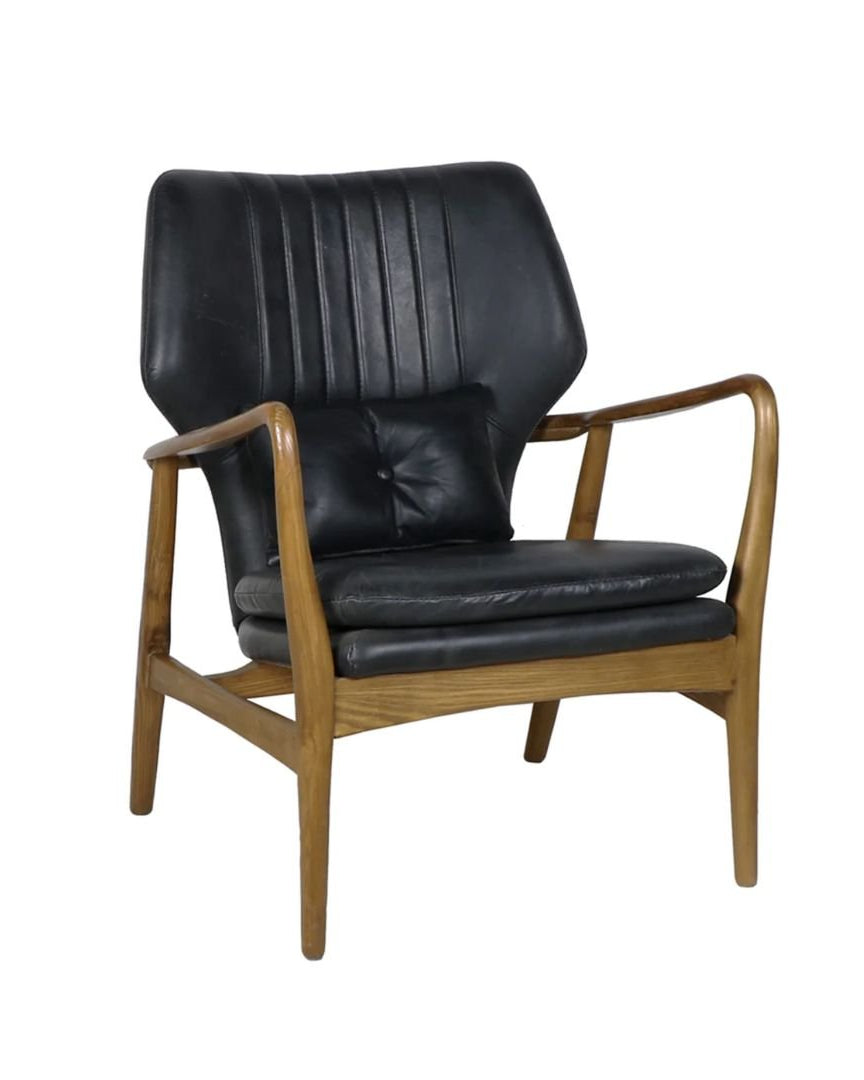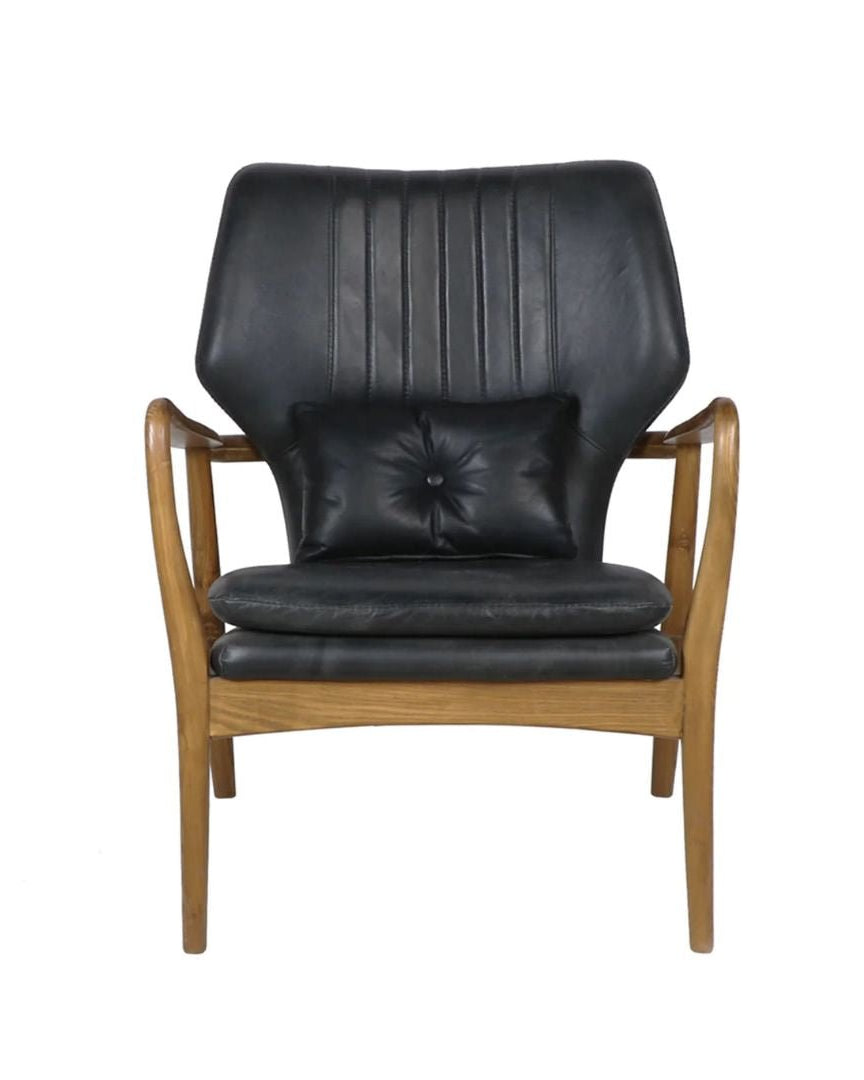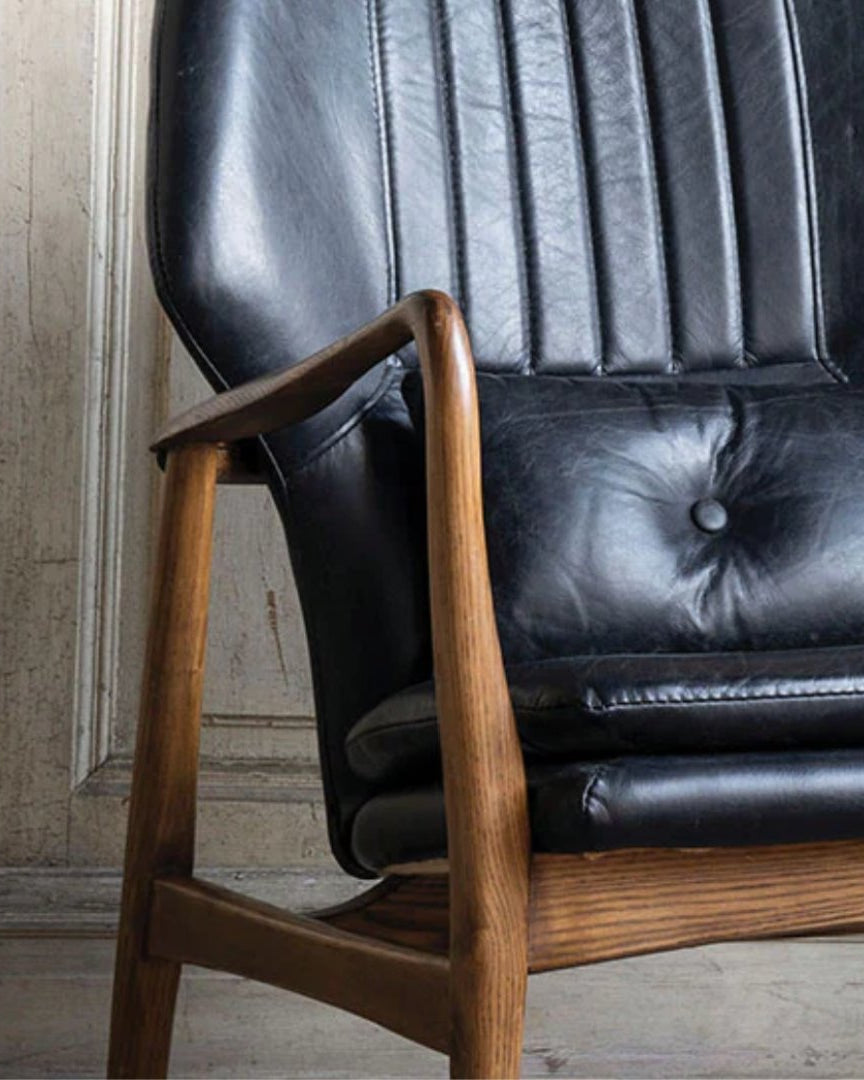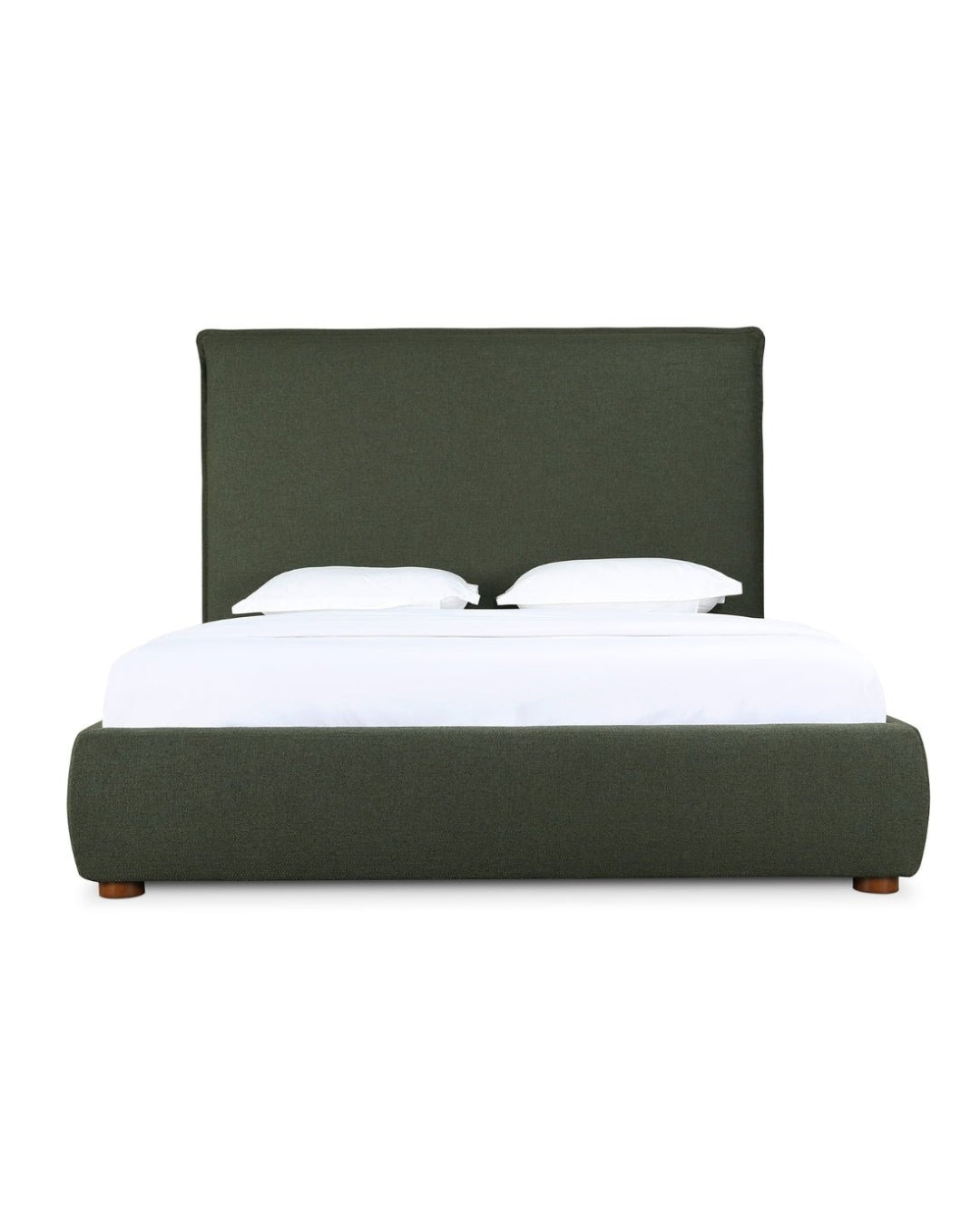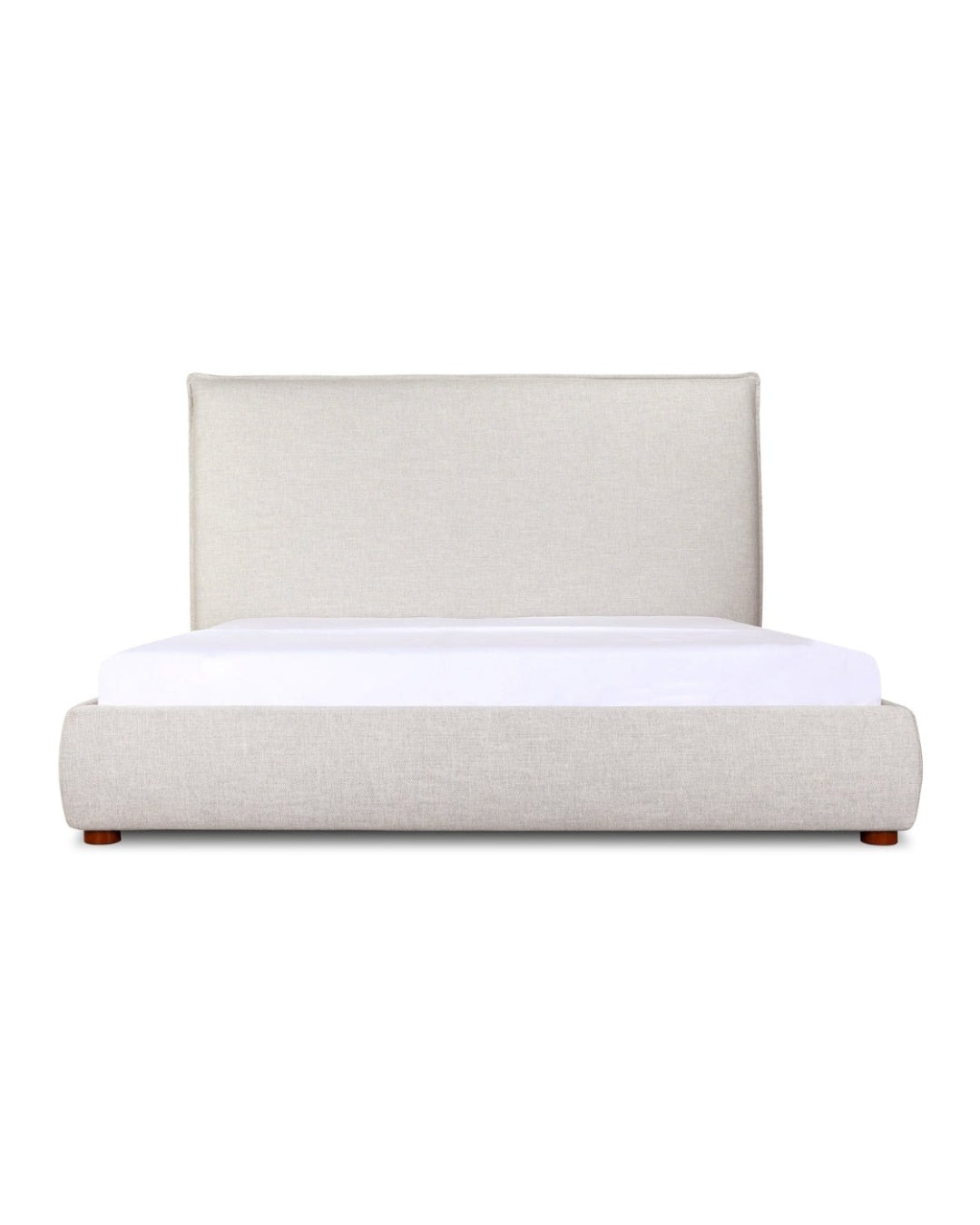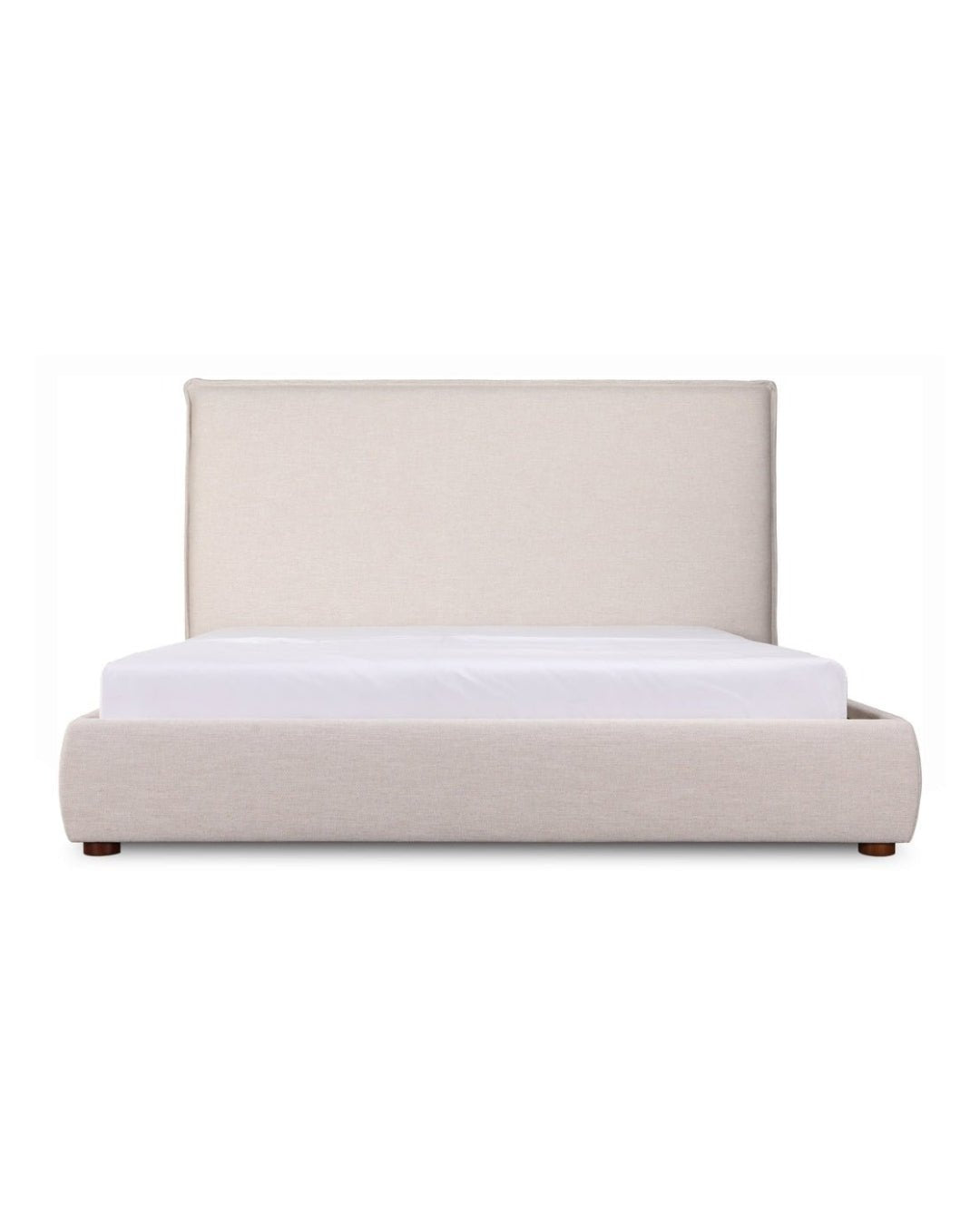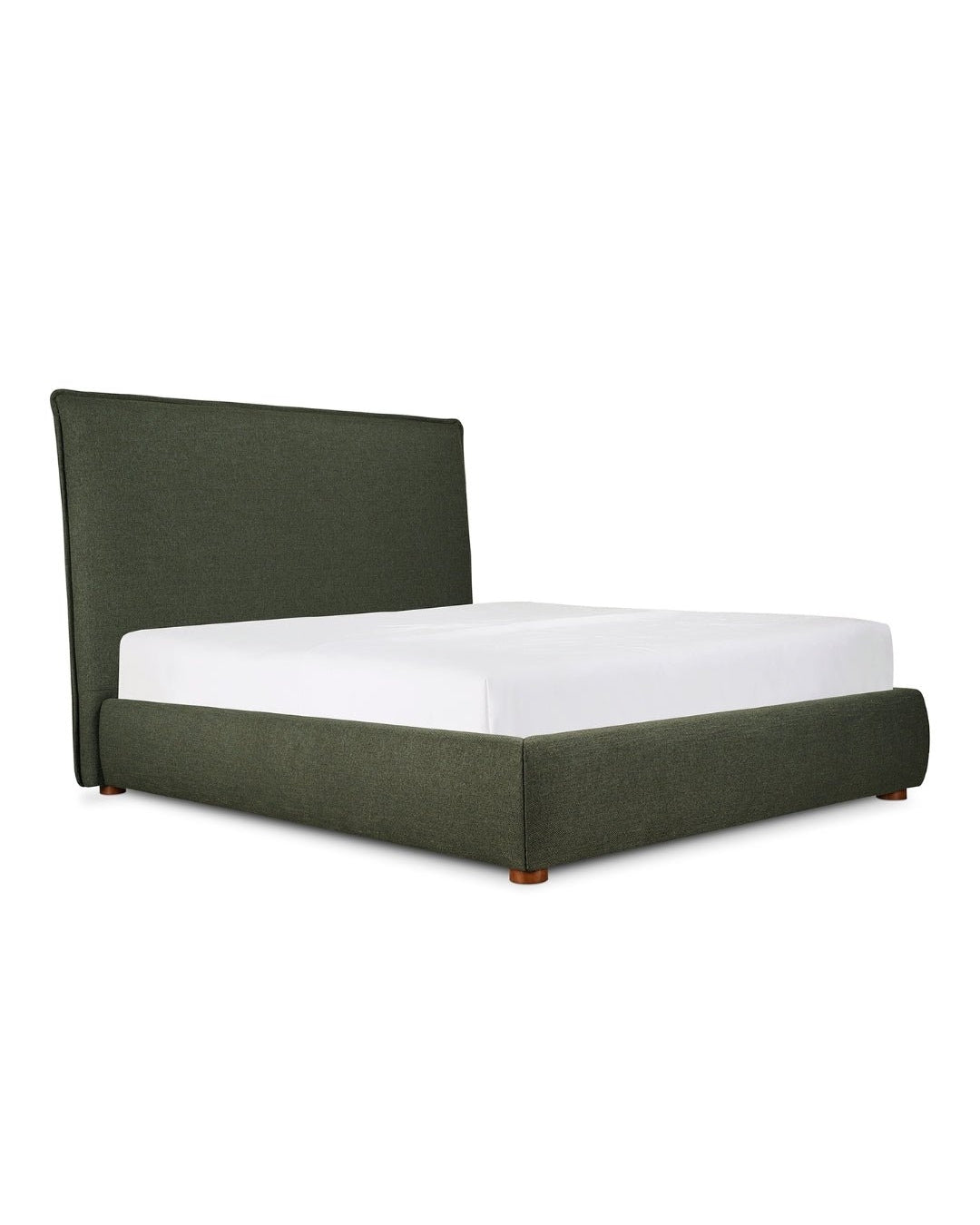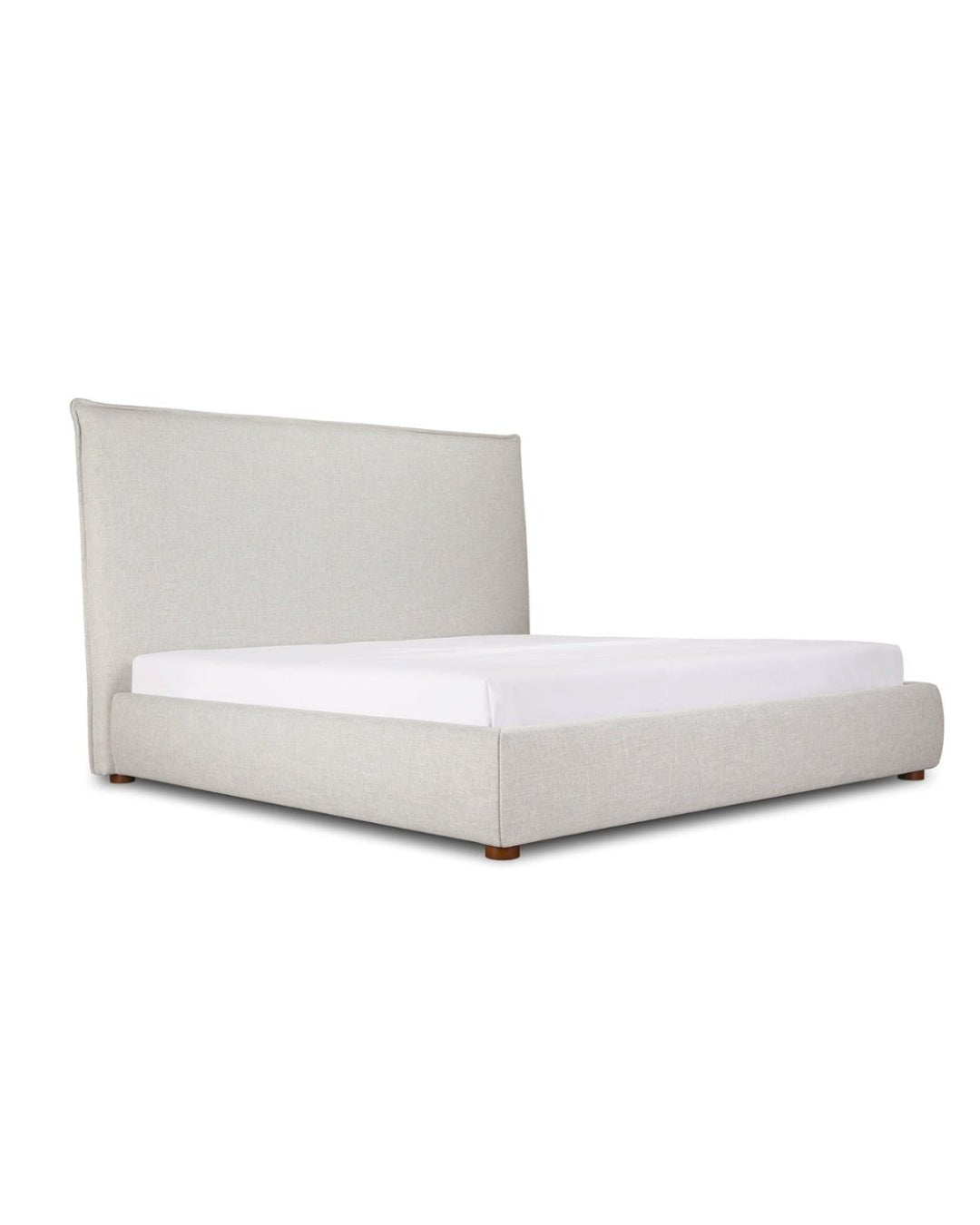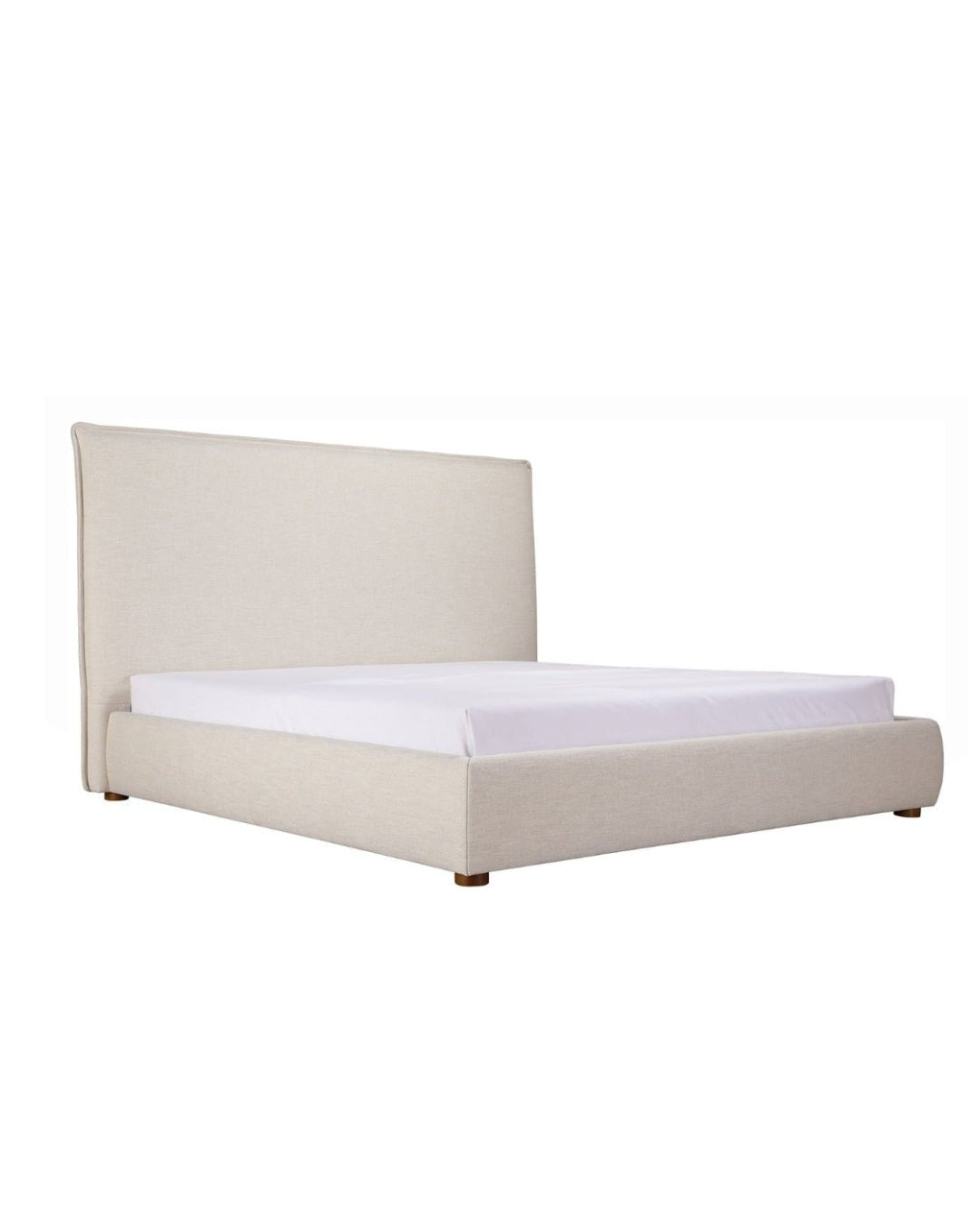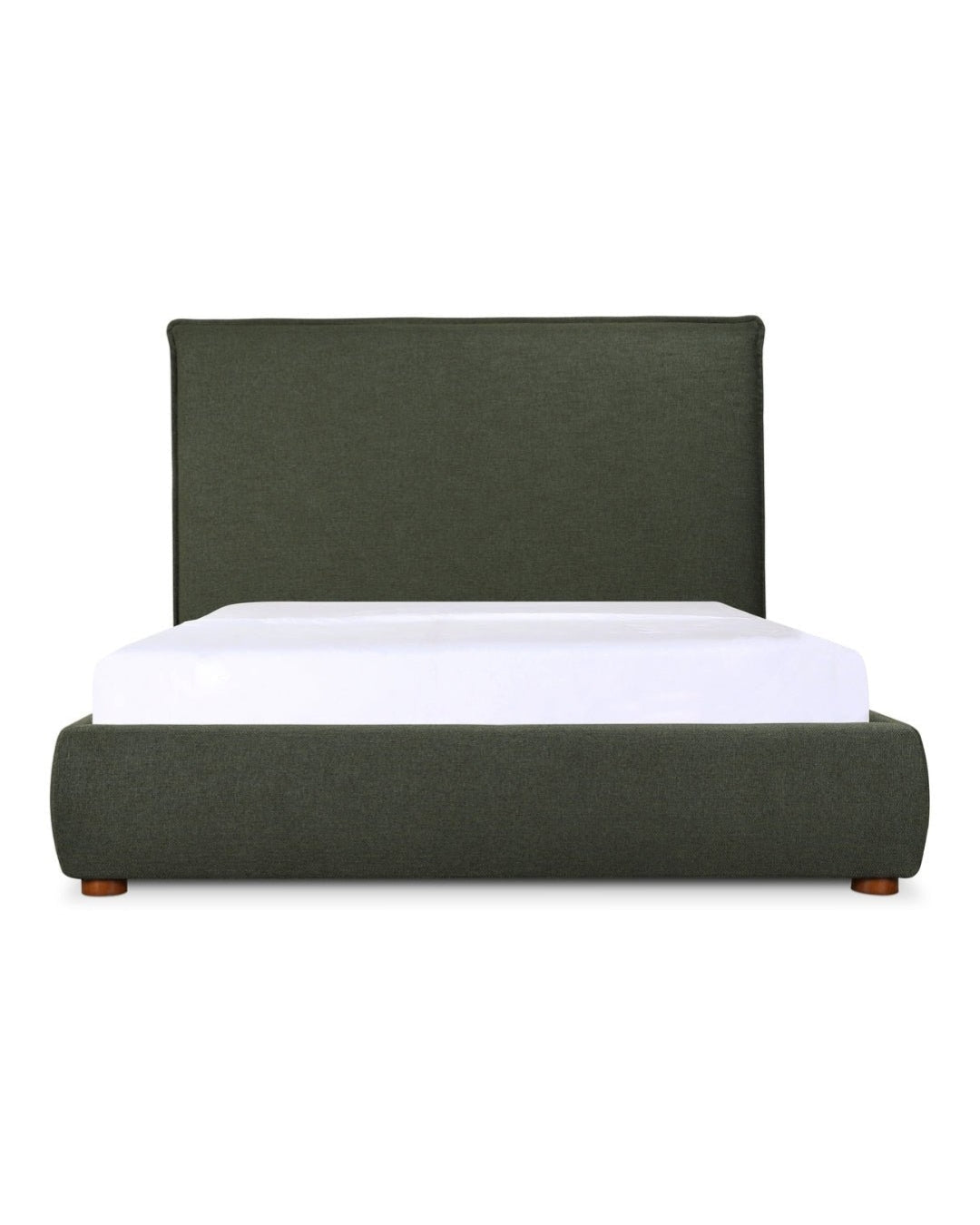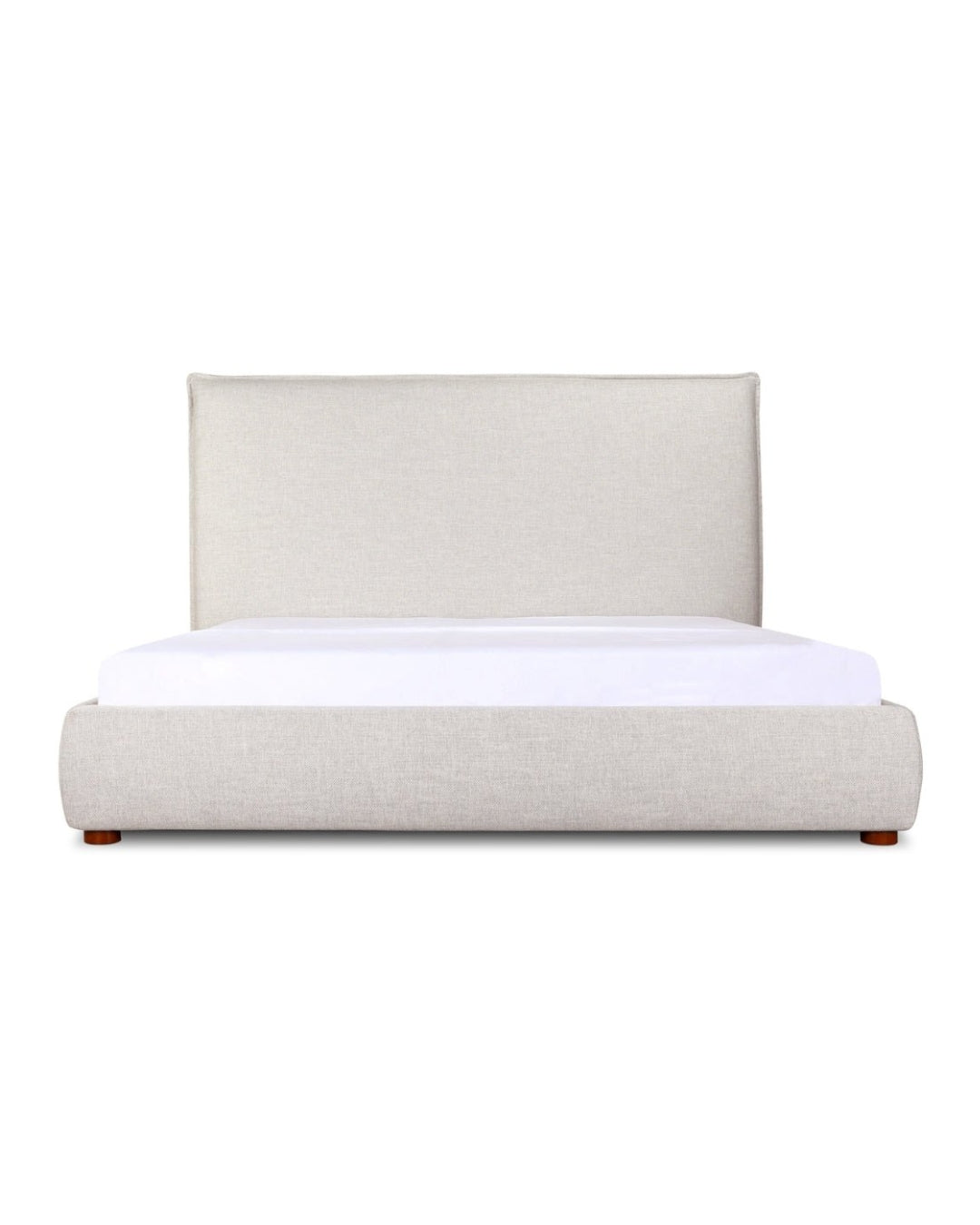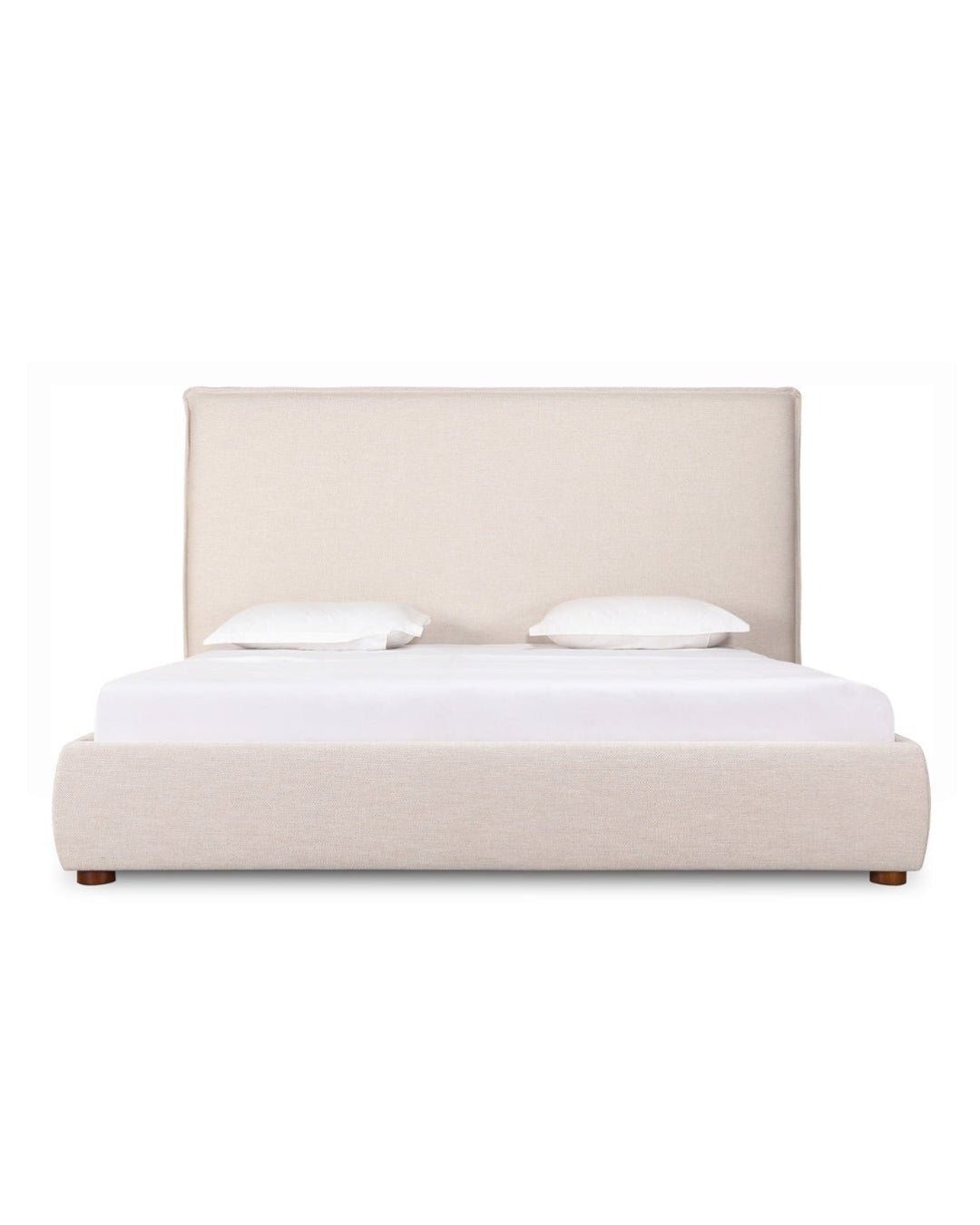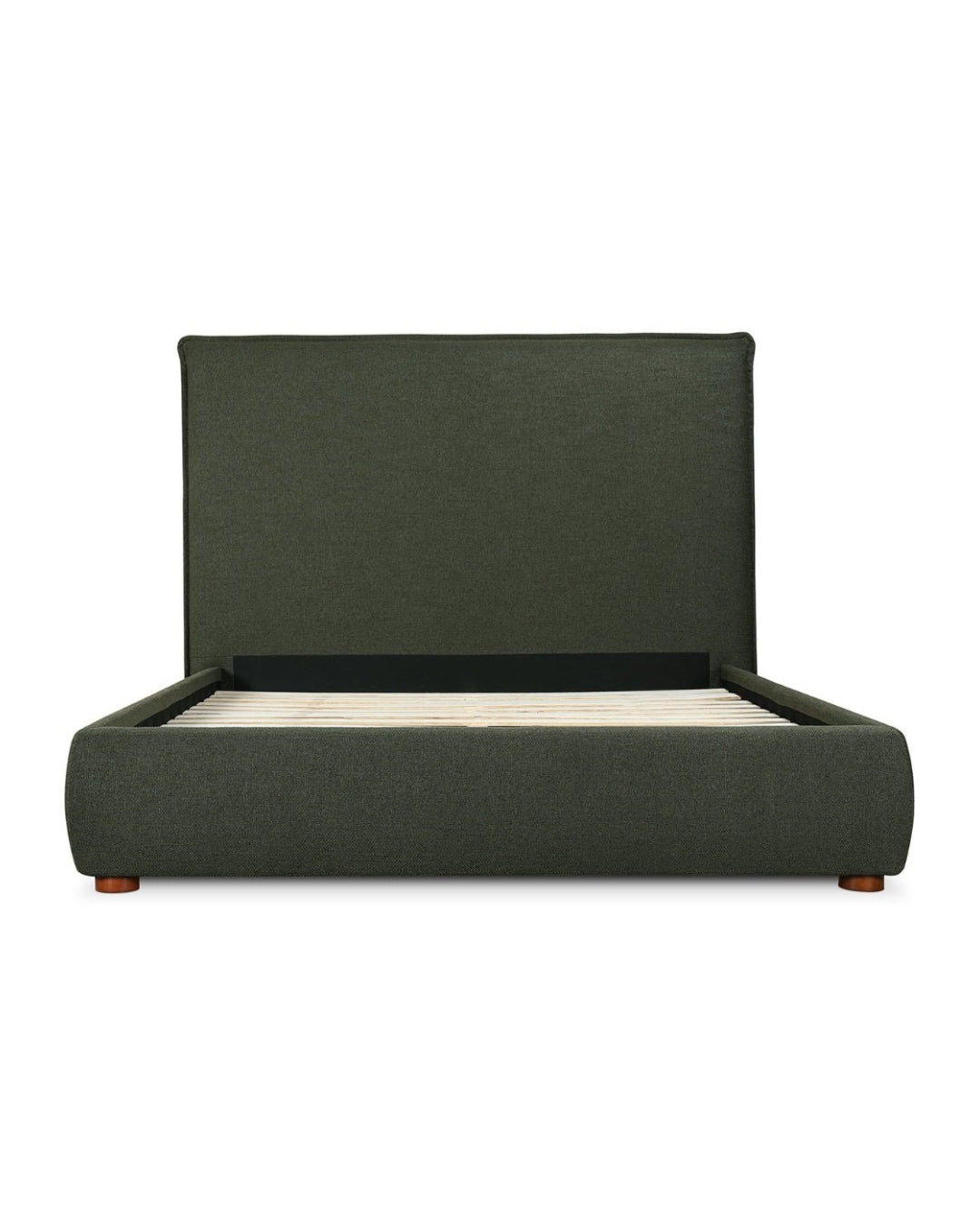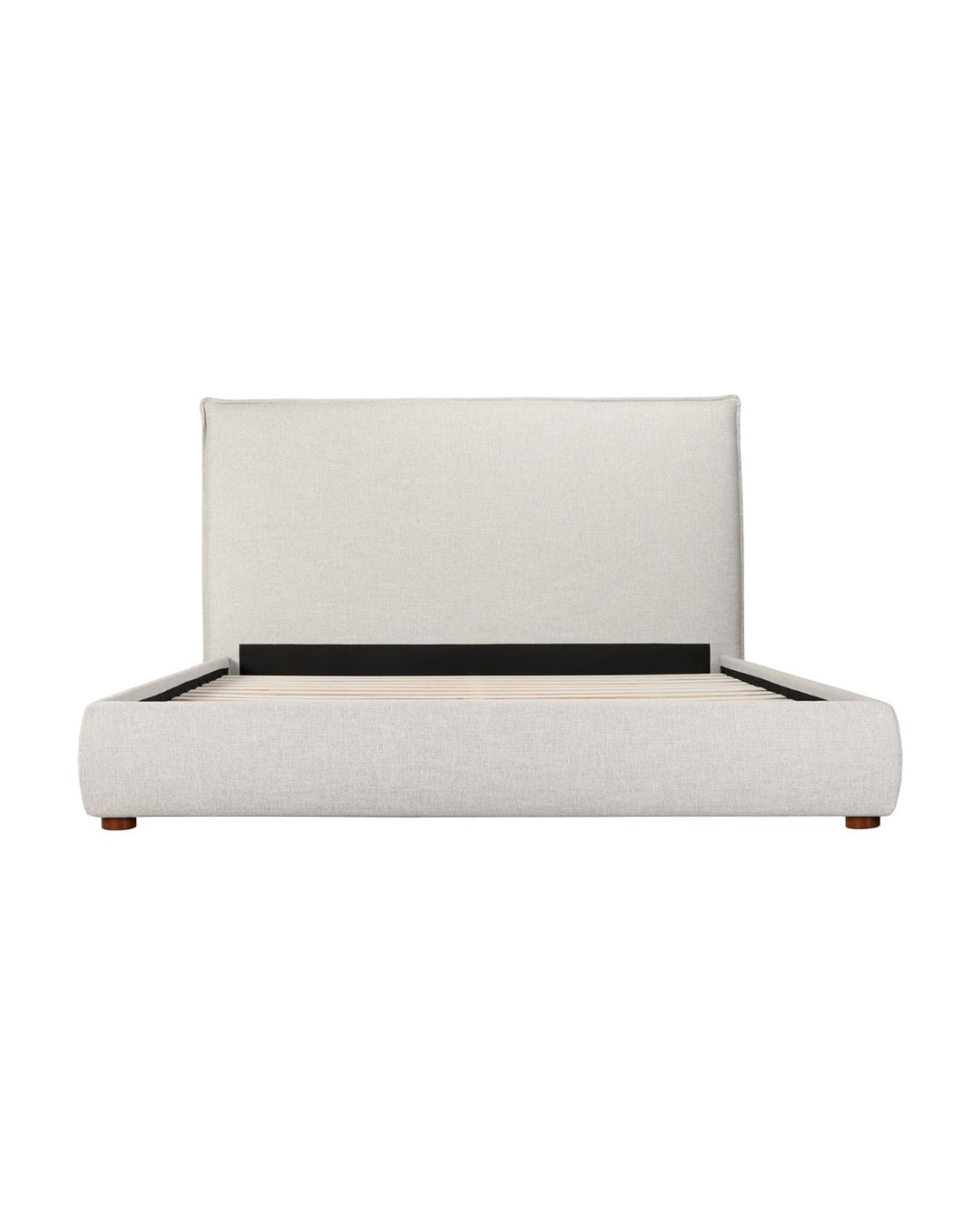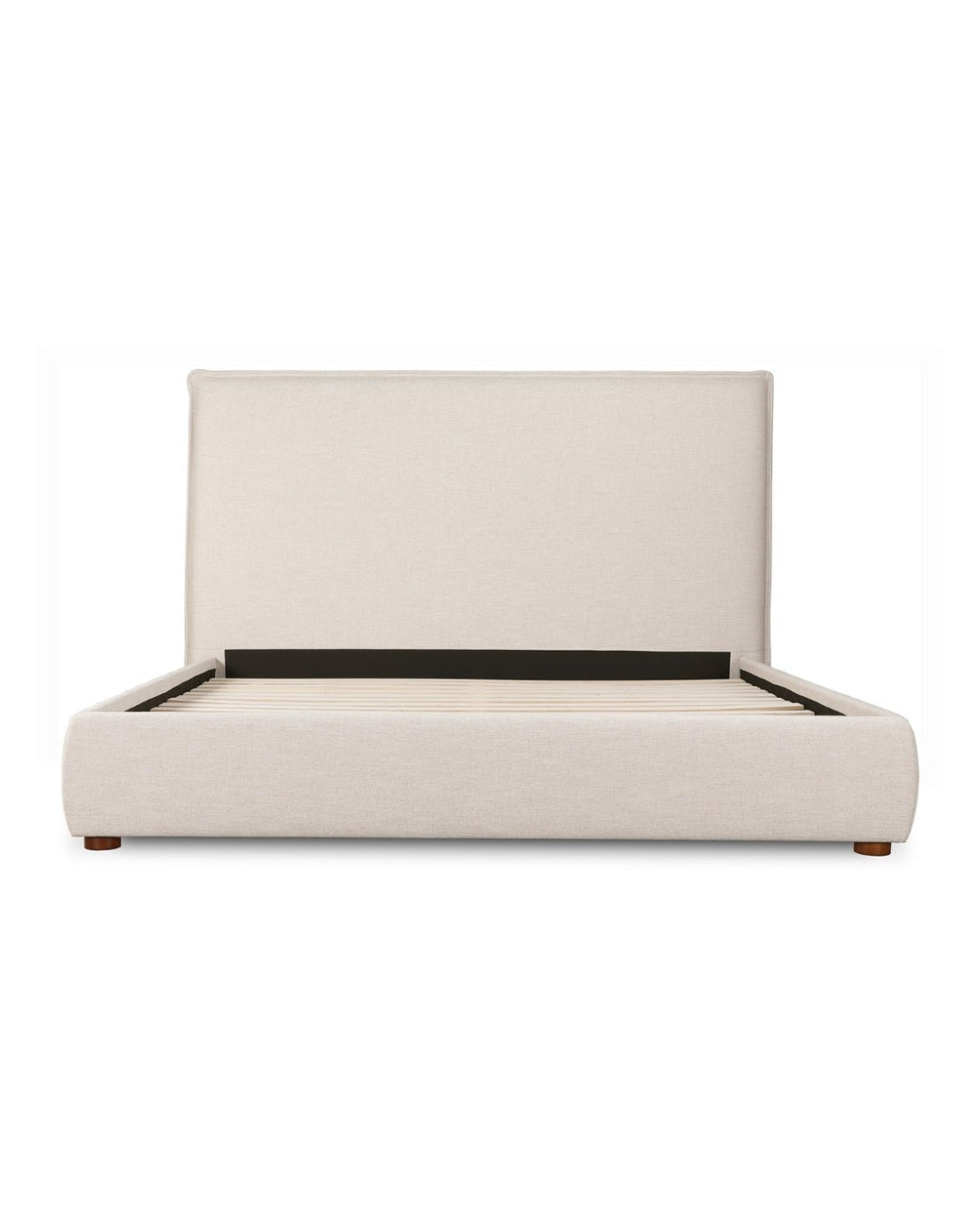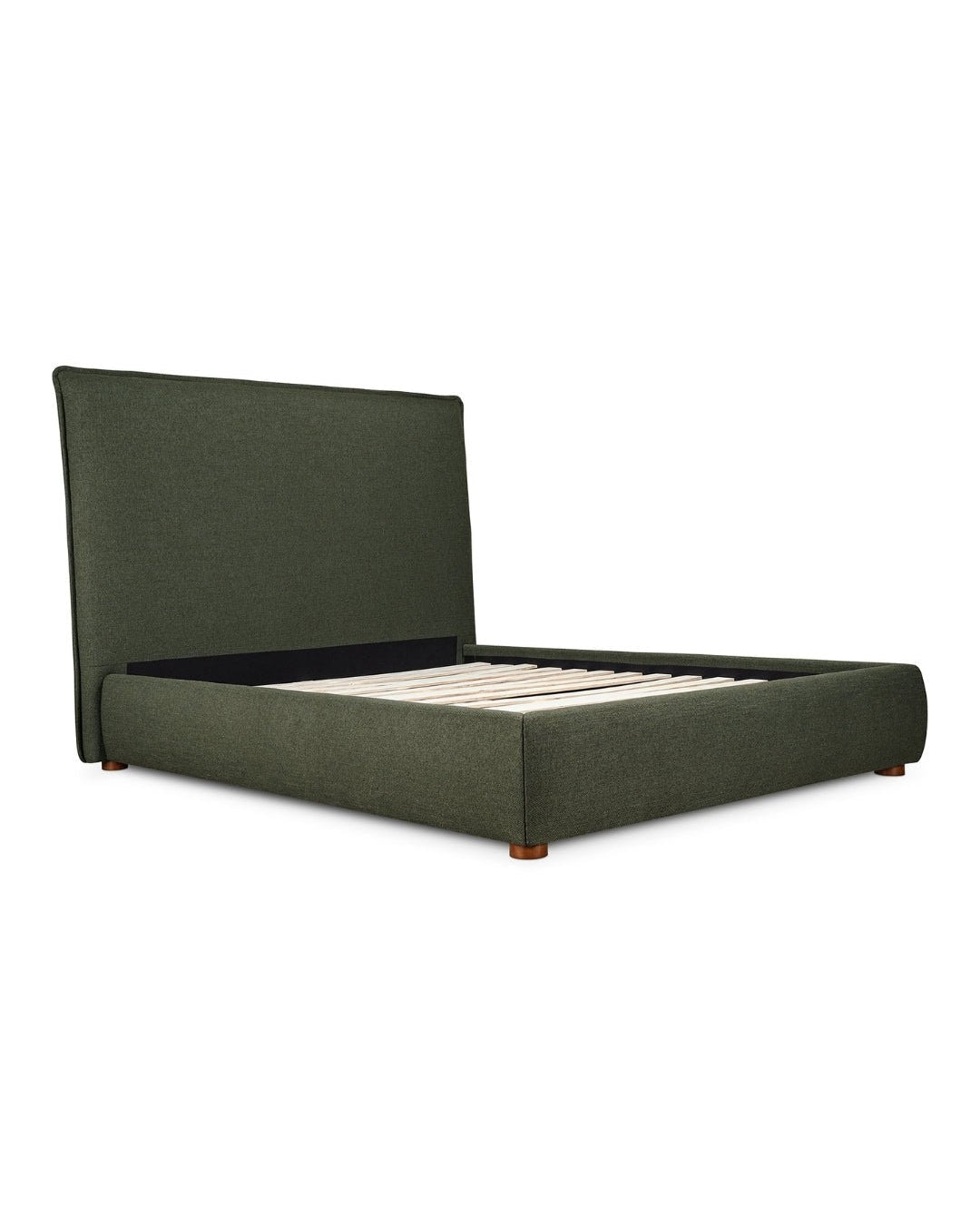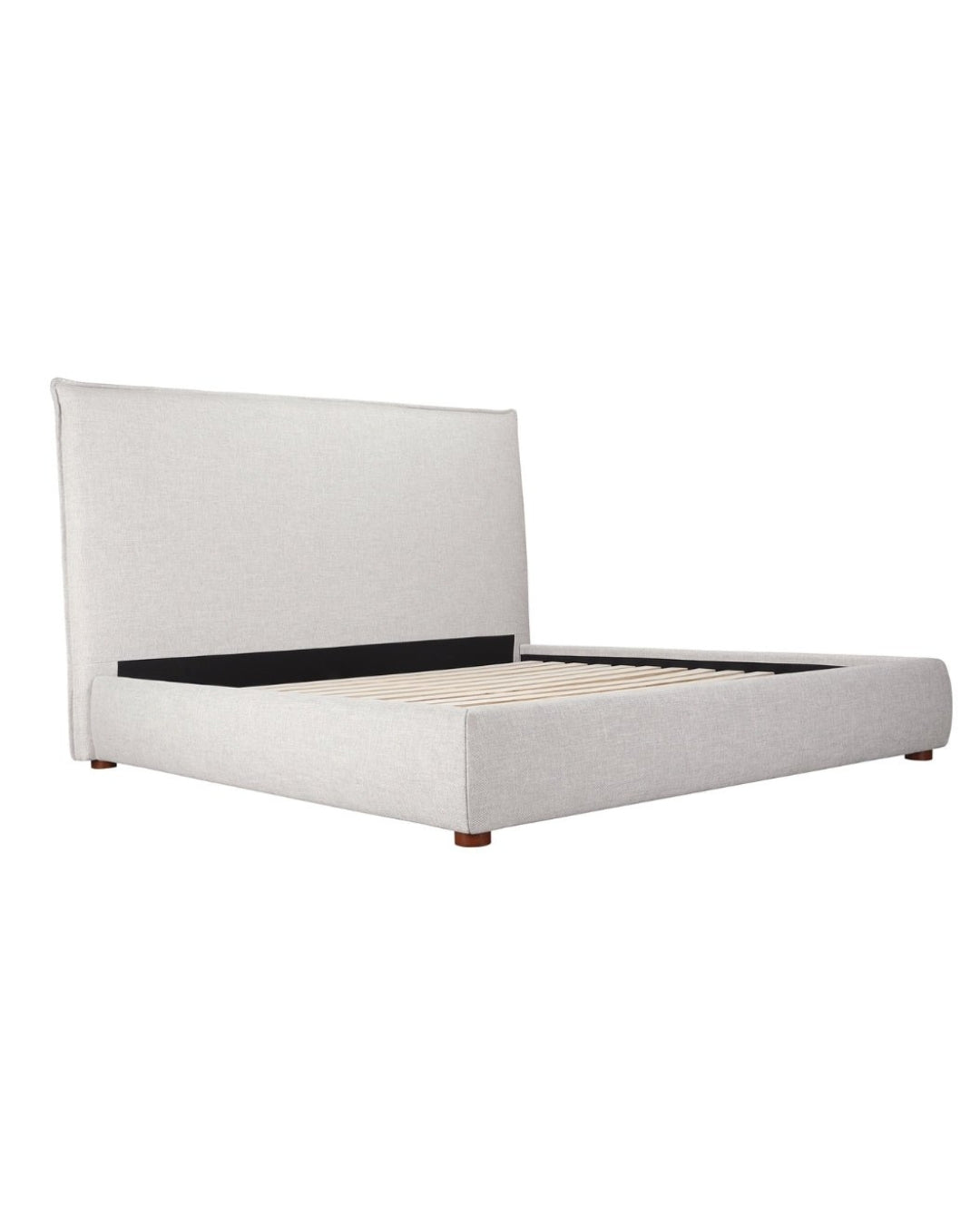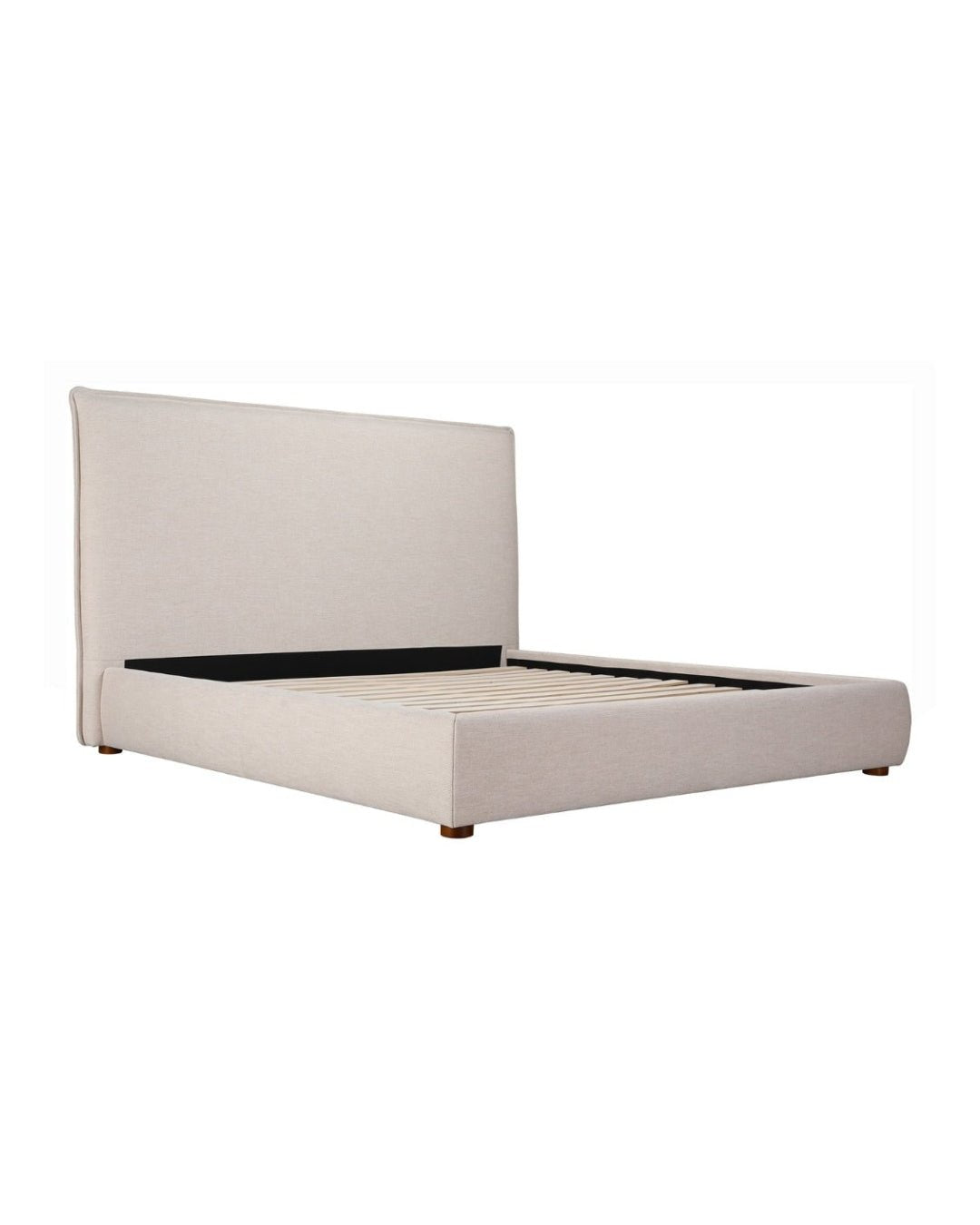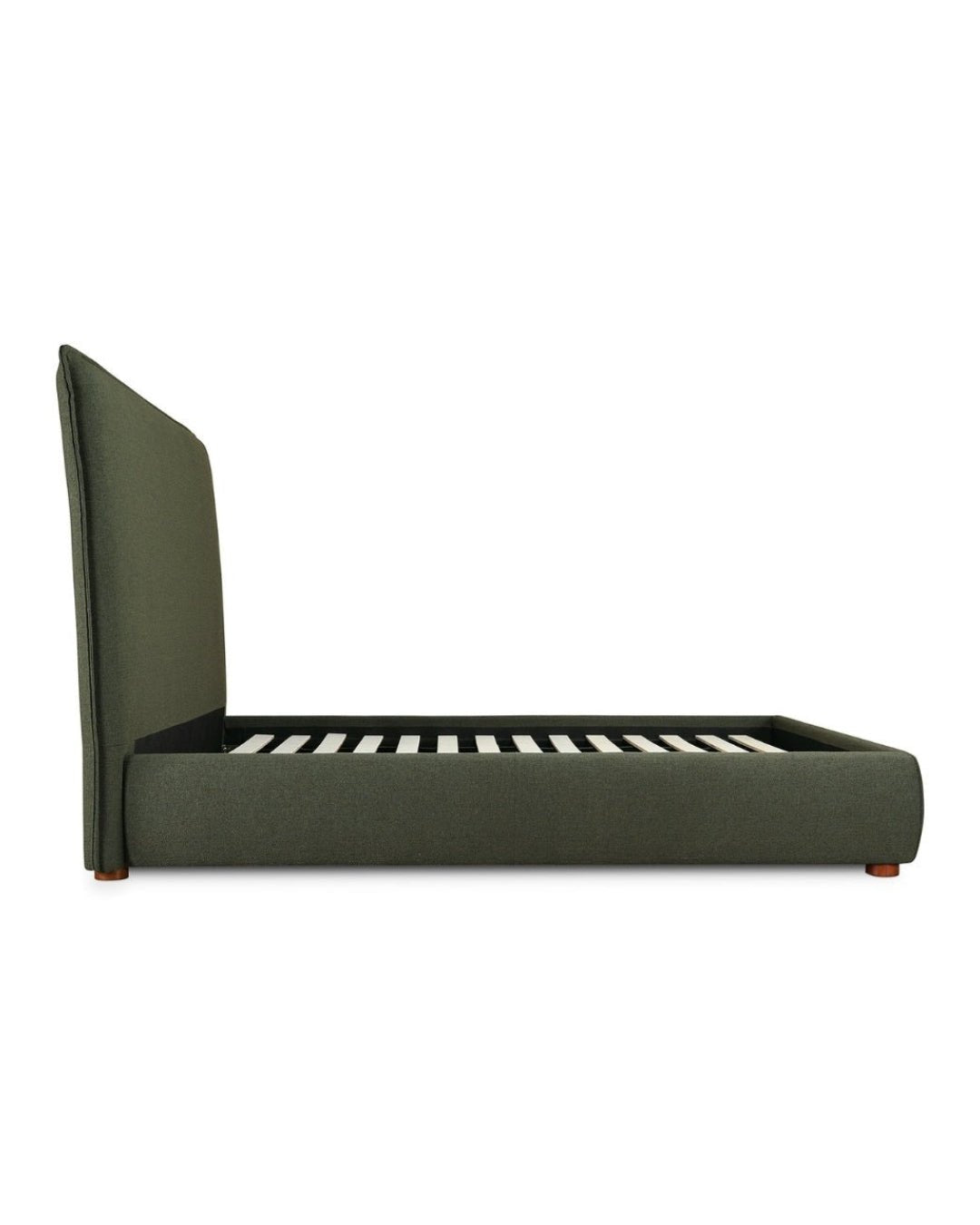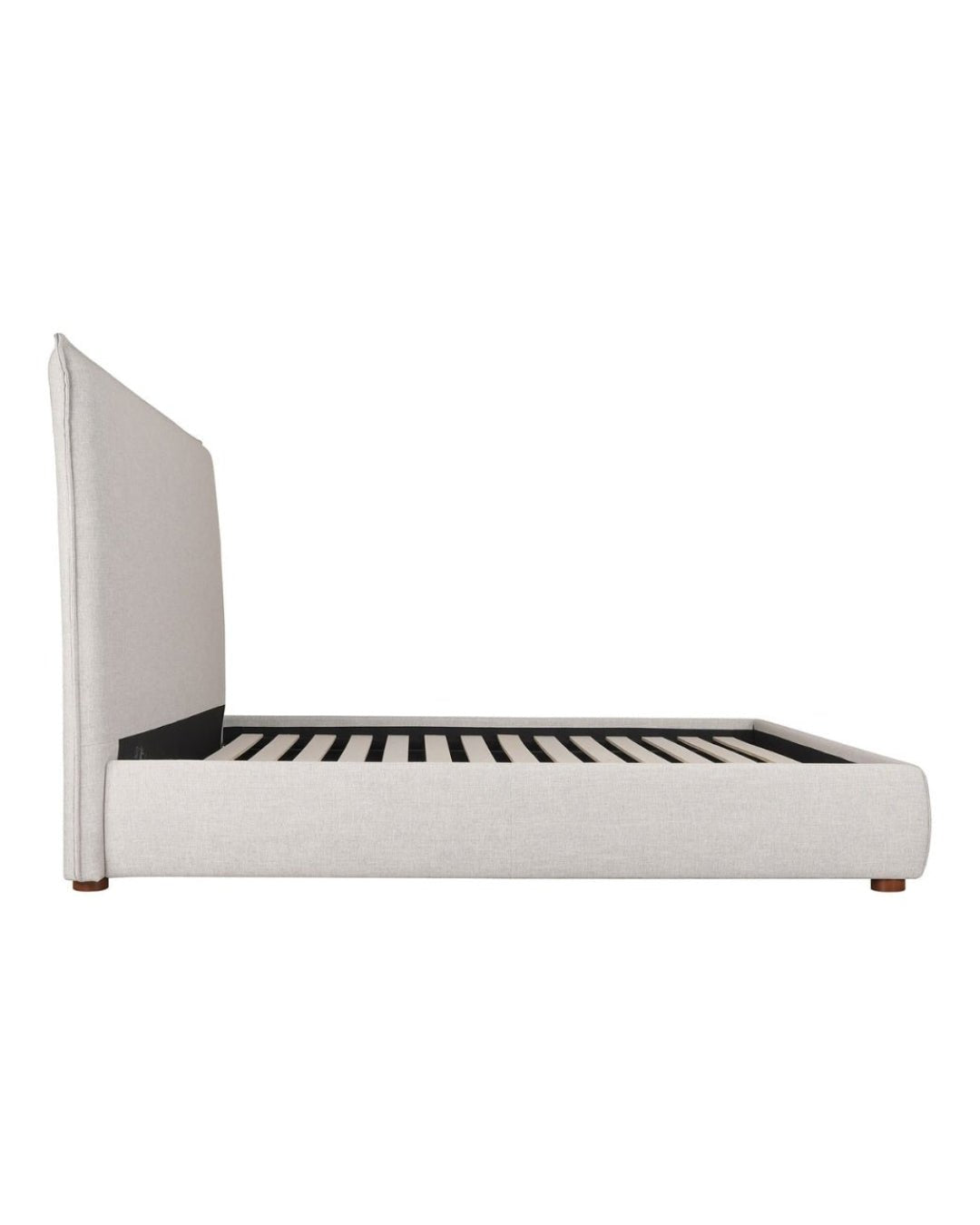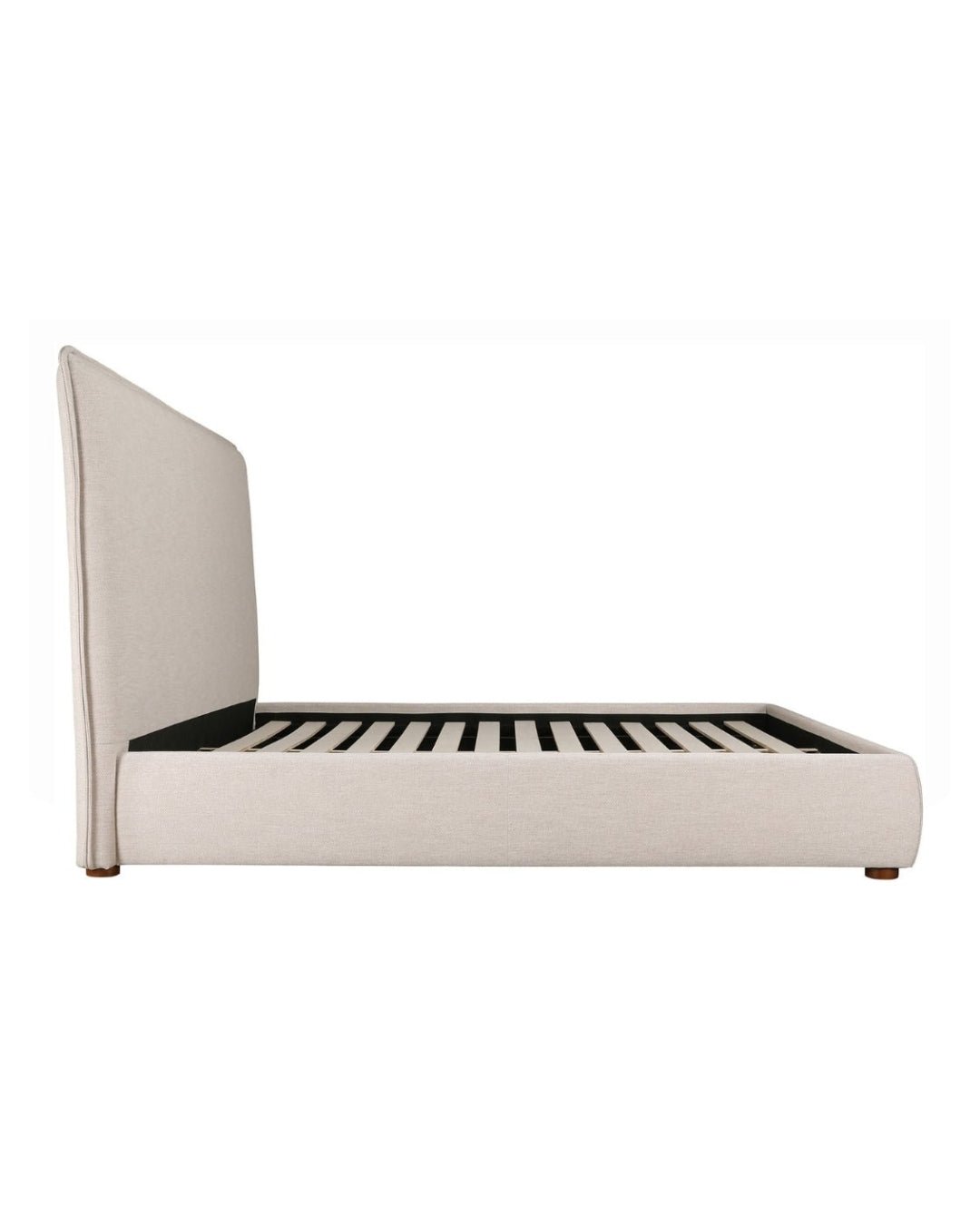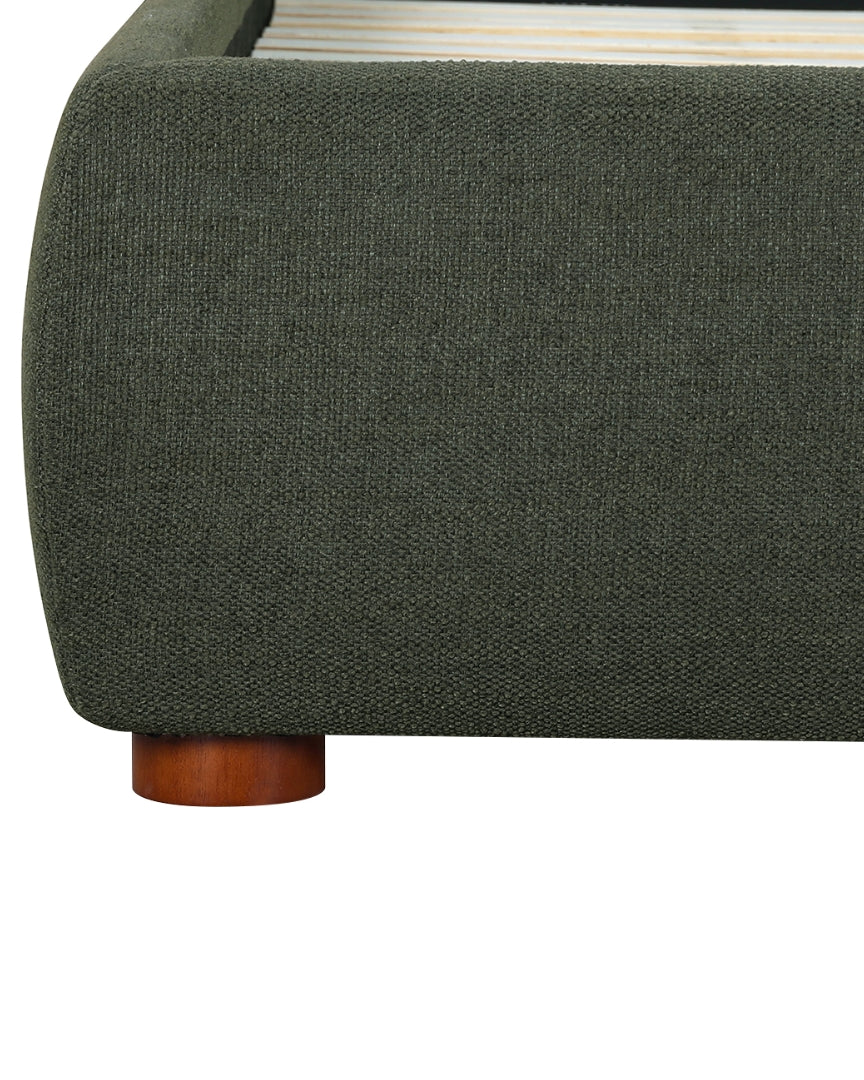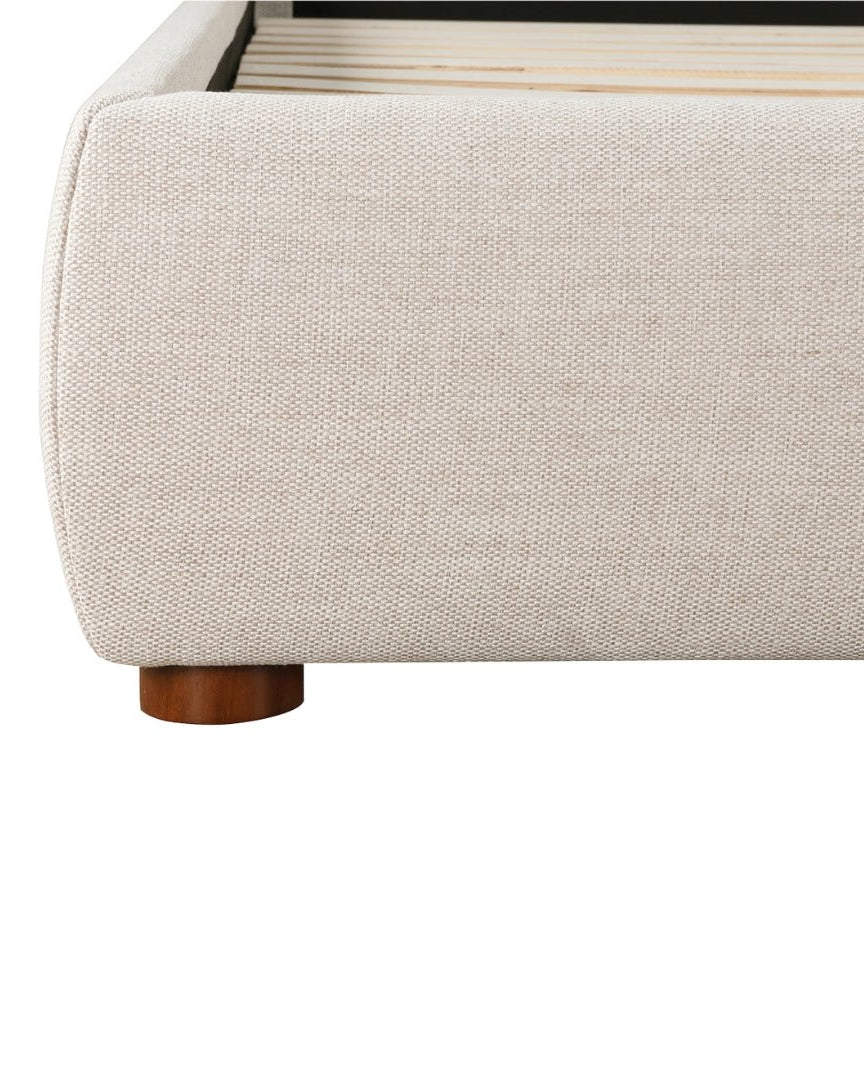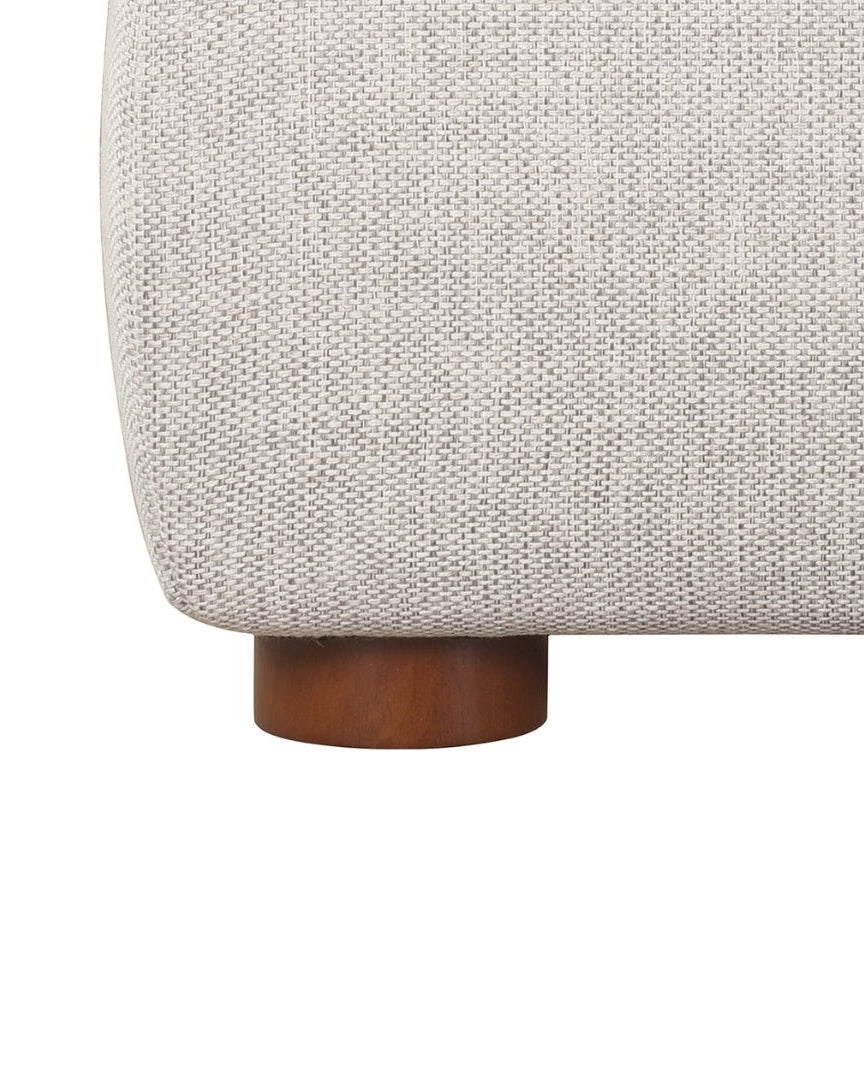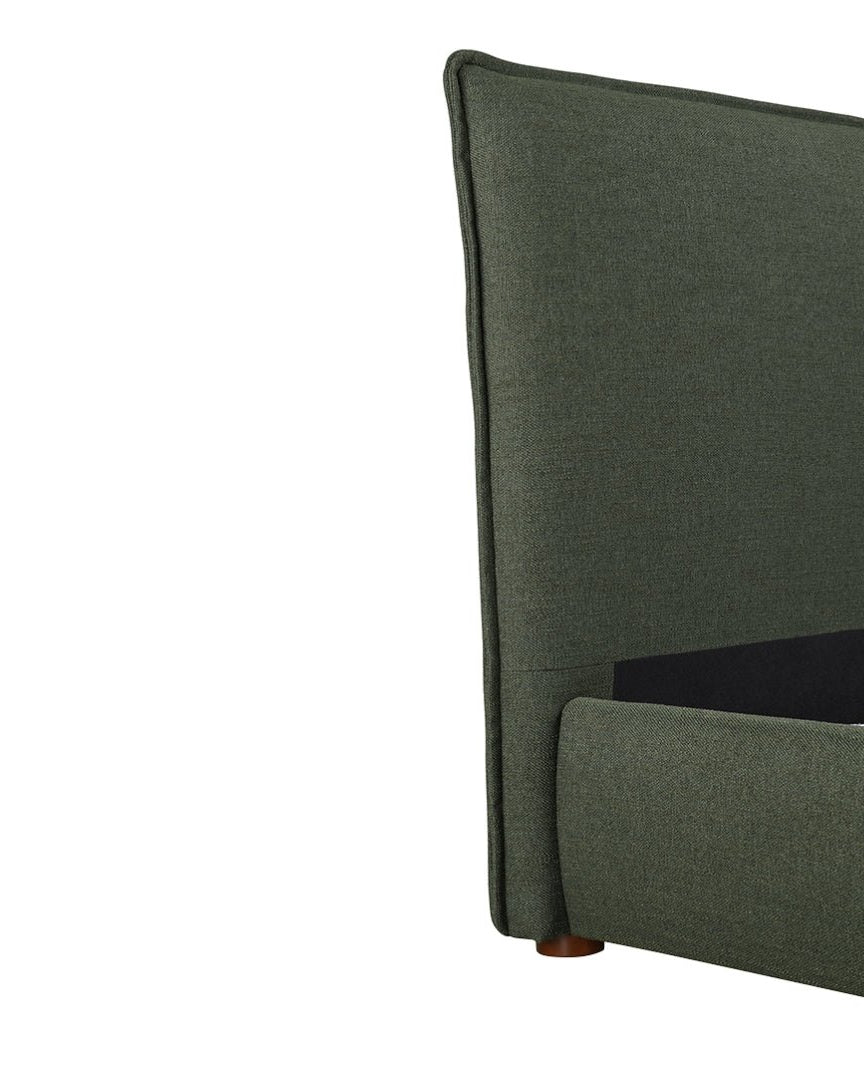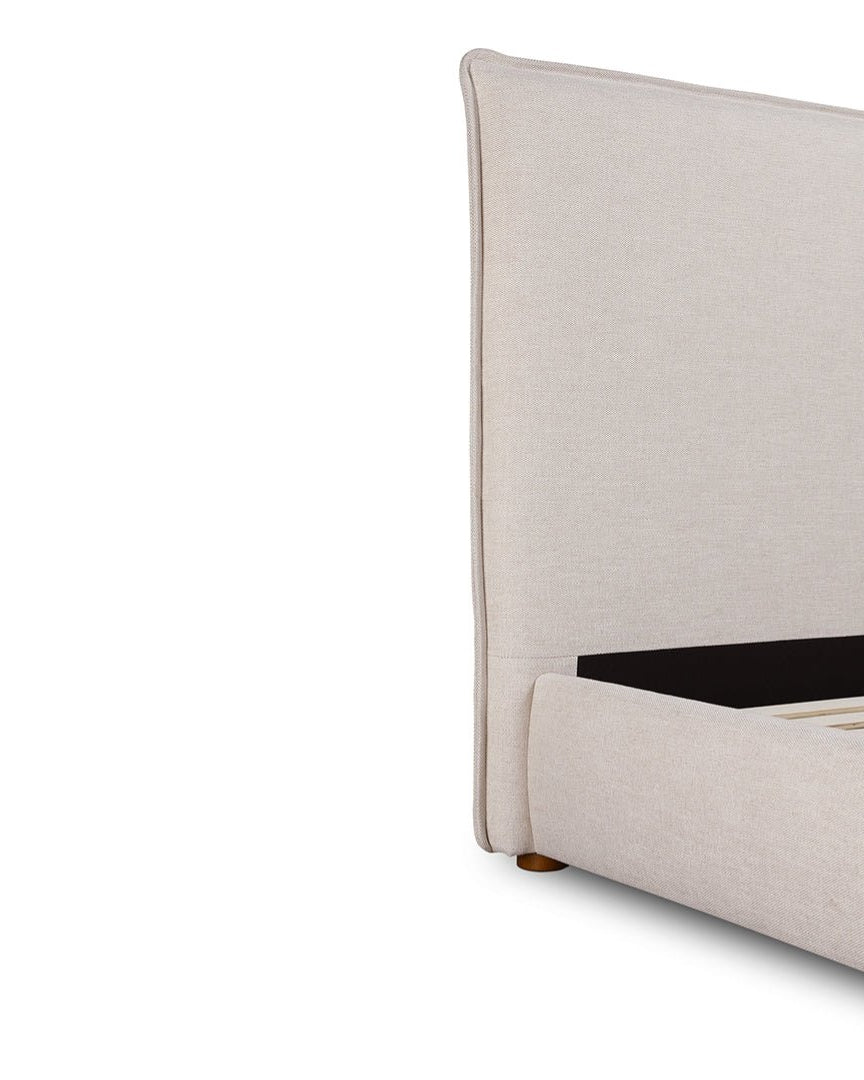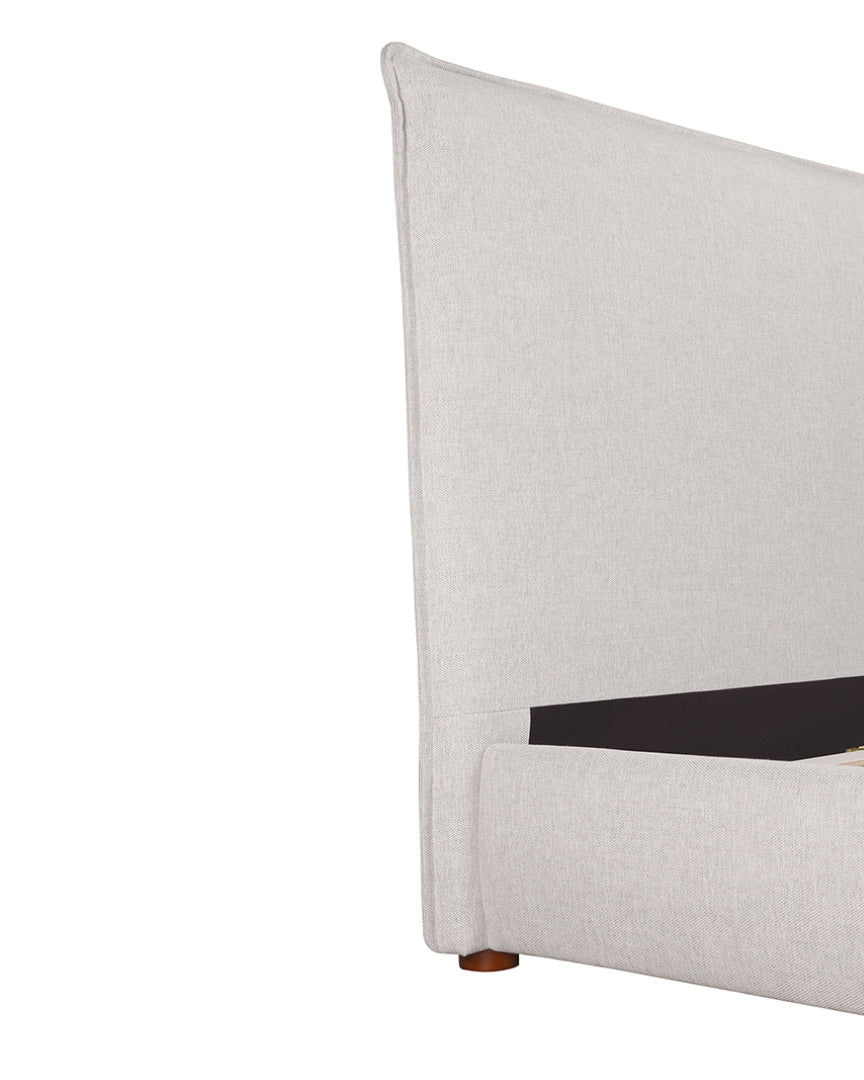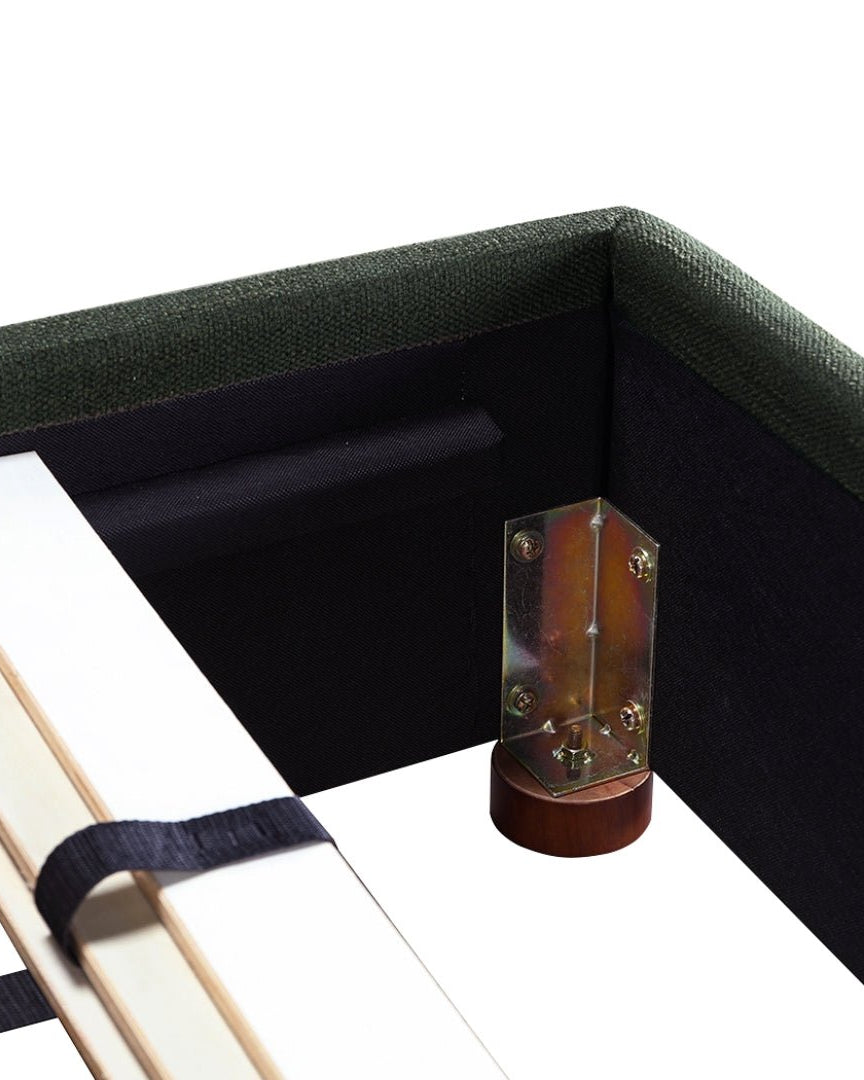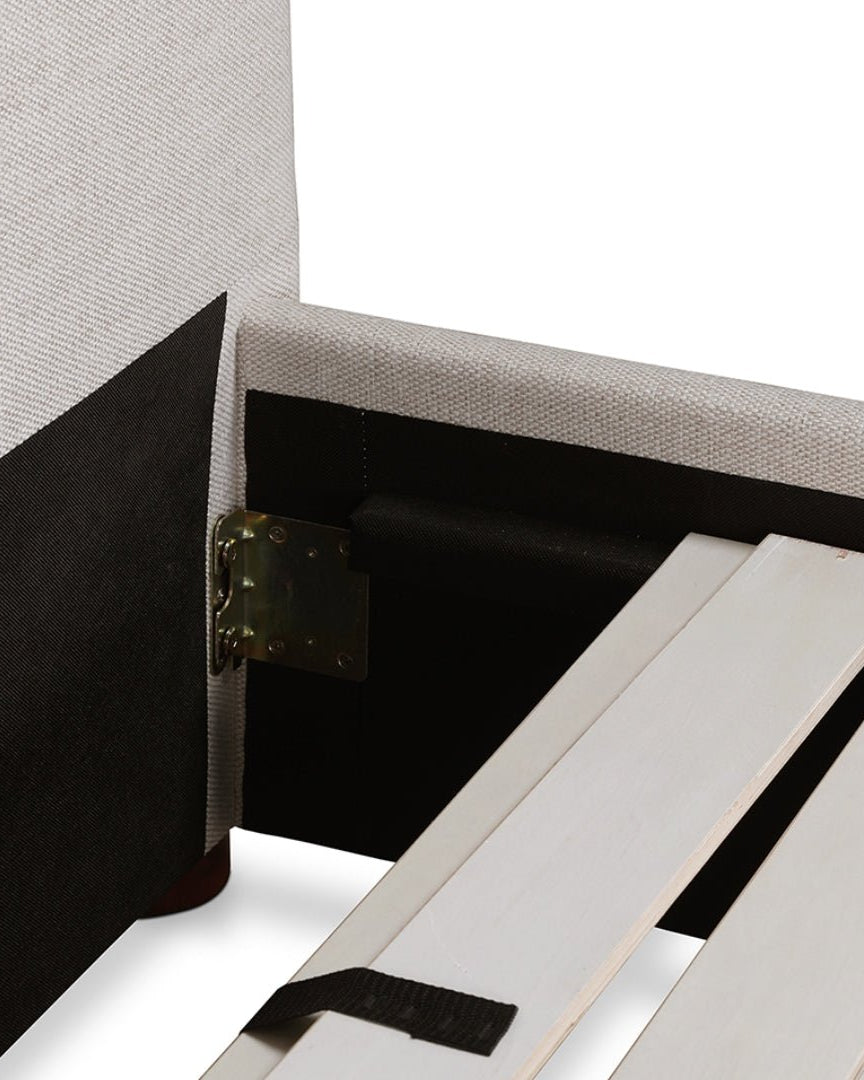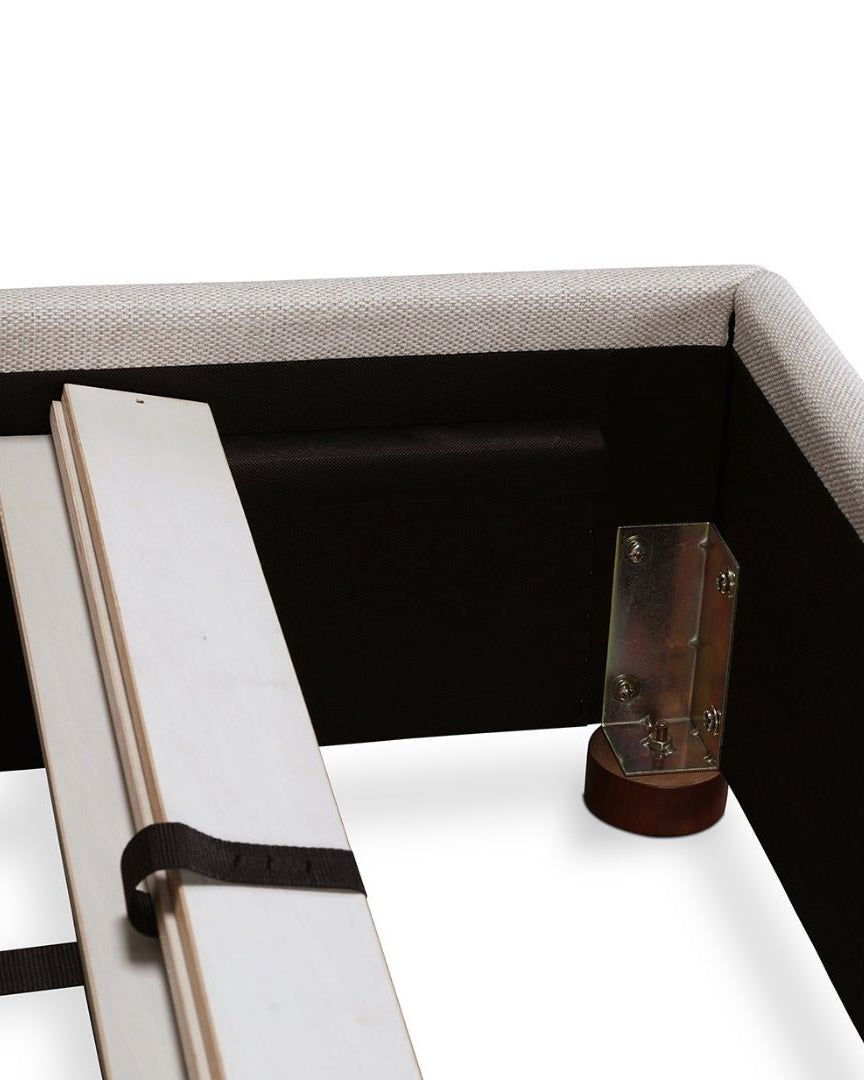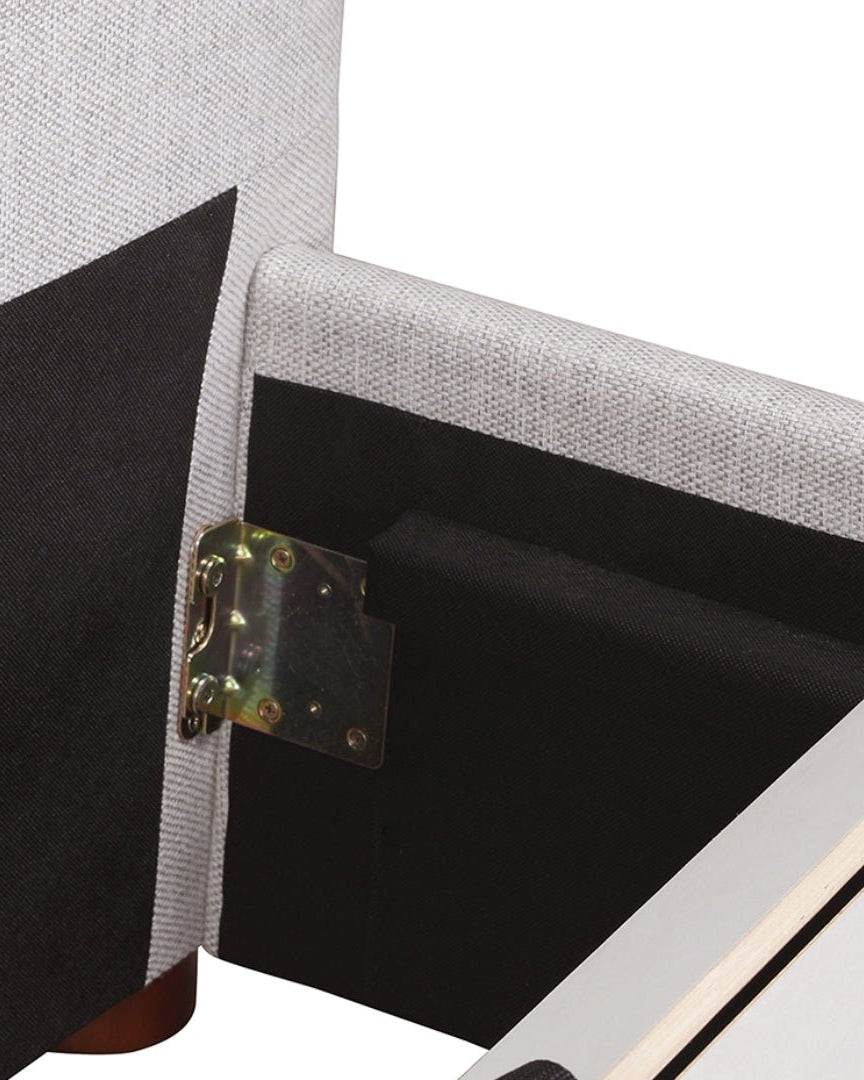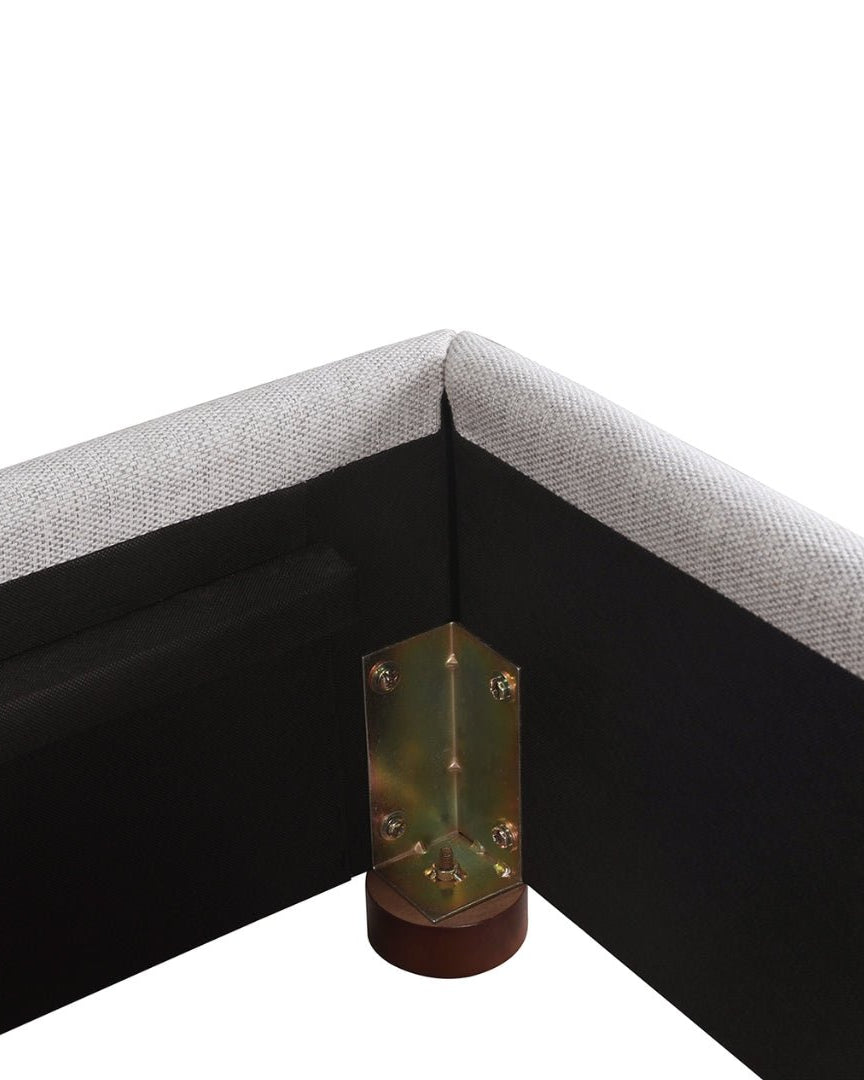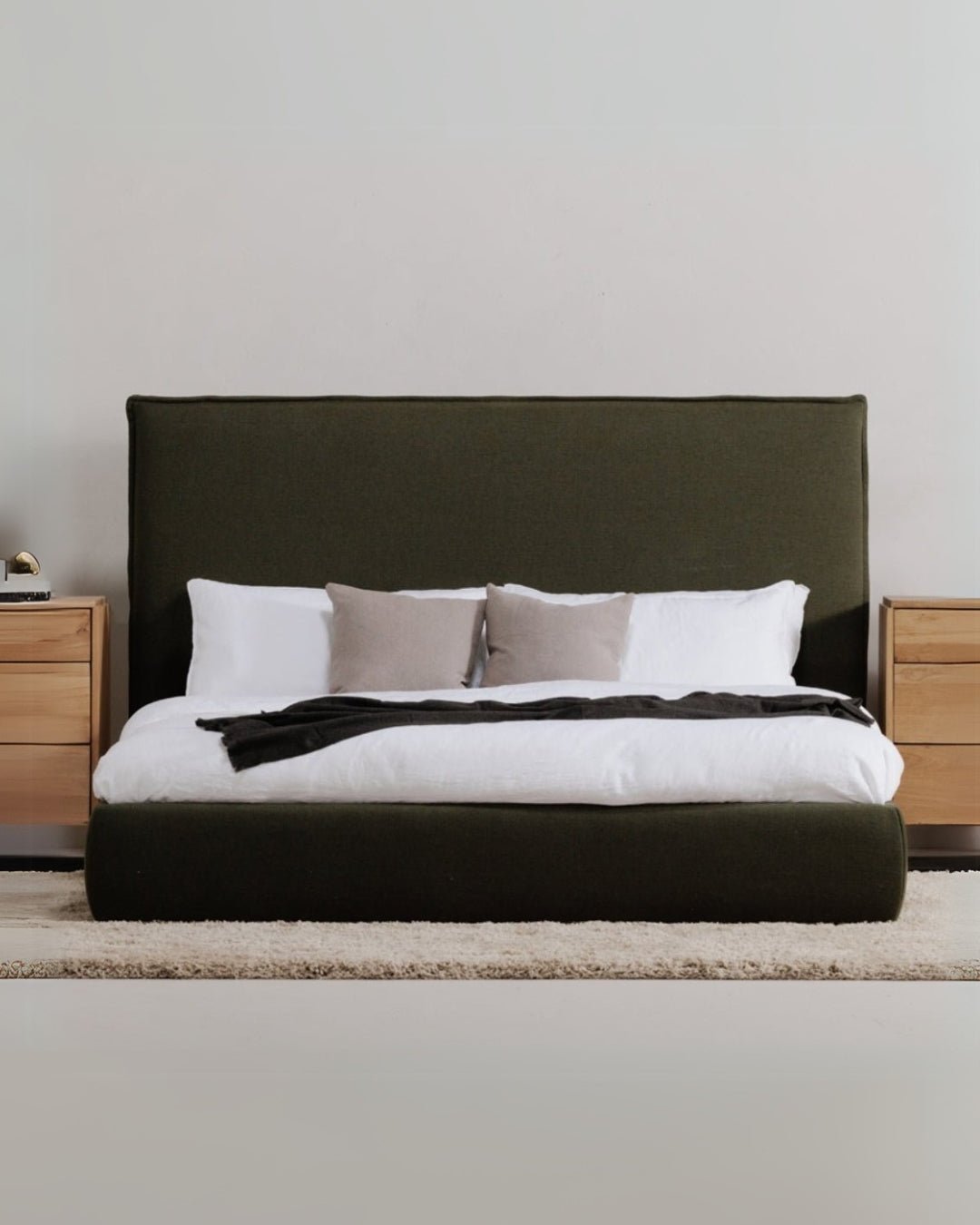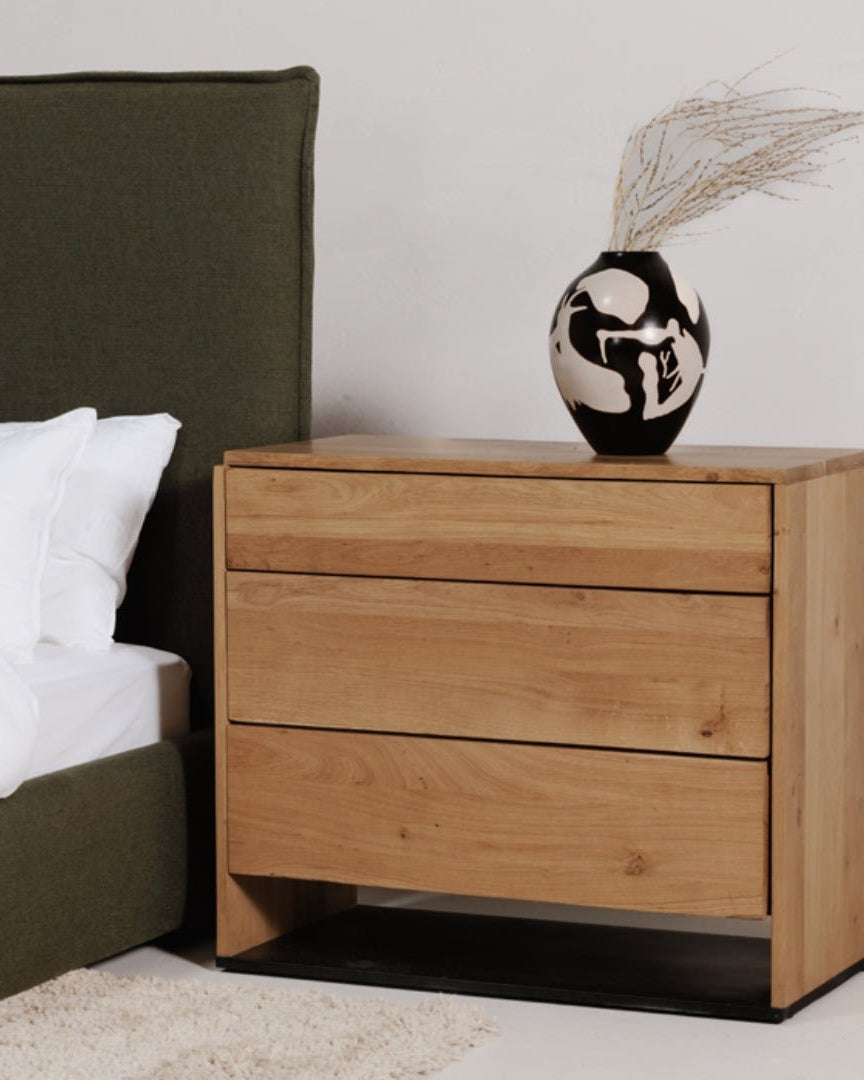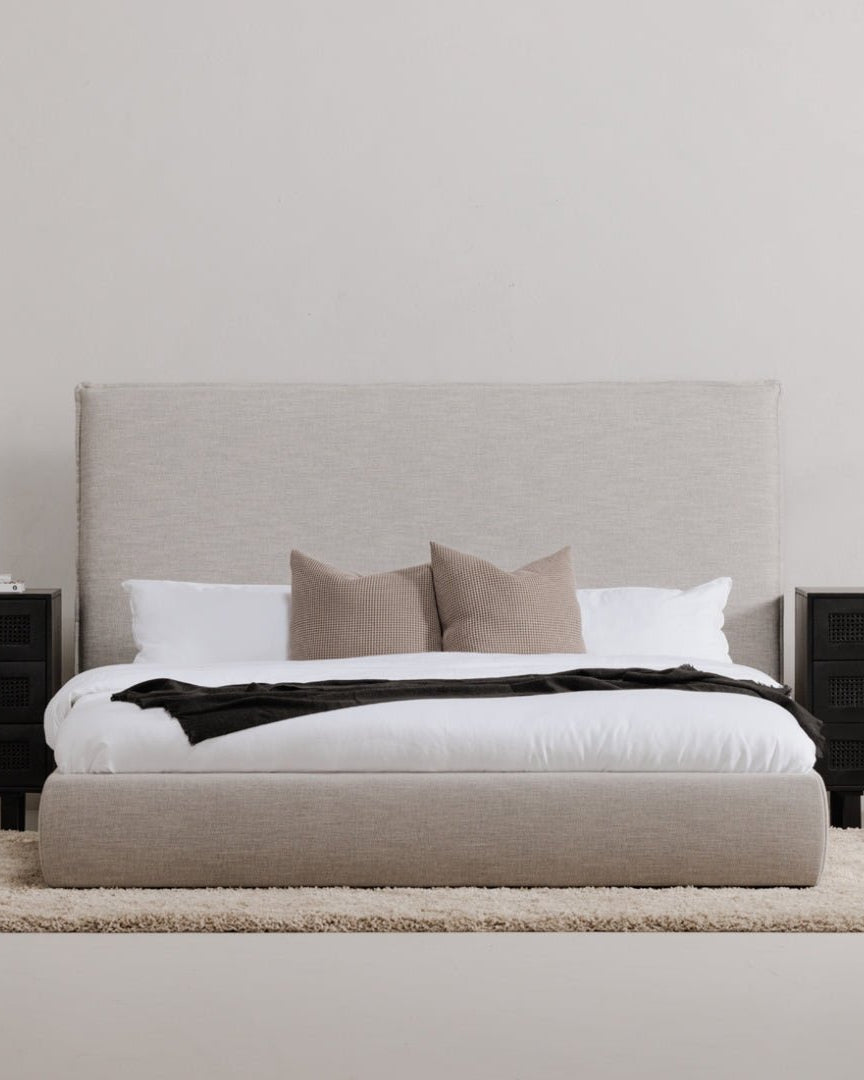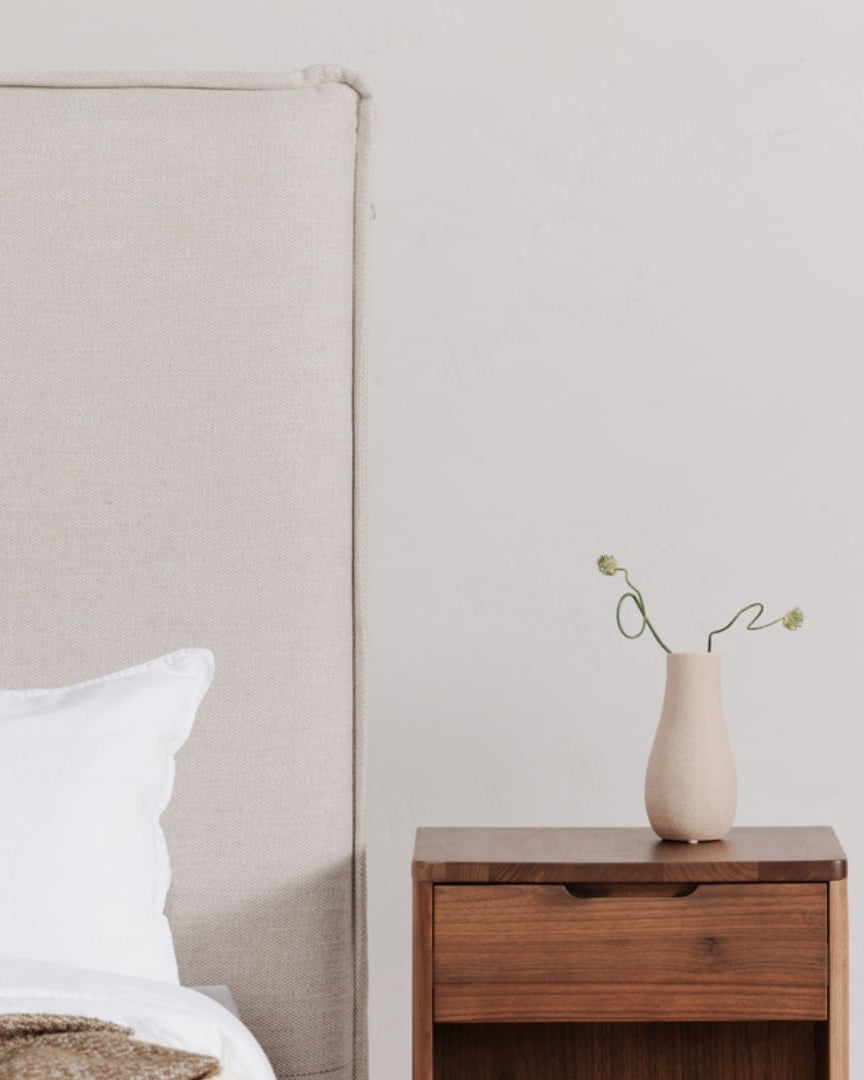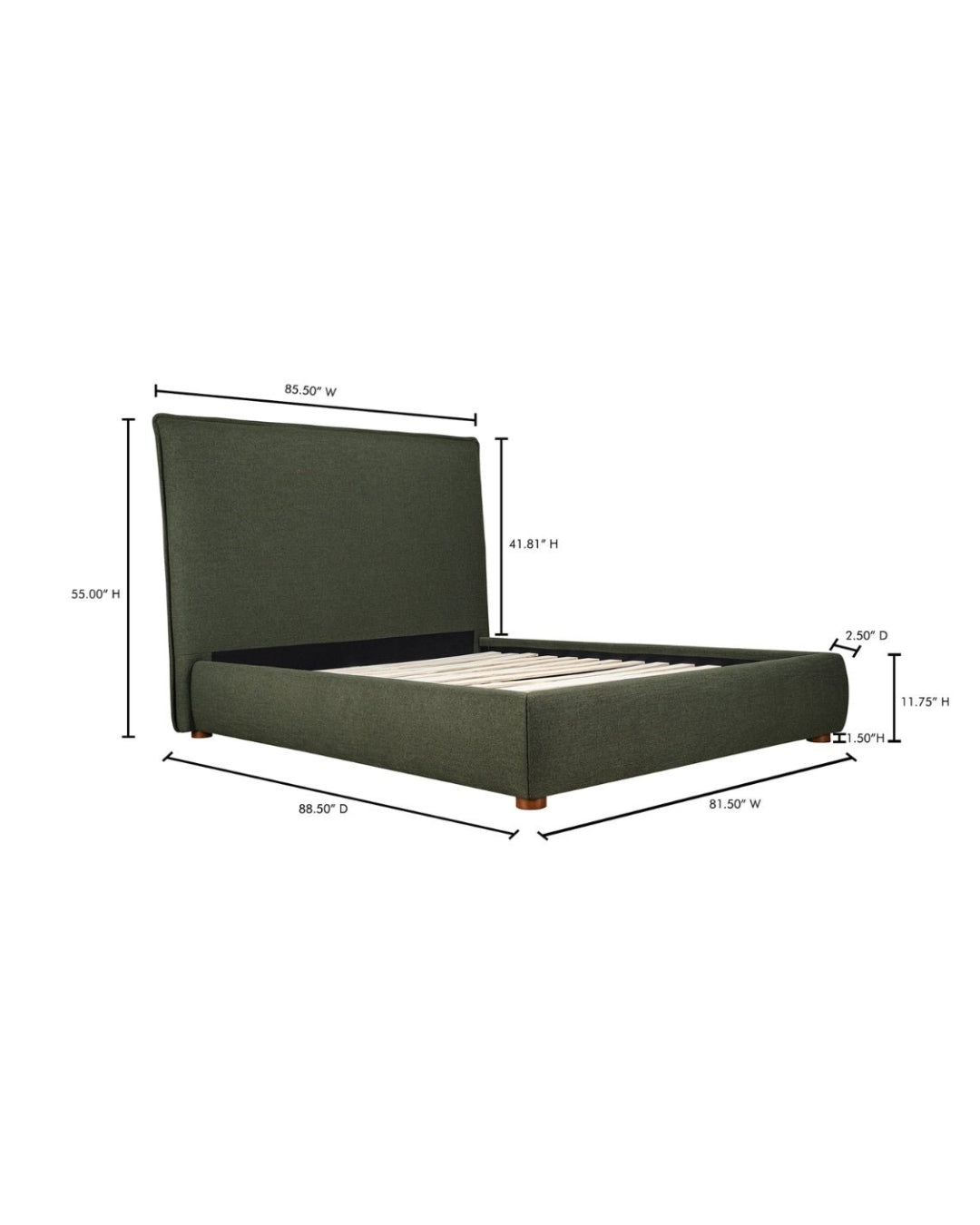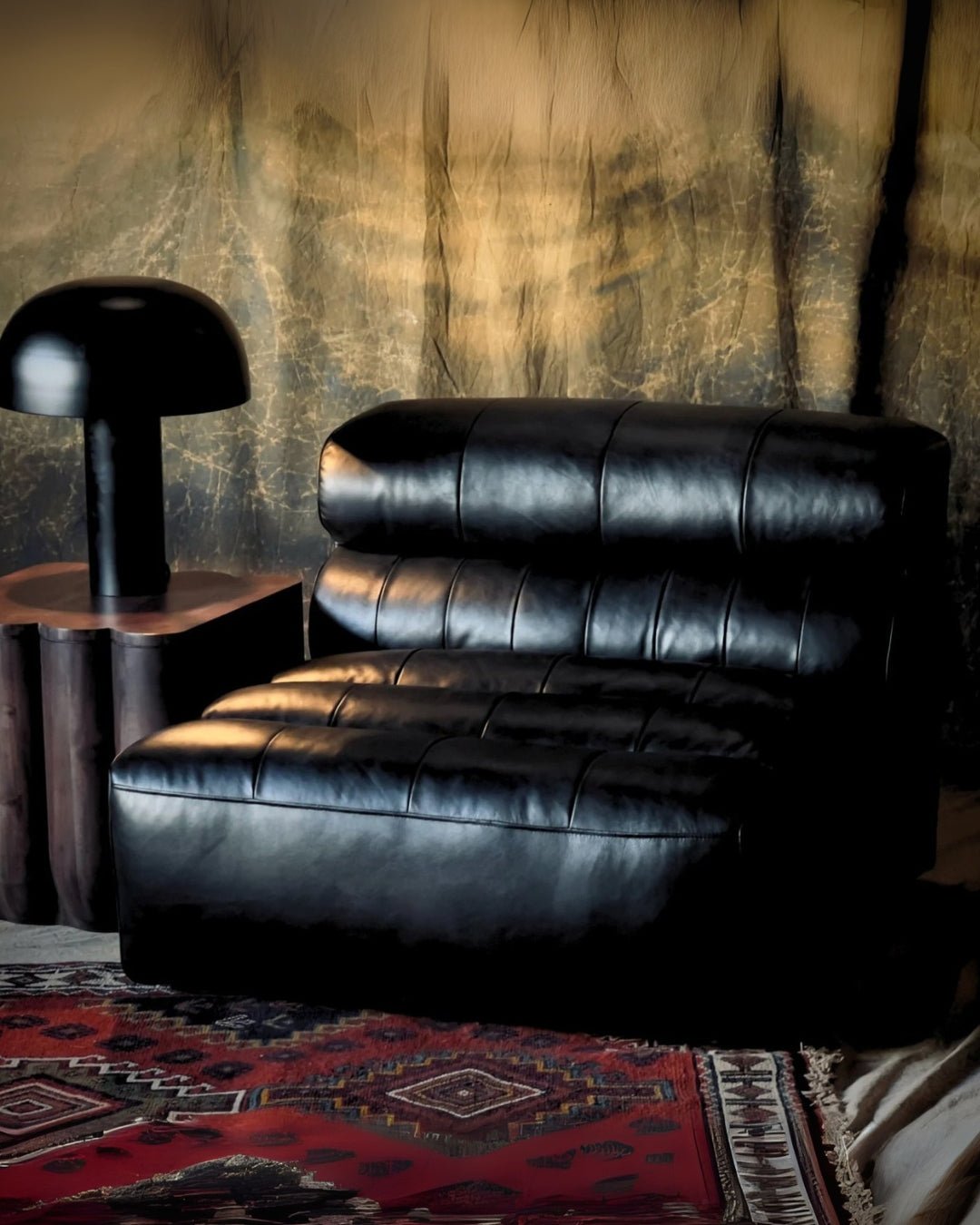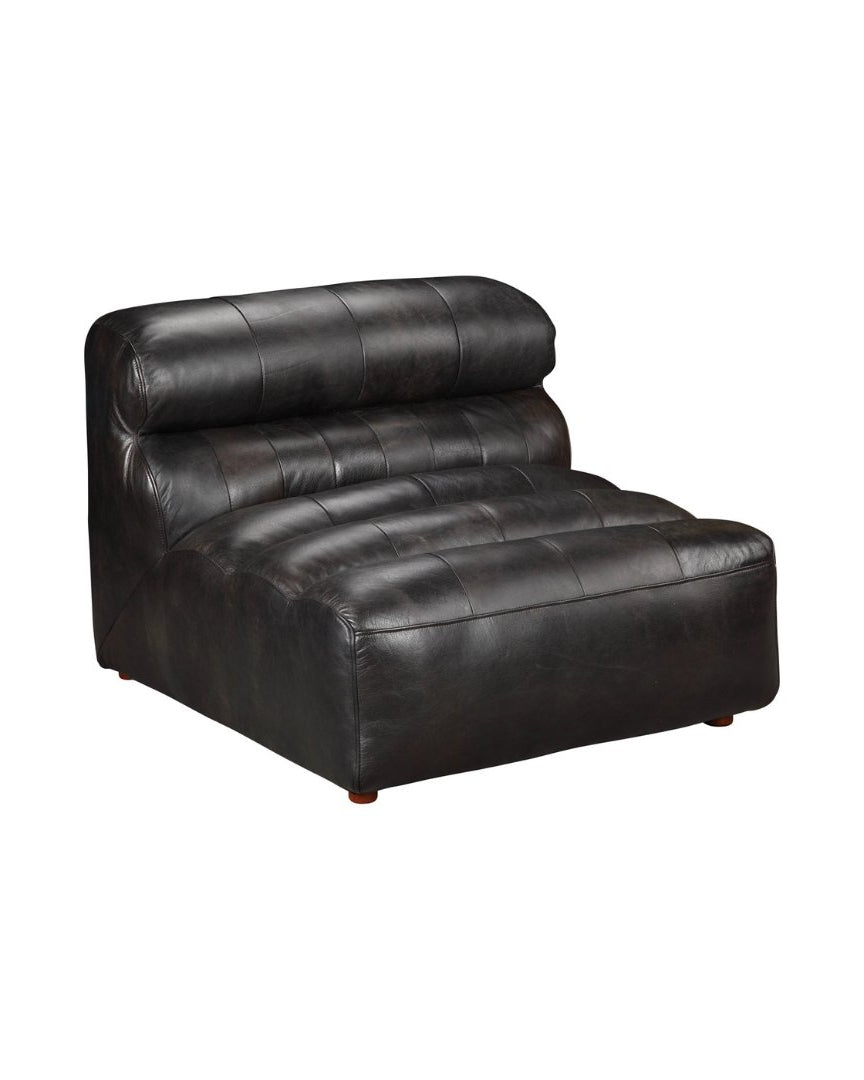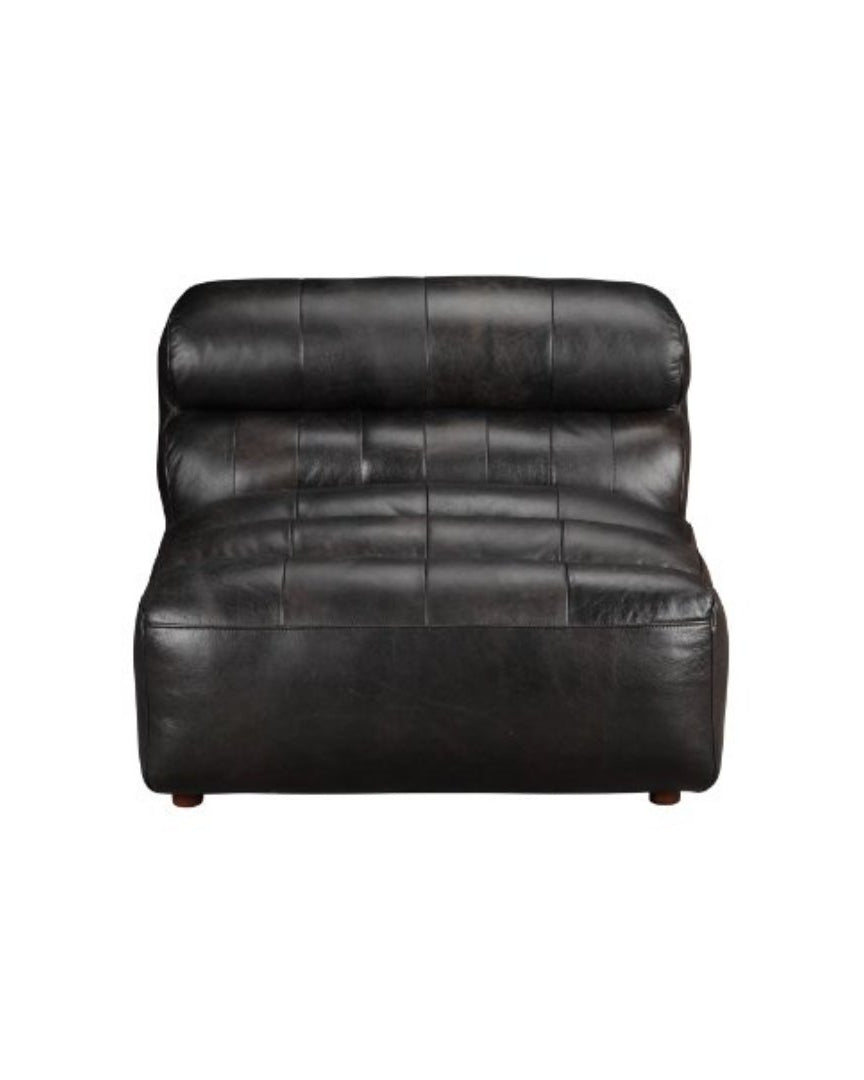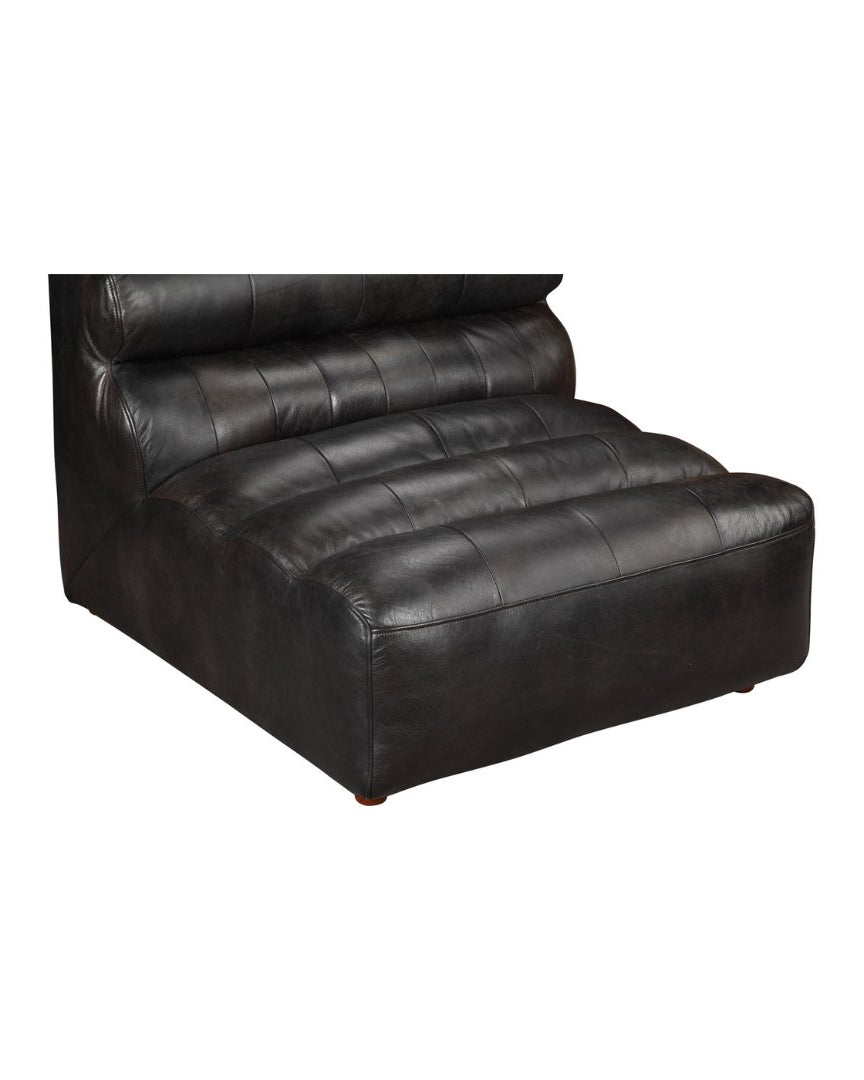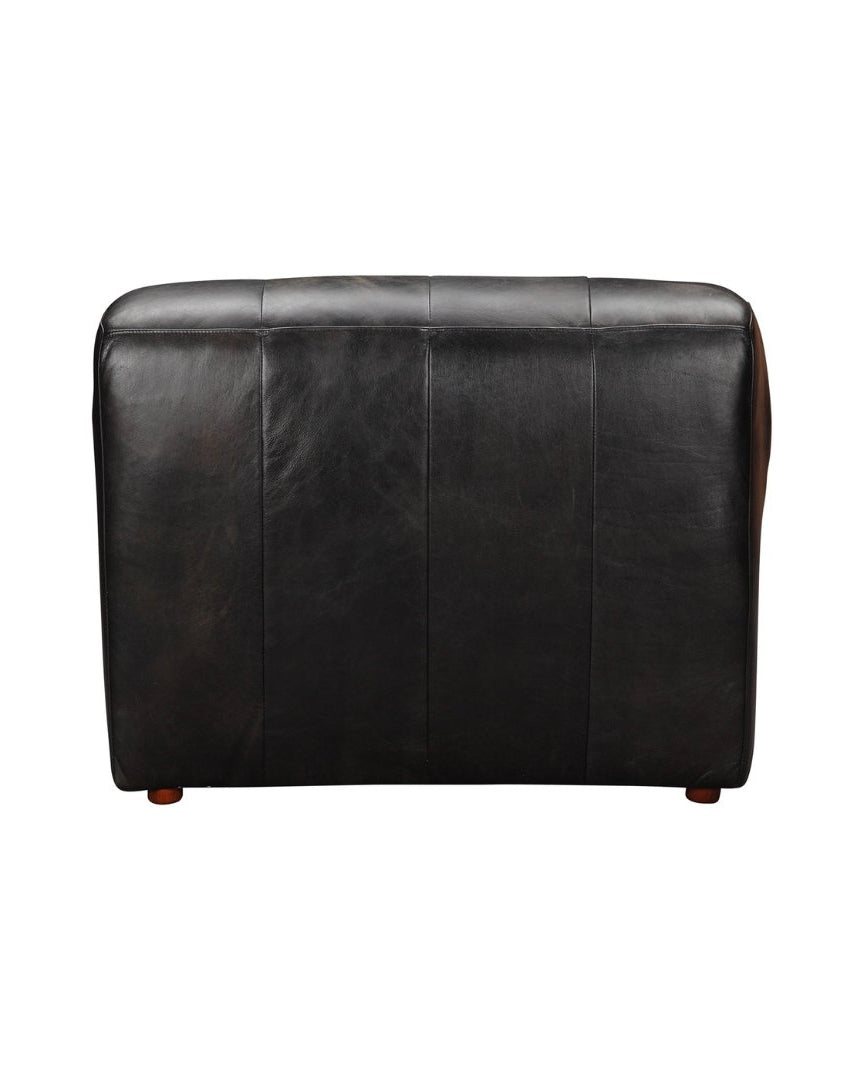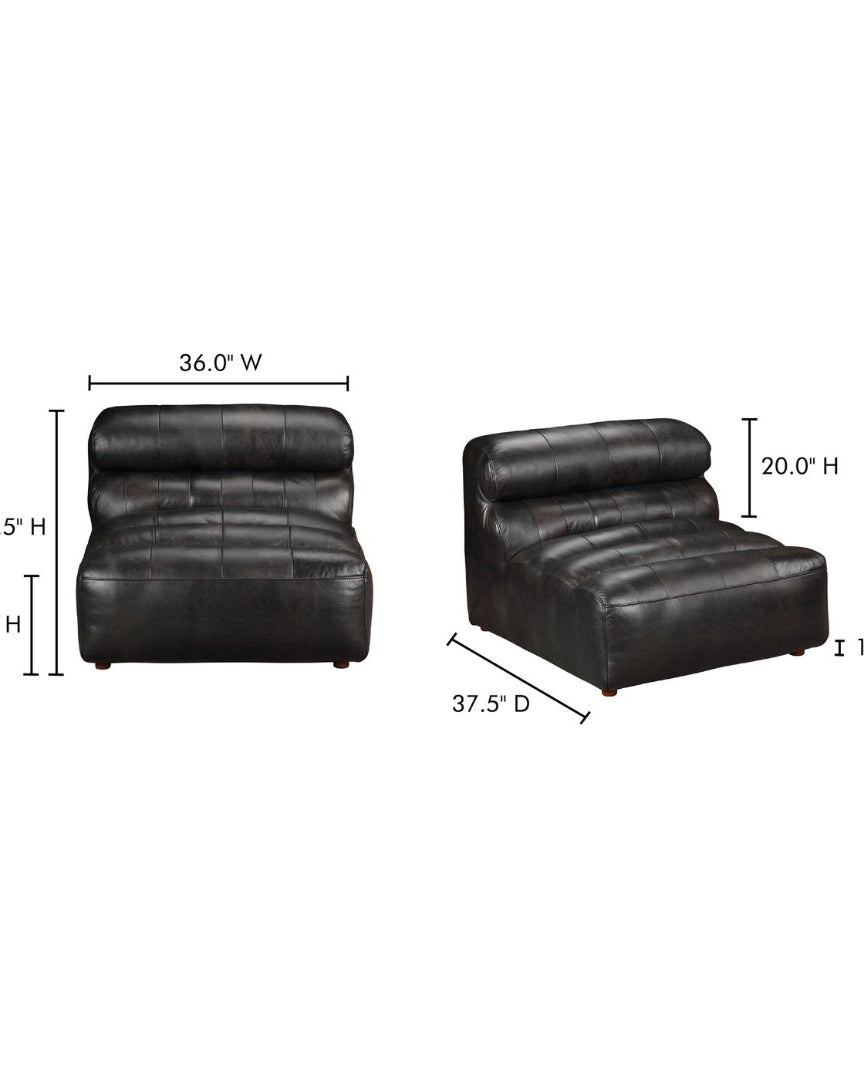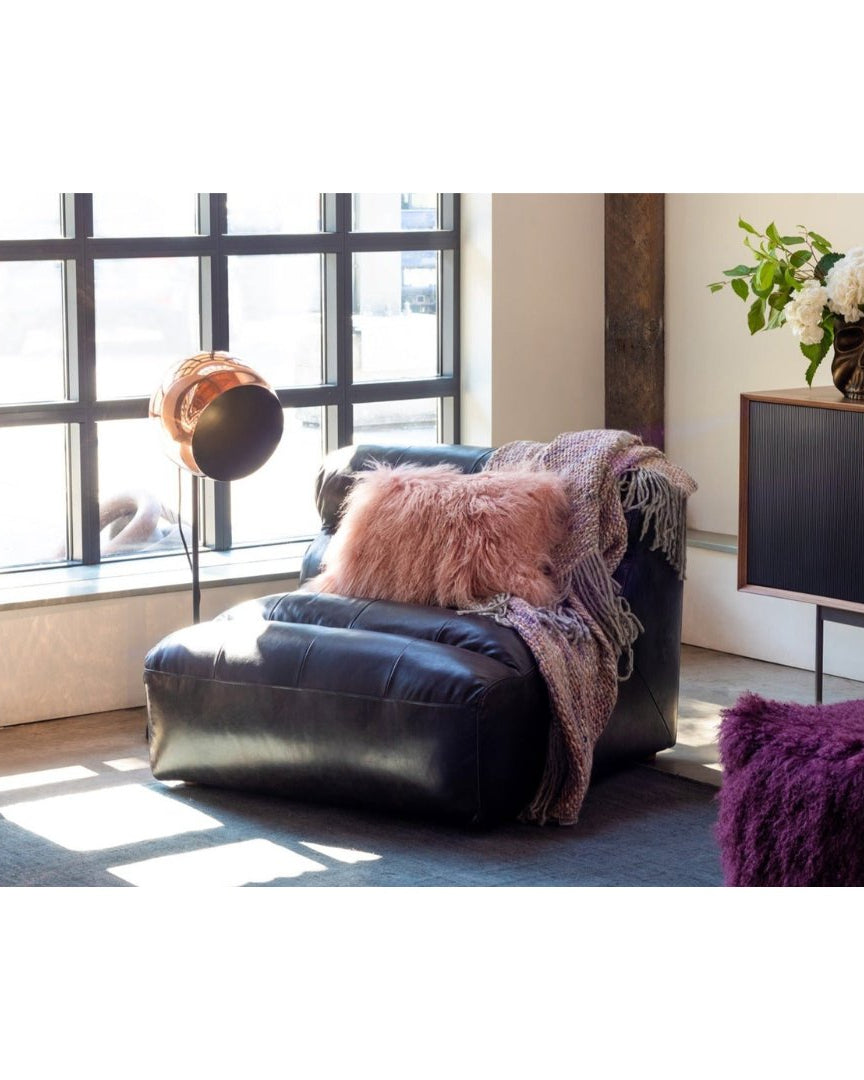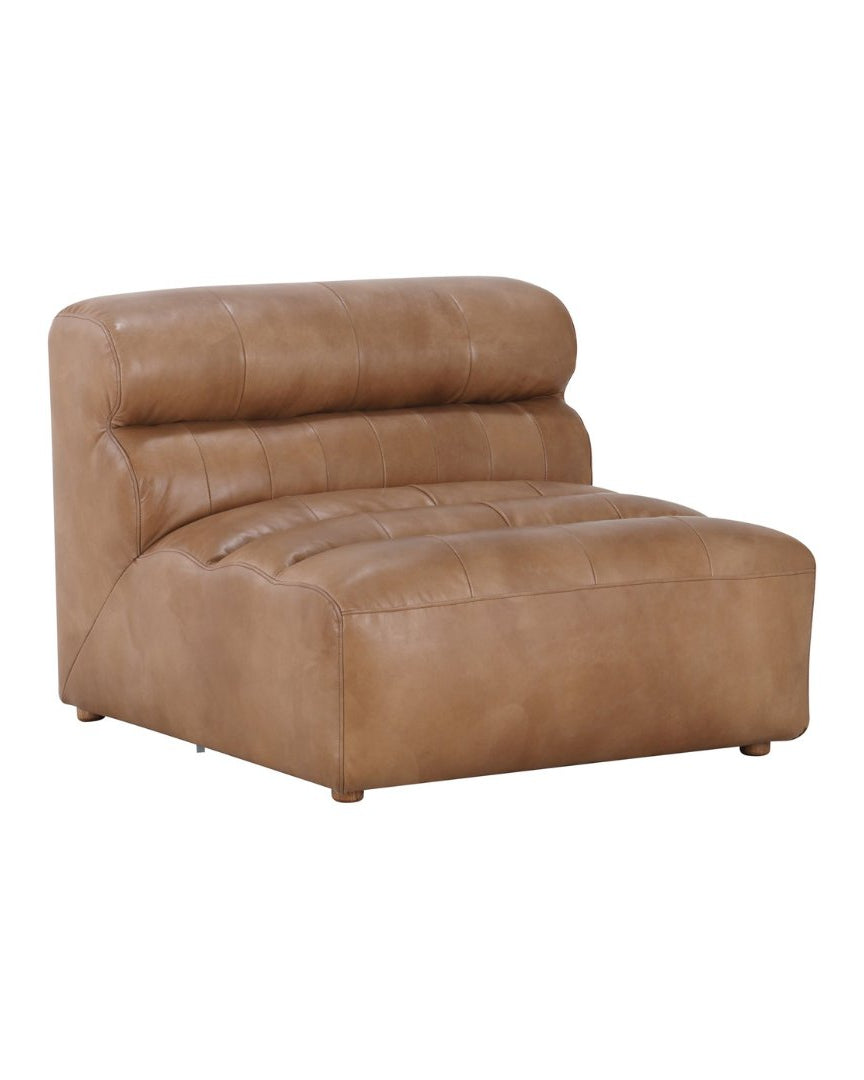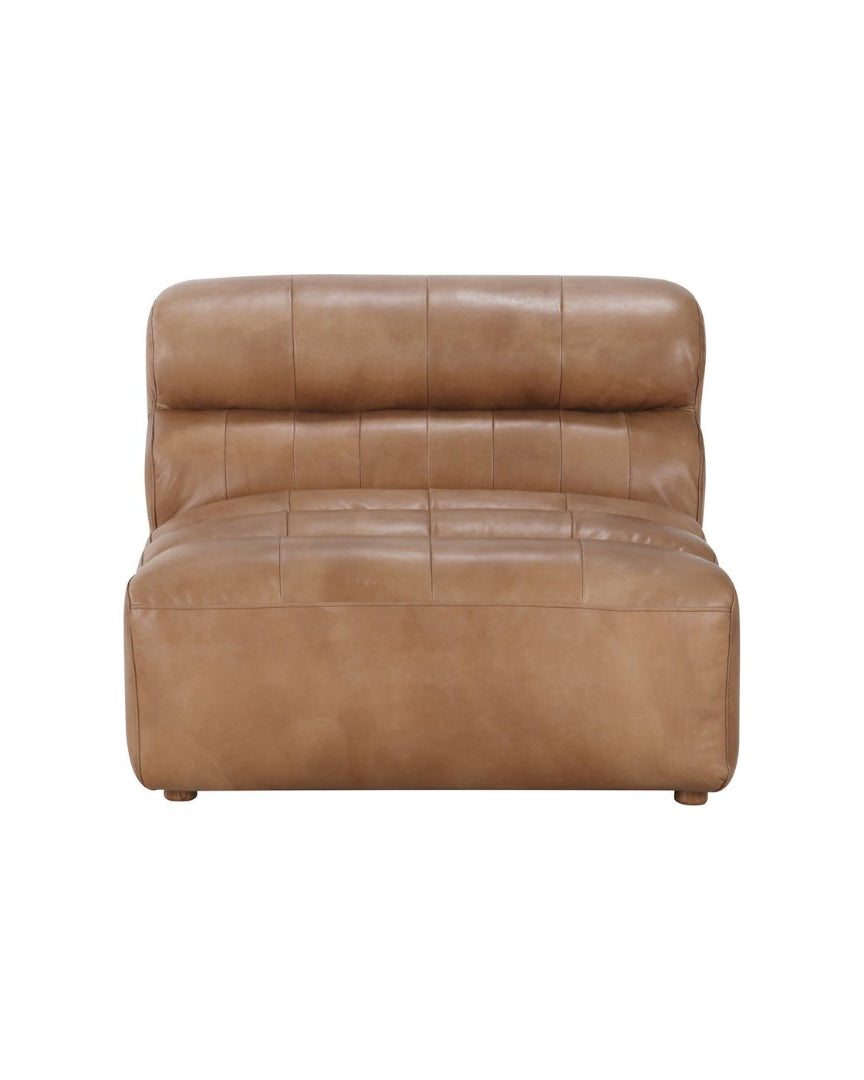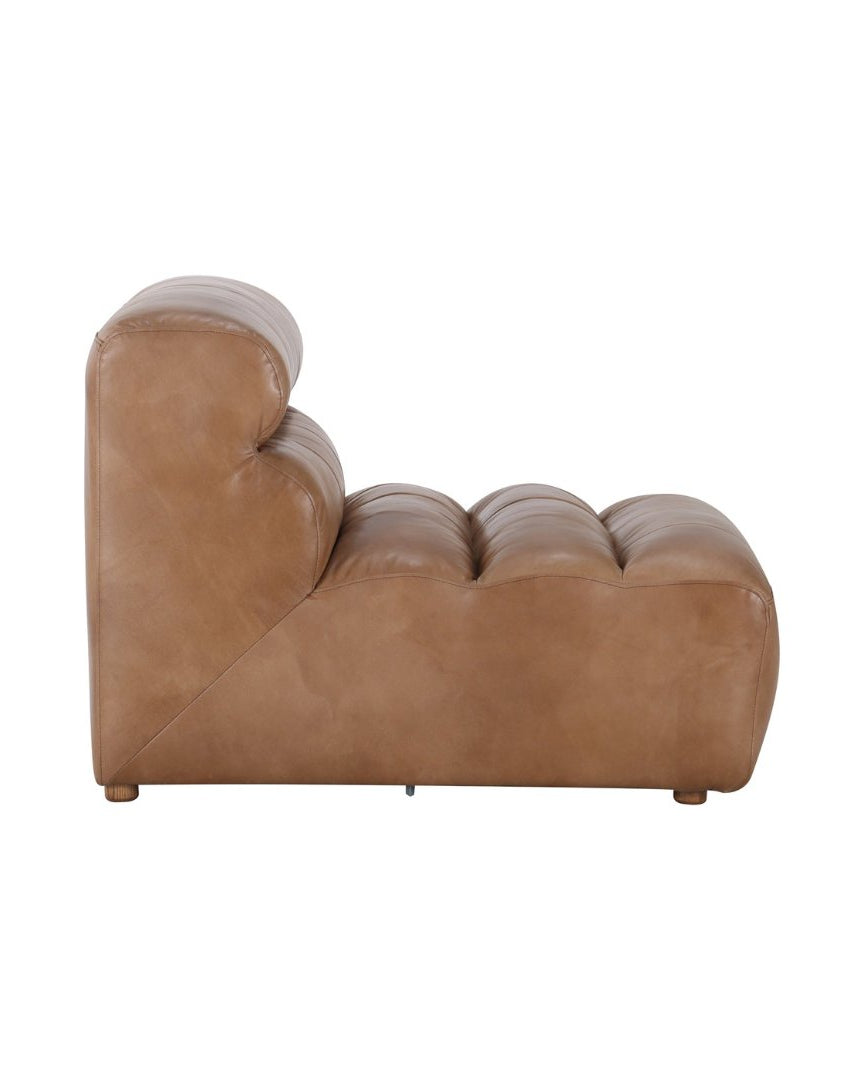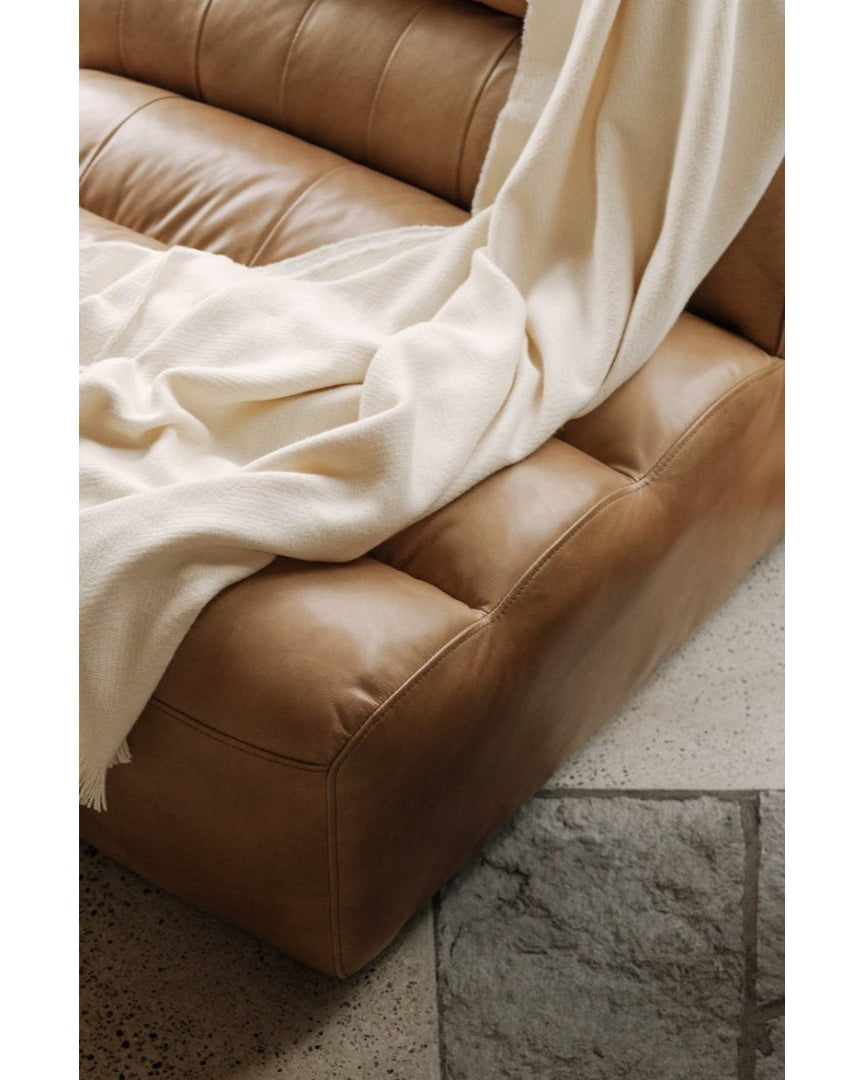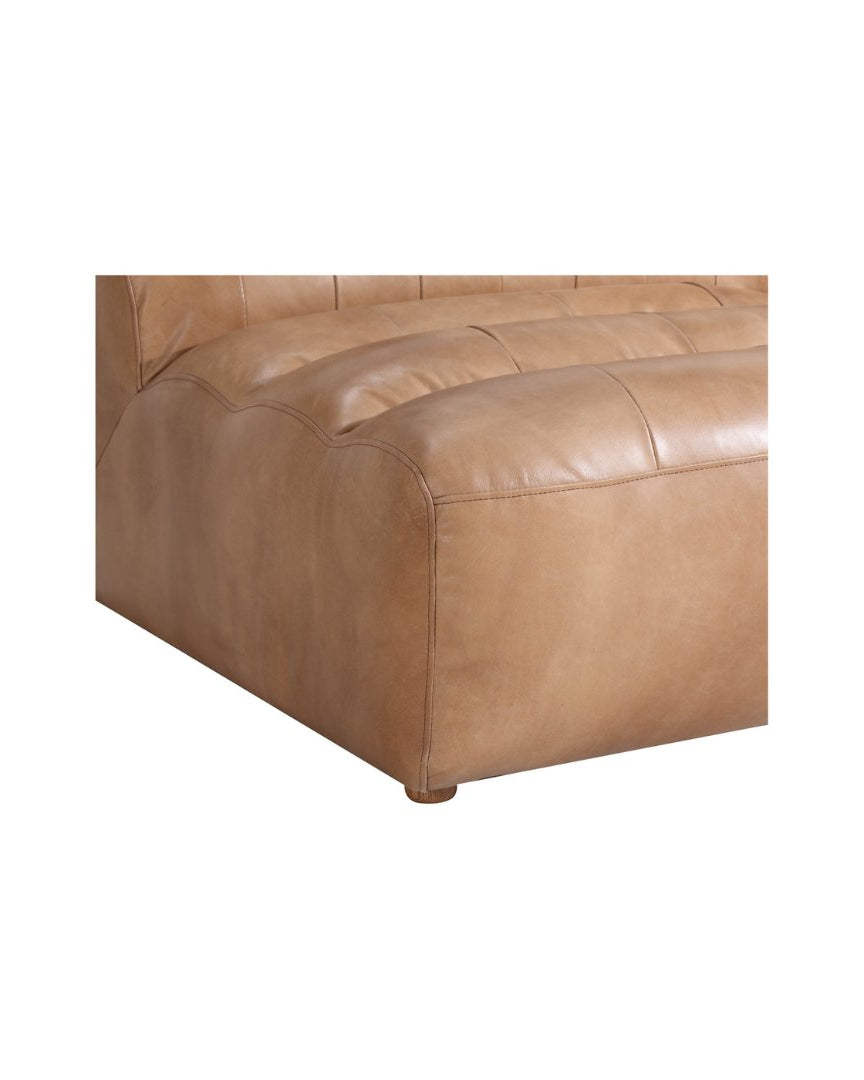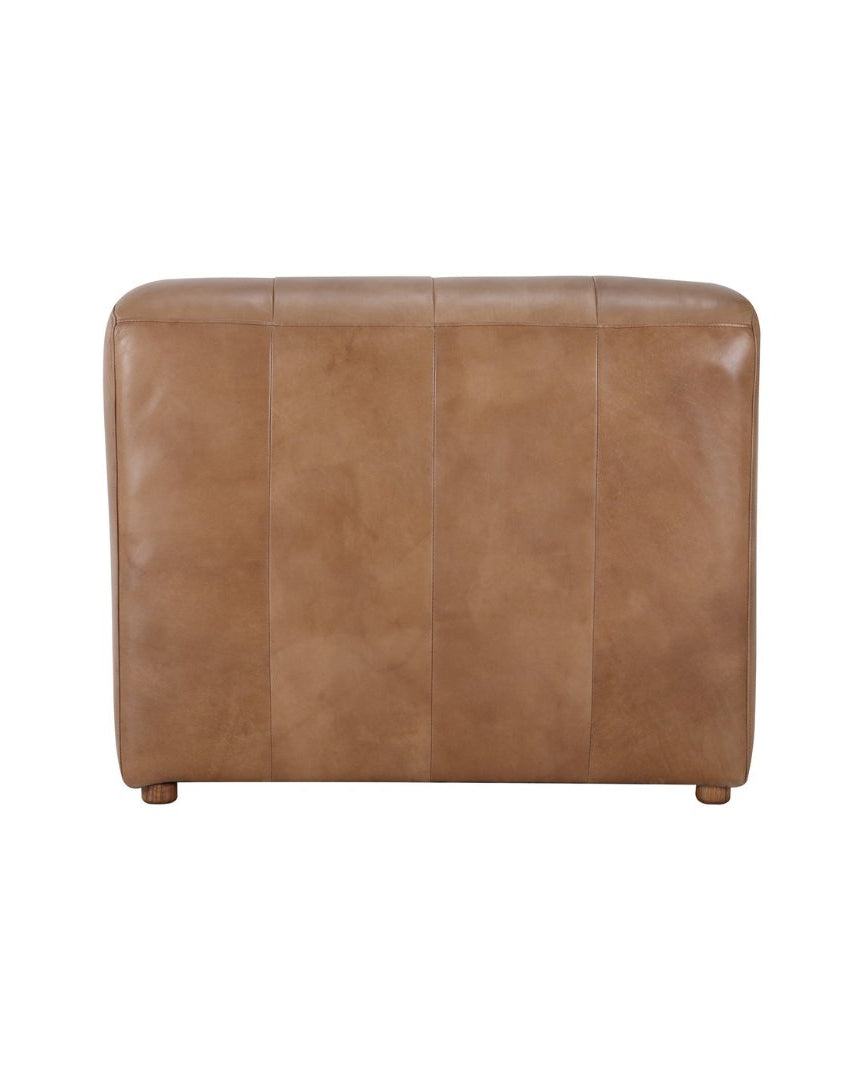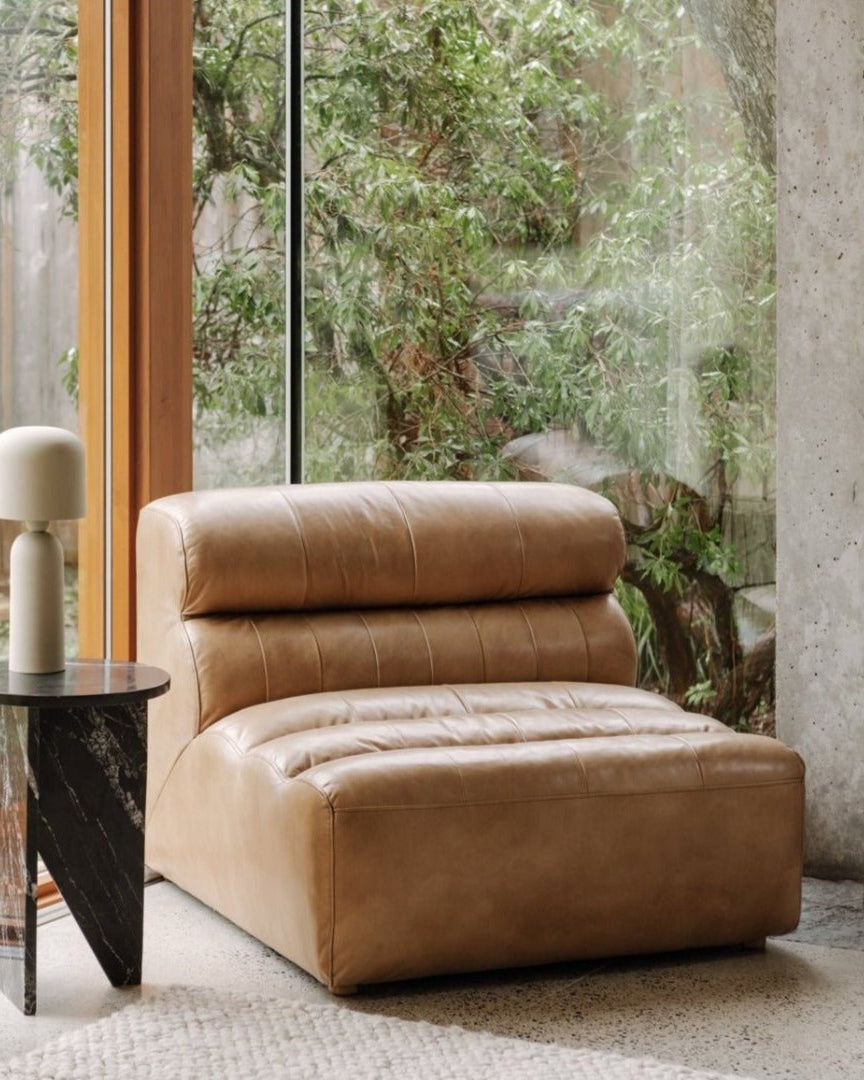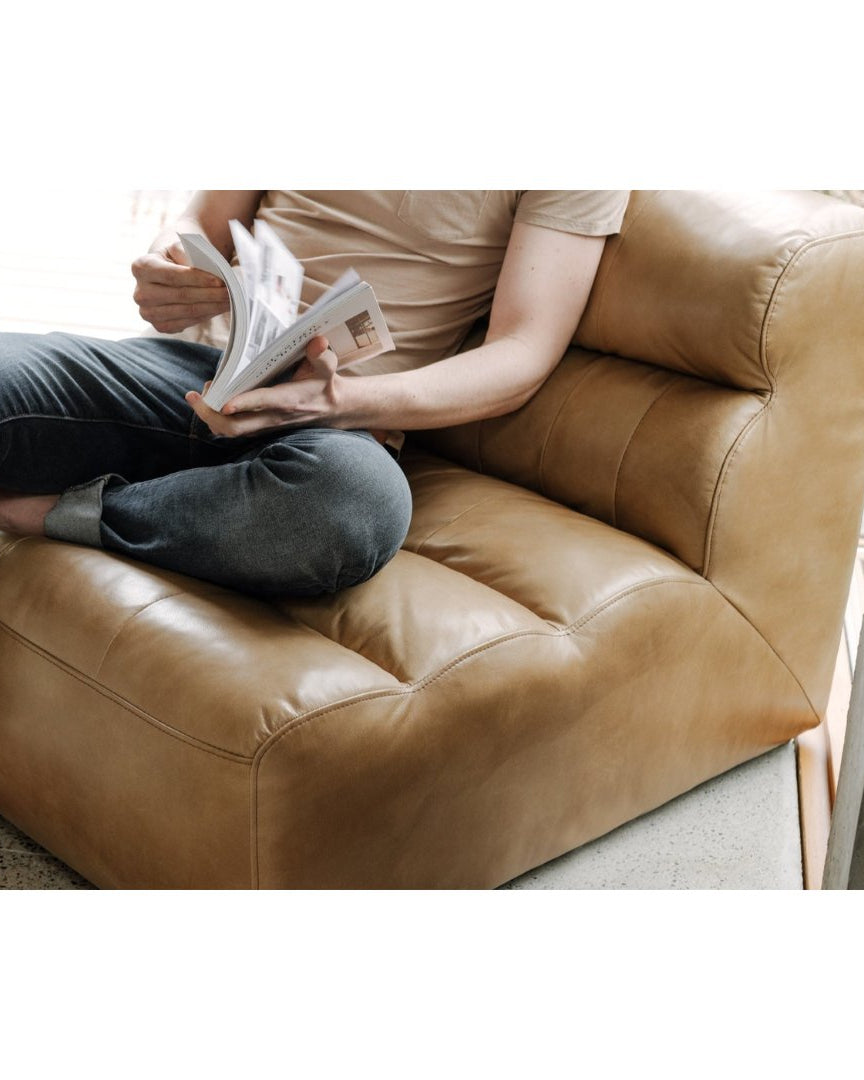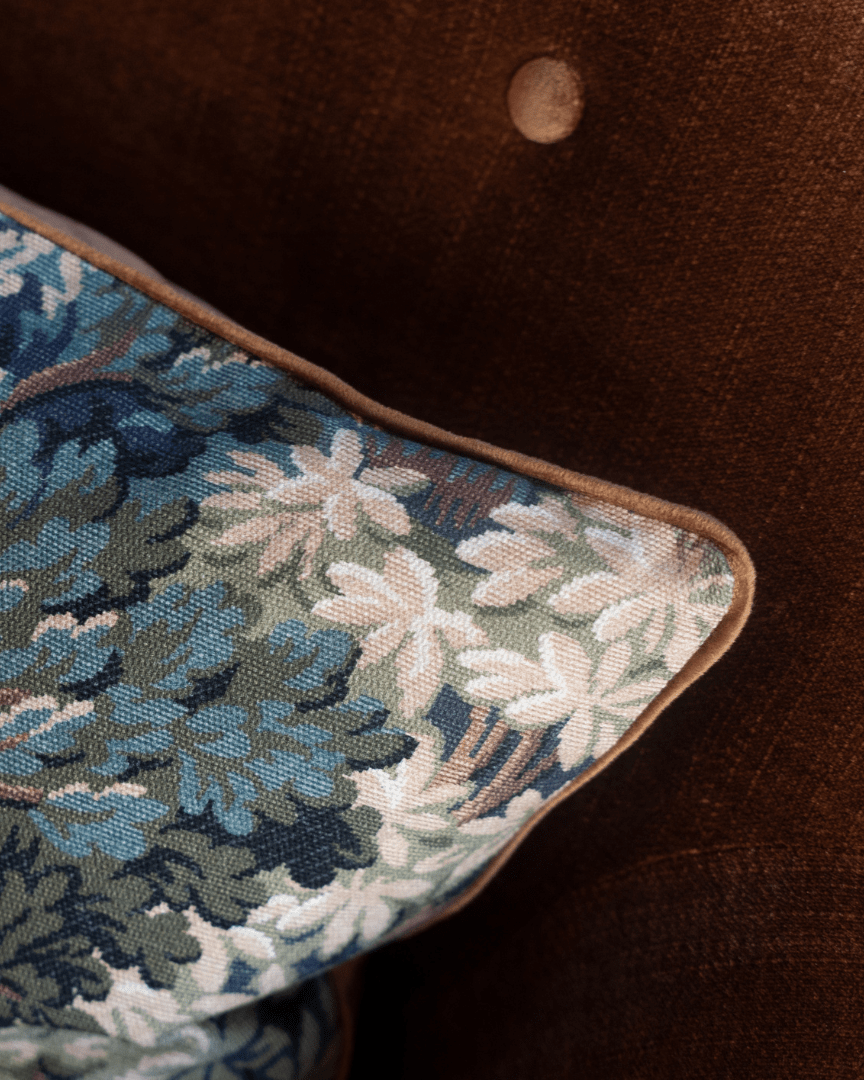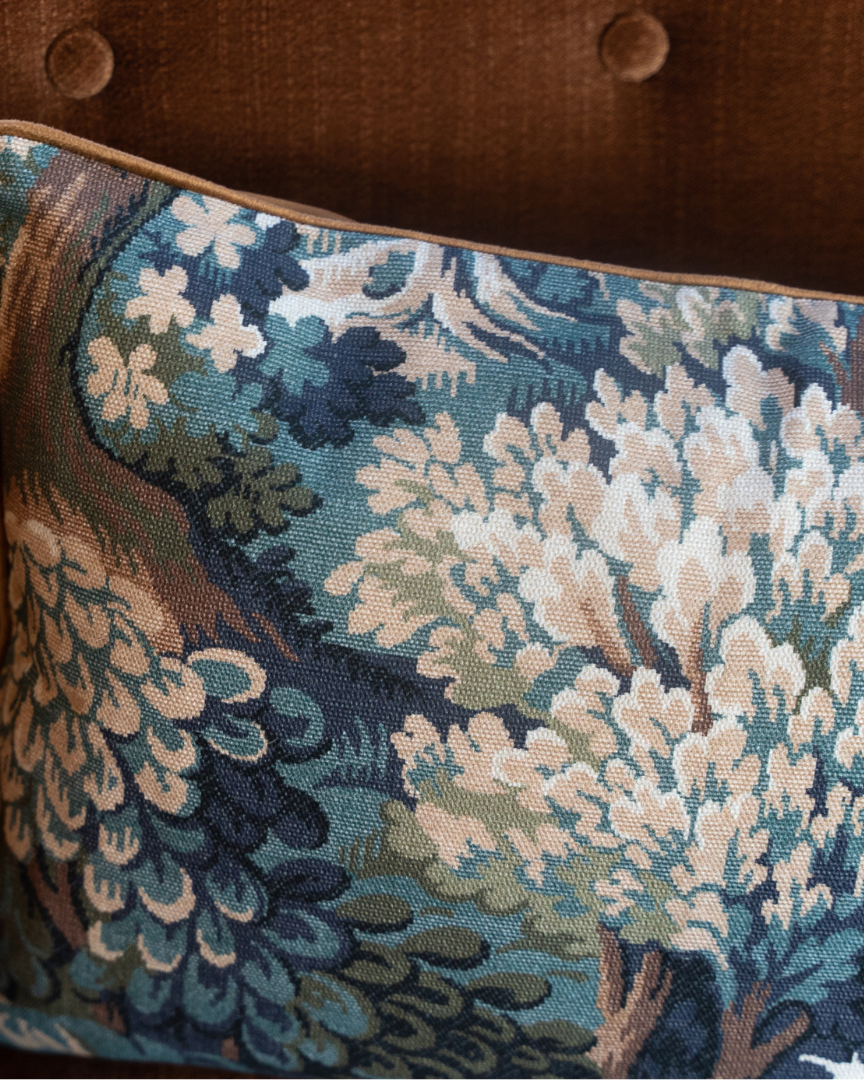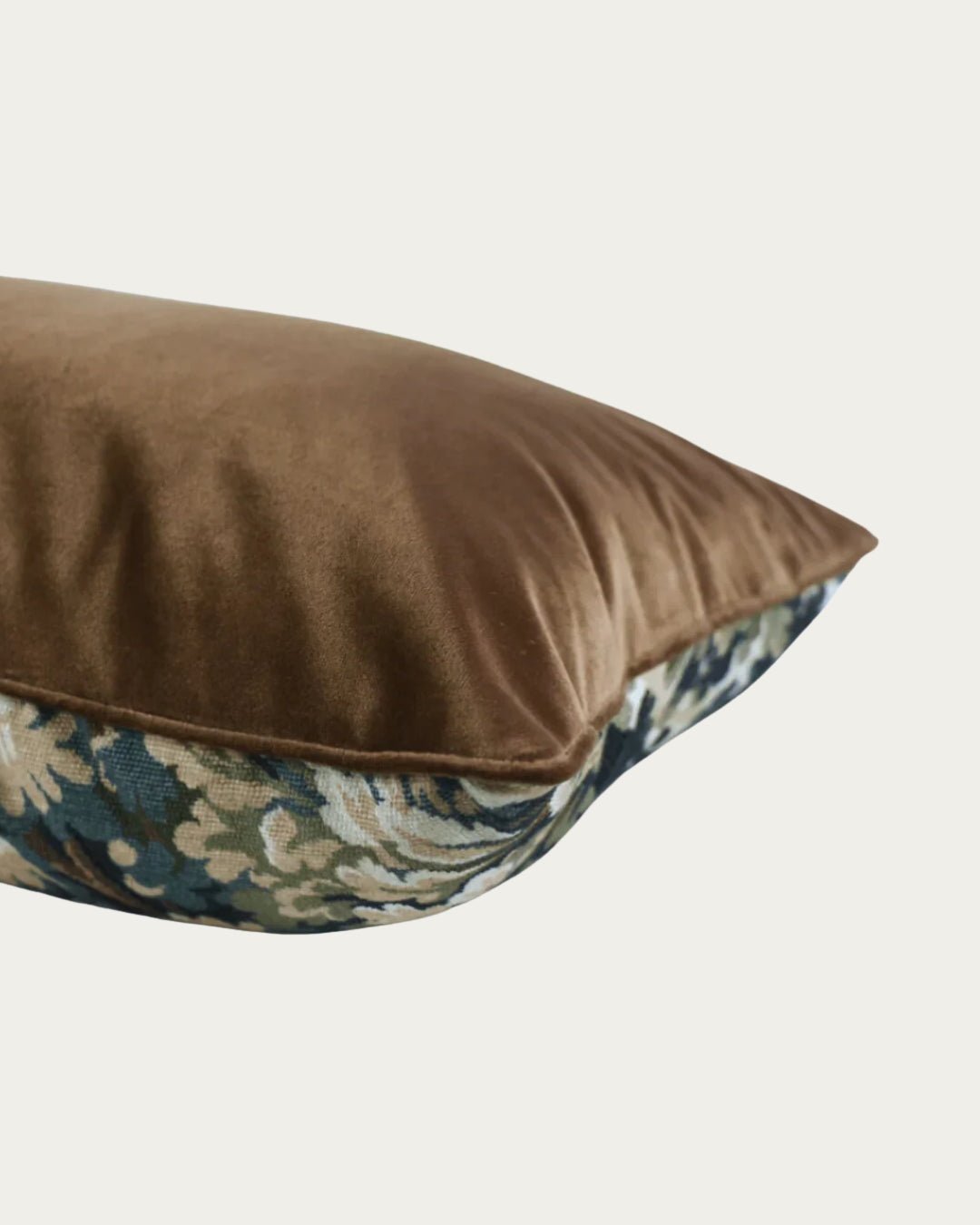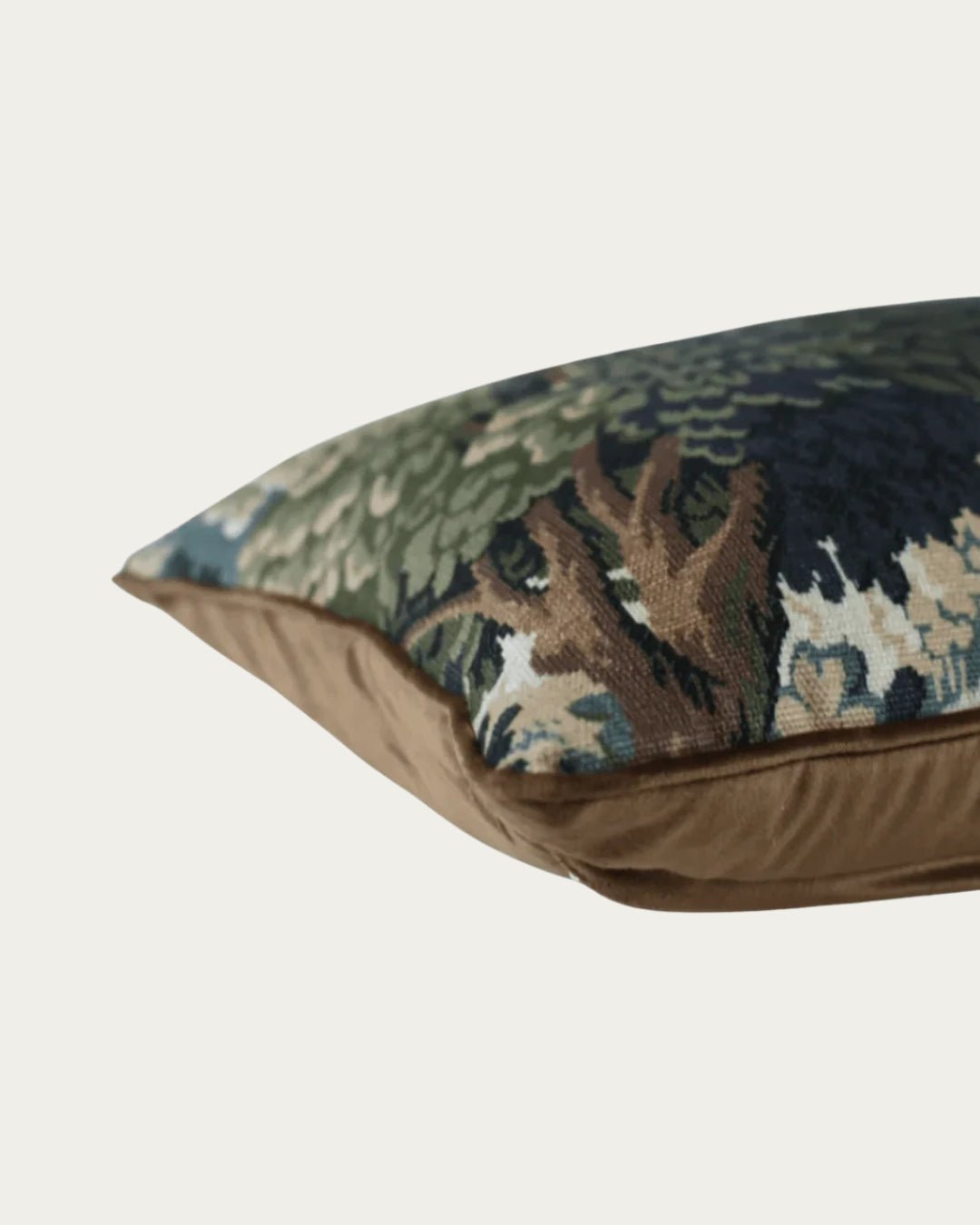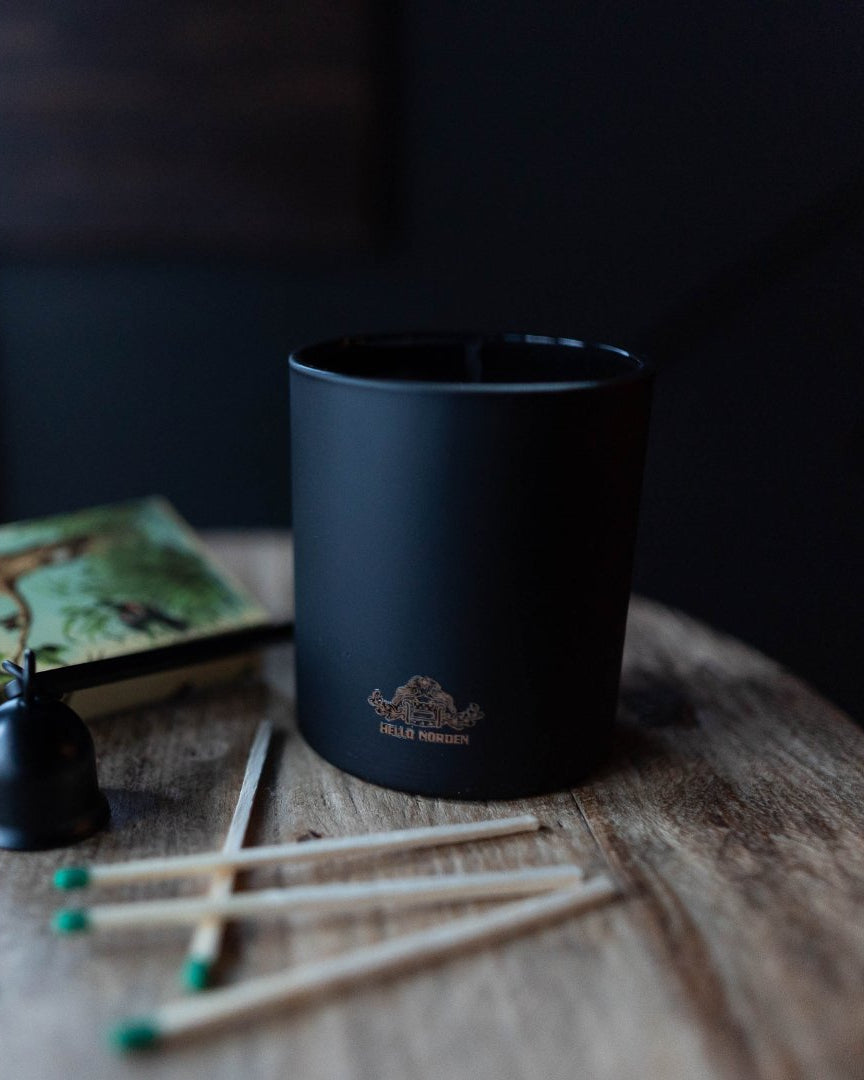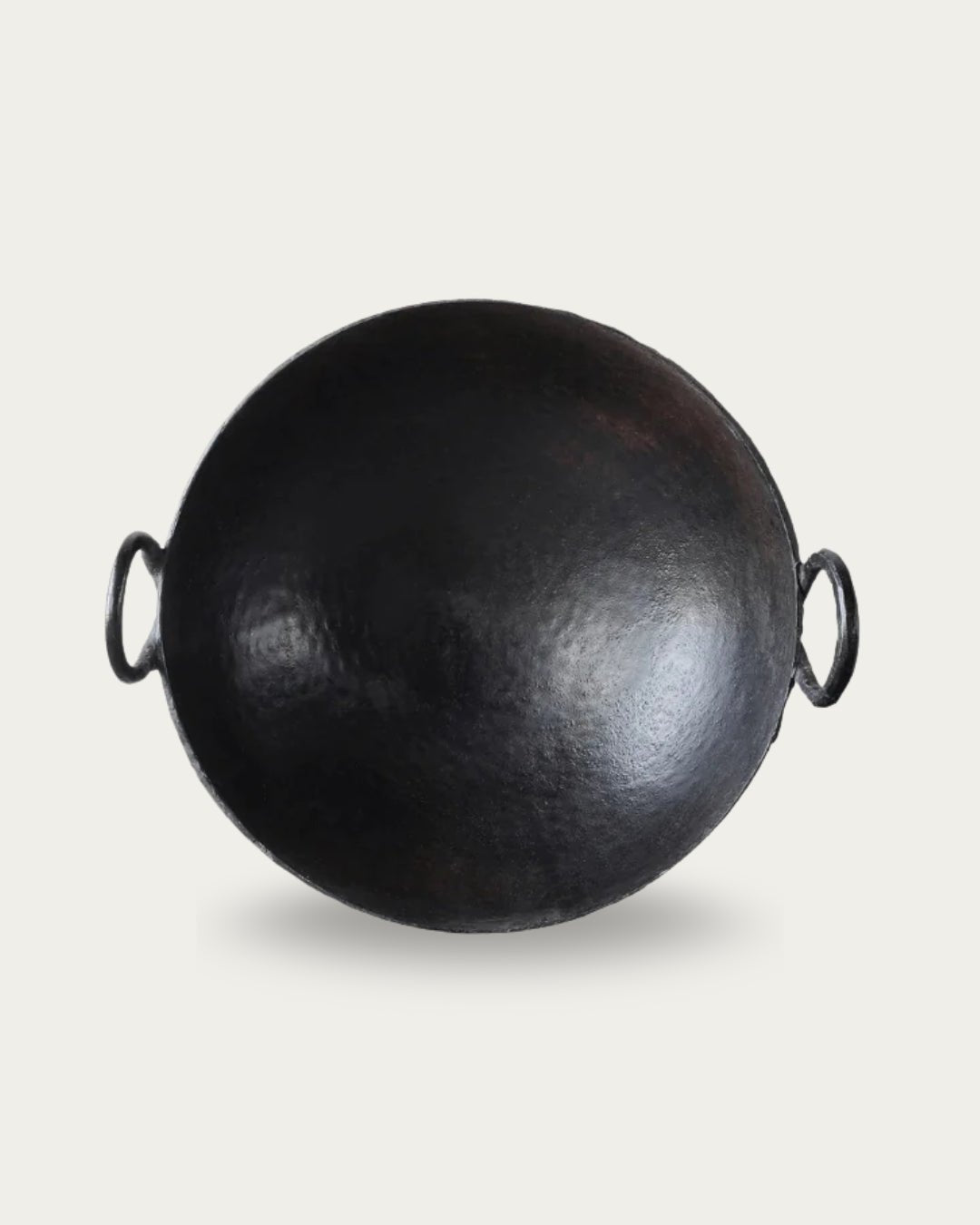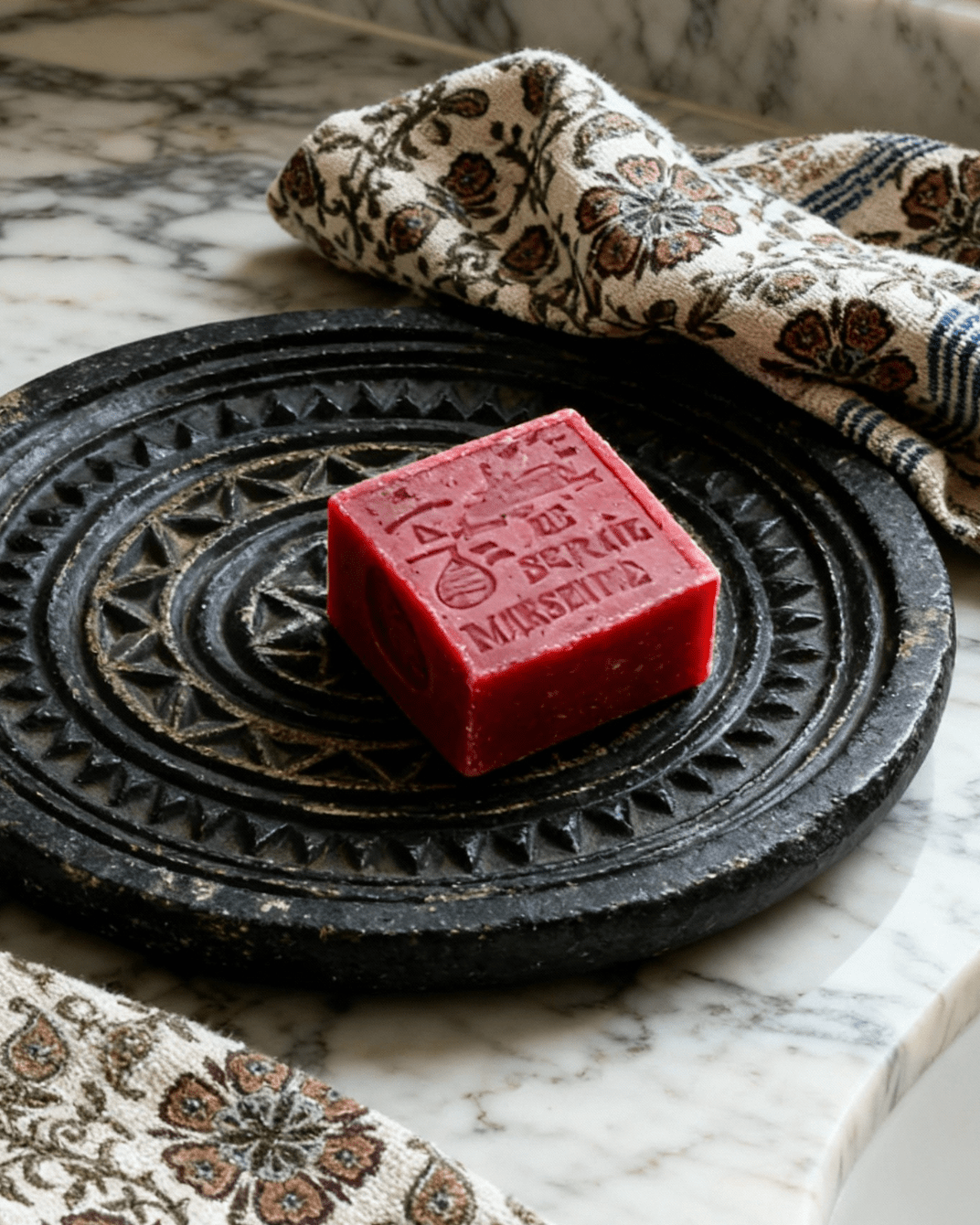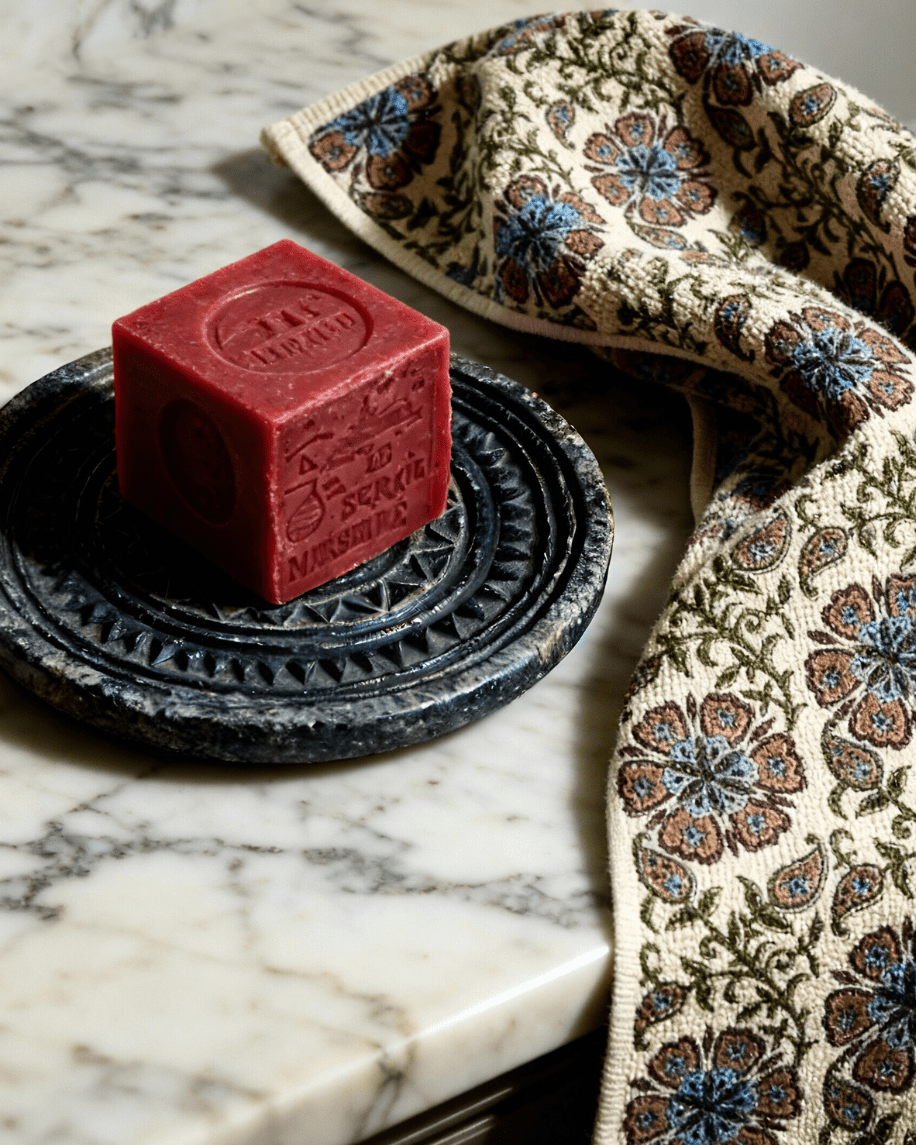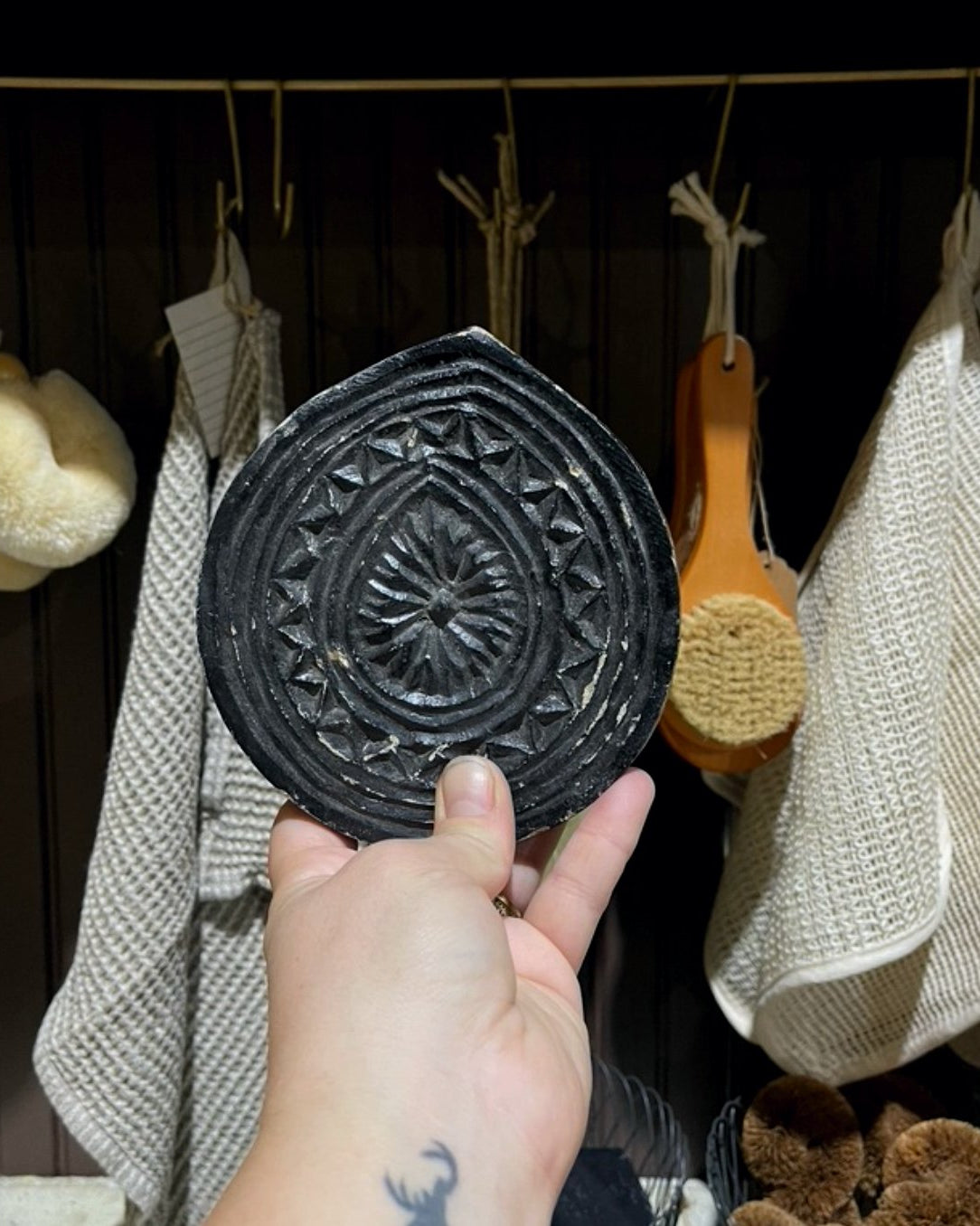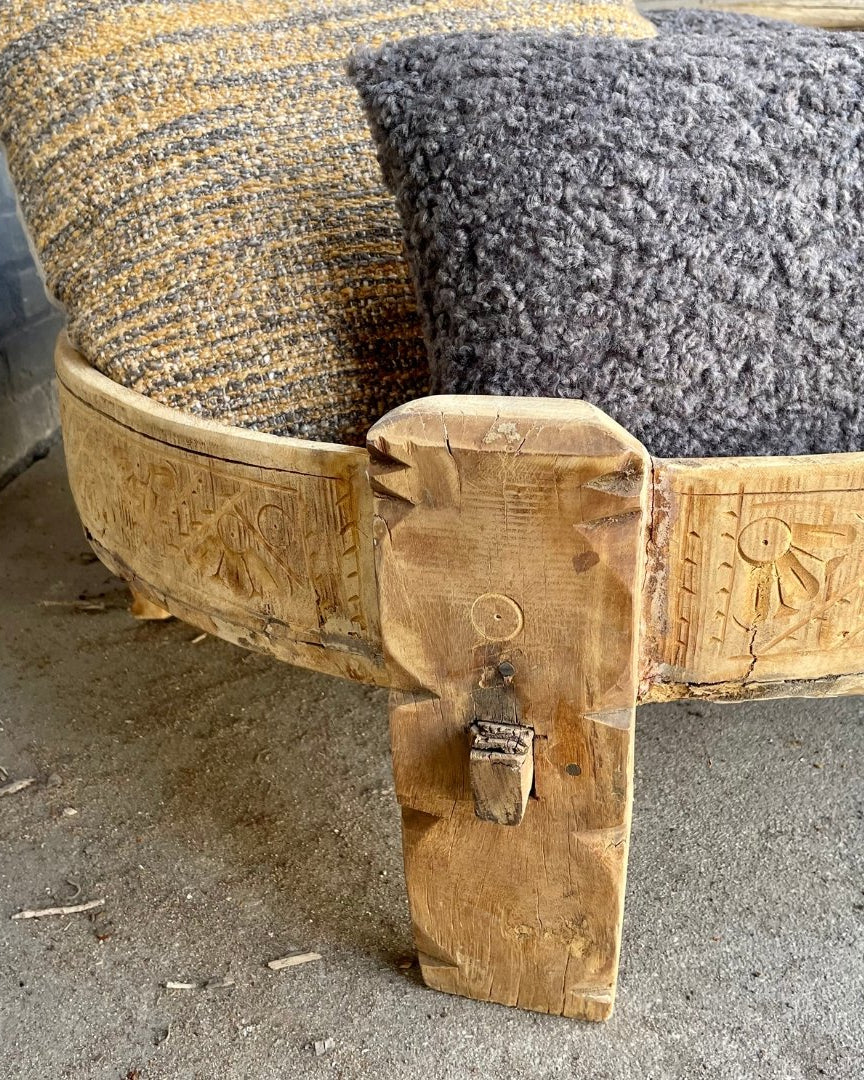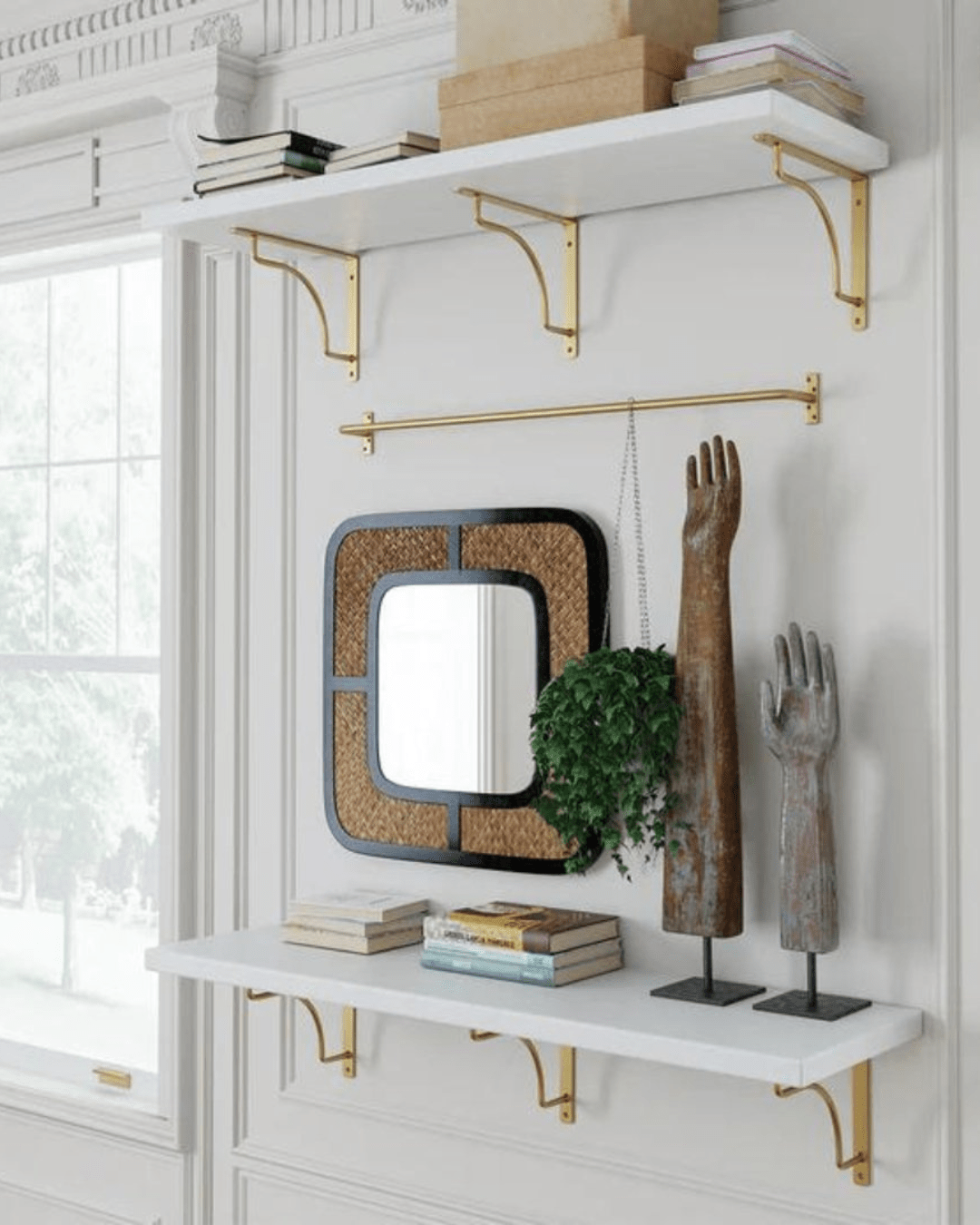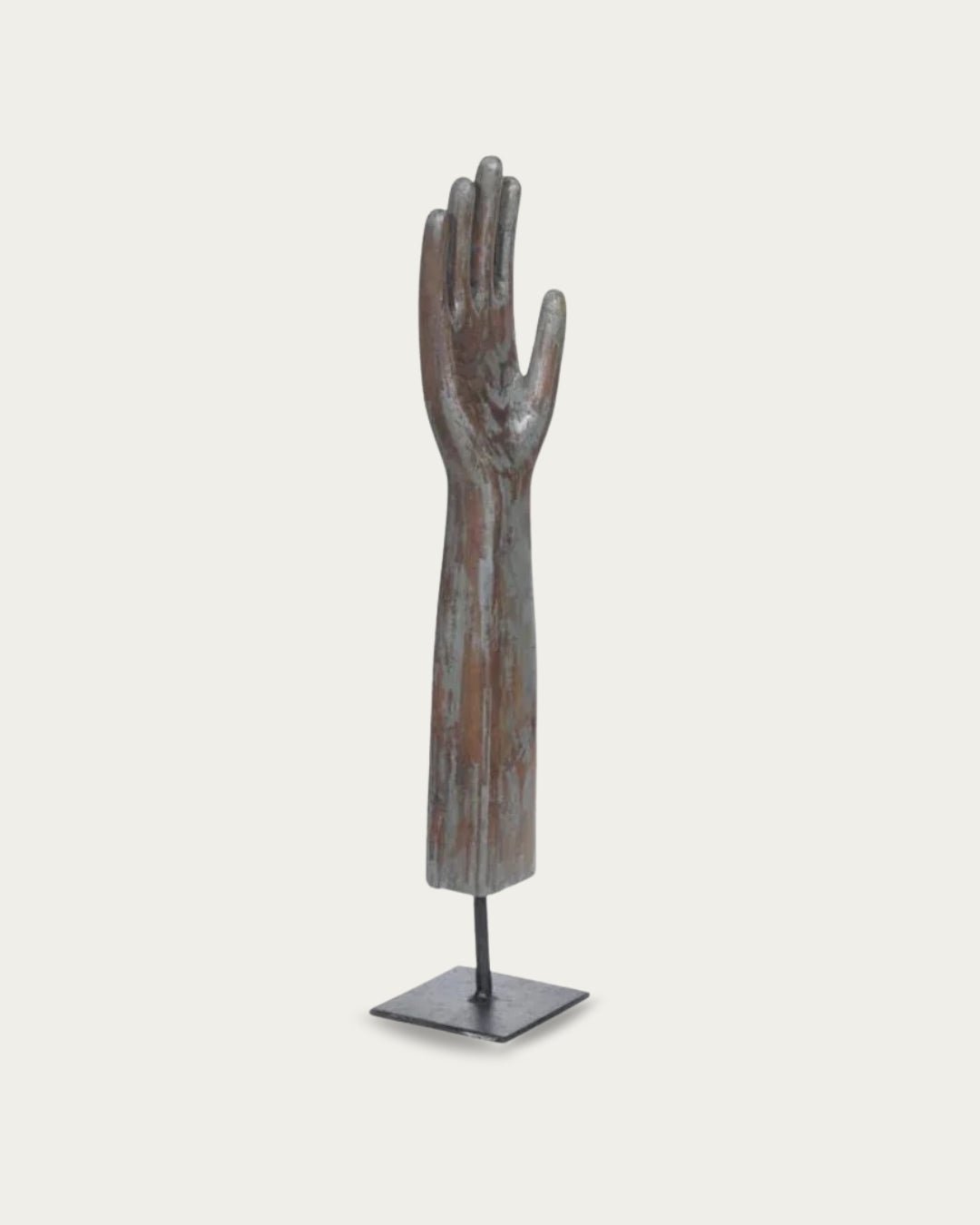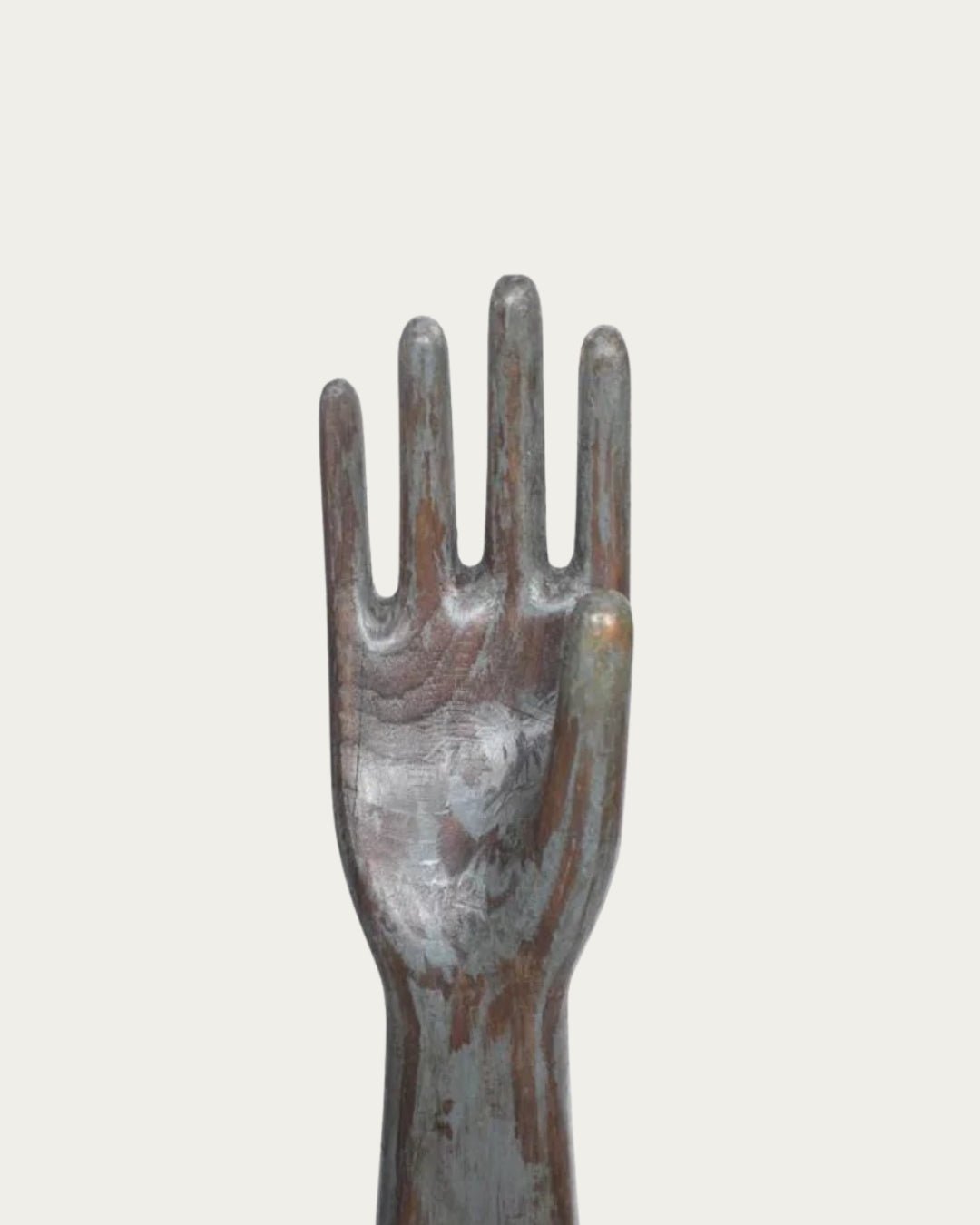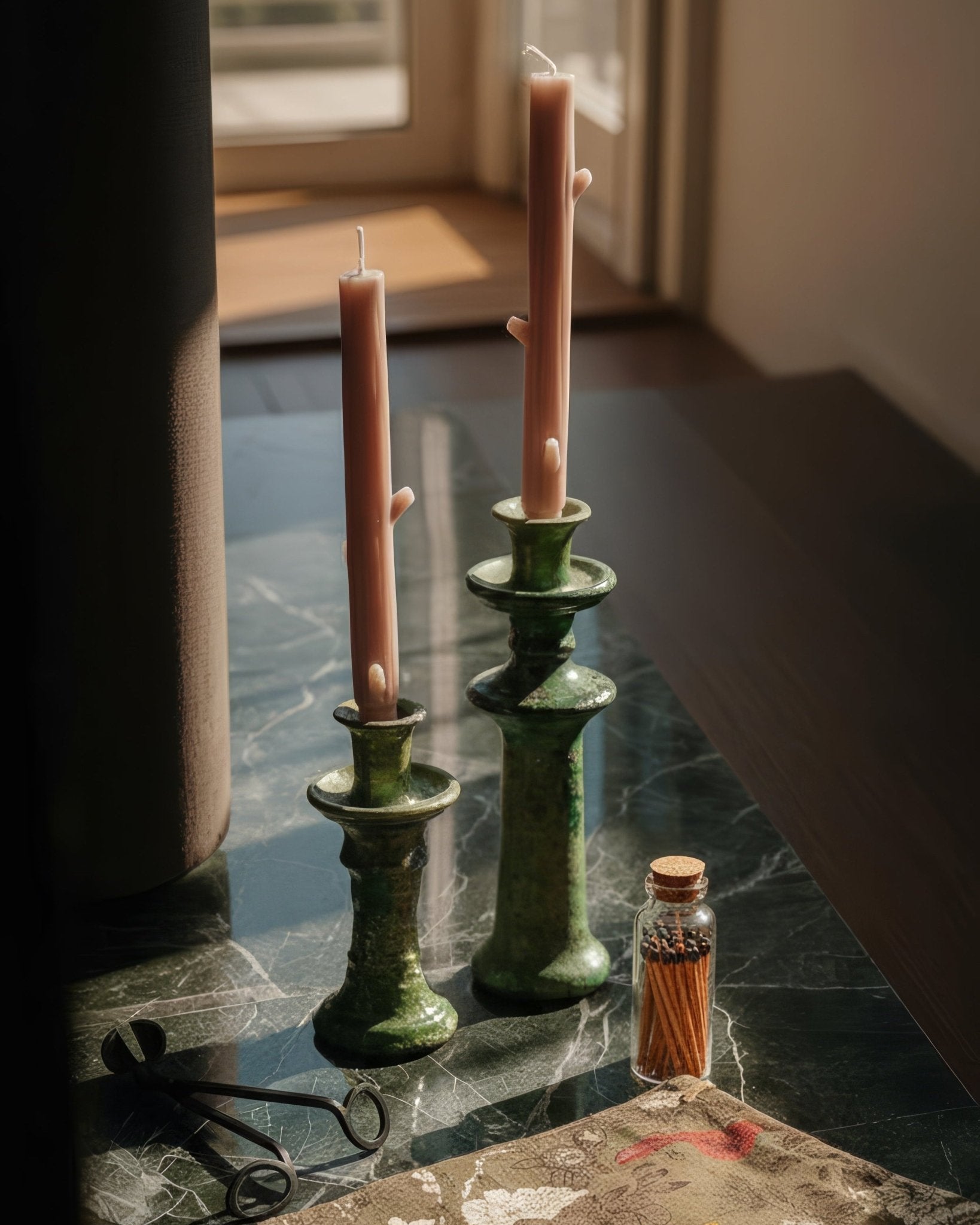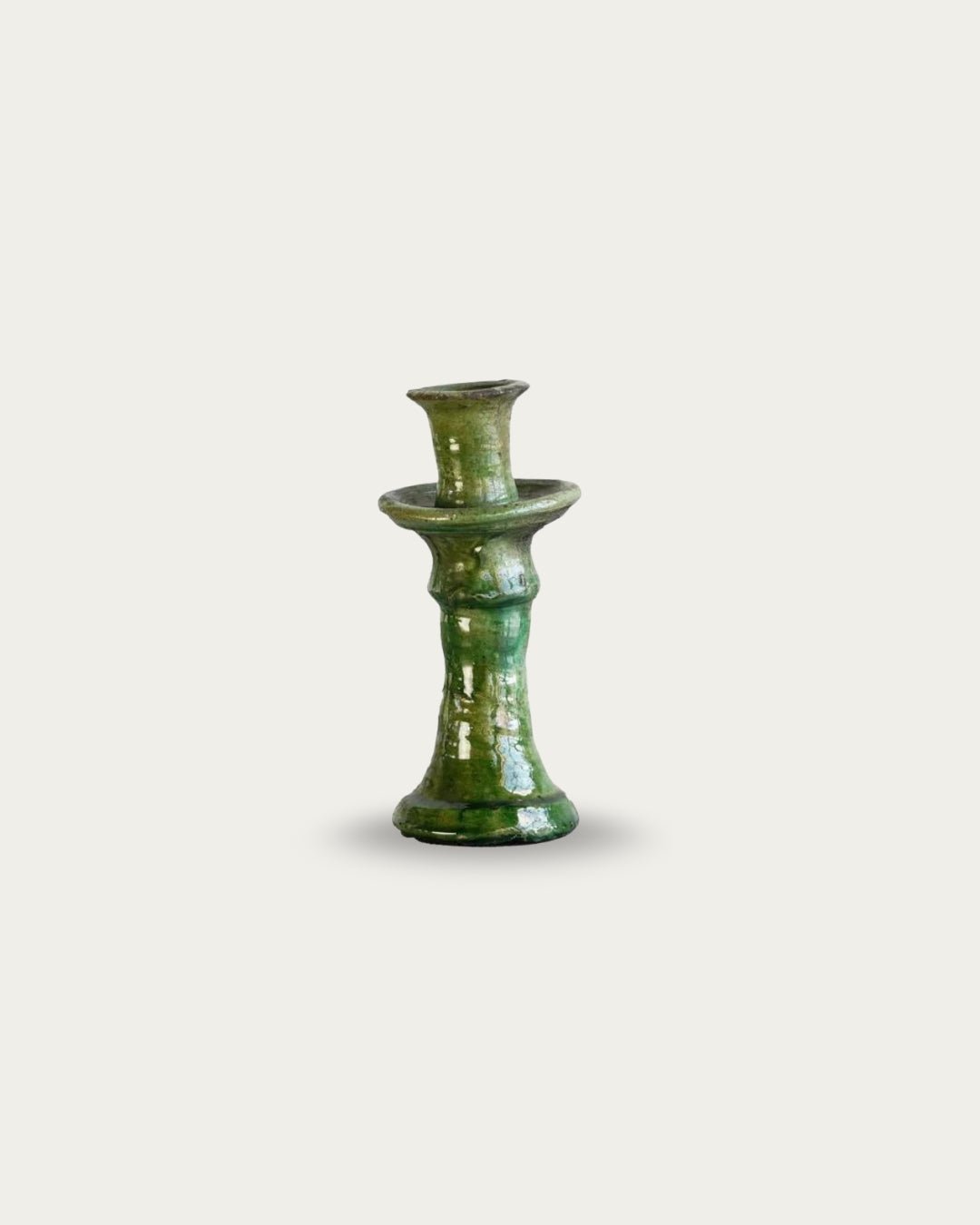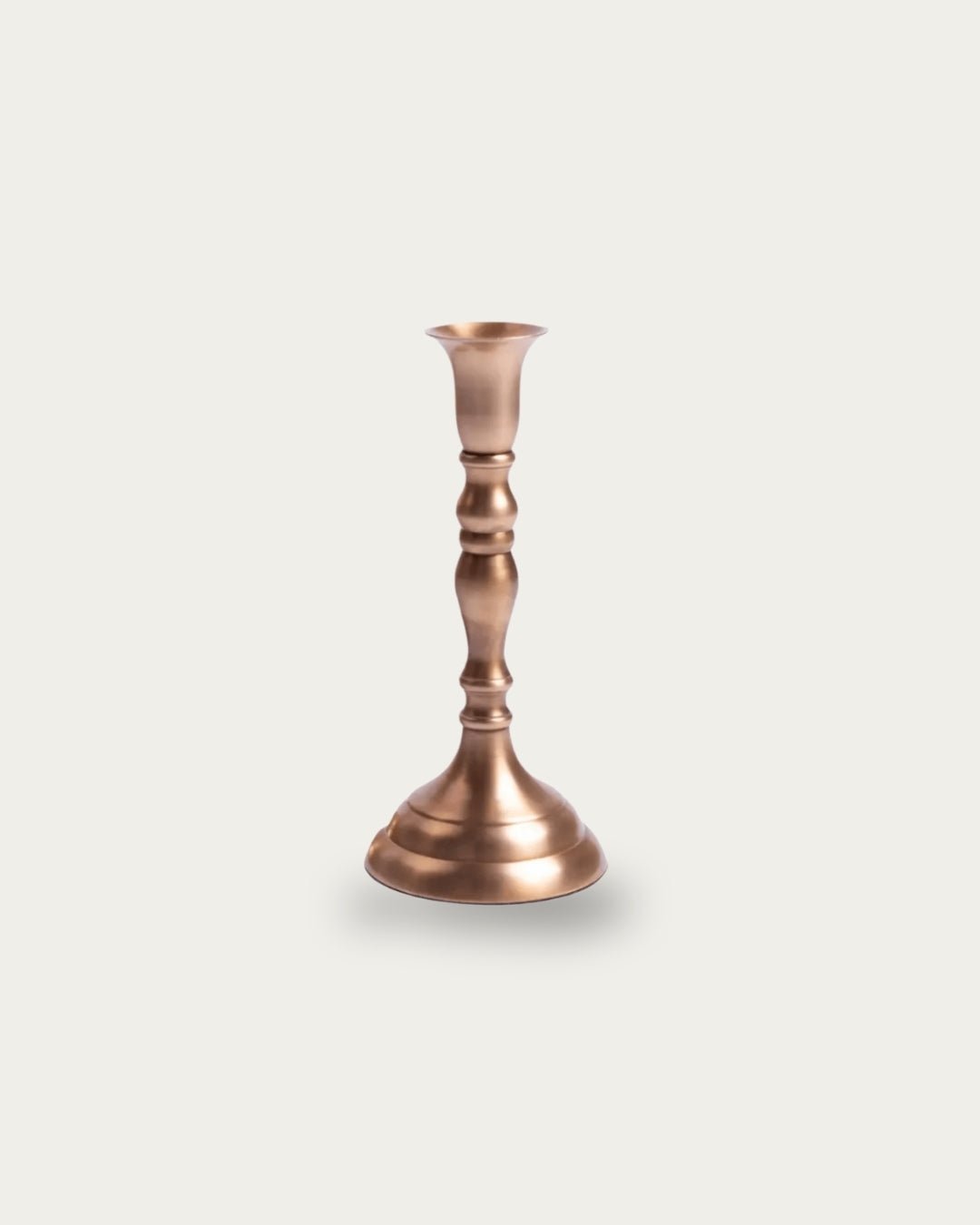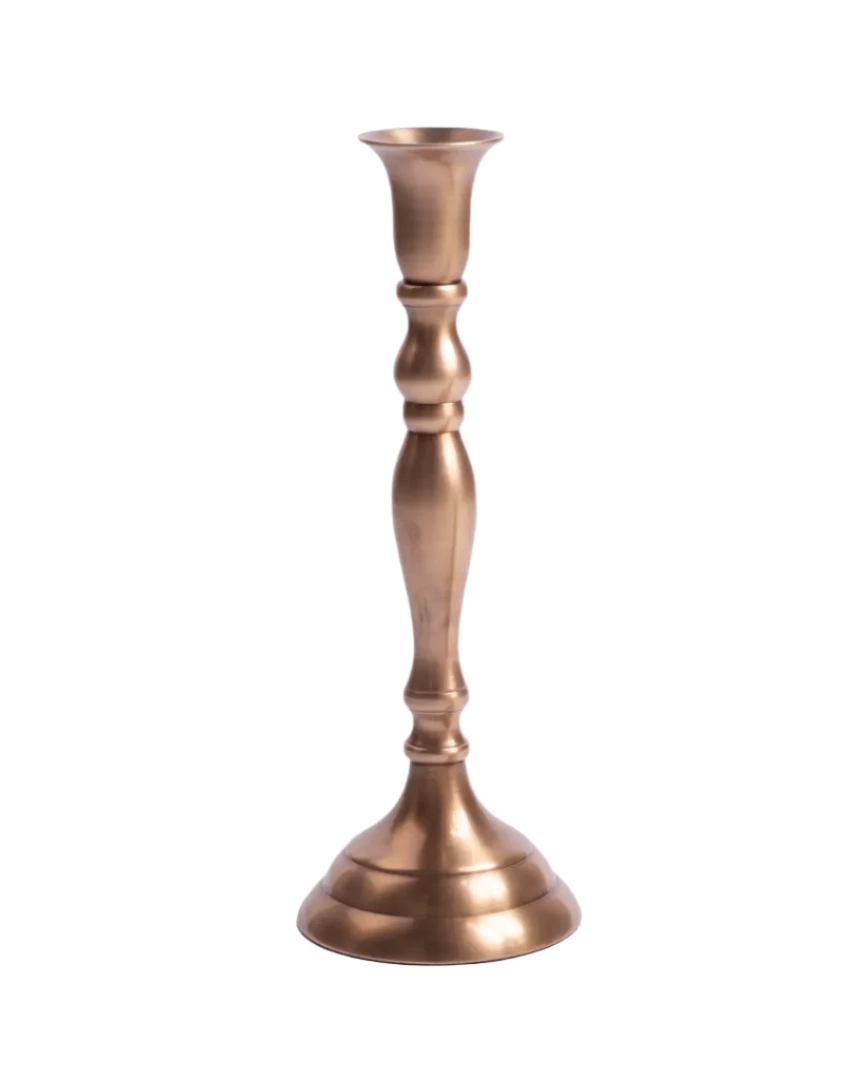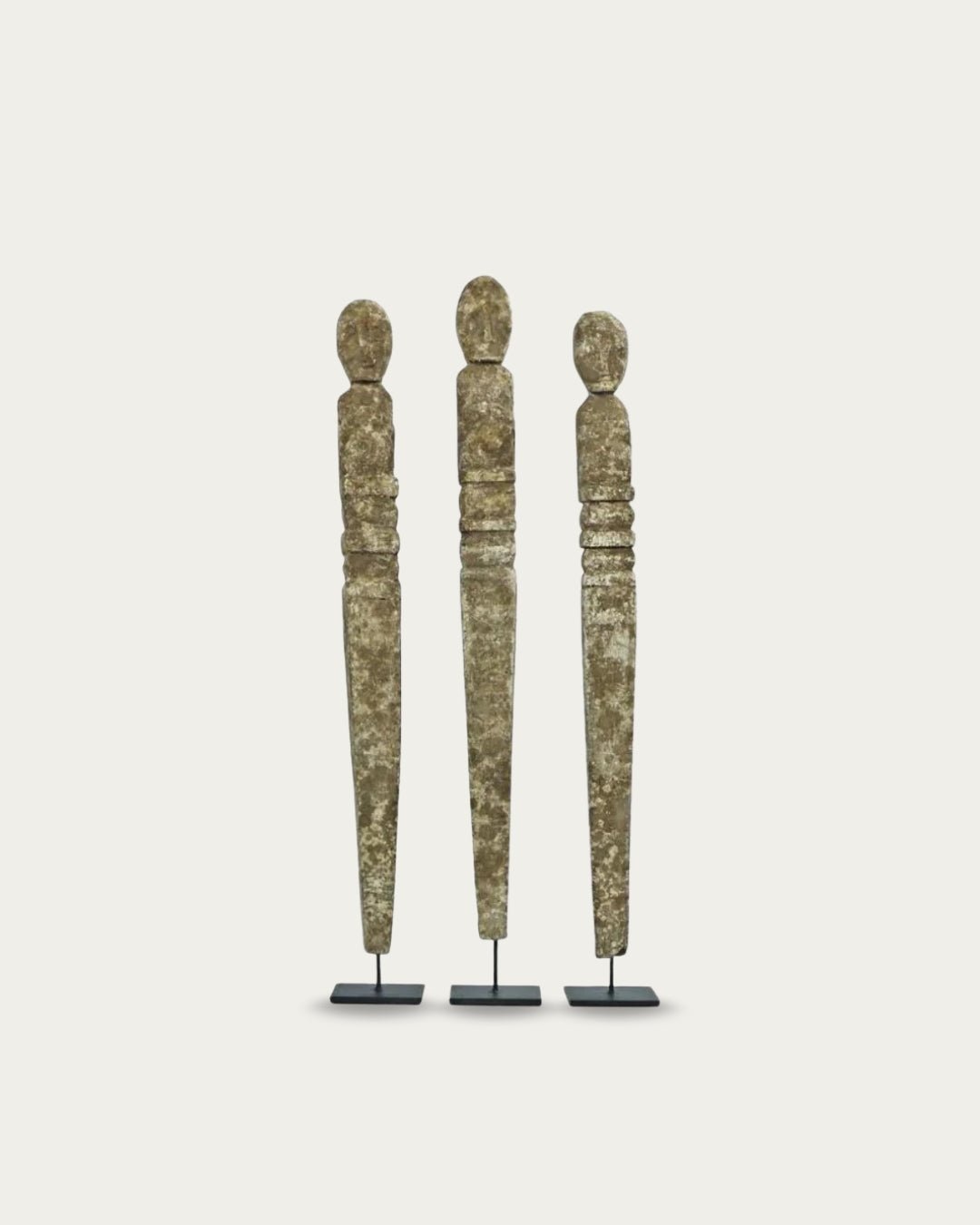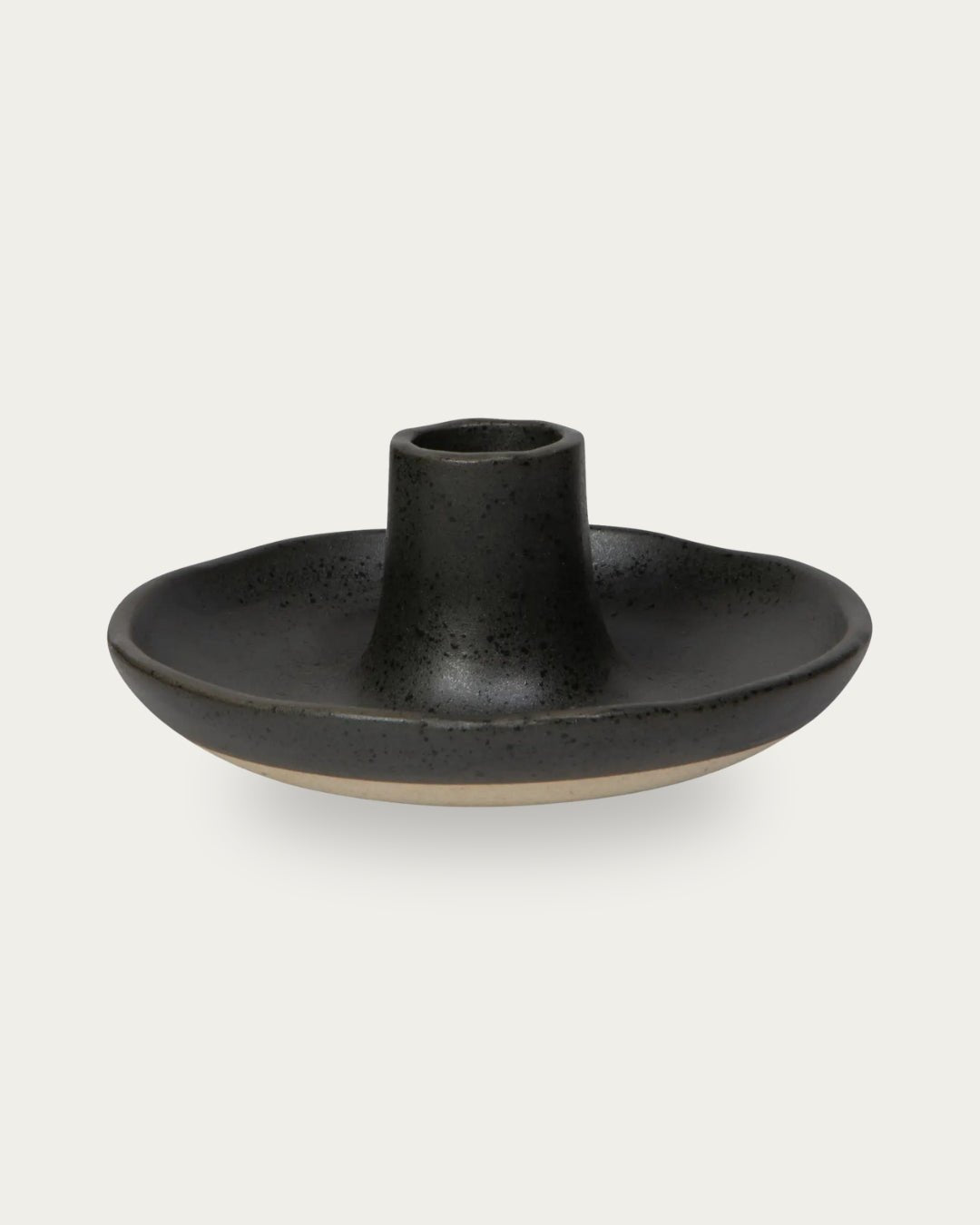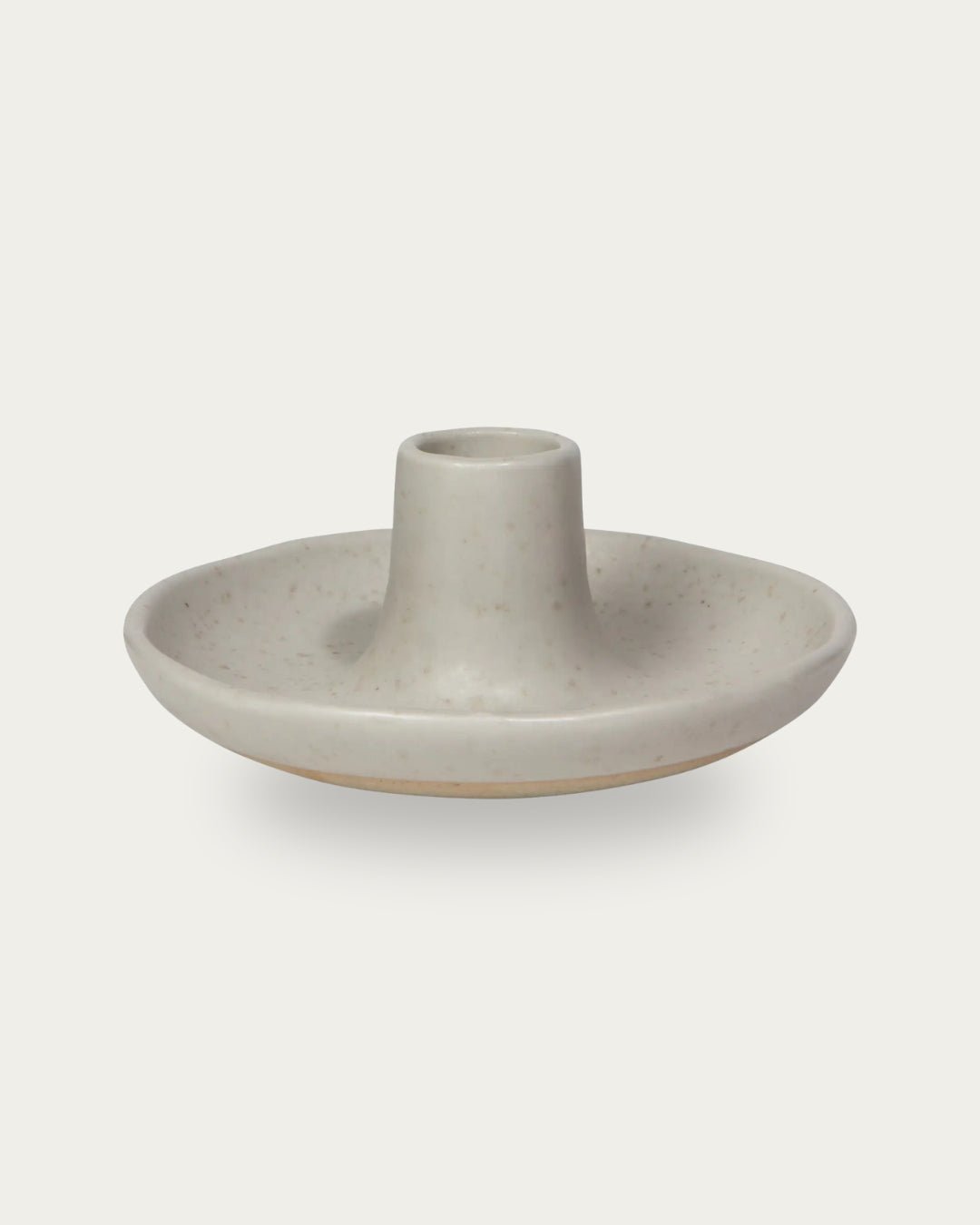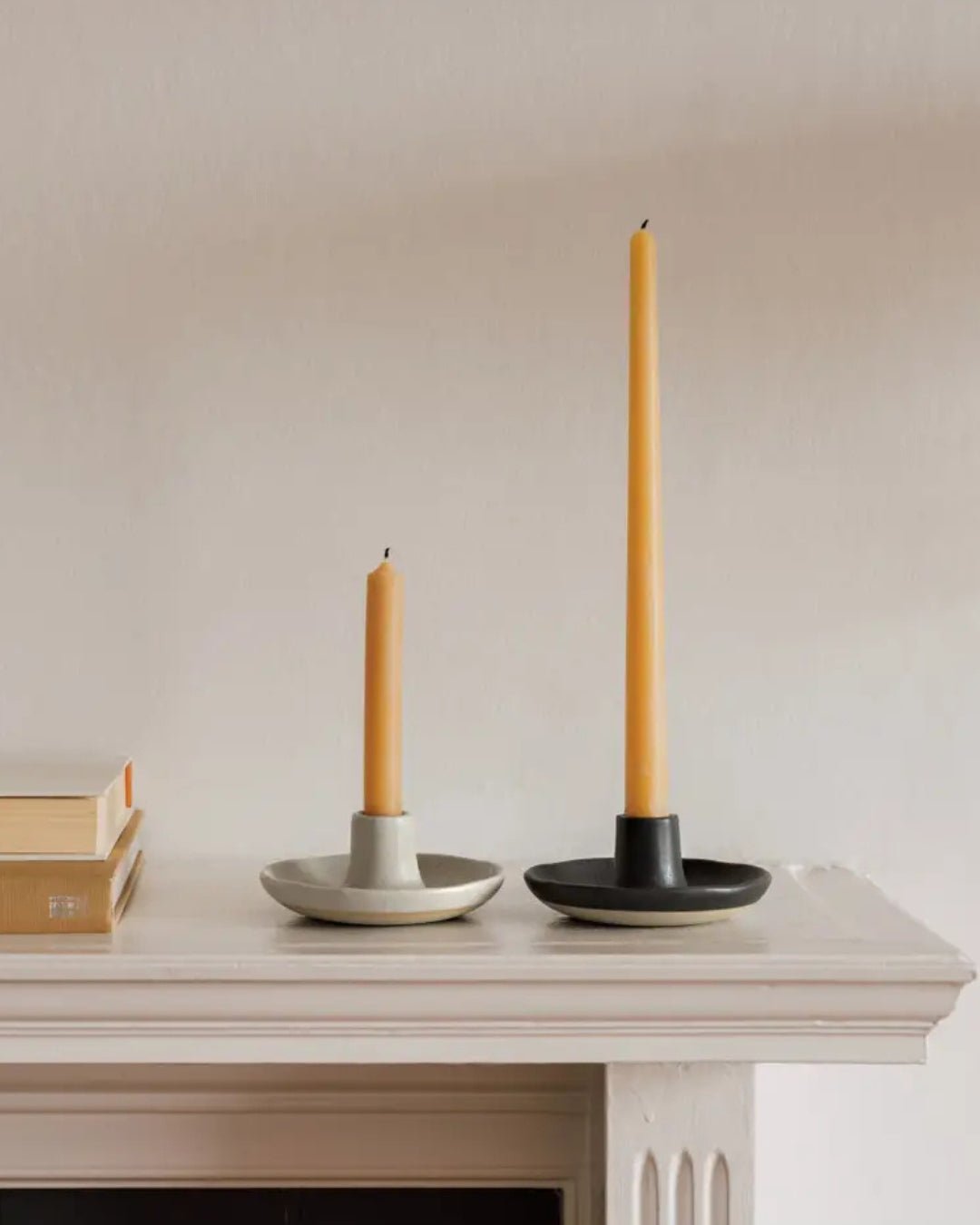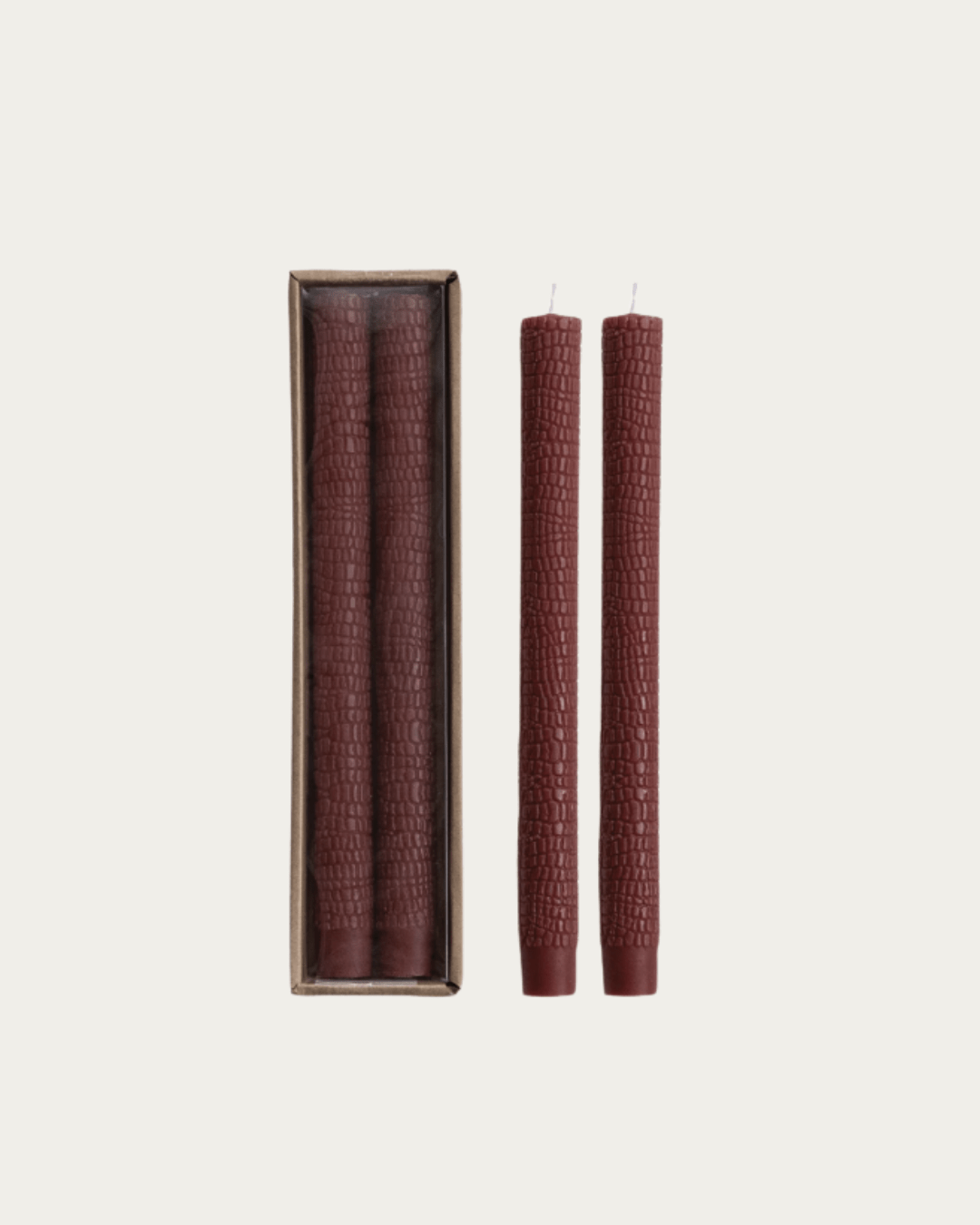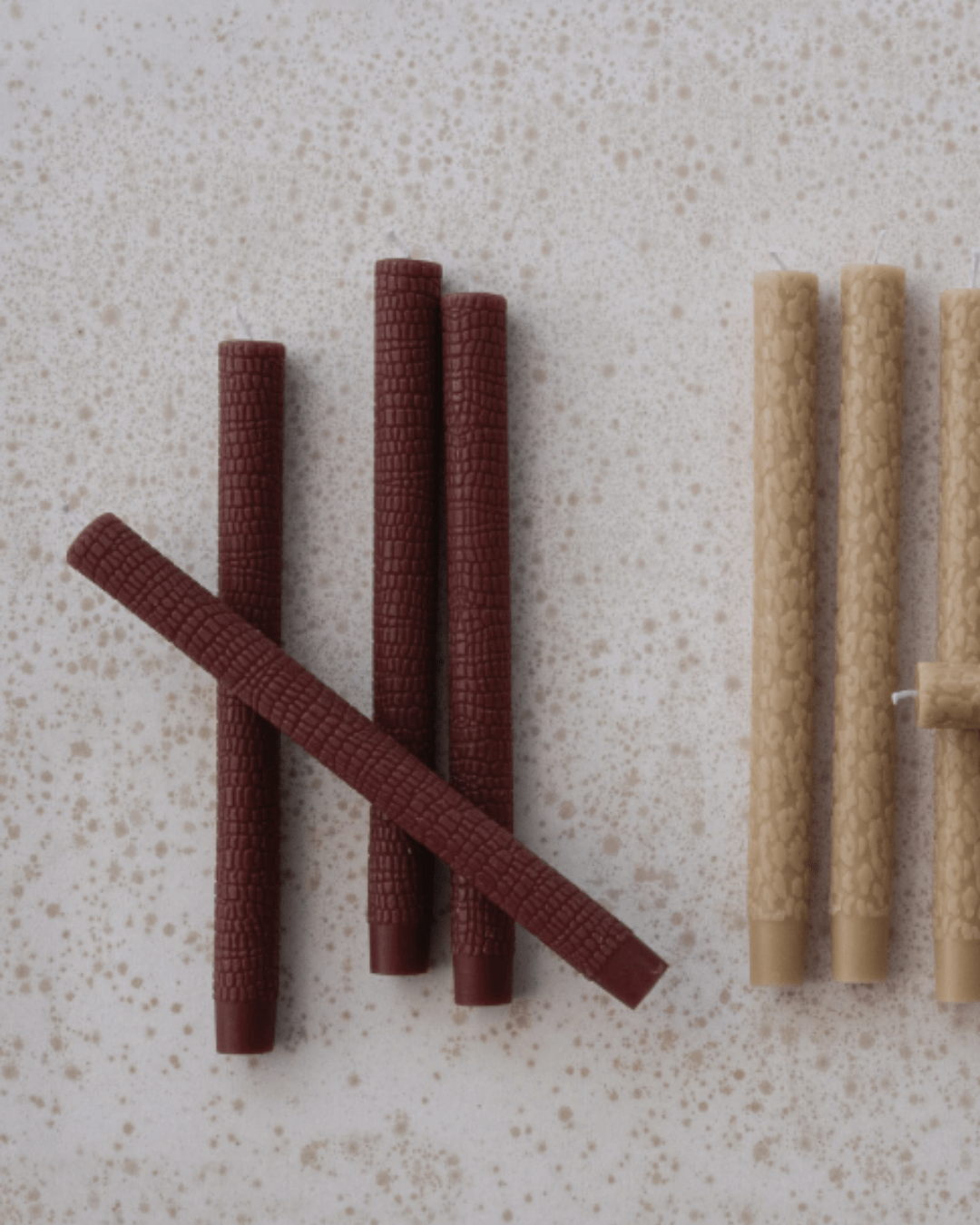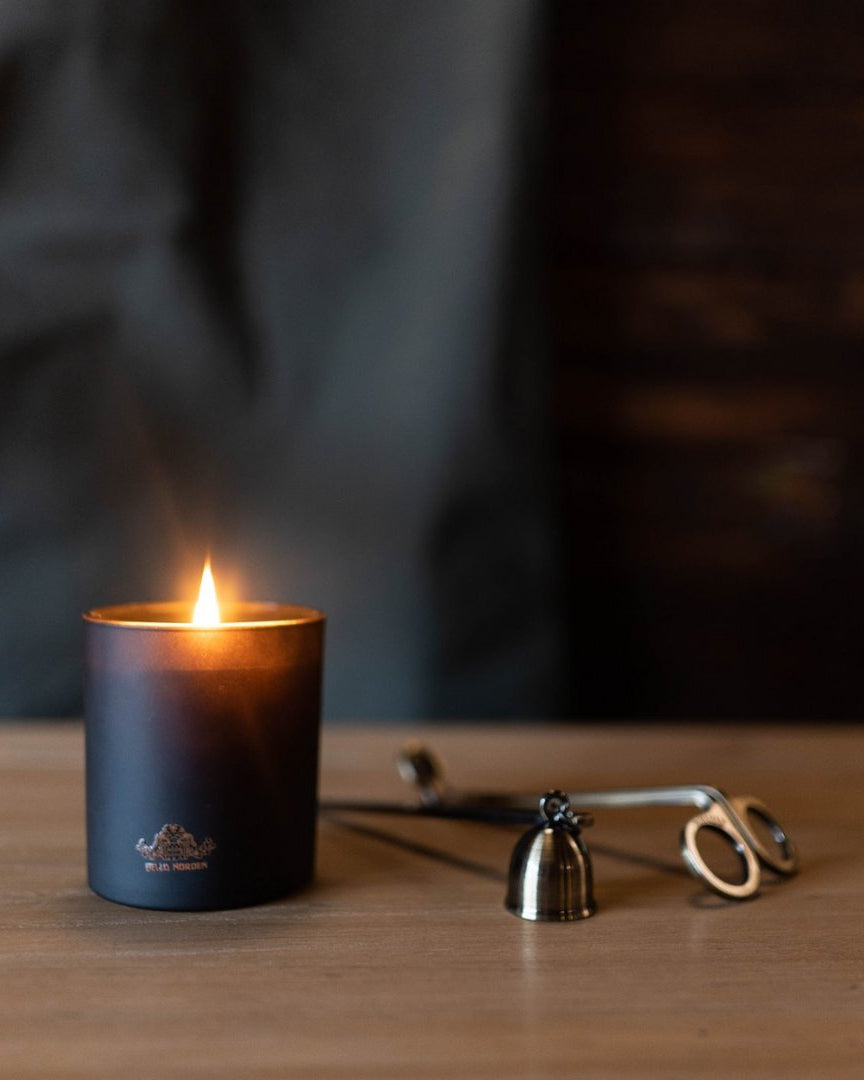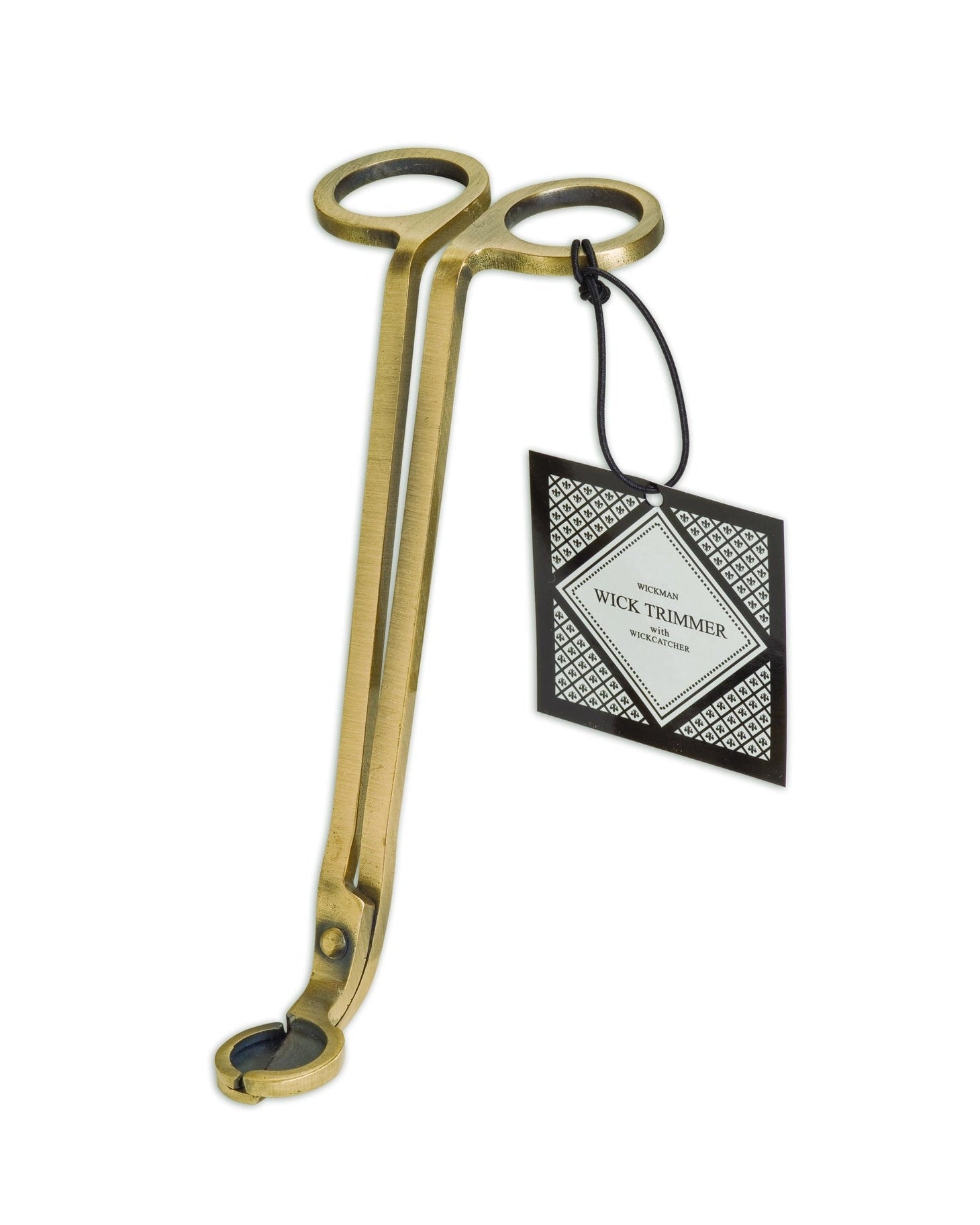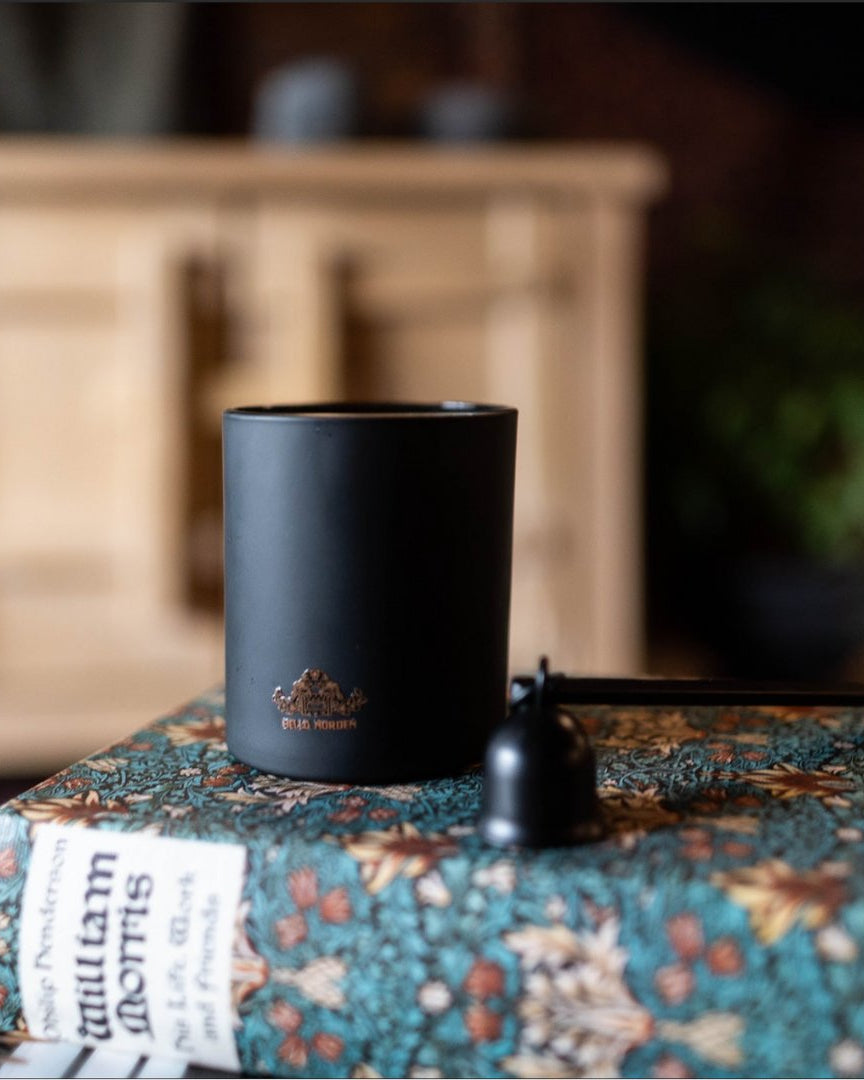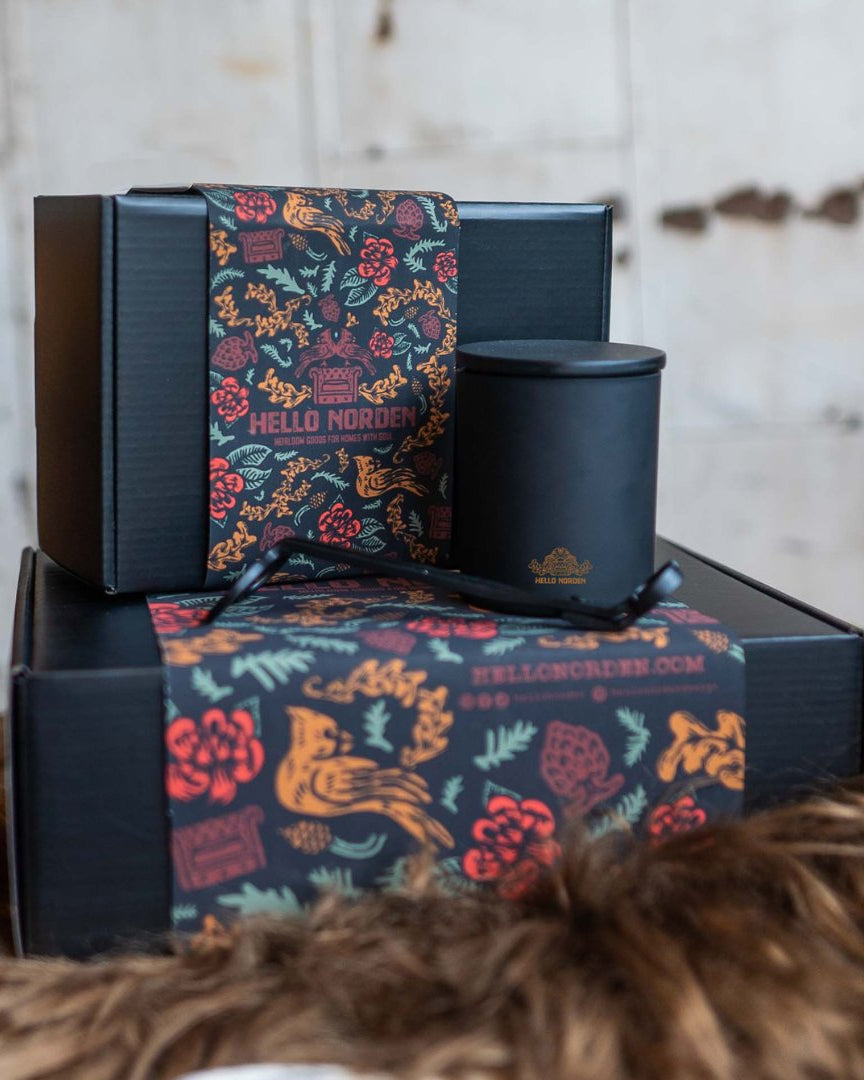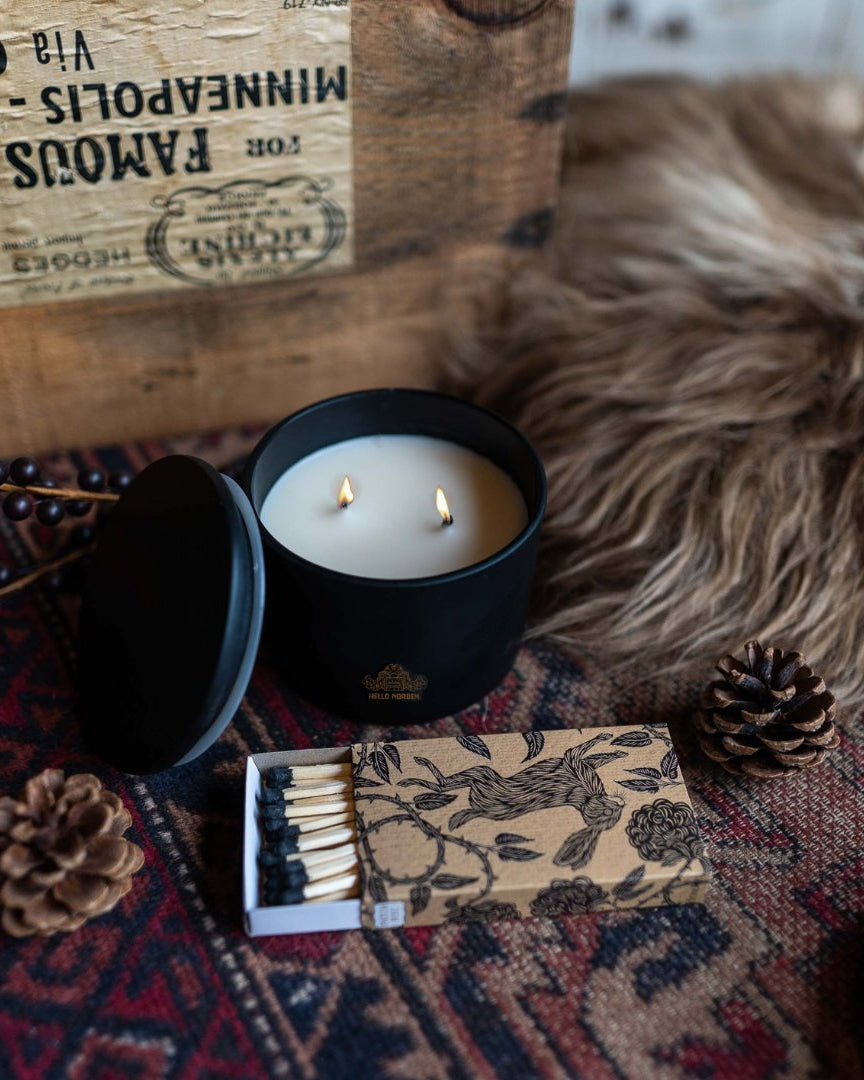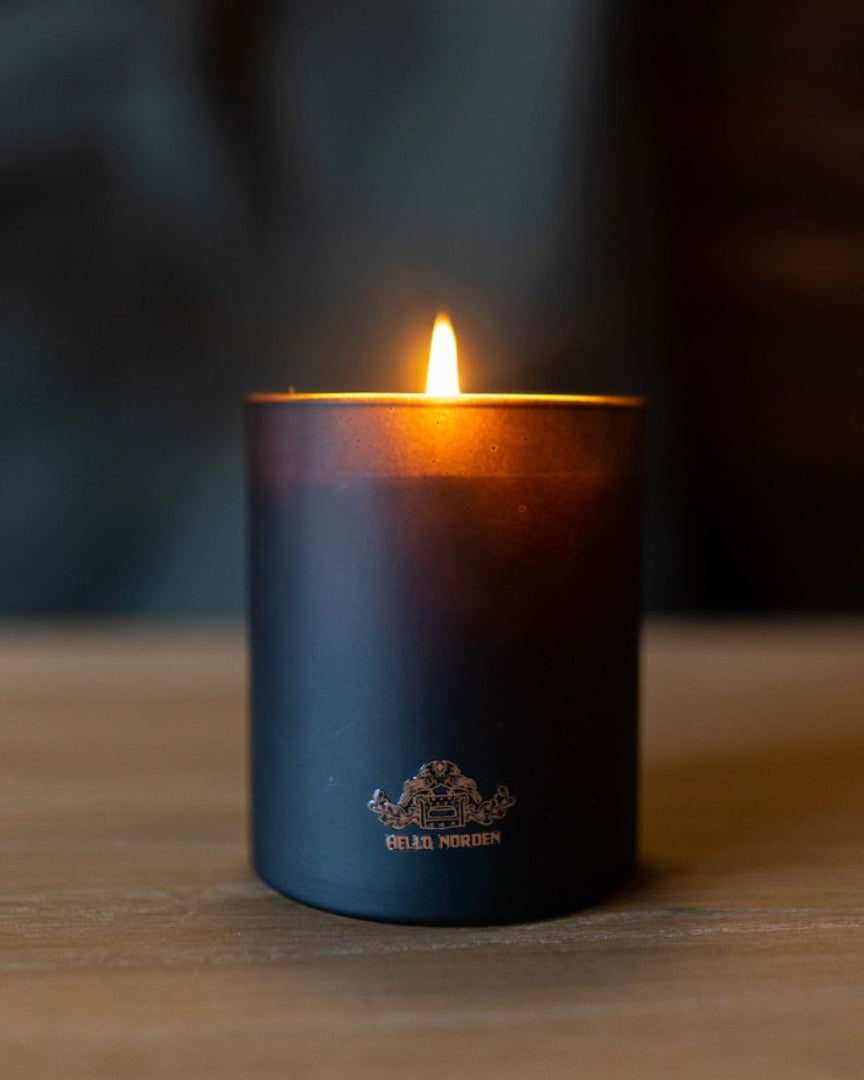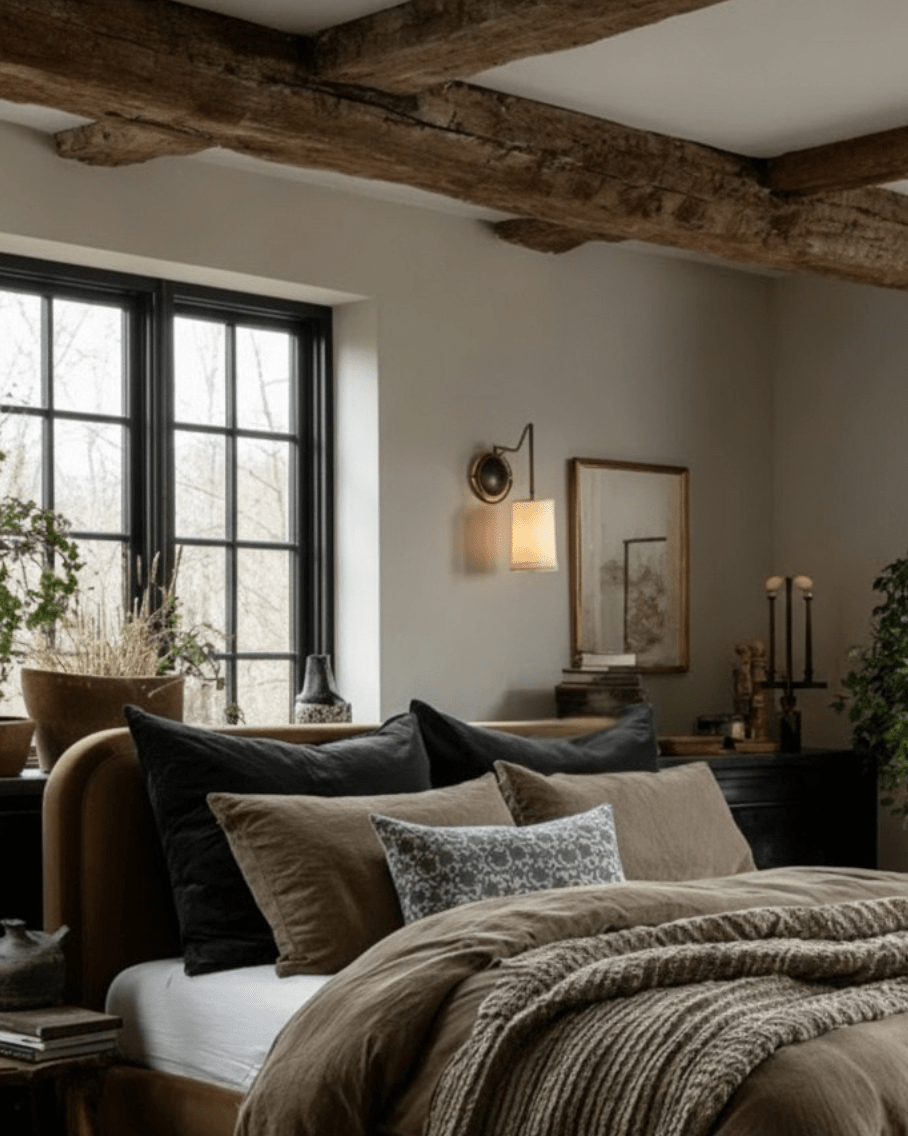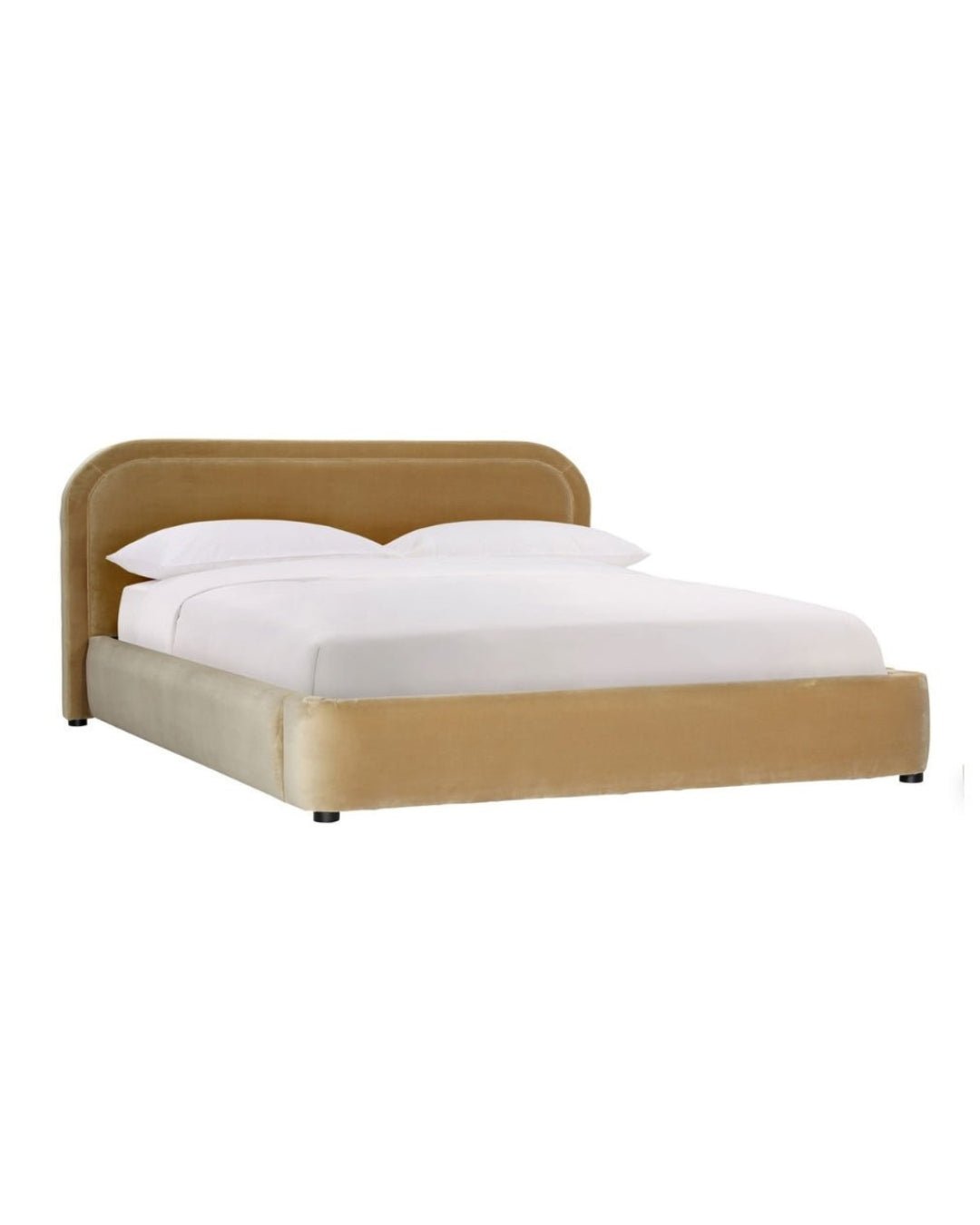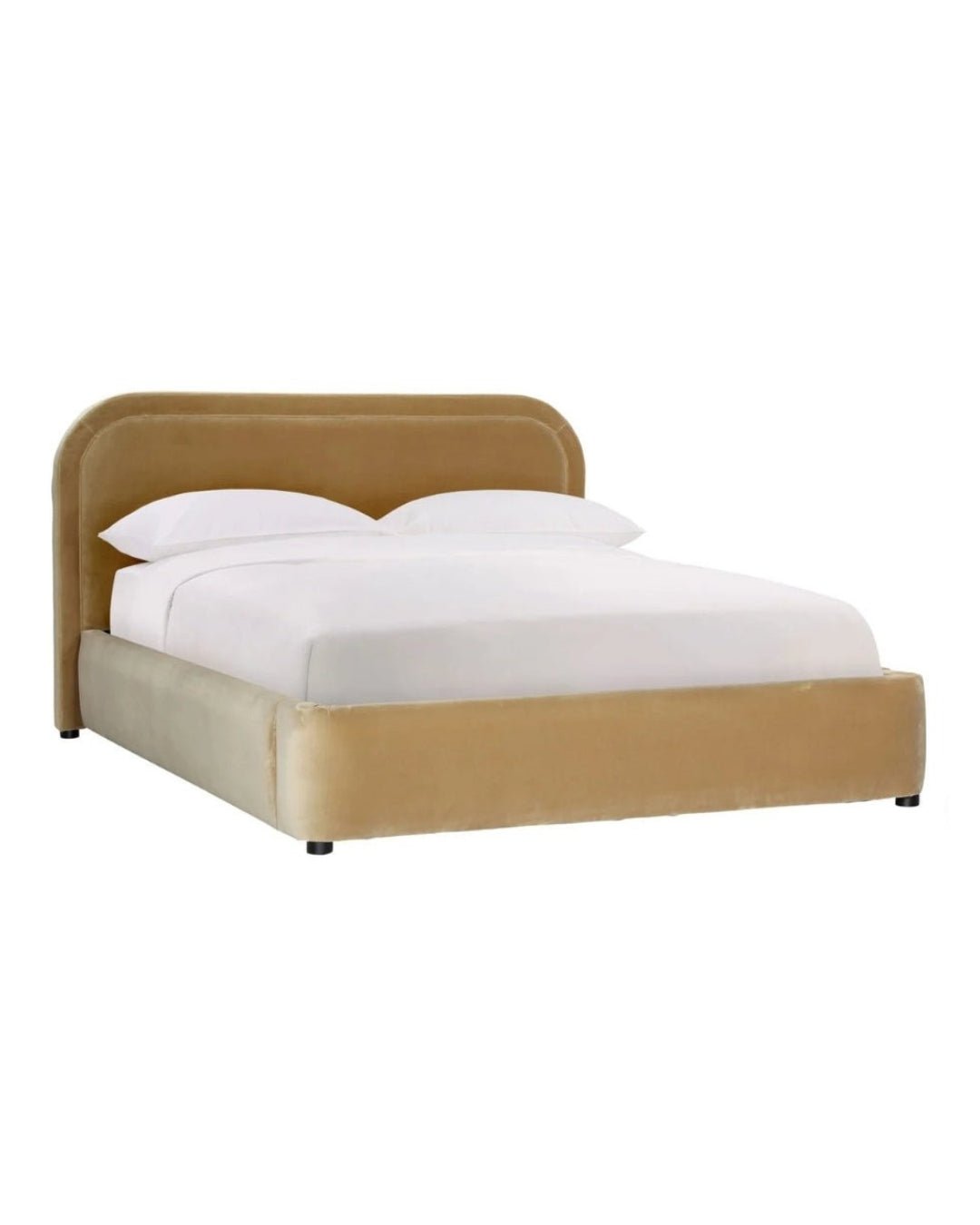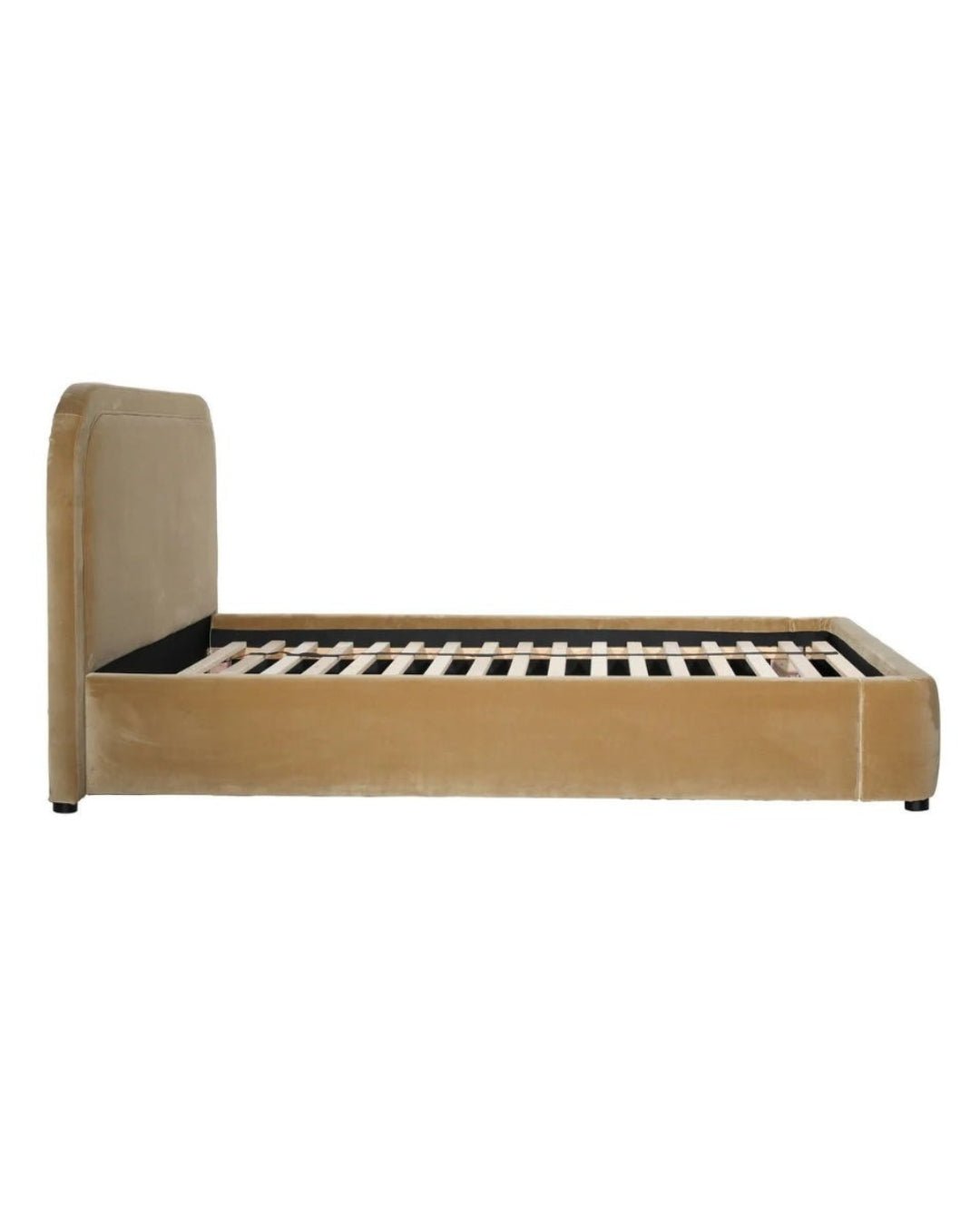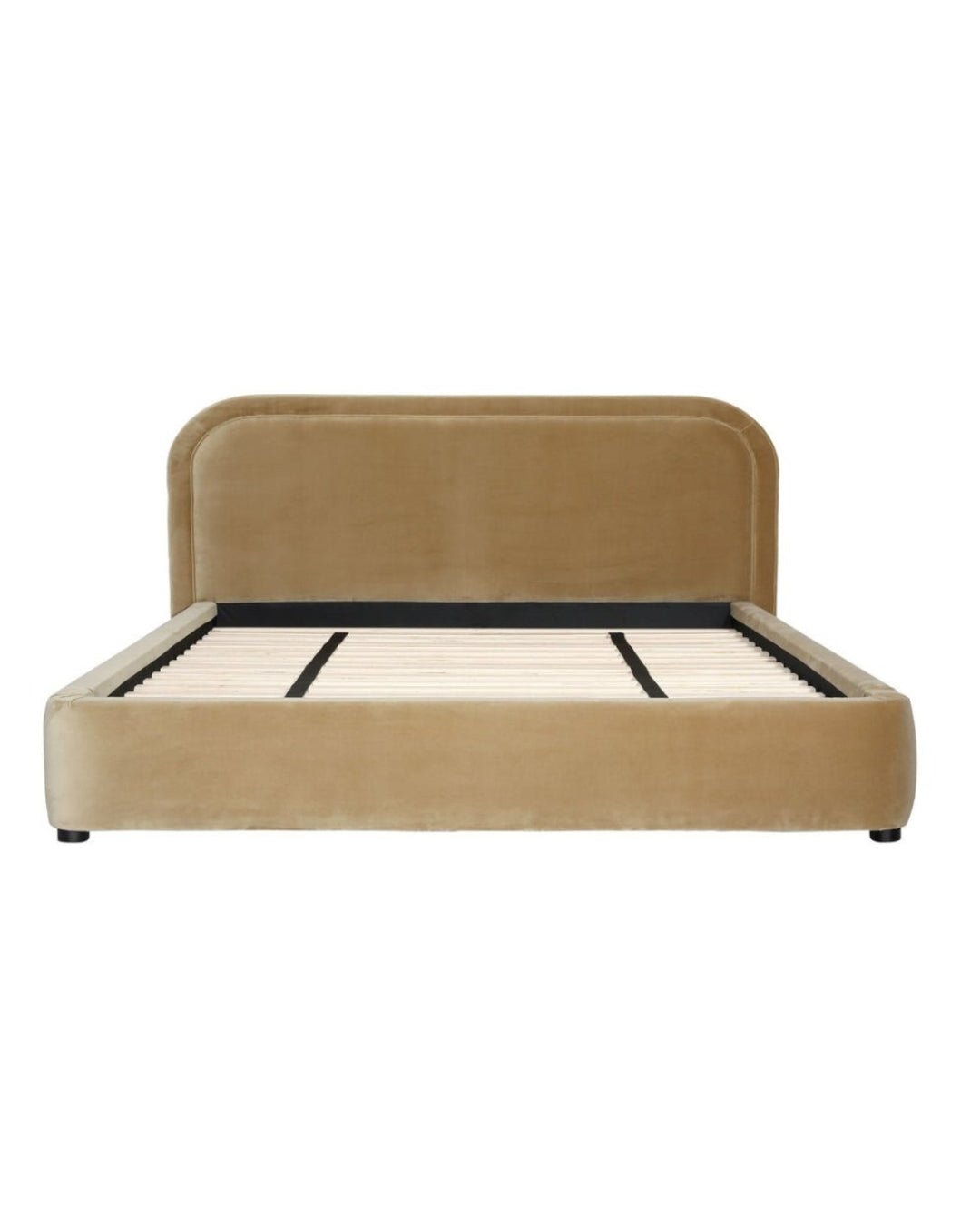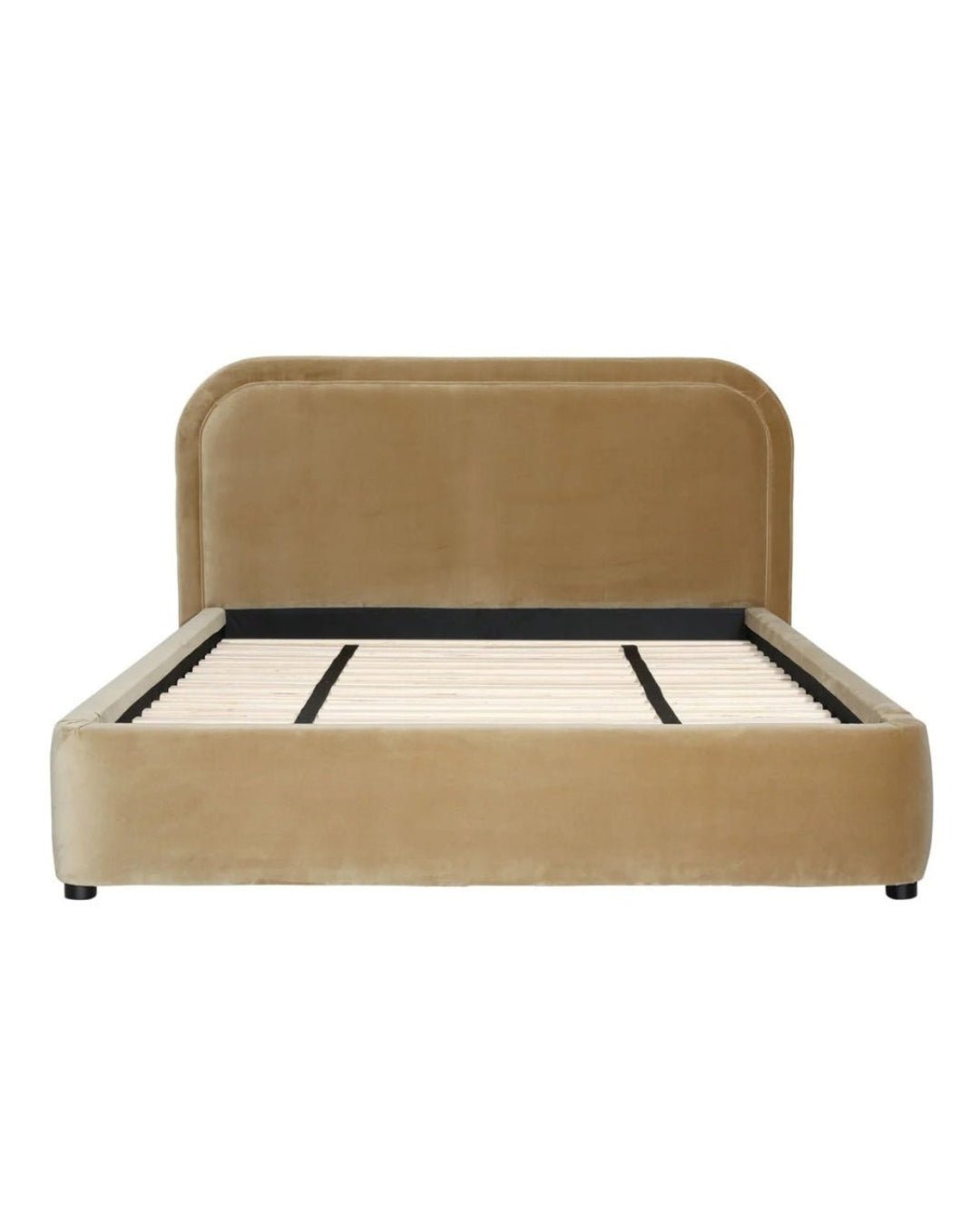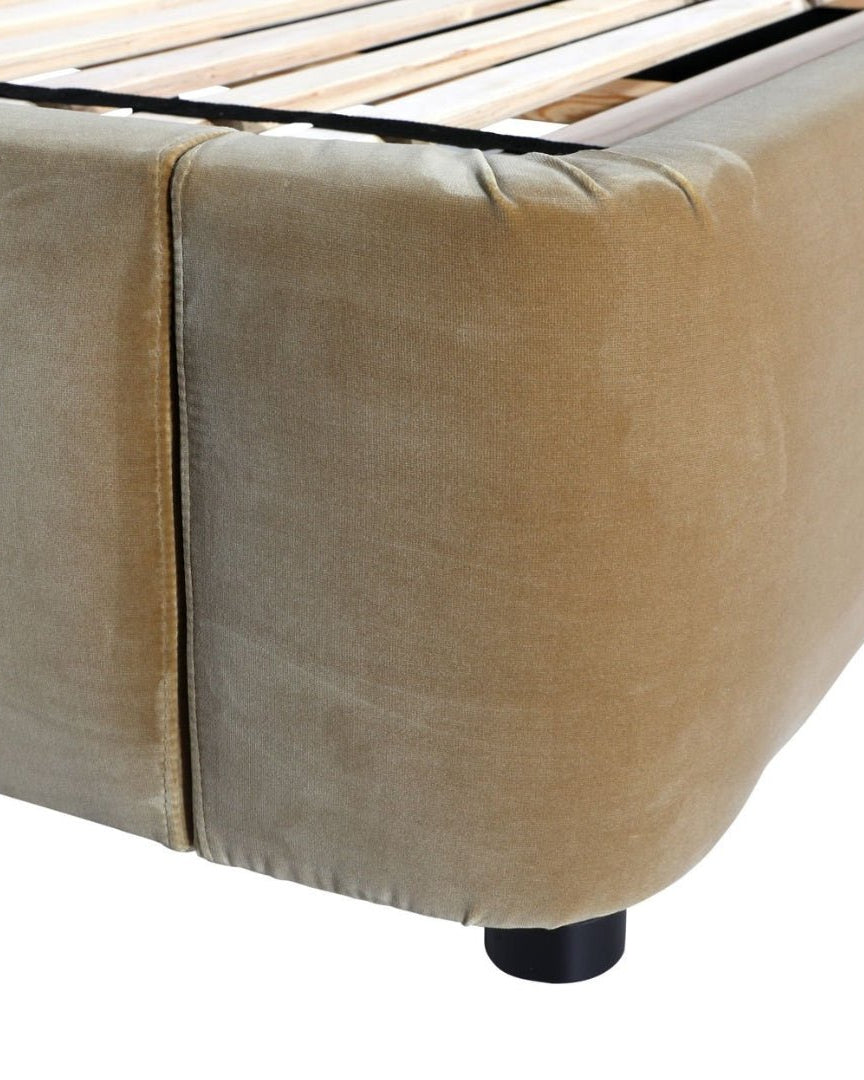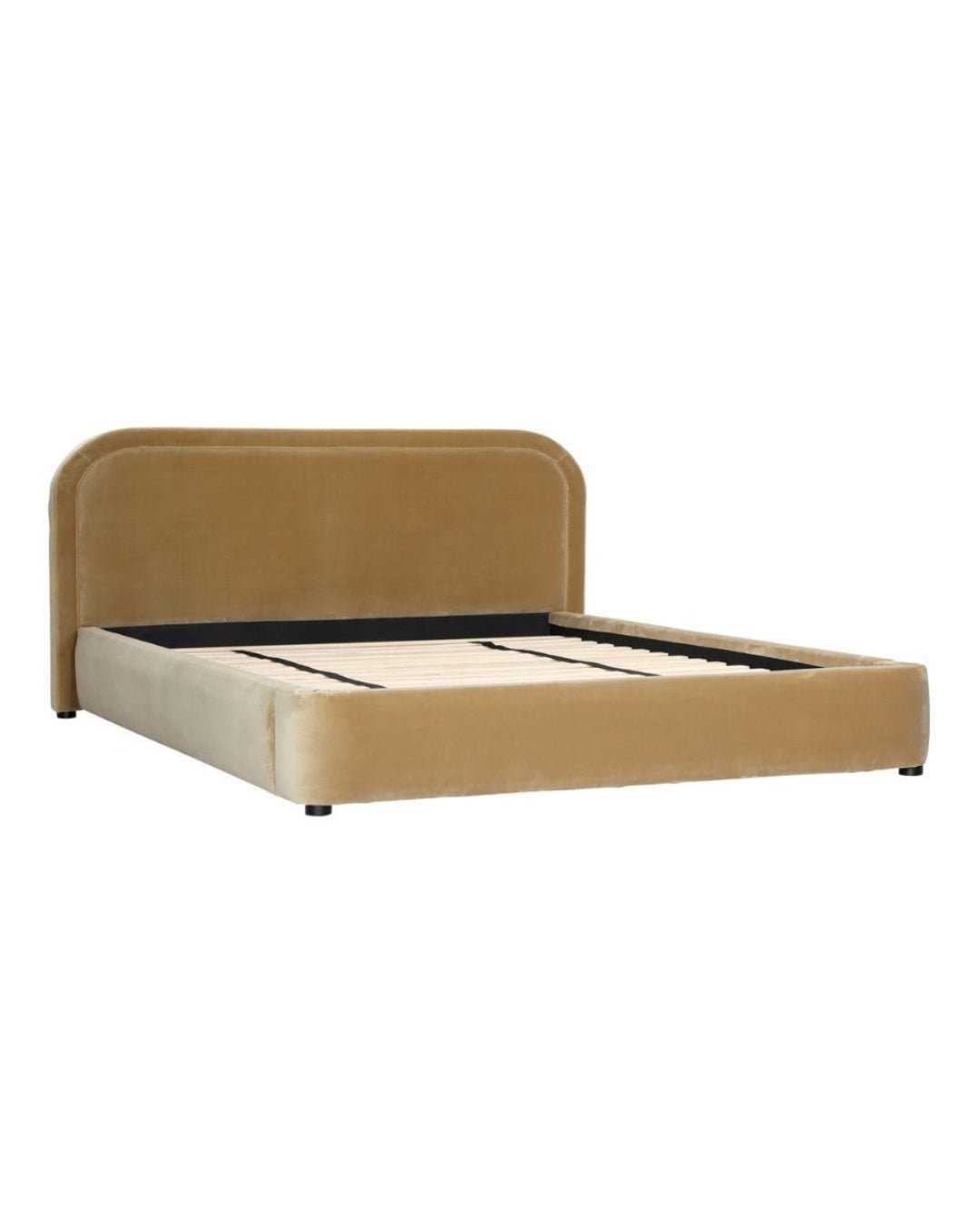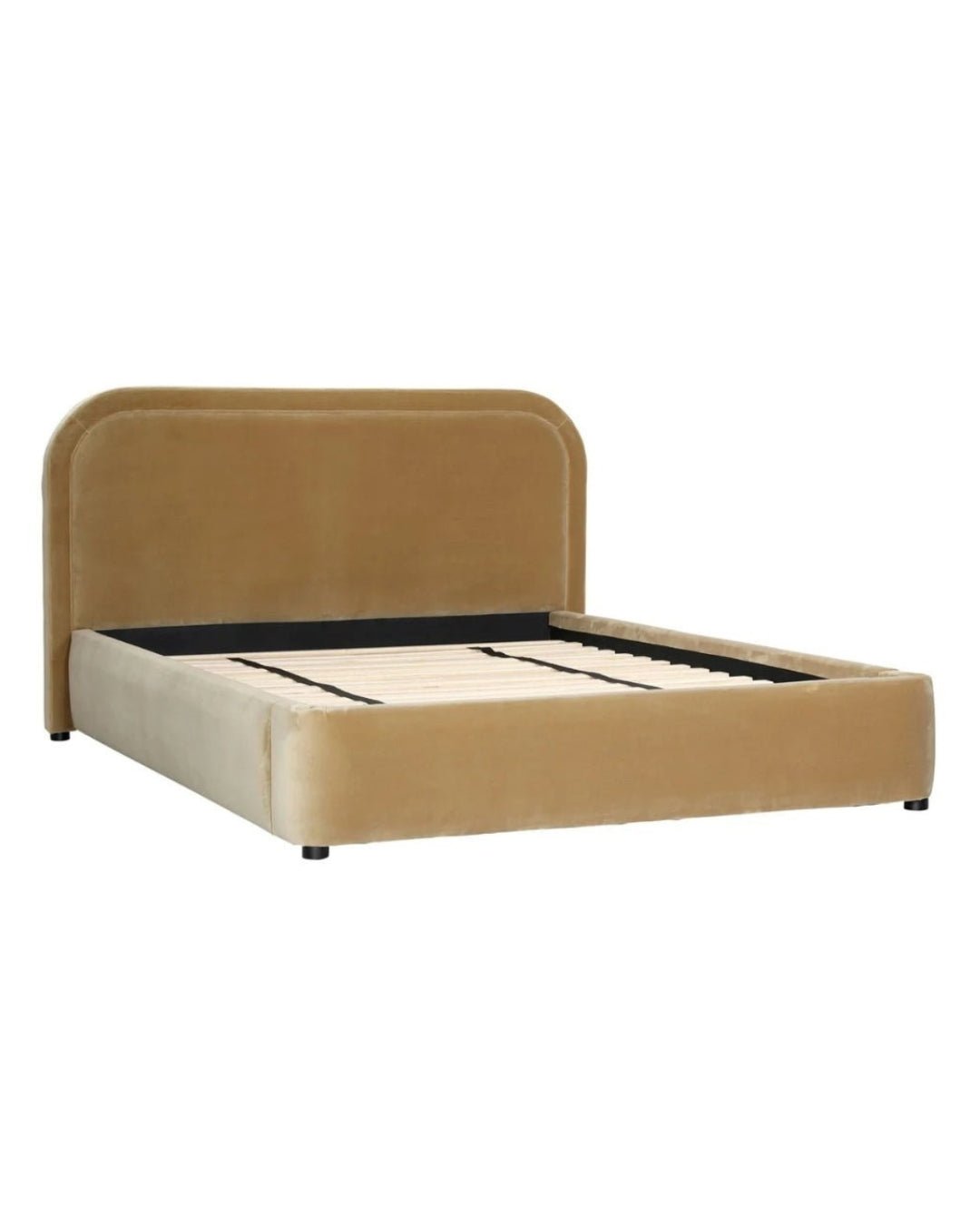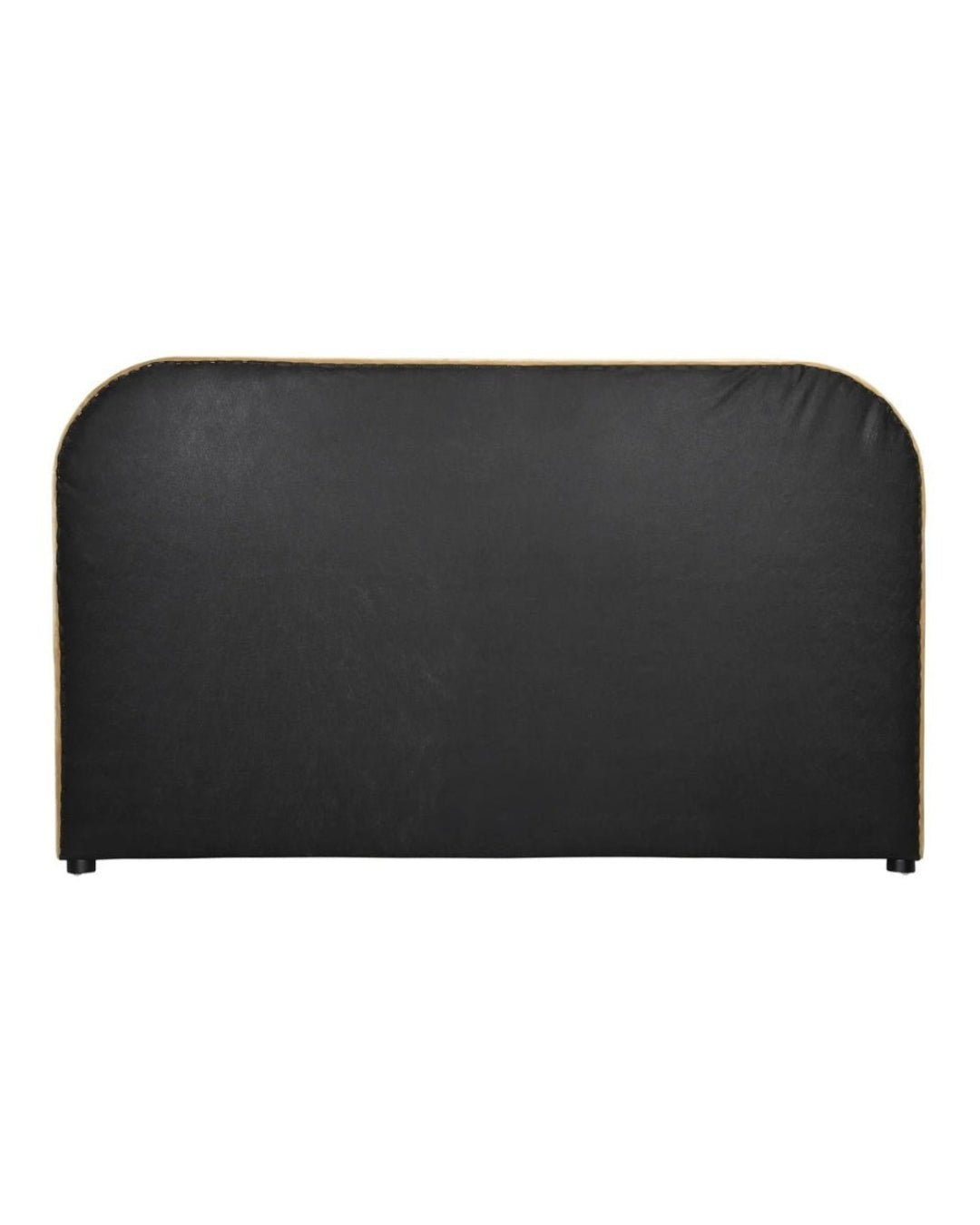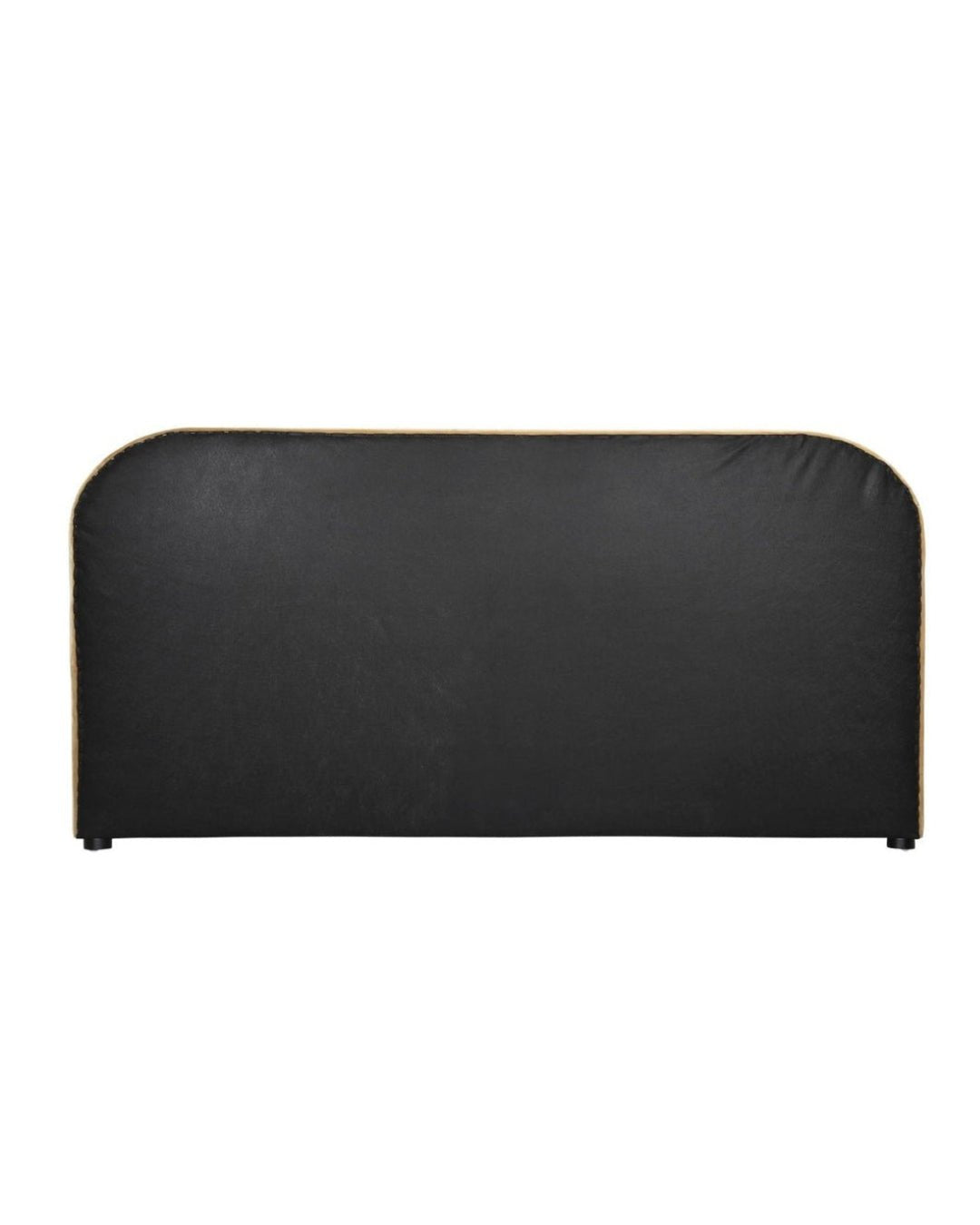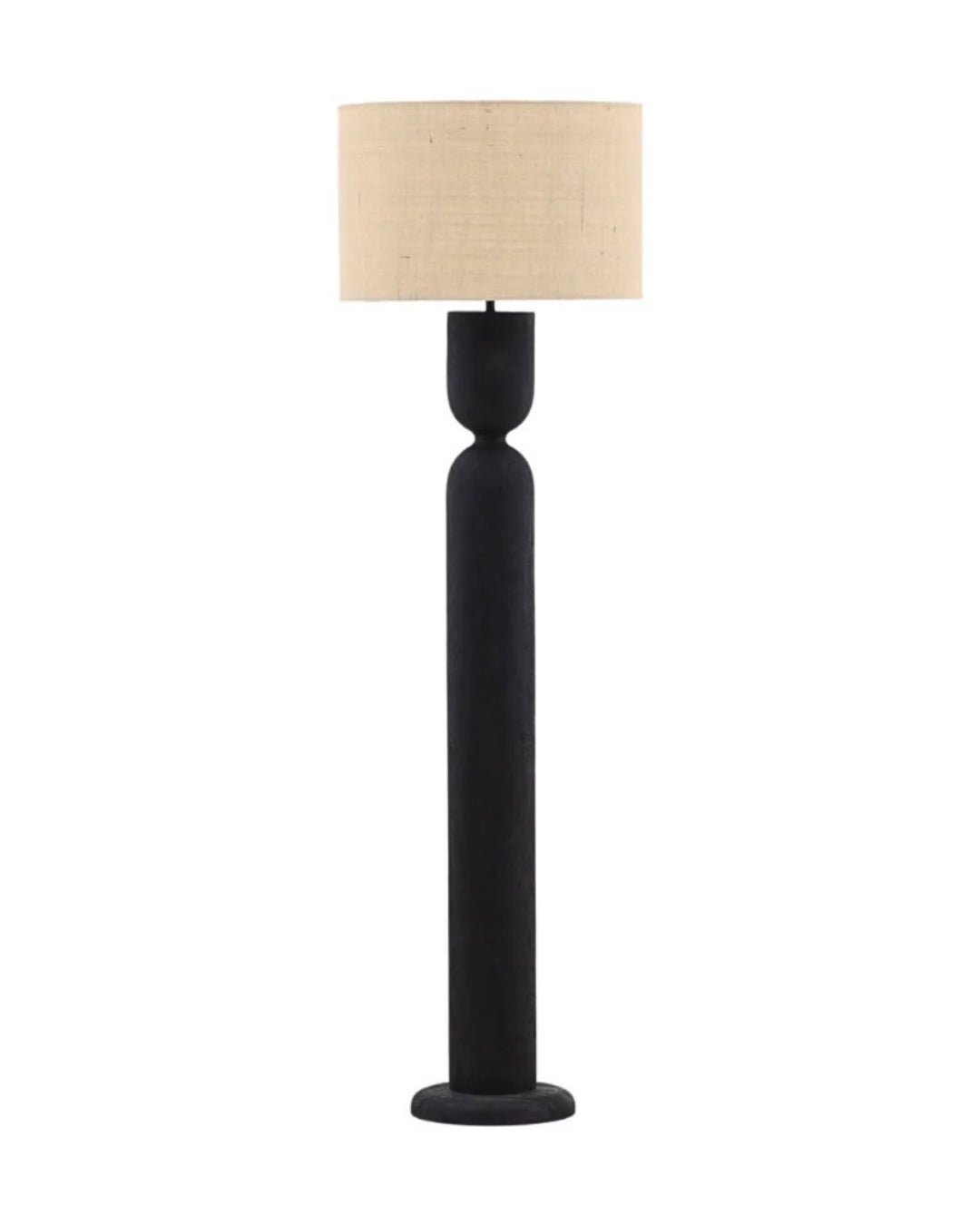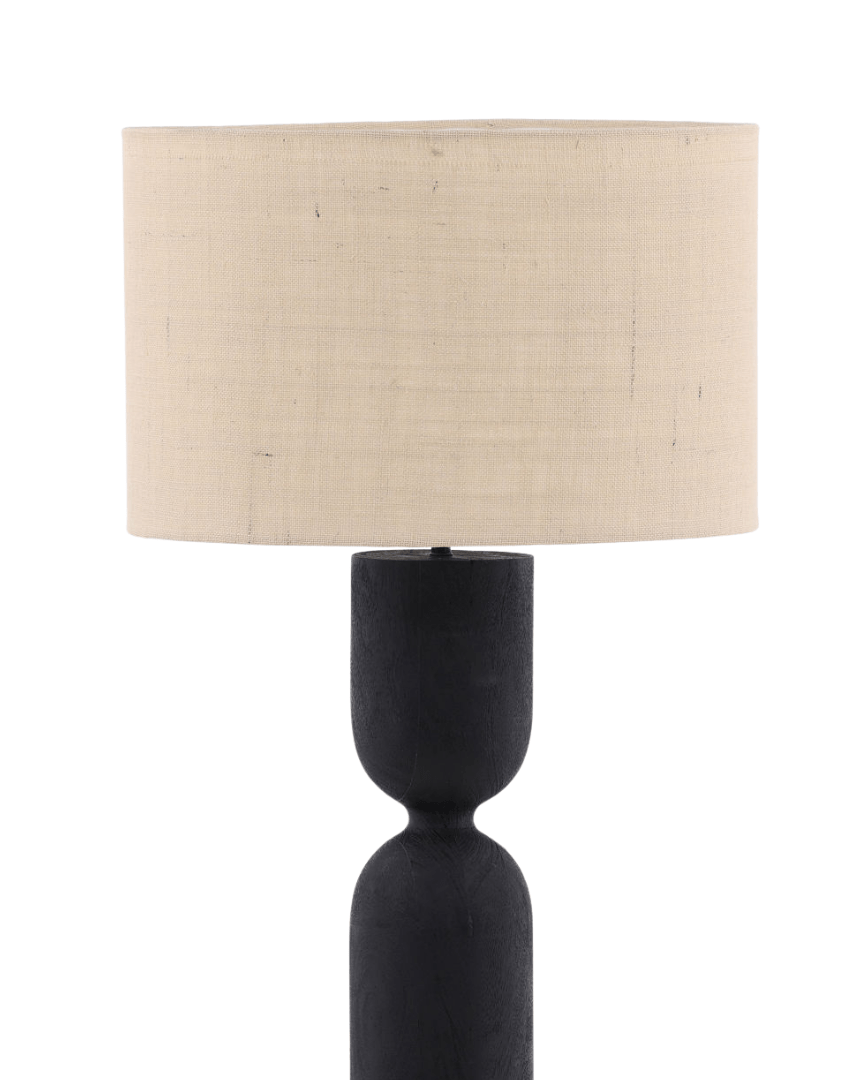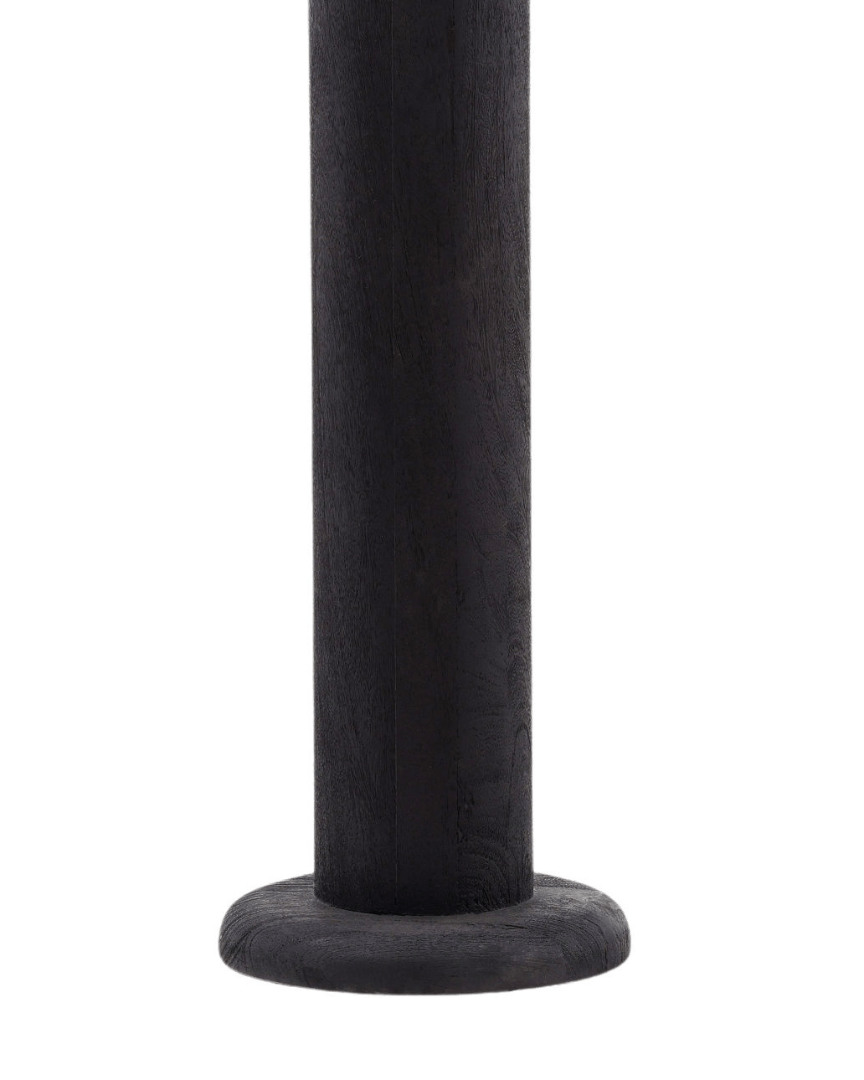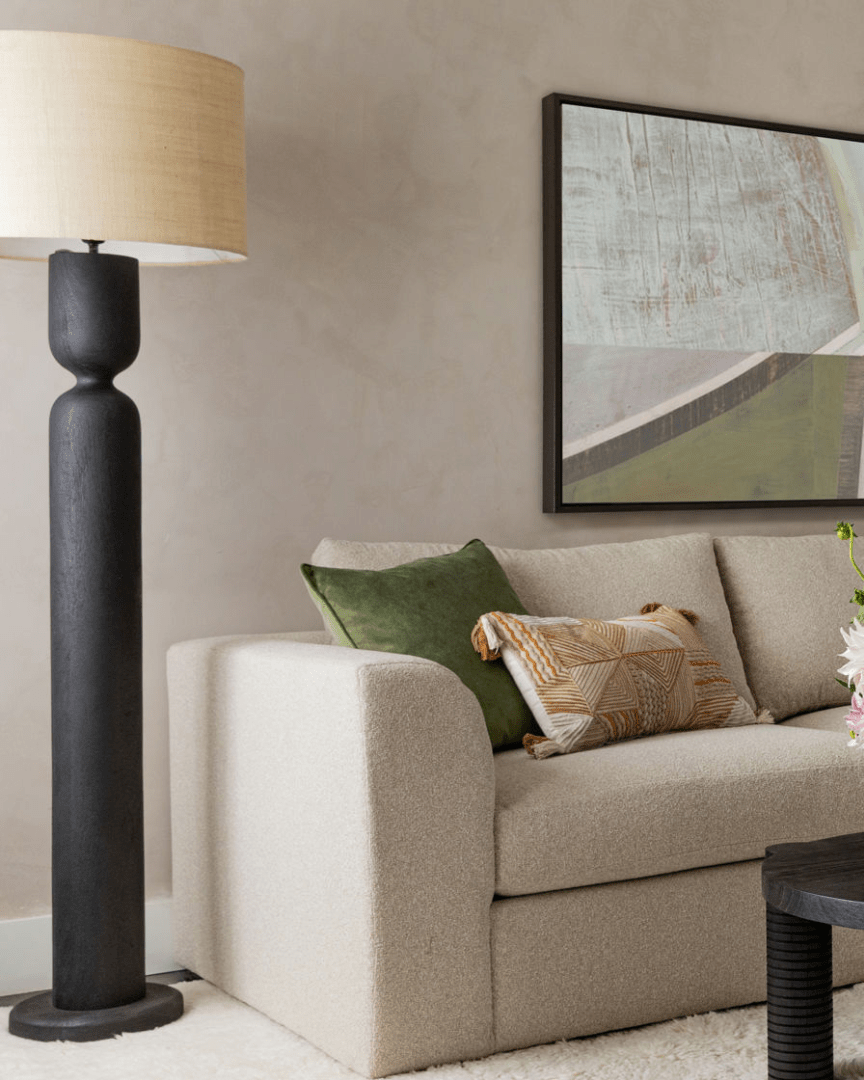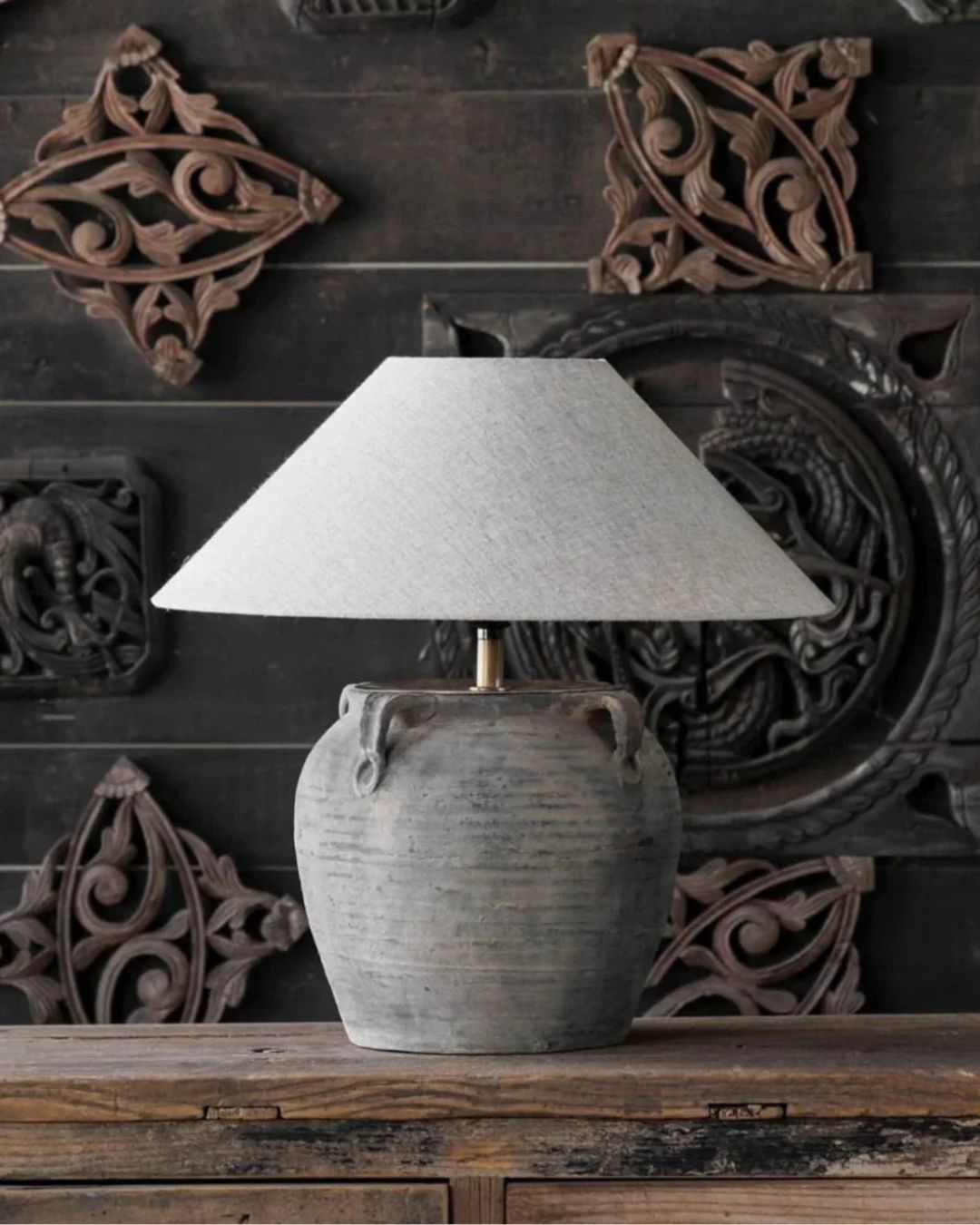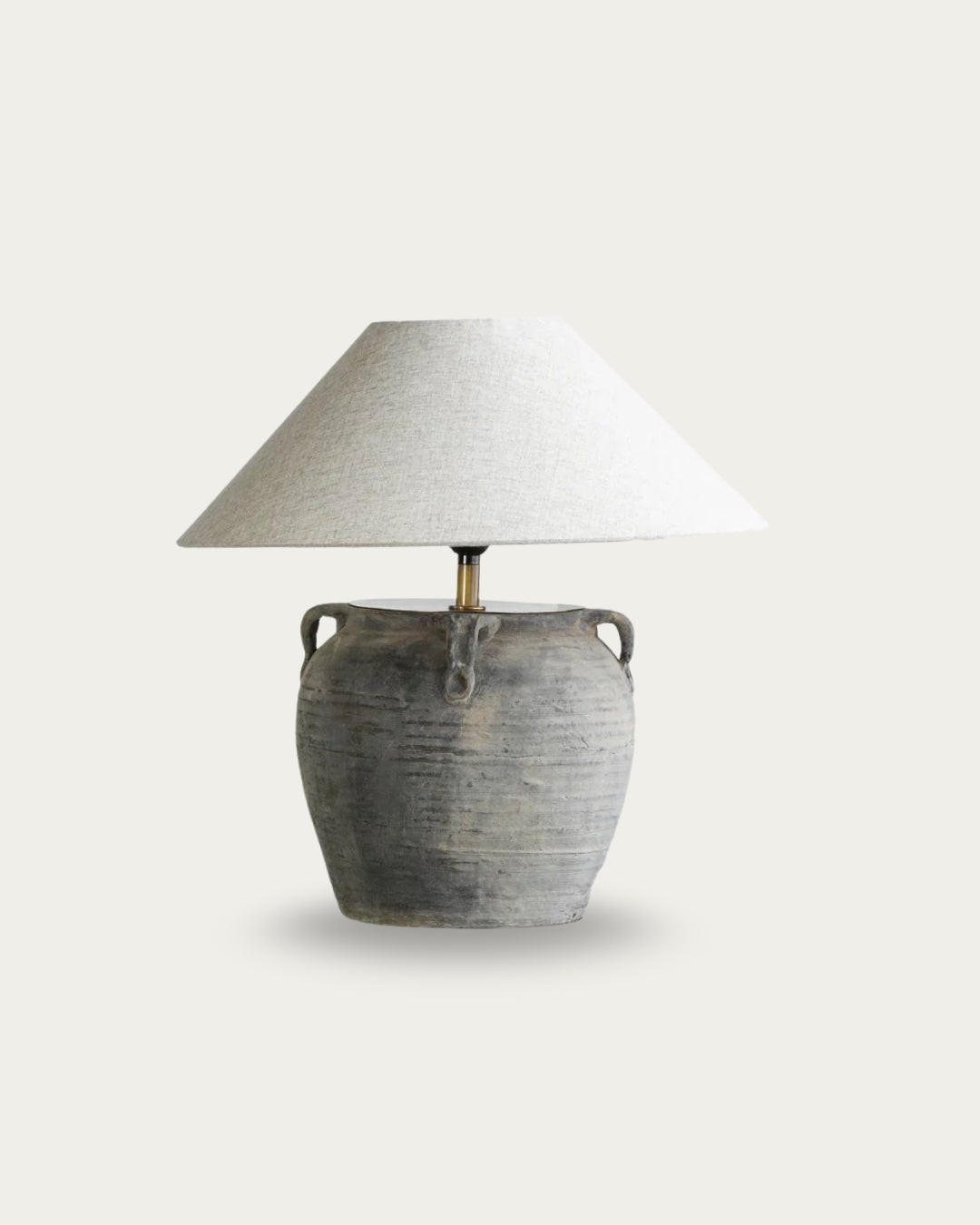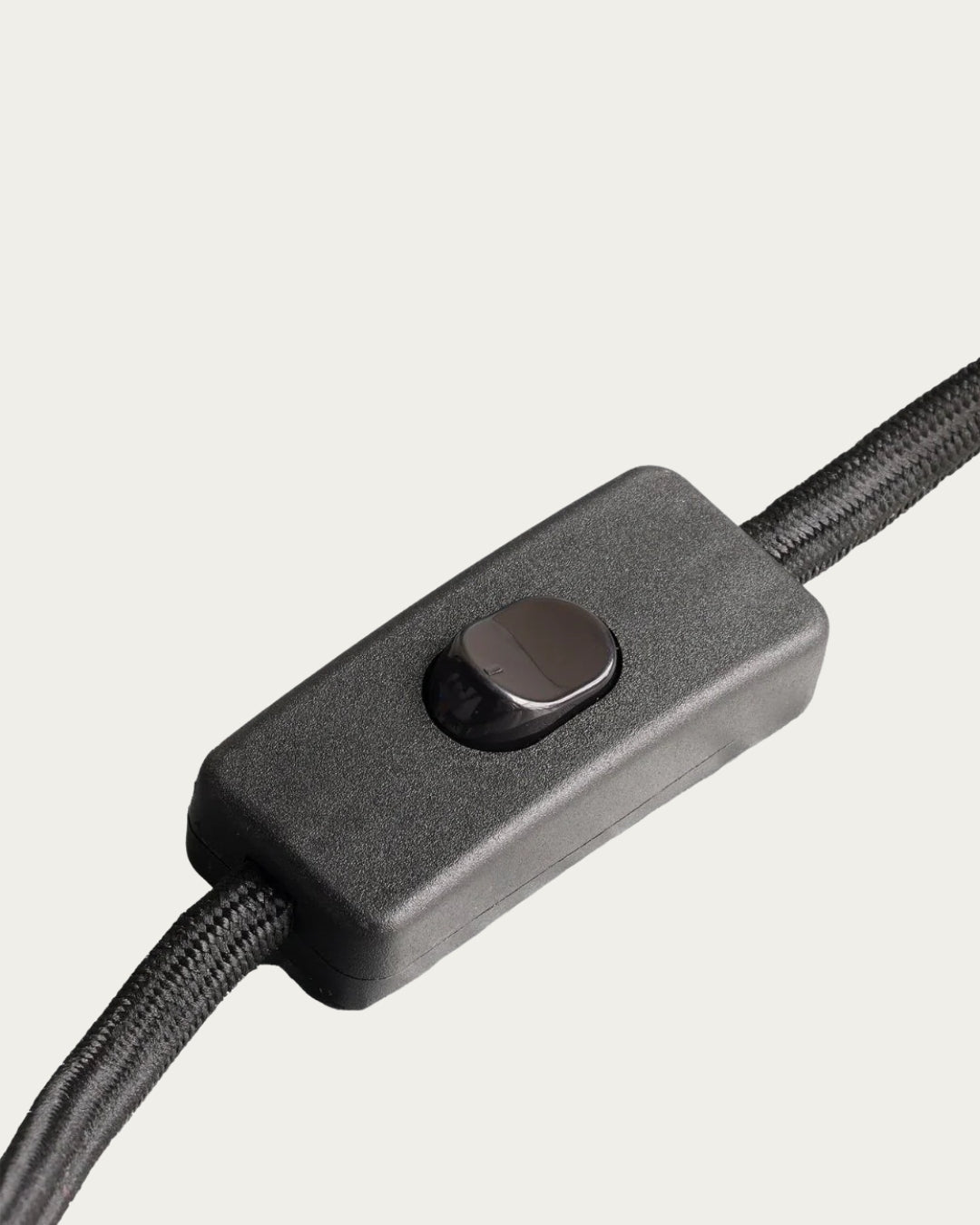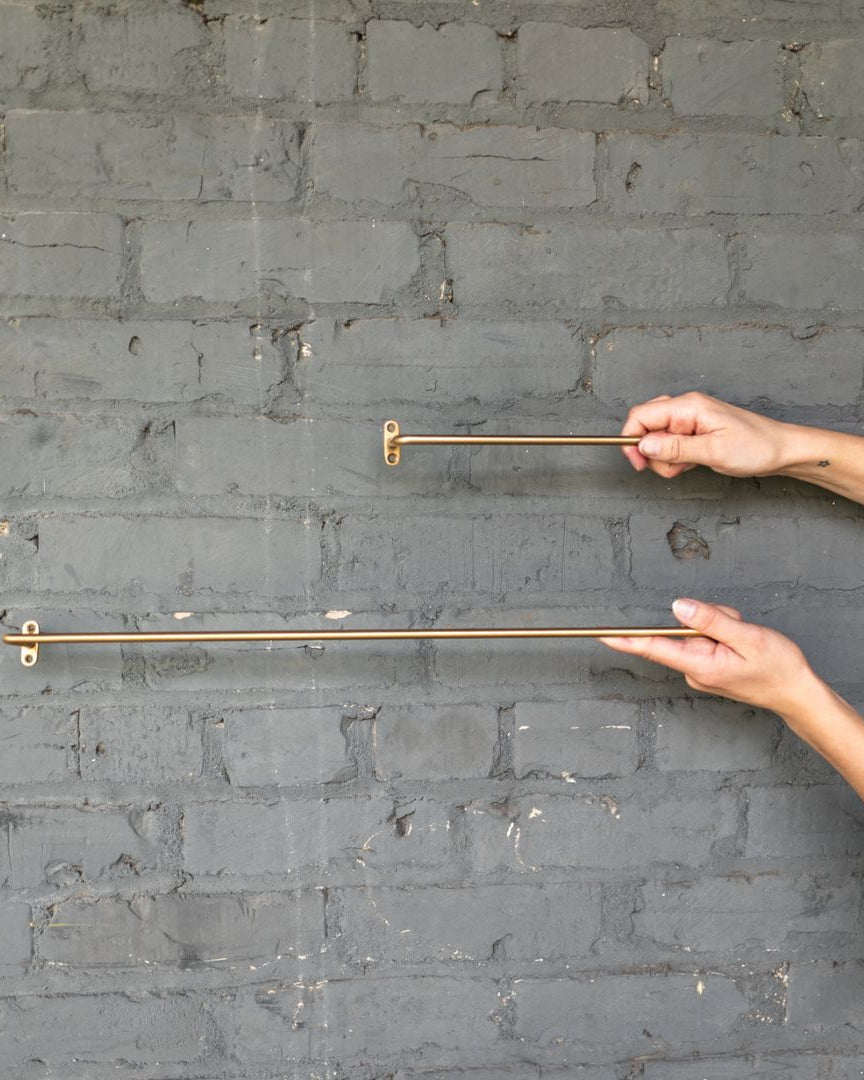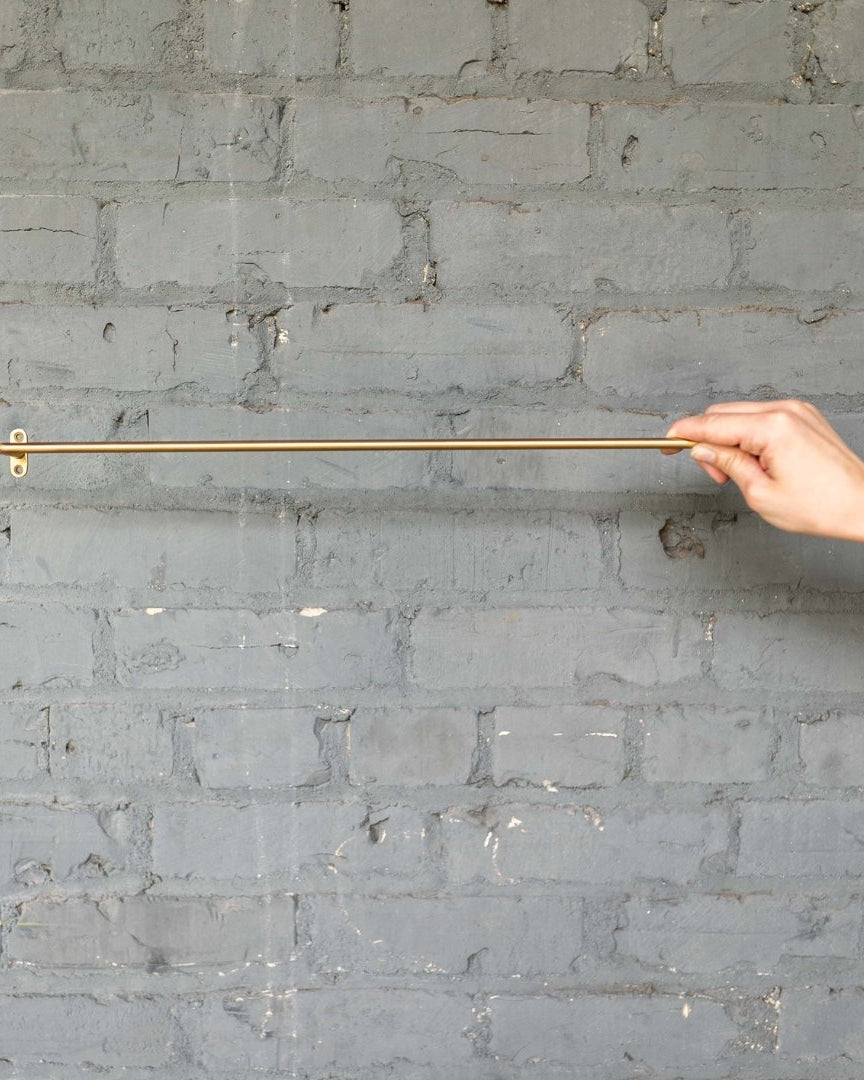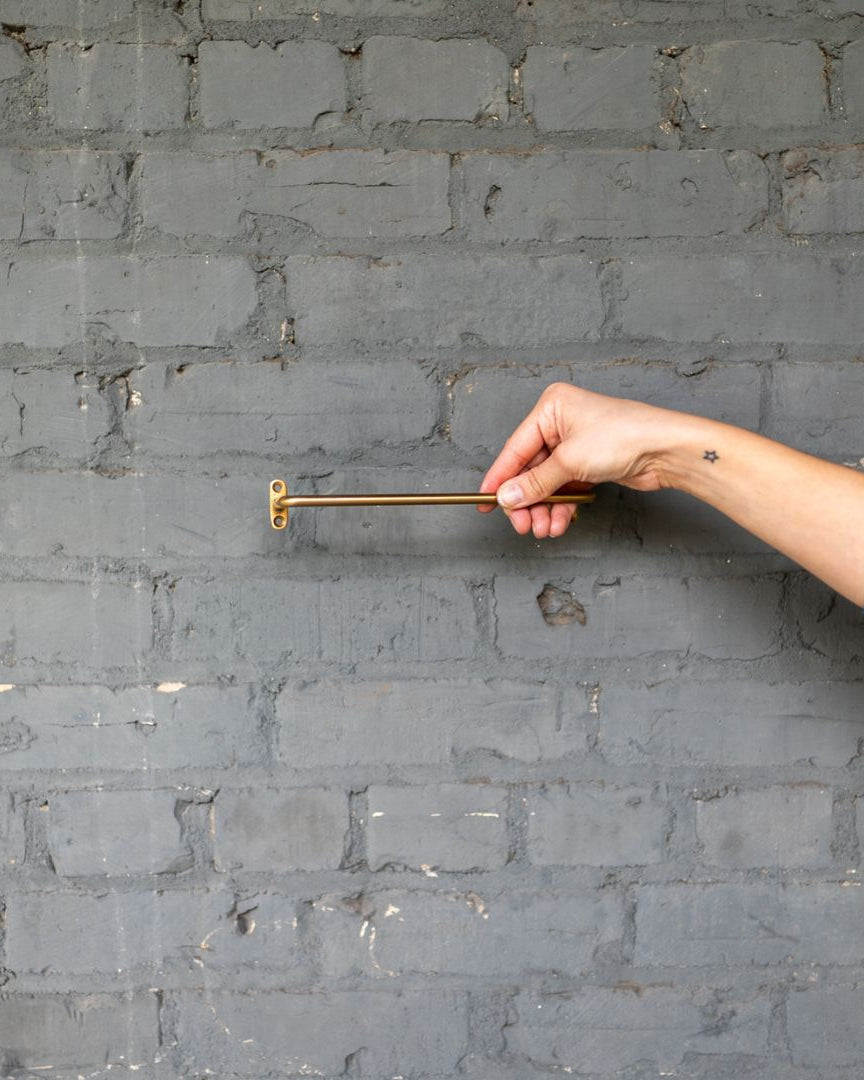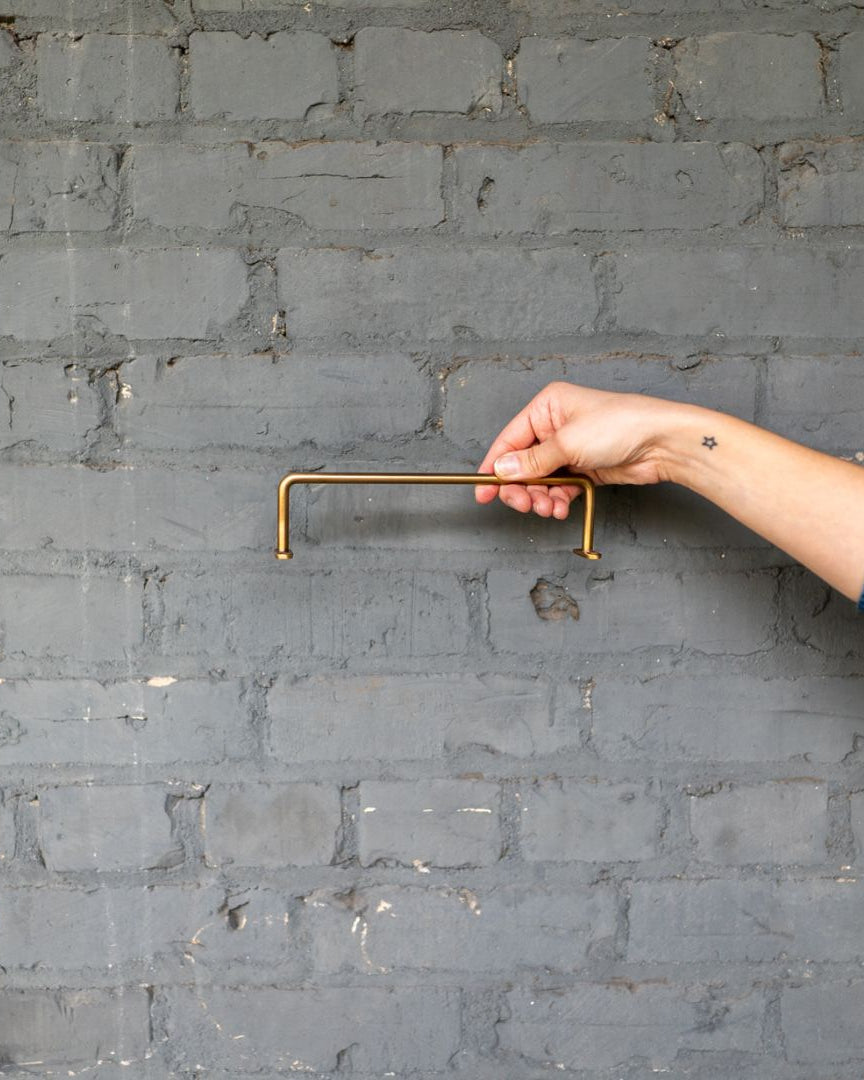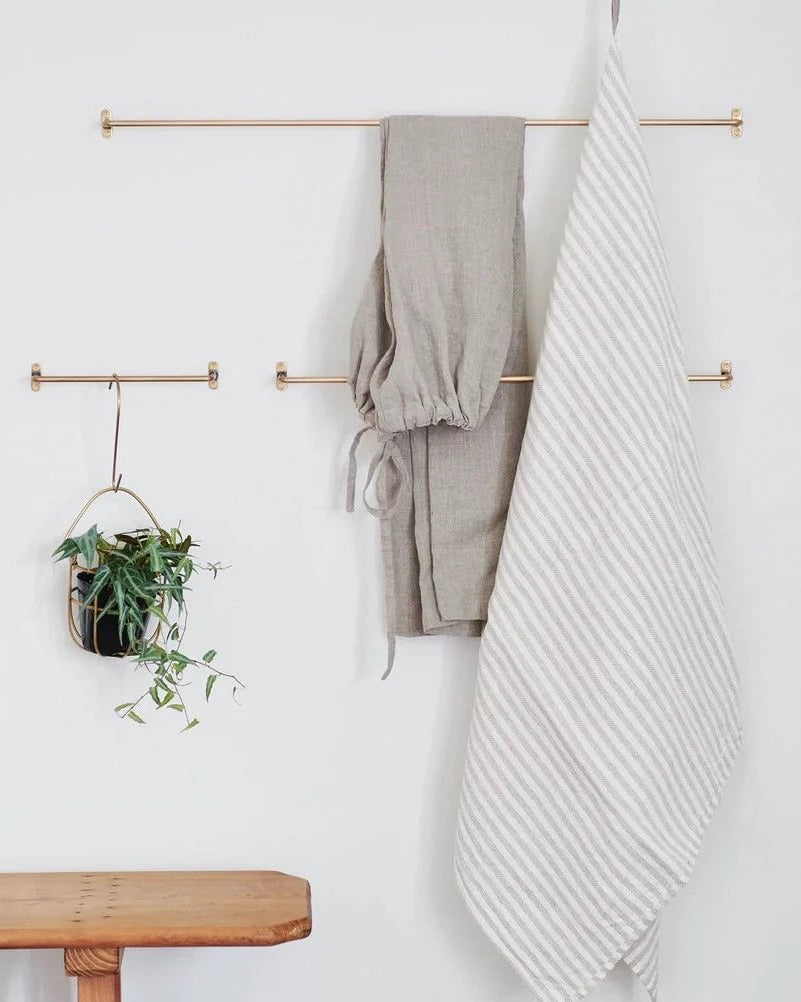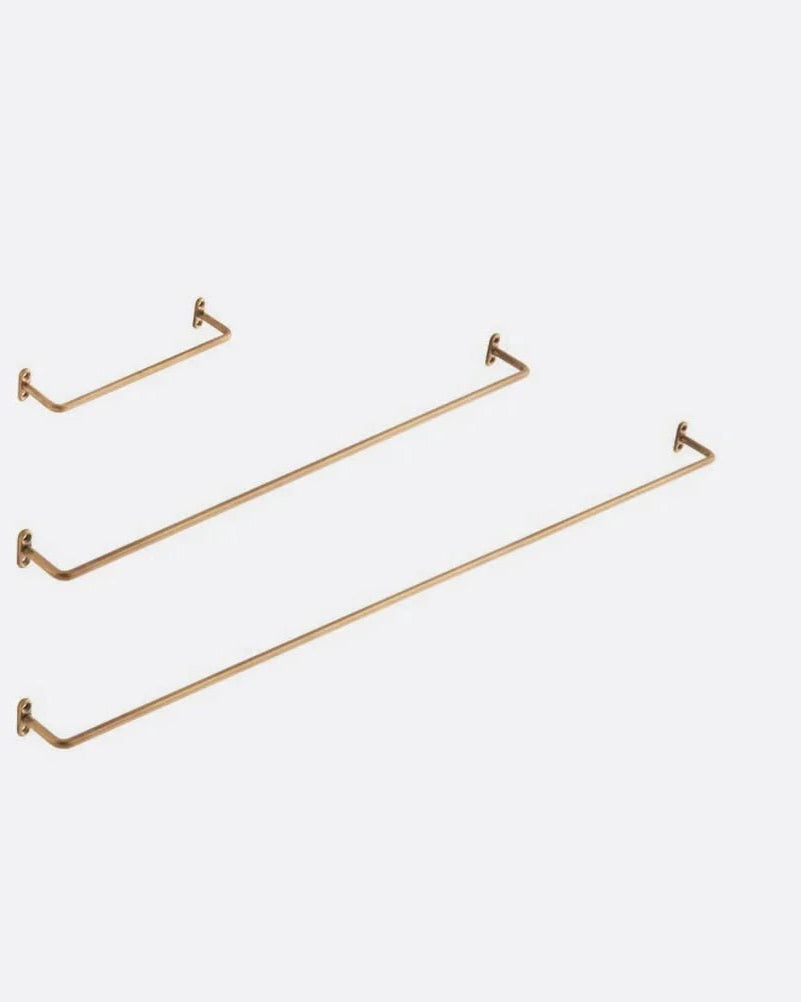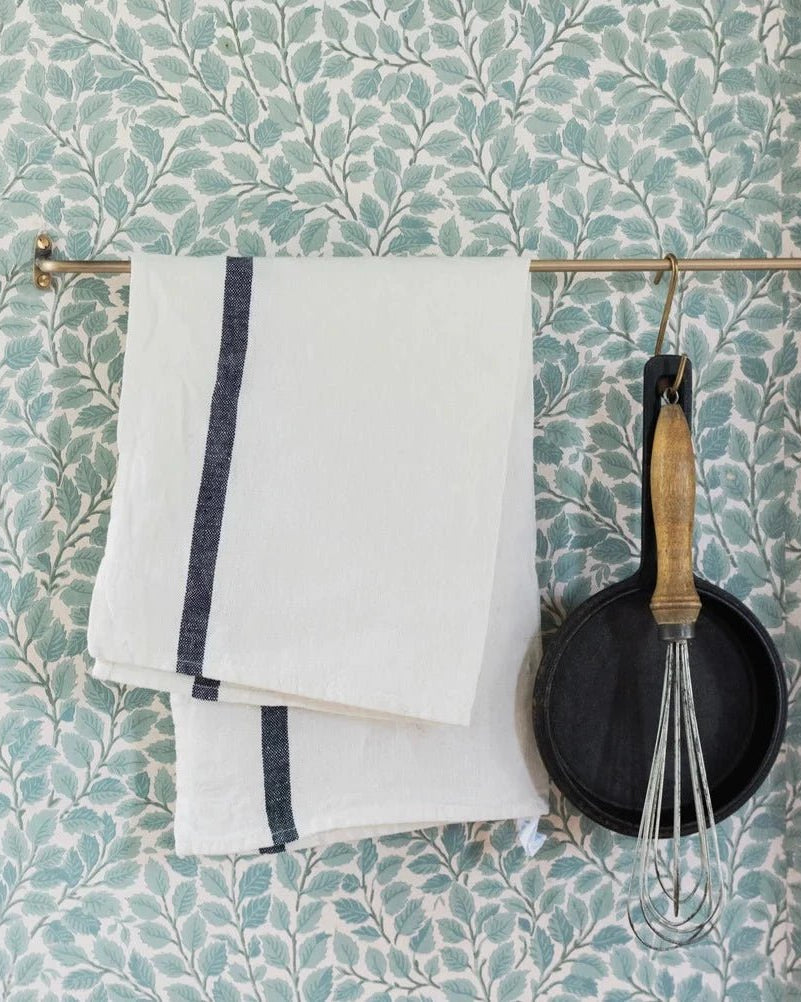Big T and Little t Stress in the Body
This week has been heavy. I lost a dear friend to cancer — diagnosed only five months ago and now suddenly gone. He leaves behind a wife and 2 very young kids whose lives will never be the same. That kind of grief is the definition of big T trauma: life-altering, devastating, and something the body has no roadmap for.
But stress doesn’t only show up in catastrophic moments. It also lives in the little t experiences — the ongoing, grinding stressors that slowly push our bodies past capacity.
A close family member recently moved out of what they thought was their forever home. For two months leading up to the move, their body was in survival mode: planning, packing, saying goodbye to a space they had poured years of love and money into. By the time they stepped into their new “dream” house, their stress system was already overwhelmed and shut down.
That’s when the freeway noise started. Most people would notice it and eventually tune it out. But for her, it became unbearable — like the sound was attacking her. She couldn’t stop focusing on it.
This is called nervous system dysregulation — or just dysregulation for short. It means the body’s stress-response system has gone out of balance. When you’re dysregulated, the nervous system locks onto signals of danger (real or perceived) and won’t let go. And here’s the important part: you can’t just “think” your way out of it. Because of how the brain works under stress, rational self-talk doesn’t calm the system. Her body was stuck in survival mode, and until it felt safe again, the sound of every car would dominate her focus.
The Science of Stress: Why Your Body Can’t Tune It Out
When you feel sensory overload — when the TV is too loud, the kids too wild, or the freeway too close — your body is telling you something real.
Here’s what’s happening inside:
- The amygdala (threat detector) goes on high alert. It’s scanning nonstop for danger.
- The prefrontal cortex (your rational filter) goes offline. Normally, this is what helps you ignore things like background noise. Under stress, it stops working.
- The body releases stress hormones. Cortisol and adrenaline flood your system, keeping muscles tense and the senses sharpened.
- The cycle gets stuck. As Dr. Peter Levine explains in In an Unspoken Voice, when stress isn’t processed and released, it becomes “trapped activation.” The body keeps scanning for danger long after the threat has passed.
This isn’t rare. The American Institute of Stress reports that 70–85% of doctor’s visits are linked to stress-related illness. That means most of us are carrying far more stress in our bodies than we realize.
So when you’re overloaded, it’s not weakness. It’s biology. Your brain and body are doing exactly what they were designed to do under threat — but in modern life, the “threat” might be freeway noise or a packed calendar instead of a tiger chasing you in the woods.

The Window of Tolerance: A Simple Map
Psychiatrist Dr. Dan Siegel created the term Window of Tolerance to describe the range where our nervous system can handle life’s ups and downs without losing balance.
- Inside the window: You feel grounded, flexible, able to cope. Background sounds fade naturally.
- Above the window (hyperarousal): Anxiety, racing thoughts, irritability, sensitivity to light or sound.
- Below the window (hypoarousal): Numbness, exhaustion, feeling disconnected or shut down.
Regulation simply means being able to stay inside your window of tolerance — or, if you leave it, being able to return. When you’re regulated, your body and mind work together, stress fades more easily, and you feel present and grounded.
And here’s the hopeful part: the brain is fluid and moldable. Even when it gets stuck in survival mode, it can be retrained. Research from experts like Dr. Dan Siegel, Dr. Peter Levine, and Deb Dana shows that every time you bring your body back into regulation, you widen your window of tolerance and strengthen its ability to stay there — or return more quickly the next time stress pushes you out. In this Somatic Science series, I’ll be sharing how my RUTED™ Method translates their work into design practices you can use in your own home.
“The RUTED™ Method builds on research from leading trauma and nervous system experts. It weaves together somatic science, trauma-informed design, your personal story and heritage, and sensory-aware interiors. This is post 1 of my ongoing Somatic Science series — if you’re not already subscribed, sign up to get each new part delivered to your inbox first.”
Somatic Practices: A Roadmap Back Into the Window
Somatic Experiencing (Levine’s body-based therapy) teaches that the body knows how to reset if we give it the right cues. Three simple practices serve as a roadmap:
Pendulation : Notice a spot of tension (tight chest) → then notice a neutral spot (hands resting). Move attention back and forth. This teaches the body not to fixate only on pain or stress.
Orienting : Slowly look around the room. Let your eyes land on something pleasant or neutral — a plant, a favorite chair, a candle. This signals to the nervous system: I’m safe here.
Grounding : Feel your feet press into the floor. Lean back into a chair. Notice the support holding you. Grounding activates the parasympathetic nervous system (your “rest and digest” mode).
Over the next few weeks, we’ll explore each of these in detail.
For this first post, we’re focusing on Orienting — and how your home can help you practice it.
How to Bring Orienting Into Your Home
Start by looking at where you actually spend your time. For most people, it’s the living room, kitchen, and bedroom. In each of these spaces, pick 1–2 objects that will become your “Orienting anchors.” These are the items you’ll return to when your body slips outside its window of tolerance.
Here’s how to use them when stress shows up:
Pause and name it. Say to yourself: “I’m noticing my body shutting down” or “I’m noticing I’m getting anxious.” Naming the state shifts you from overwhelm into awareness.
Choose your anchor and focus. Stare at the object you’ve picked for that room — the pillow, the vase, the chair. If it’s a chair, sit in it and keep your eyes on the arms or gently rub the seat. The point is to maintain singular focus on that one thing so your body has a safe anchor.
Breathe. Take slow, steady breaths — in through your nose, out through your mouth — while staying focused on your anchor.
Repeat safety cues. Silently or out loud, say: “I’m safe here.” Repeat it 5–10 times as you breathe. Pairing repetition with focus is what reprograms the brain.
The entire sequence only takes about a minute. But that minute signals your nervous system to reset, bringing you back inside your window of tolerance.
Design Tips: Choosing Your Orienting Anchors
Not all objects work equally well. Here’s what makes a good anchor item — and yes, the types of pieces I focus on carrying at Hello Norden:
Natural materials.
A reclaimed wood side table, a ceramic vase, or a wool throw blanket. These textures remind your body of nature, which lowers stress levels.
Calming colors and patterns.
A muted throw pillow for your sofa, a handwoven rug in grounding tones, or bedding in soft earth shades. These give your eyes a place to rest.
Personal meaning.
An heirloom you already own, or something new that feels like you. A vintage armchair, for example, can become a literal and symbolic anchor.
Tactile comfort.
If it’s something you’ll touch, like a knit throw or the chair you sink into at the end of the day, make sure it feels soothing against your skin.
Quick ideas from our shop:
Add a new throw pillow to your sofa or favorite chair as an anchor point.
If your bed doesn’t feel like a place of rest, investing in a new one can completely change how your body settles at night. Or if your room doesn’t have enough storage to keep things tidy, investing in a gorgeous dresser can help bring a sense of calm and organization to your room.
Bring in a cozy knit throw or one of our Lilje mugs you’ll reach for daily.
Anchor your living room with a tactile sofa that becomes your regulation spot or a vintage vase on your mantle to always catch your eye..
Think of these items as more than décor. They’re tools for nervous system regulation, disguised as design choices.
The Takeaway
Grief, moving stress, overwhelm — big or small, they all land in the body the same way. Somatic science teaches us that the solution isn’t just in our heads. It’s in our homes.
When you design with your nervous system in mind — through orienting anchors and grounding design — you give your body the cues it needs to regulate. That’s what my RUTED™ Method is about: creating homes that help us heal through a design protocol that weaves together somatic science, trauma-informed design, your personal story and heritage, and sensory-aware interiors. It’s not just about how your home looks. It’s about how it holds you, calms you, and brings you back into balance.
This is just Part 1. Next week in the Somatic Science series, we’ll dive into Grounding — how textures and tactile design choices signal safety through touch.
If you want personalized help creating Orienting anchors in your own home, you can book a RUTED™ Virtual Session with me or hire me for full-service design. Together, we’ll create spaces that don’t just look good — they help your body feel safe.

